qafila oula
INTRODUCTION
With the purpose of researching on caravans and nomad life (in a practical way), I started a series of journeys, following the main routes caravans did through history in Morocco (the international situation and conflicts in the Sahara region do not allow the caravans to cross the borders with Algeria and Mauritania anymore). The first one, Qafila Oula, took place between Tissardmine (Errachidia) and M’hamid El Ghizlane (Zagora), a 300 km hiking that took me two weeks, organised by Marsad Drâa and the logistic was provided by Café Tissardmine. The guide was Halim.
TOPOGRAPHY
In order to better understand the nomads and how they "navigate" in the desert, we decided not to use GPS devices or smart phones, so the only way to know the location at every moment was using maps (paper ones) and a compass. In this particular region it is not very complicate to find references thanks to mountains, valleys and riverbeds. However, the use of sextants would be necessary in places with no physical reference, for example in M’hamid, with large areas without mountains.
I though it was more interesting to use a series of plans made by the American army in the 40s and 50s, based on those by the French army. These plans can be dowloaded from the online archive of The University of Texas at Austin.
The route we finally did was a little bit different because the Moroccan army extended his exclusion area close to the border, but at the end, what we did was the same route caravans made.
In any case, I realised there are too many factors that can modify the route chosen by caravan drivers, like the existence, or not, of water, as well as the food for camels, plants and trees, that sometimes are difficult to find, specially after a period of drought.
VIDEO
This video was a kind of experiment because it was the first time I used a Lomokino, a plastic camera that uses 35mm films and a crank to record the images manually (four pictures per frame). So there was no interest to make a film, just to test the camera and to document the caravan.
DAY 00
I have talked to Ali about the route, the one I had planned is not possible because the mountains that precede the Ktaoua palm grove, there are sloping paths that can be very dangerous for the camels.
The only option is to detour ourselves once we arrive to Tafrouate-Sidi Ali, then go to Oumjrane. From there, we will follow the river to reach the route between Tazzarine and Zagora, however it seems that there is a shortcut to avoid surrounding Tazagourt (Almoravid city near Zagora) and go directly to Tamegroute. Once in the palm grove of Fezouata the route follows the course of the Drâa valley.
Ali has scheduled the departure on Monday the 11th.
DAY 01
11.10.2016
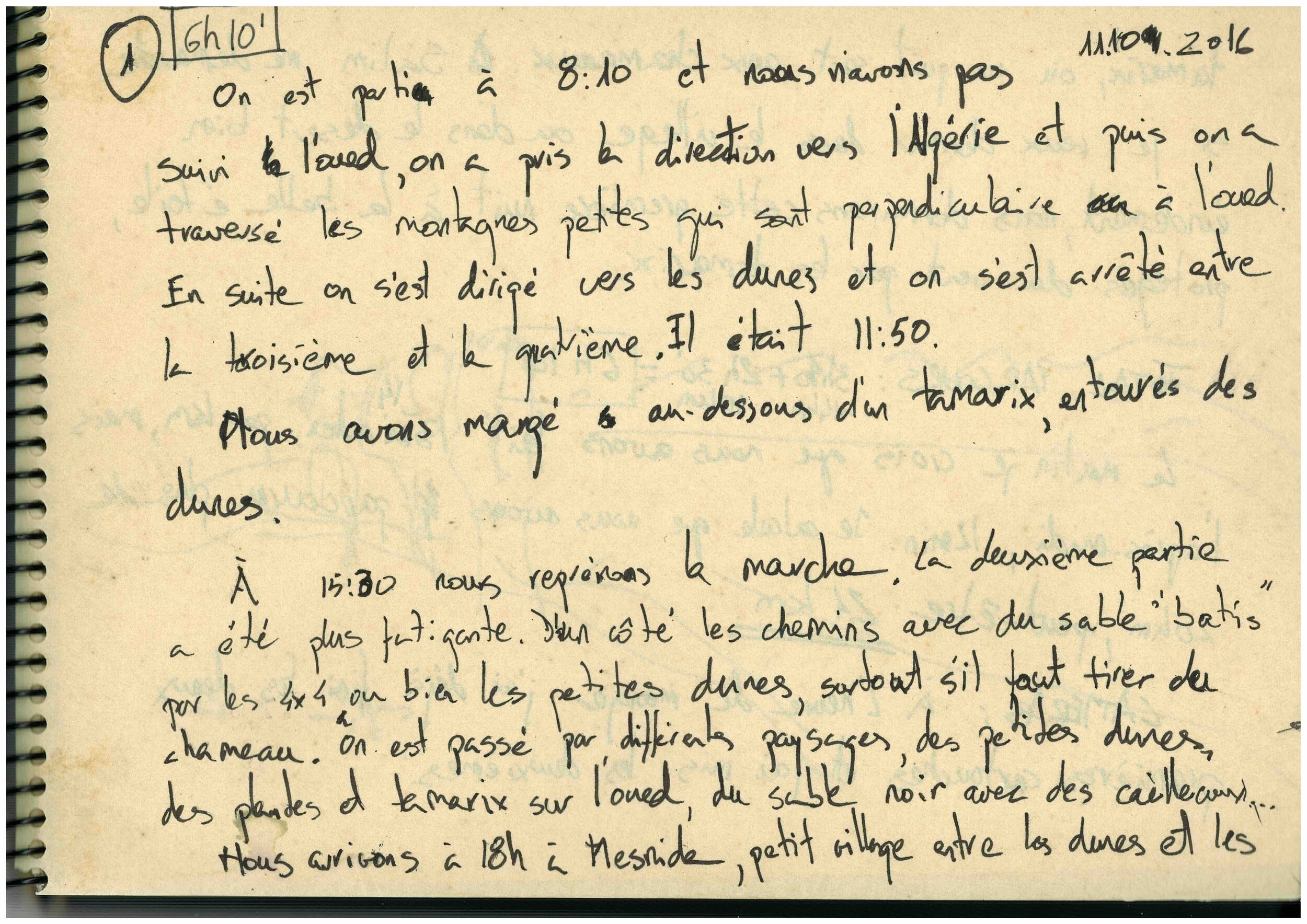
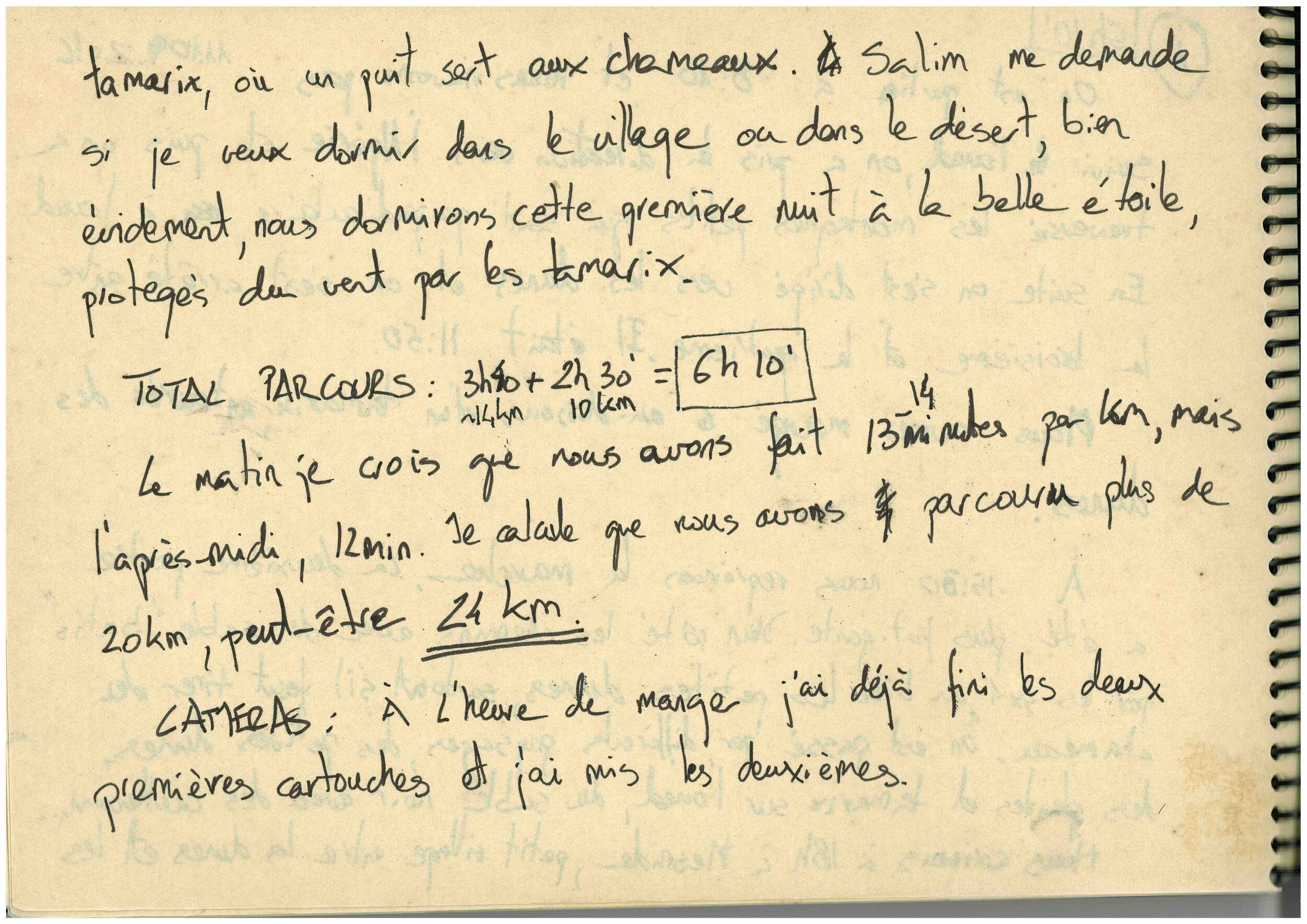
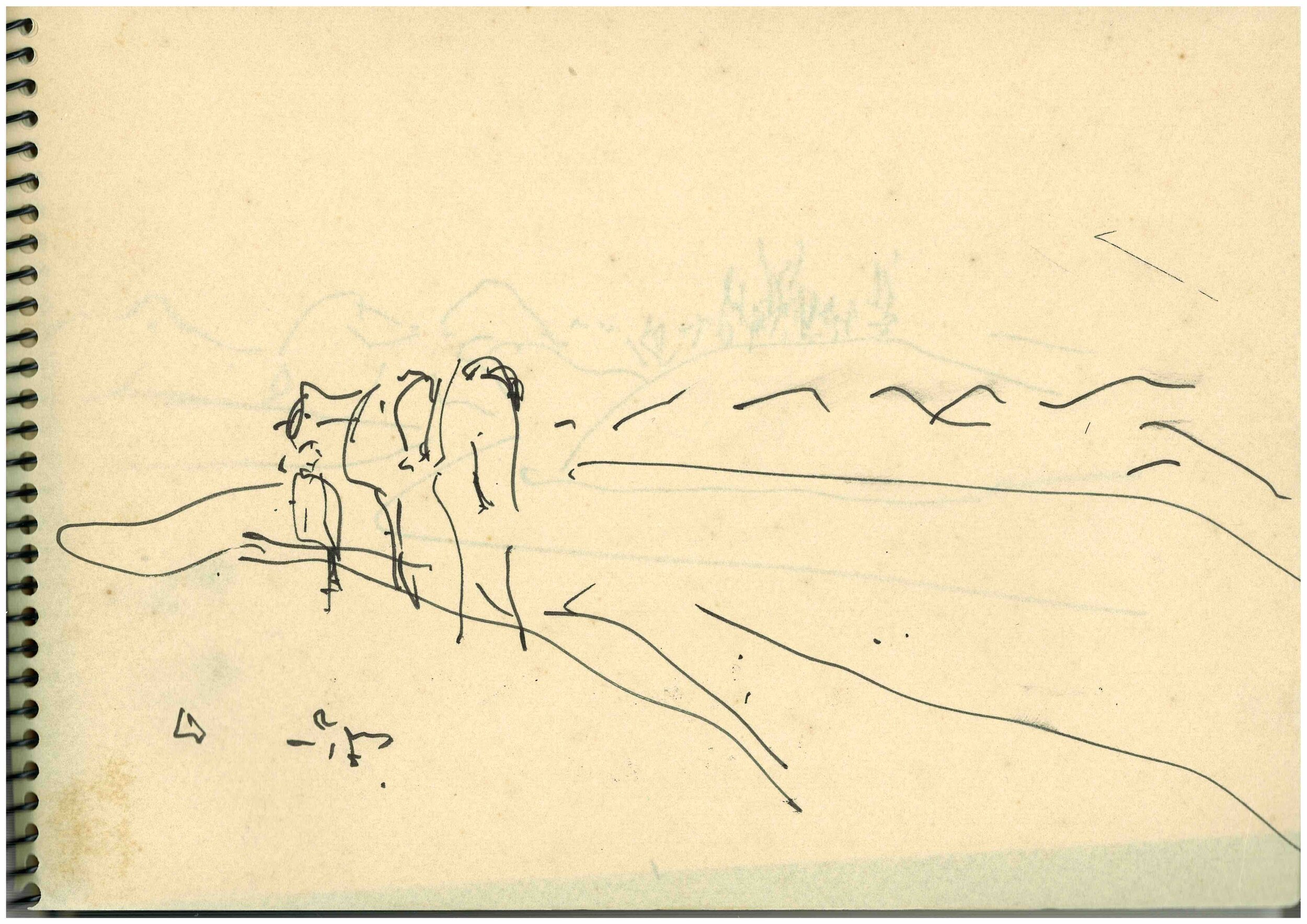
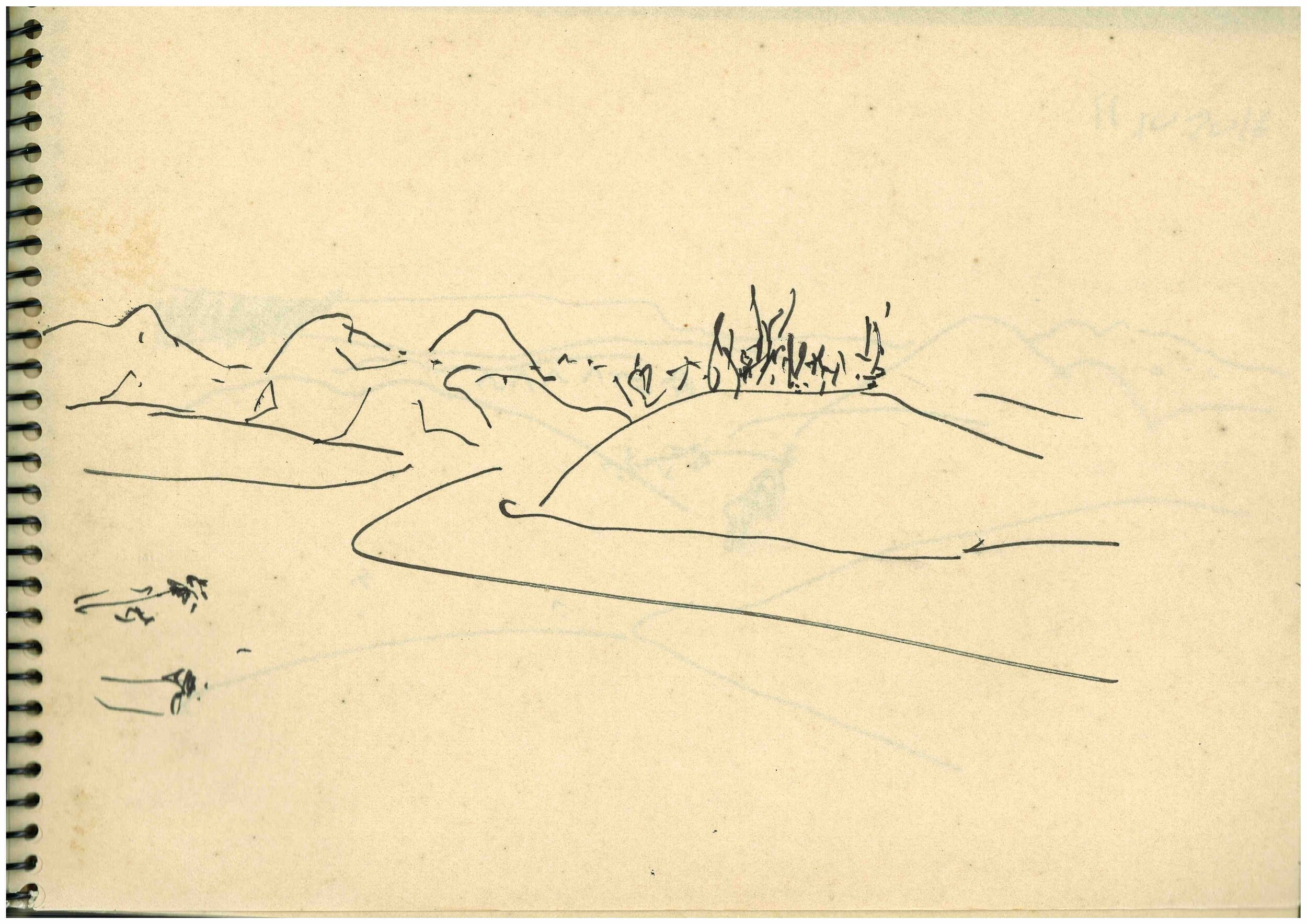
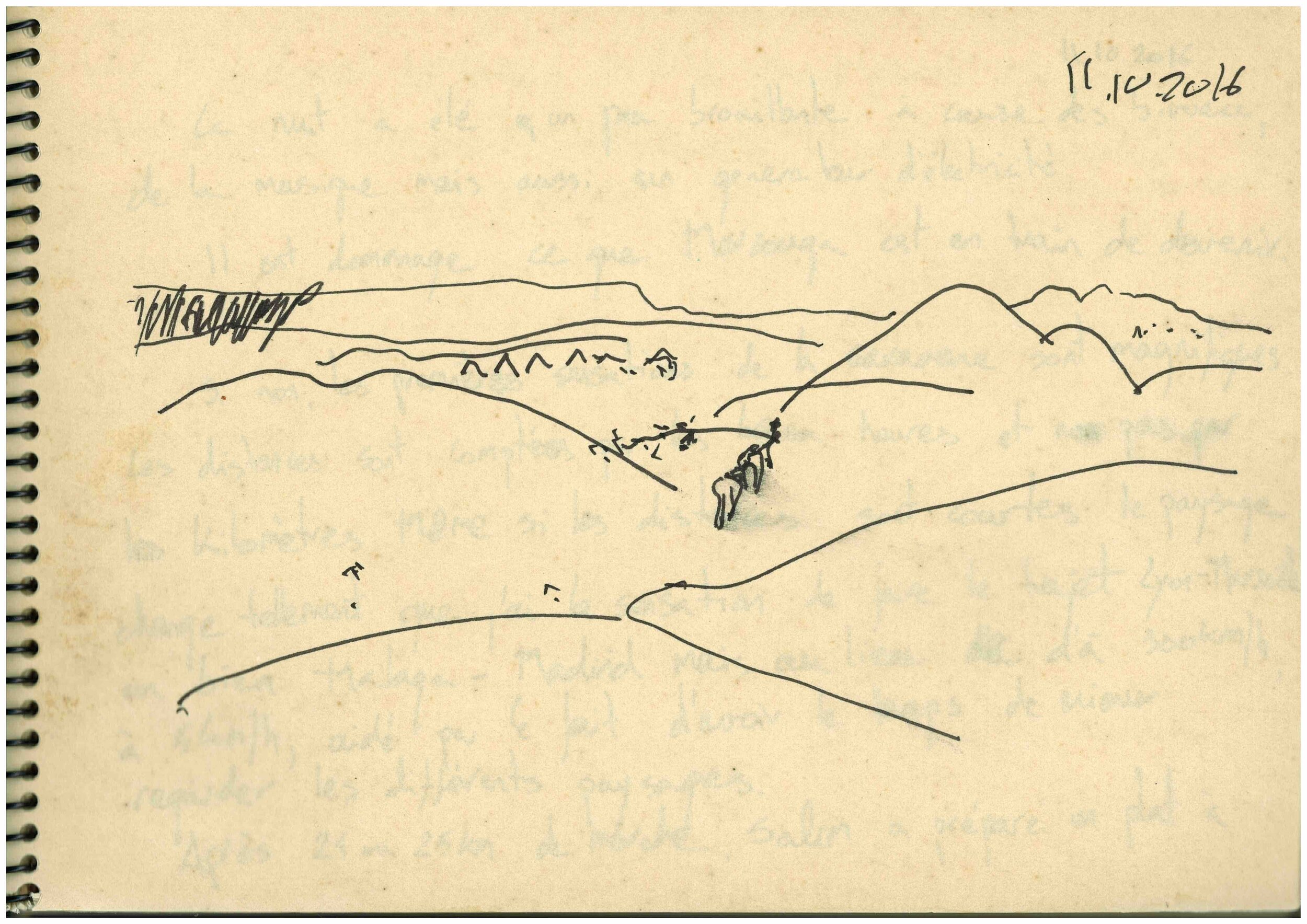
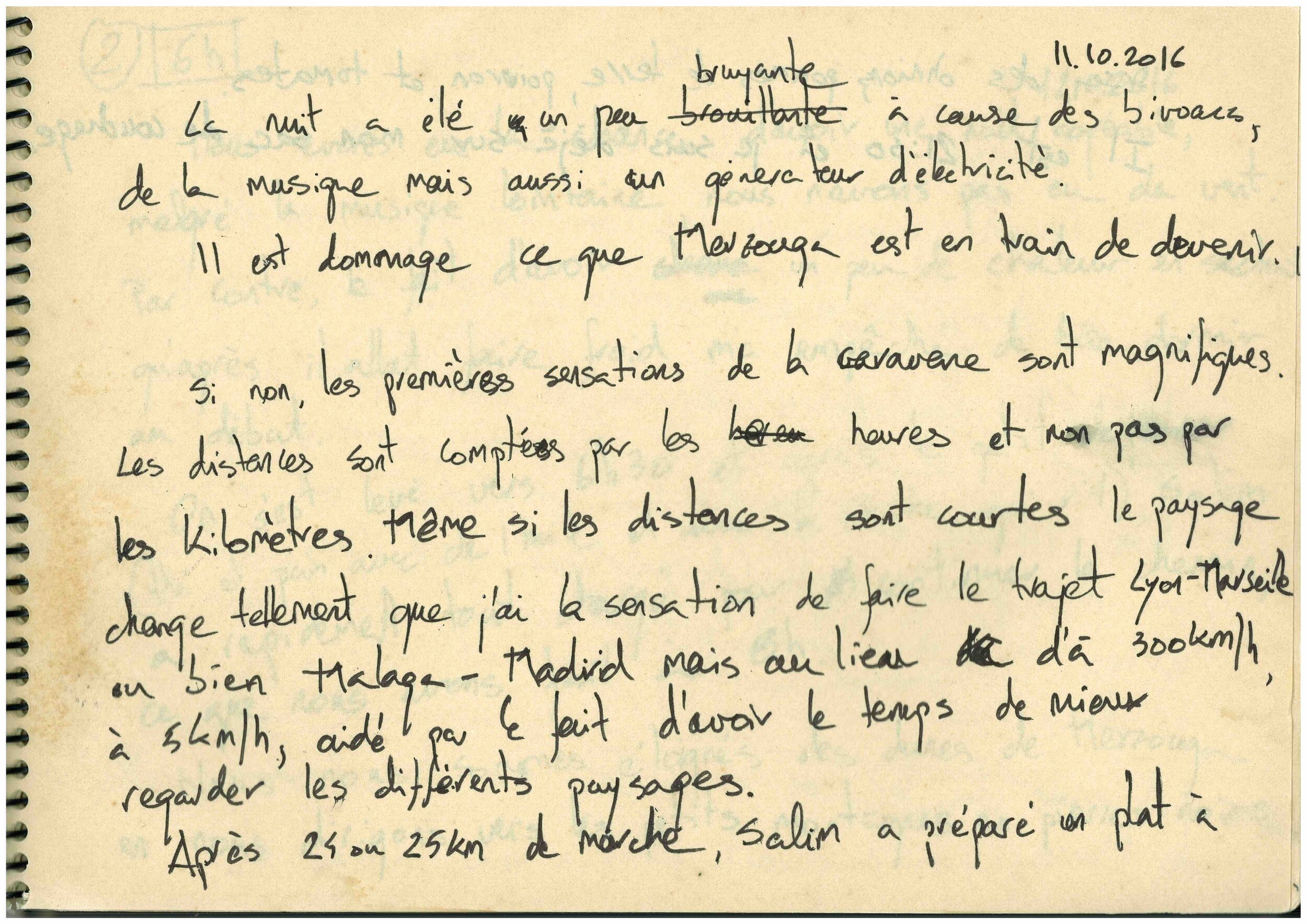
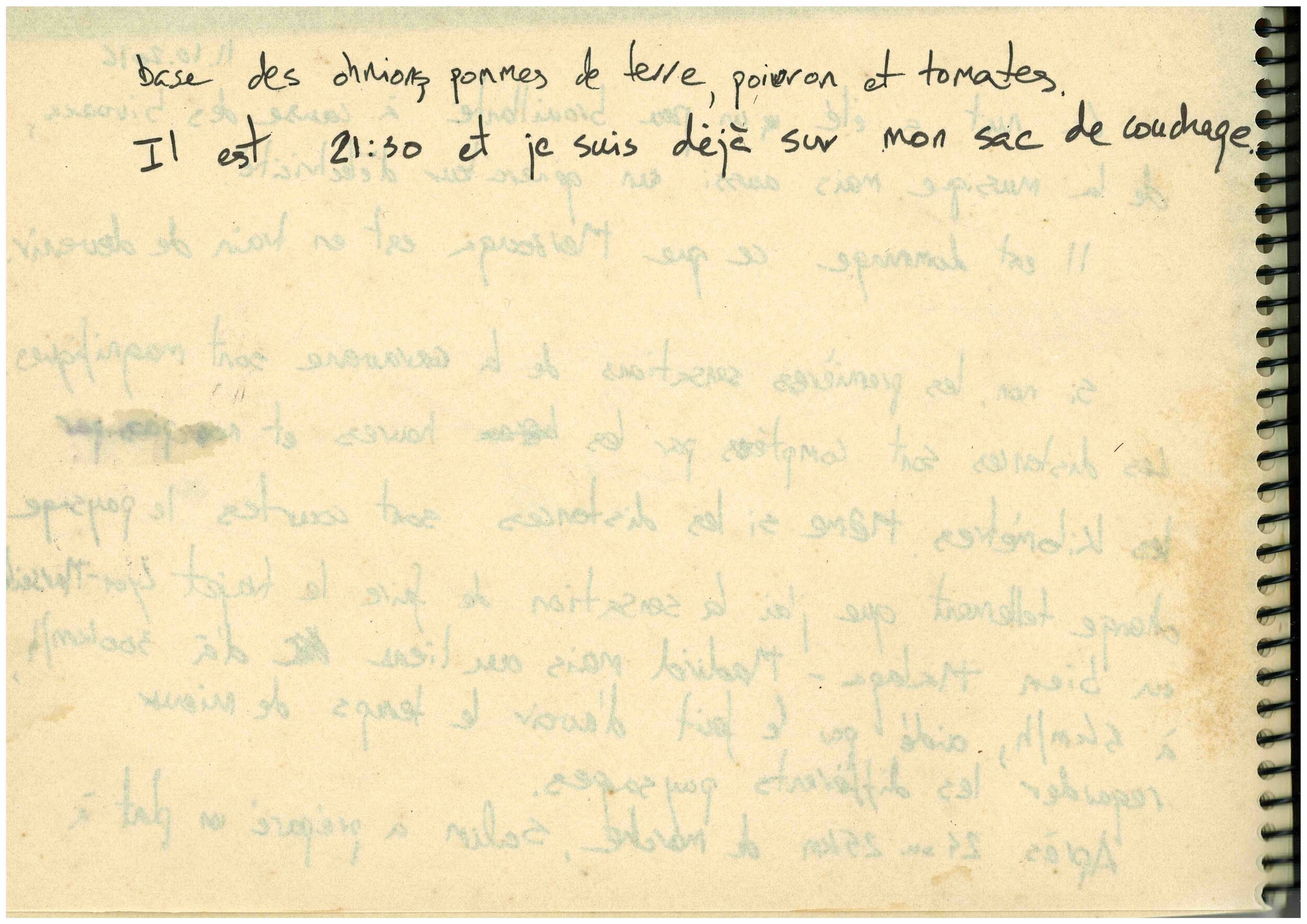
We leave at 8h10 and we do not follow the riverbed, we are heading to Algeria, then we cross the small hills that are perpendicular to the river and afterwards we go towards the dunes of Merzouga where we stop between the third and the fourth sand mountain at 11:50.
We eat under the shade of a tamarisk tree, surrounded by dunes.
At 15:30 we start the walk again. The second part is more exhausting, on the one hand due to the sand tracks "beaten" by the 4x4, also by the small dunes, but mainly for having had to pull the camel. We cross different landscapes; small dunes, plants and tamarisks in the river, black sand with pebbles...
We arrive at 18:00 at Merdane, a small village between dunes and
----------
tamarisk trees, where we give drink to the camels thanks to a water well. Salim ask me if I want to sleep in the village or in the desert, of course, we will sleep the first night under the stars, protected from the wind by a tamarisk tree.
Total: 03h40 + 2h30 = 06h10
In the morning I think we did about 13 minutes per kilometre, but in the afternoon it was 12. I calculate that we have traveled more than 20 kilometres, maybe 24...
Cameras: before lunch I had already finished the first two roll films and put the second one.
----------
The night was a bit noisy, not only because of bivouacs and music, but also because of an electricity generator. It's a shame what Merzouga is becoming.
The first sensations of the caravan are excellent. Distances are counted per hours, not kilometers. Although the distances are short, the landscape changes so much that I feel as if I did Lyon-Marseille on TGV or Malaga-Madrid on AVE, but instead of going at 300 km/h I'm going at 5 km/h, enough time to look at the different landscapes.
After 24 or 25 km of march, Salim prepares a plate
----------
based on onions, potatoes, peppers and tomatoes. It's 21h30 and I'm already in my sleeping bag.


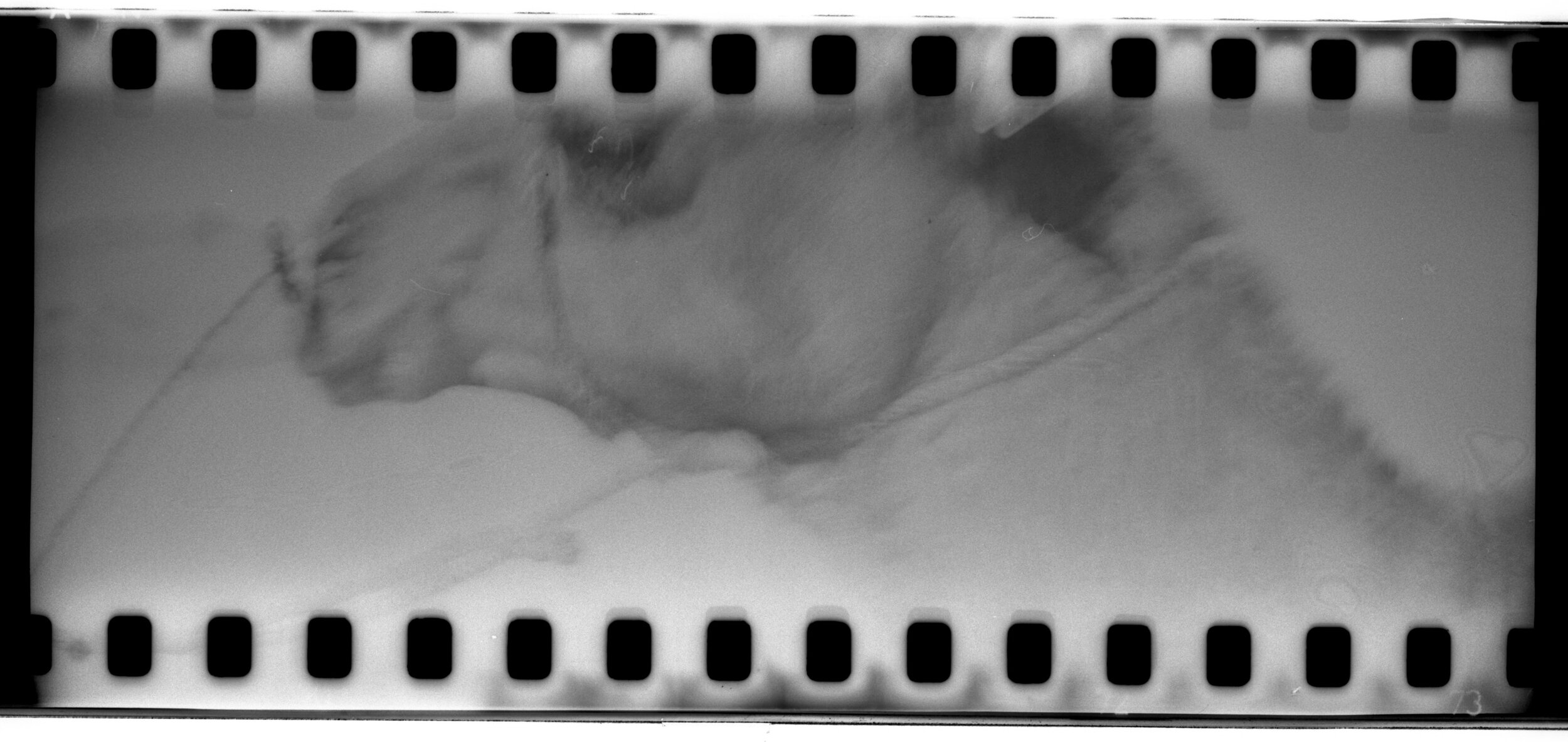
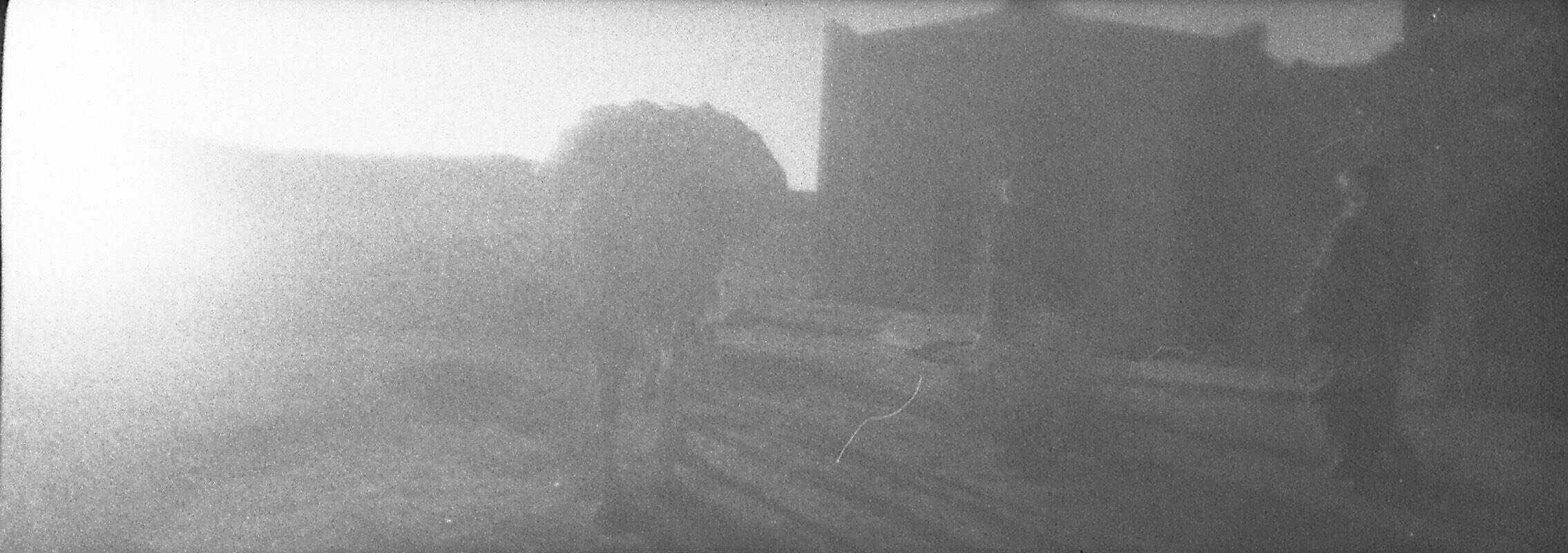
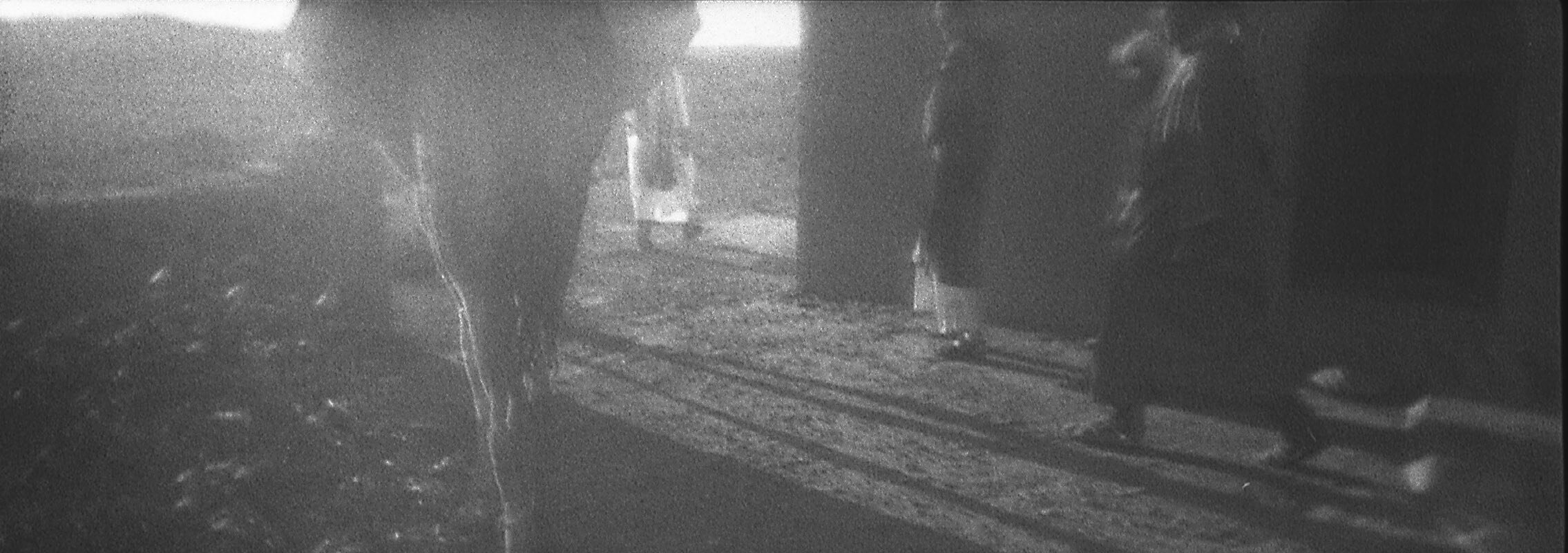
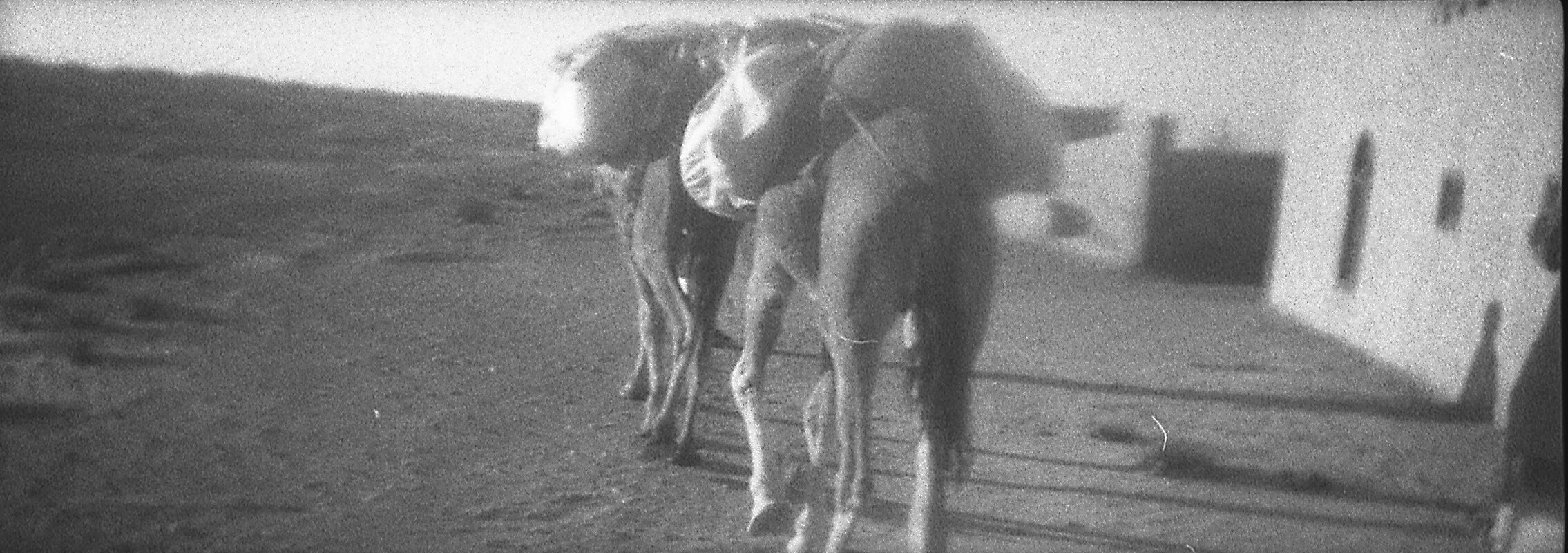

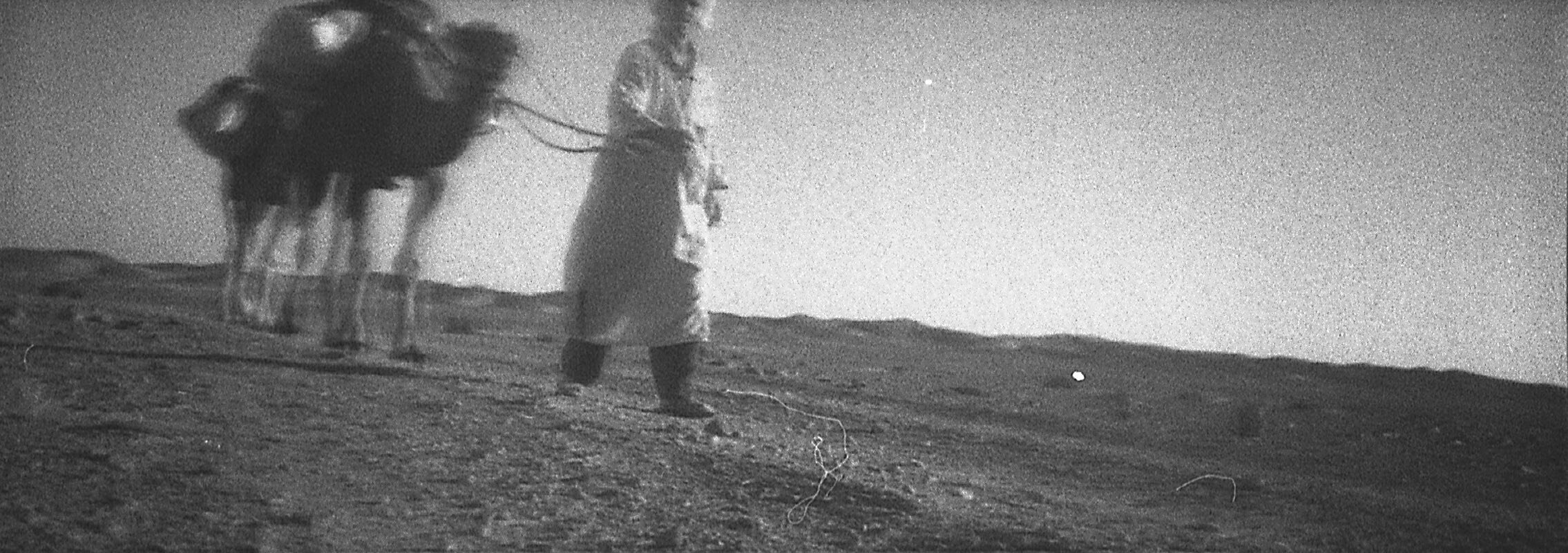

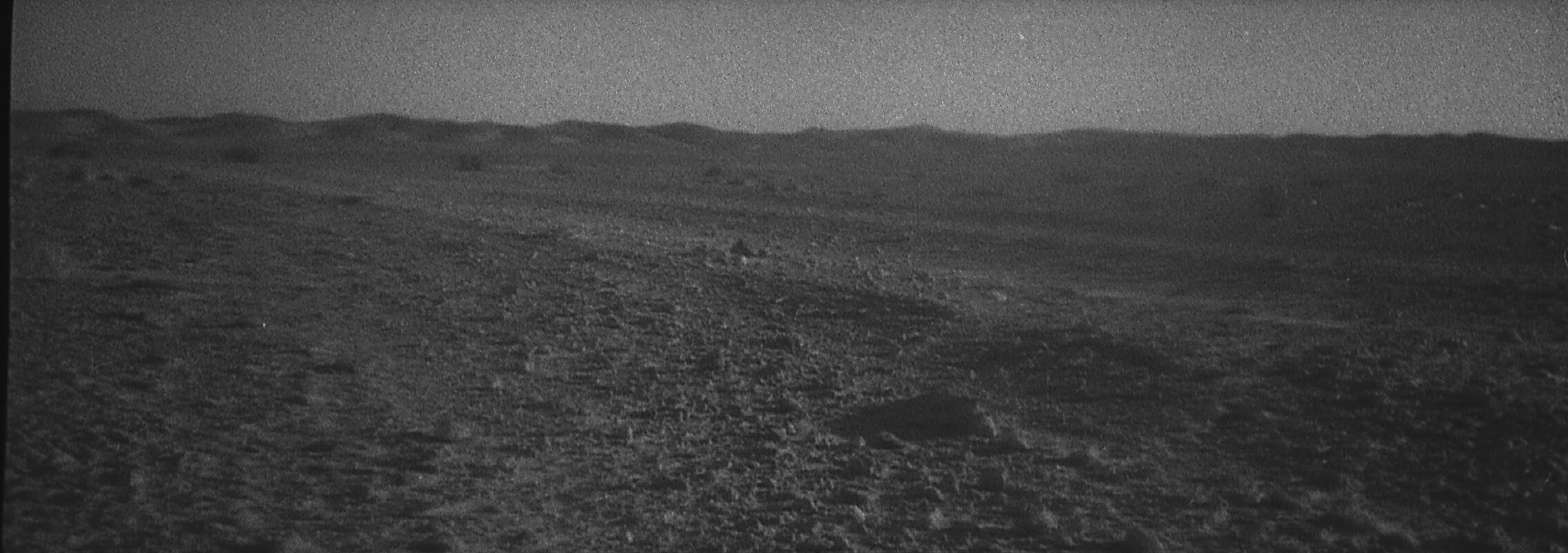
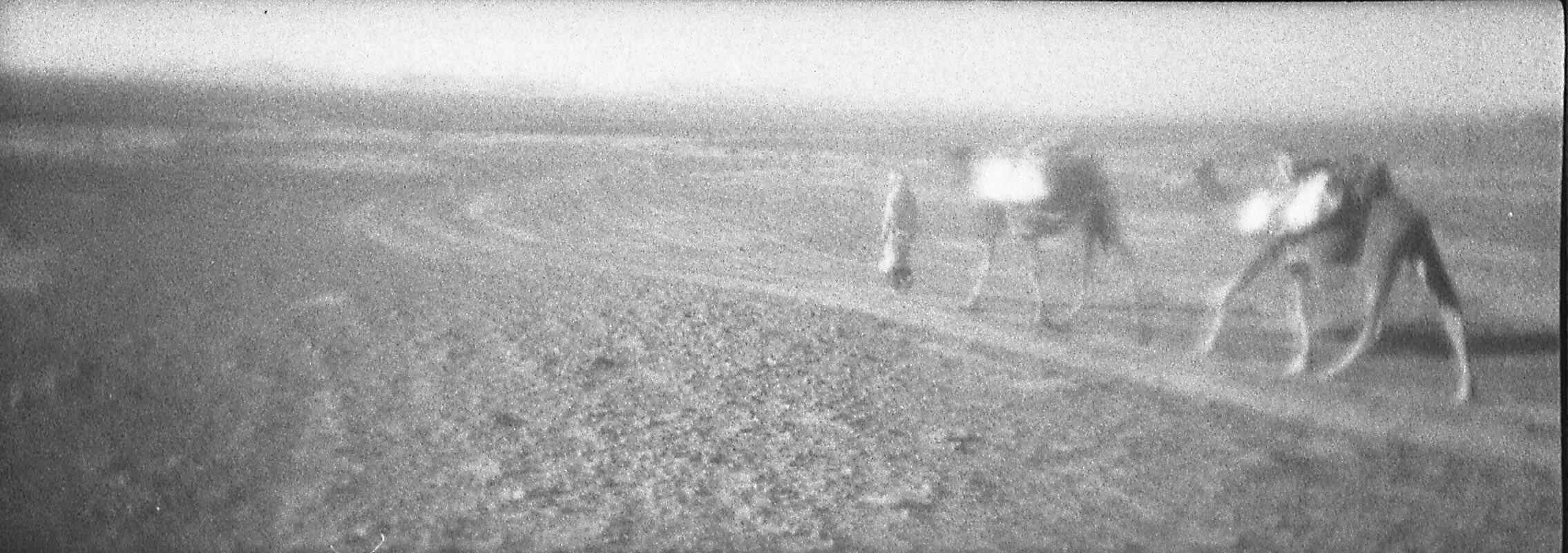
DAY 02
12.10.2016
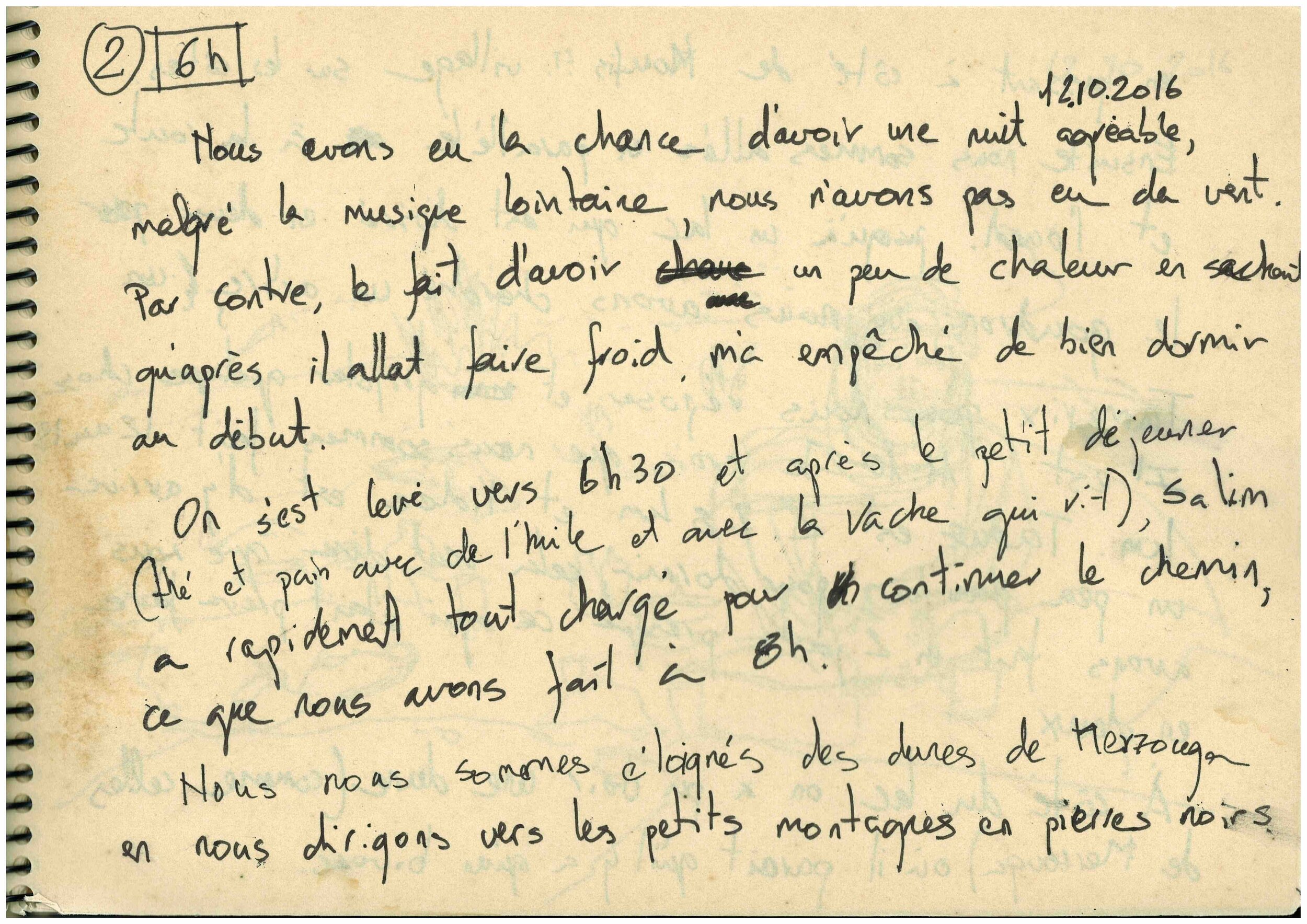
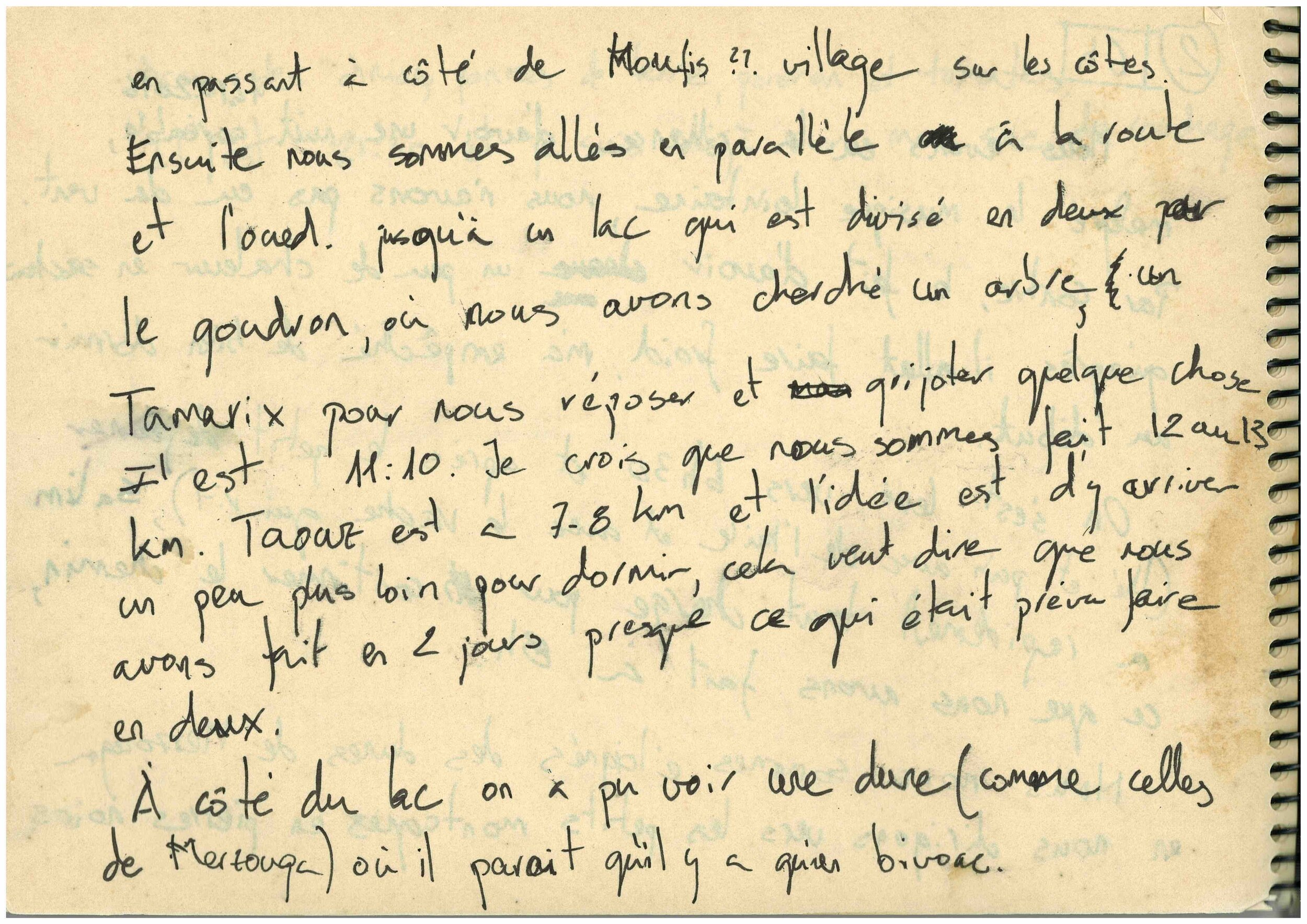
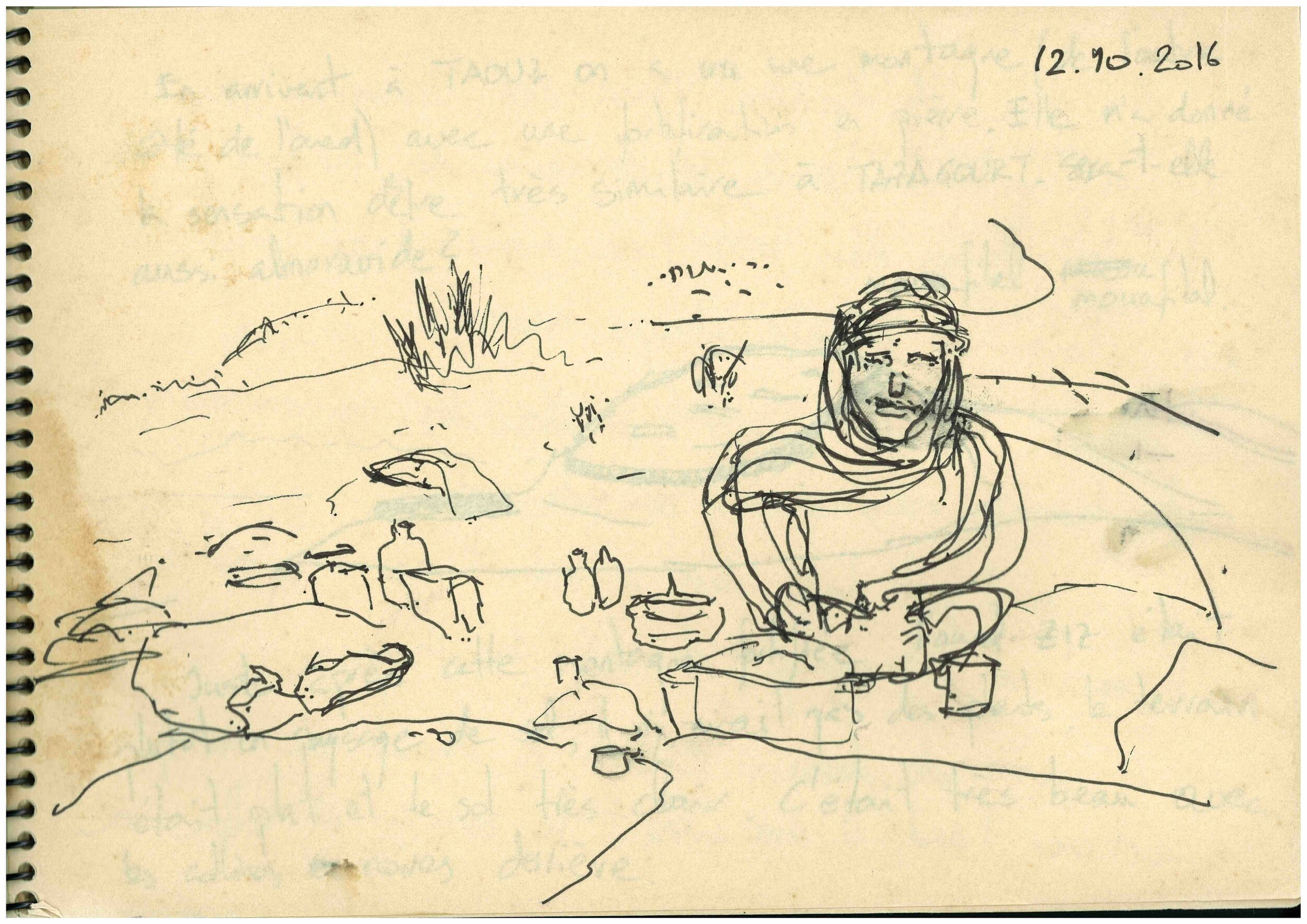
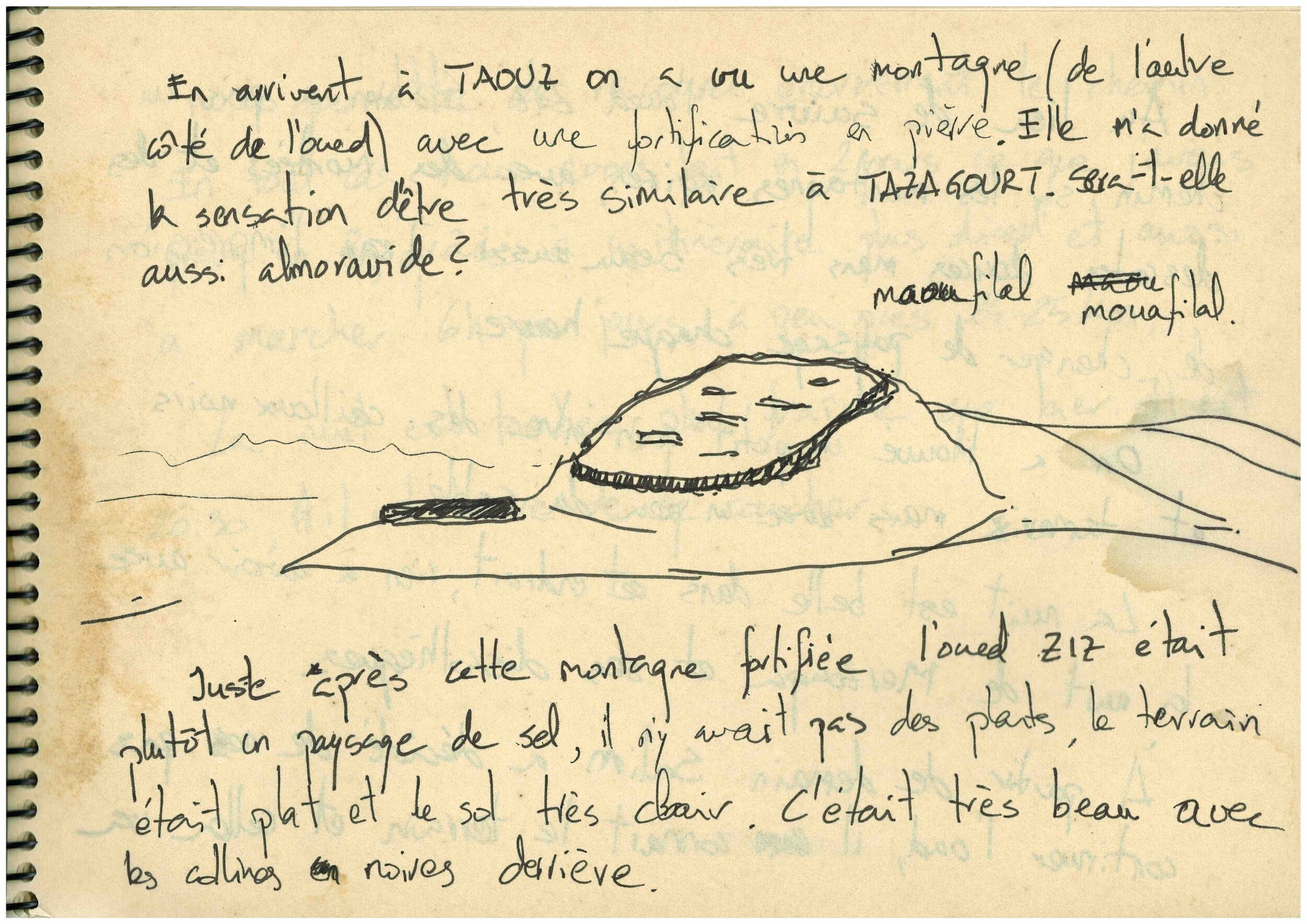
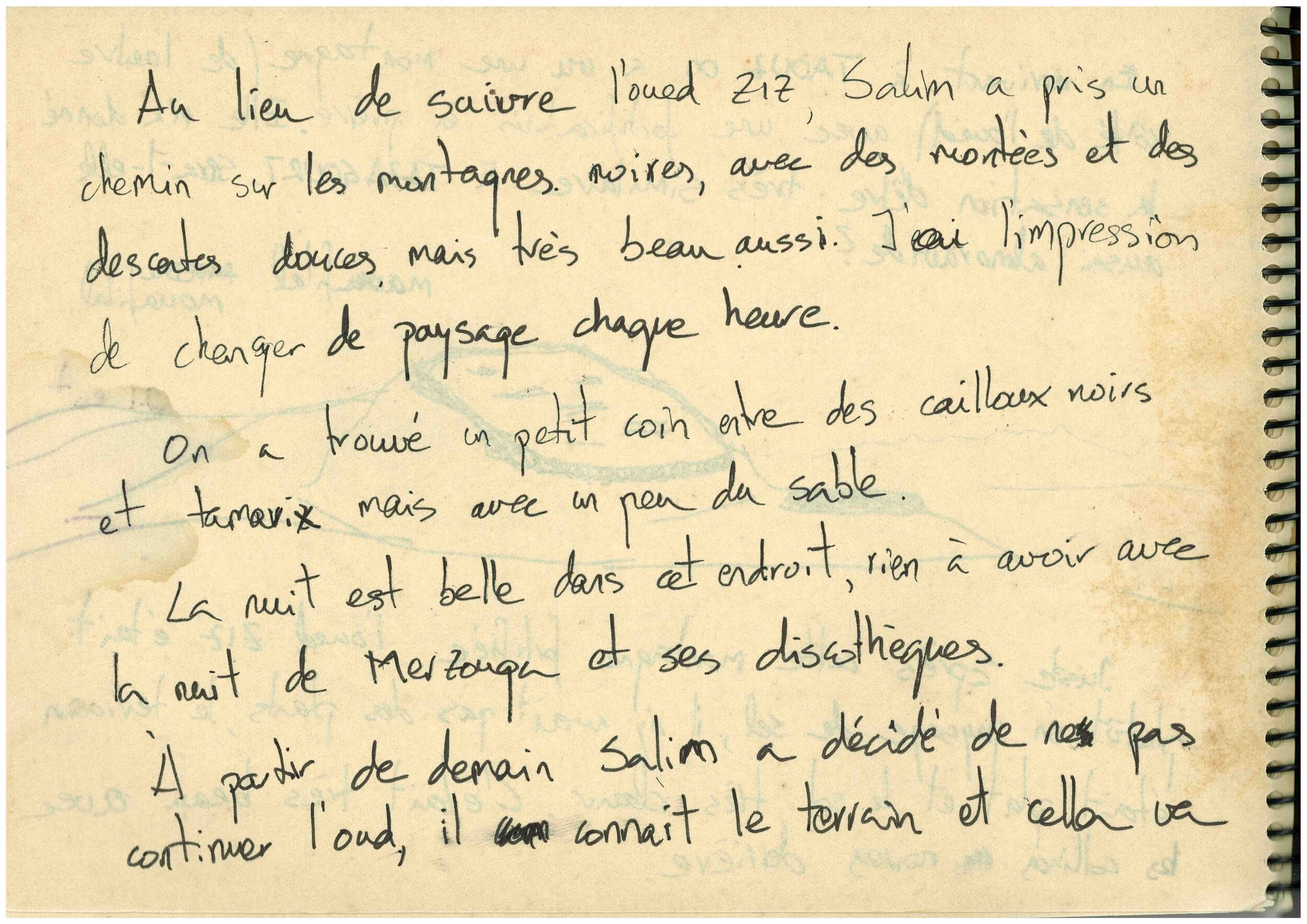
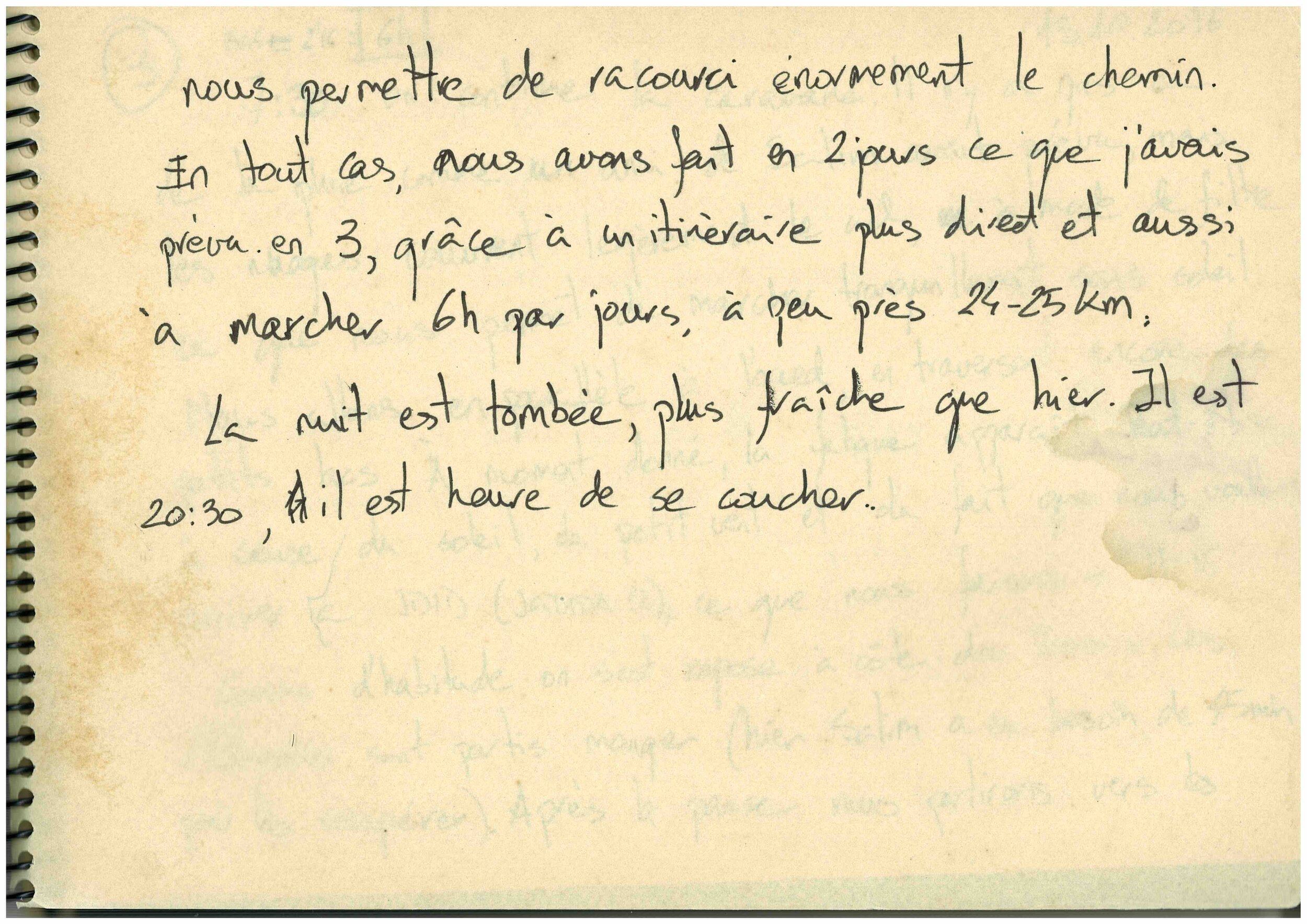
We were lucky to have had a nice night, despite the distant music, we did not have wind, on the other hand to have a little heat knowing that after it was going to get cold, prevented from sleeping well at first.
We get up around 6:30 and after breakfast (tea and bread with olive oil and with "the laughing cow" cheese), Salim quickly loads everything to continue the way, which we do at 8:00.
We move away from the dunes of Merzouga, heading towards the small black stone mountains
----------
passing by Mtis. Then we go in parallel to the road and the river, to a lake that is divided in two by the national road, where we look for a tree, a tamarisk, to rest and nibble something.
It's 11:10, I think we did 12 or 13 km. Tauz is about 7 or 8 km away and the idea is to get a little farther to sleep, that means we did in two days almost what was planned to do in three.
Next to the lake we could see a dune, like those of Merzouga, where it seems that there is a bivouac.
----------
On arriving at Tauz we see a mountain (on the other side of the river) with a stone fortification. It seems me very similar to Tazagourt (near Zagora). Will it also be Almoravid?
Just after this fortified mountain, river Ziz is rather a landscape of salt, there are no plants, the ground is flat and the soil very clear. It is very beautiful with the black hills behind.
----------
Instead of following the river Ziz, Salim takes a path on the black mountains, with gentle climbs and descents, but very beautiful too. I feel like changing the landscape every hour.
We find a little corner between the black stones and the tamarisk tree, but with some sand.
The night is beautiful in this place, nothing compared to the night of Merzouga and its nightclubs.
From tomorrow Salim decides not to continue the river, he knows the ground and it will
----------
allow us to shorten the path enormously. In any case, we did in two days, what I had planned in three, thanks to a more direct route and also to walk six hours a day, about 24-25 km.
The night is cooler than yesterday. It's 20:30 it's time to sleep.
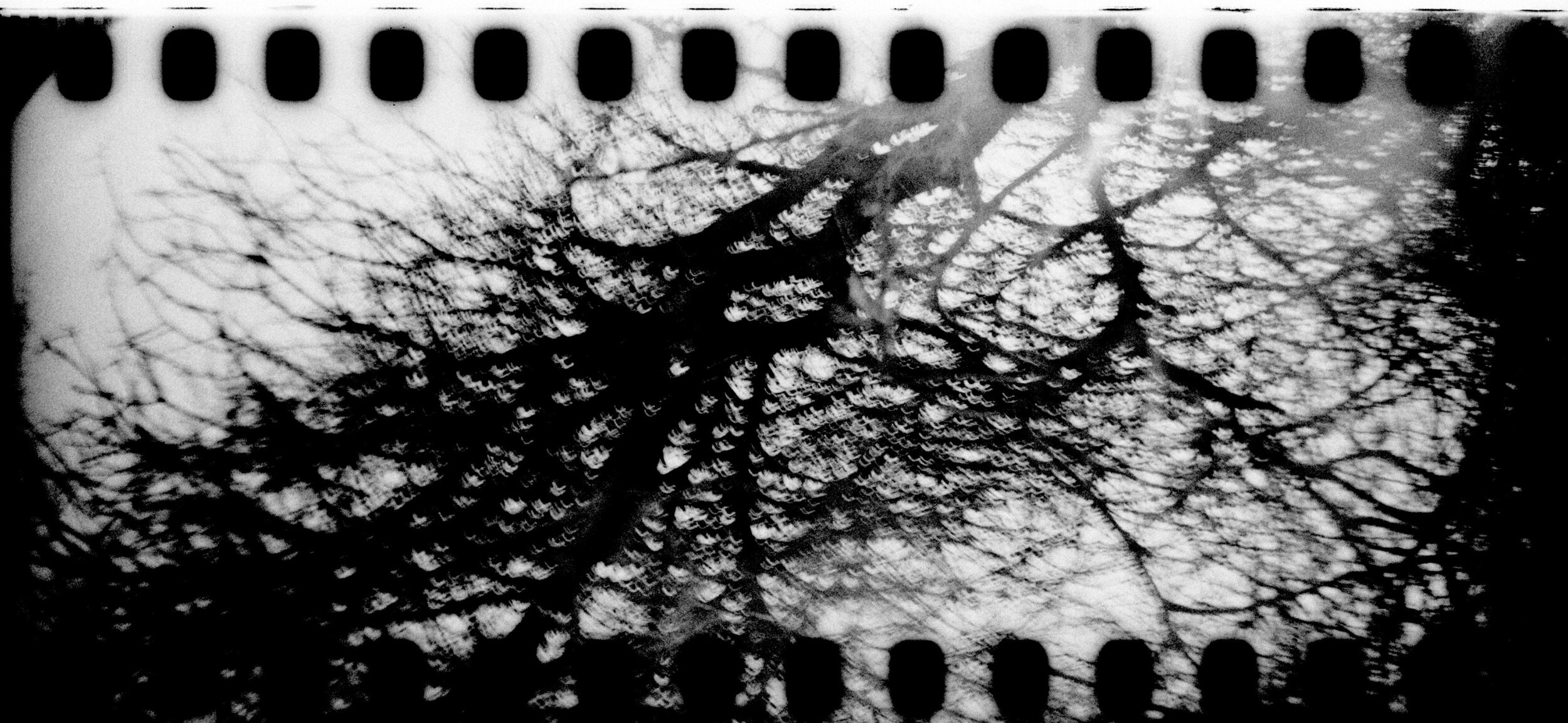
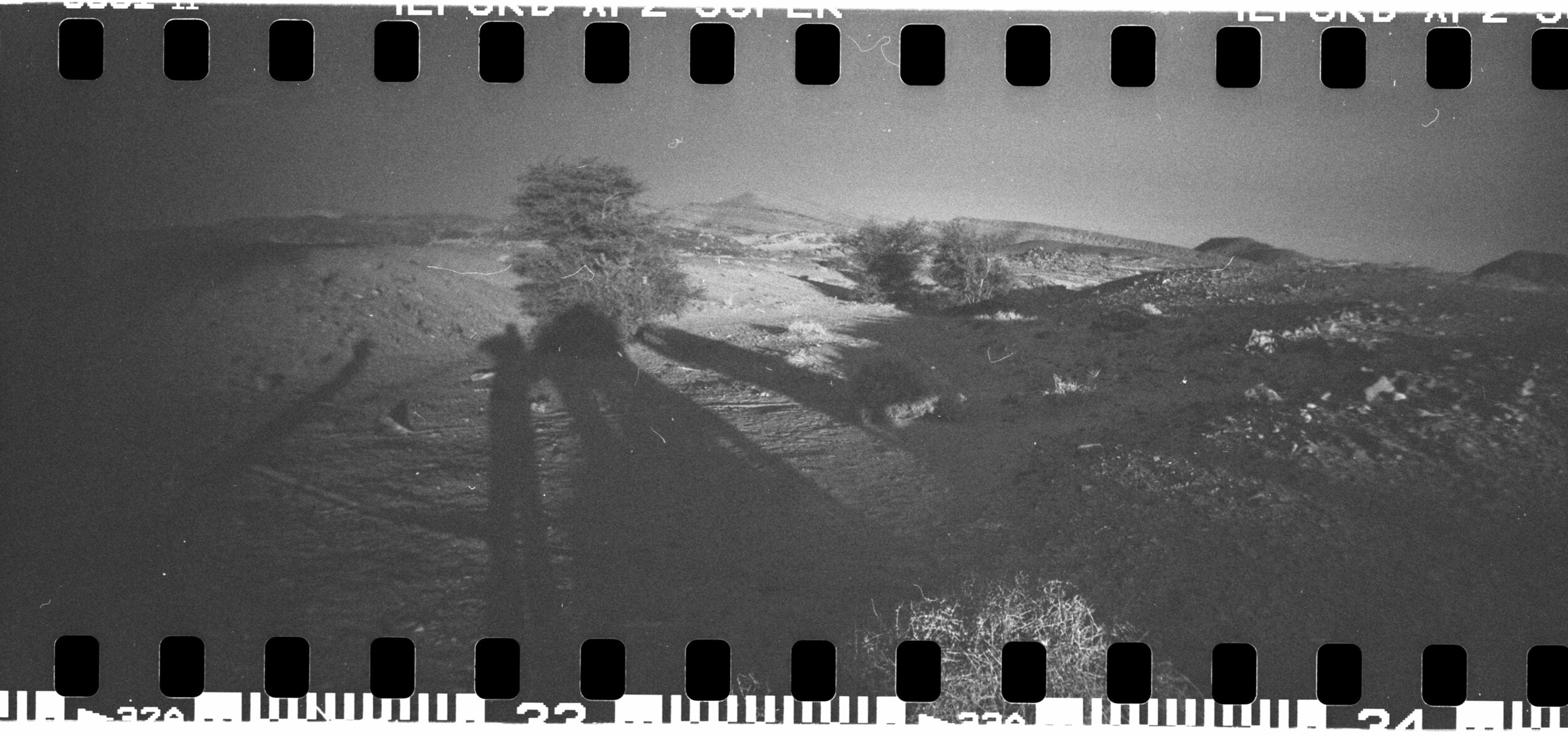
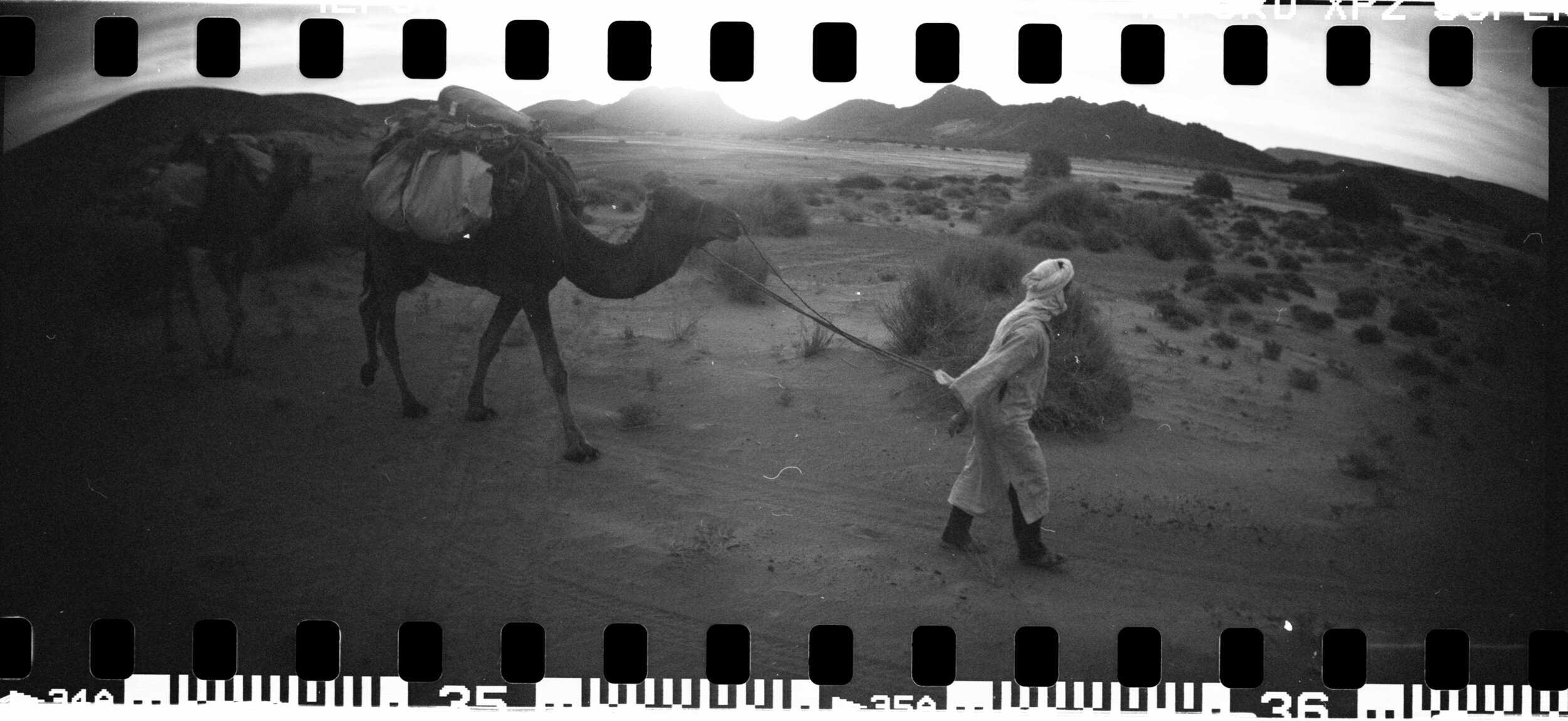
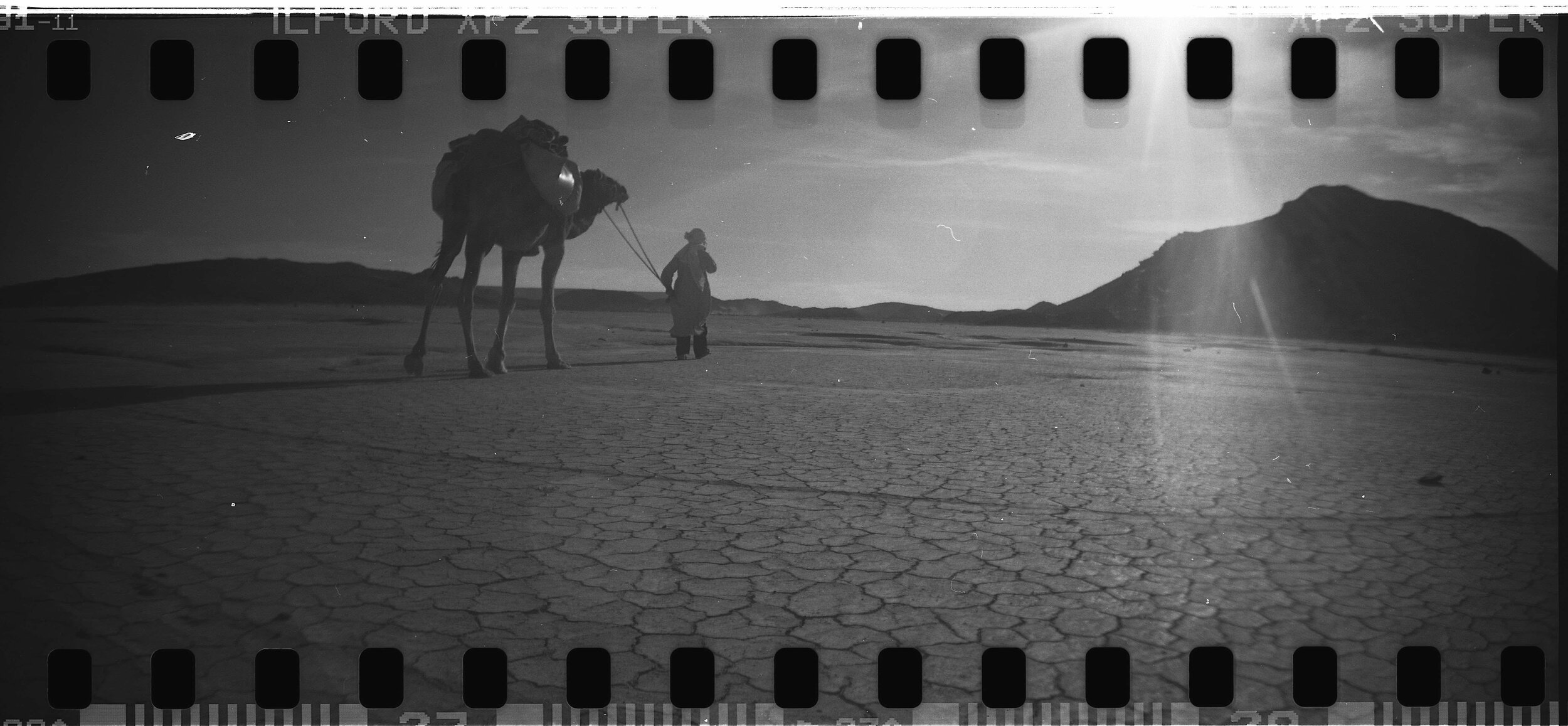
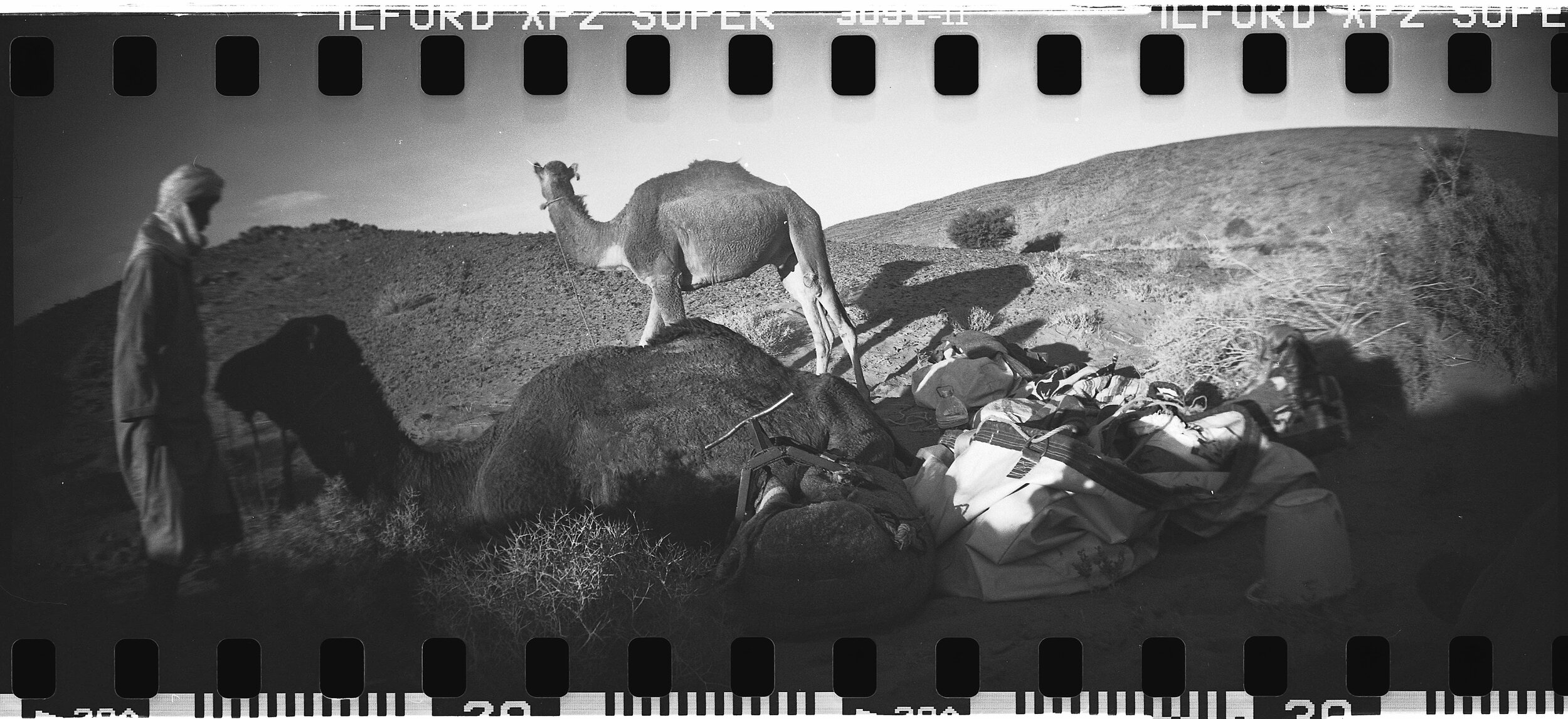
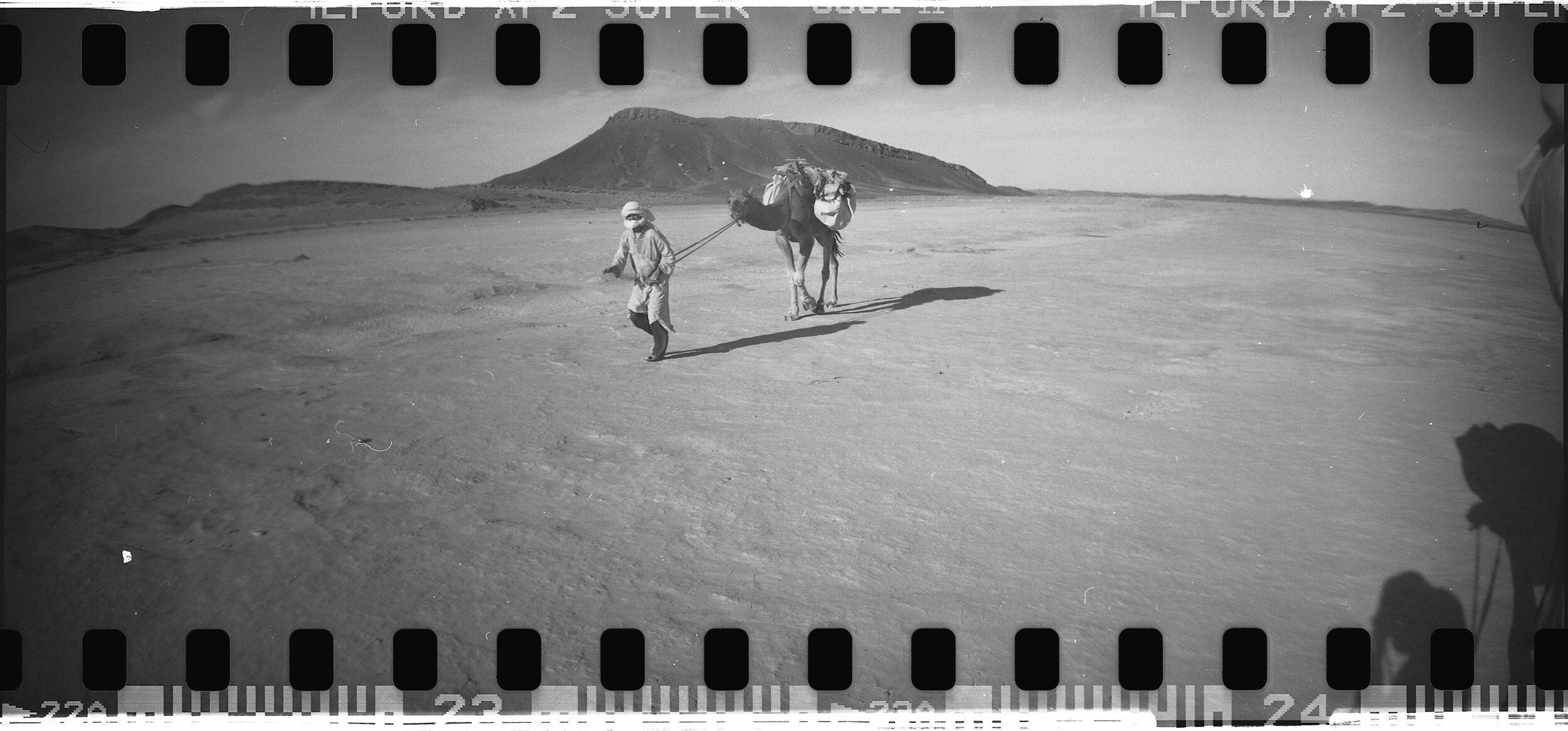
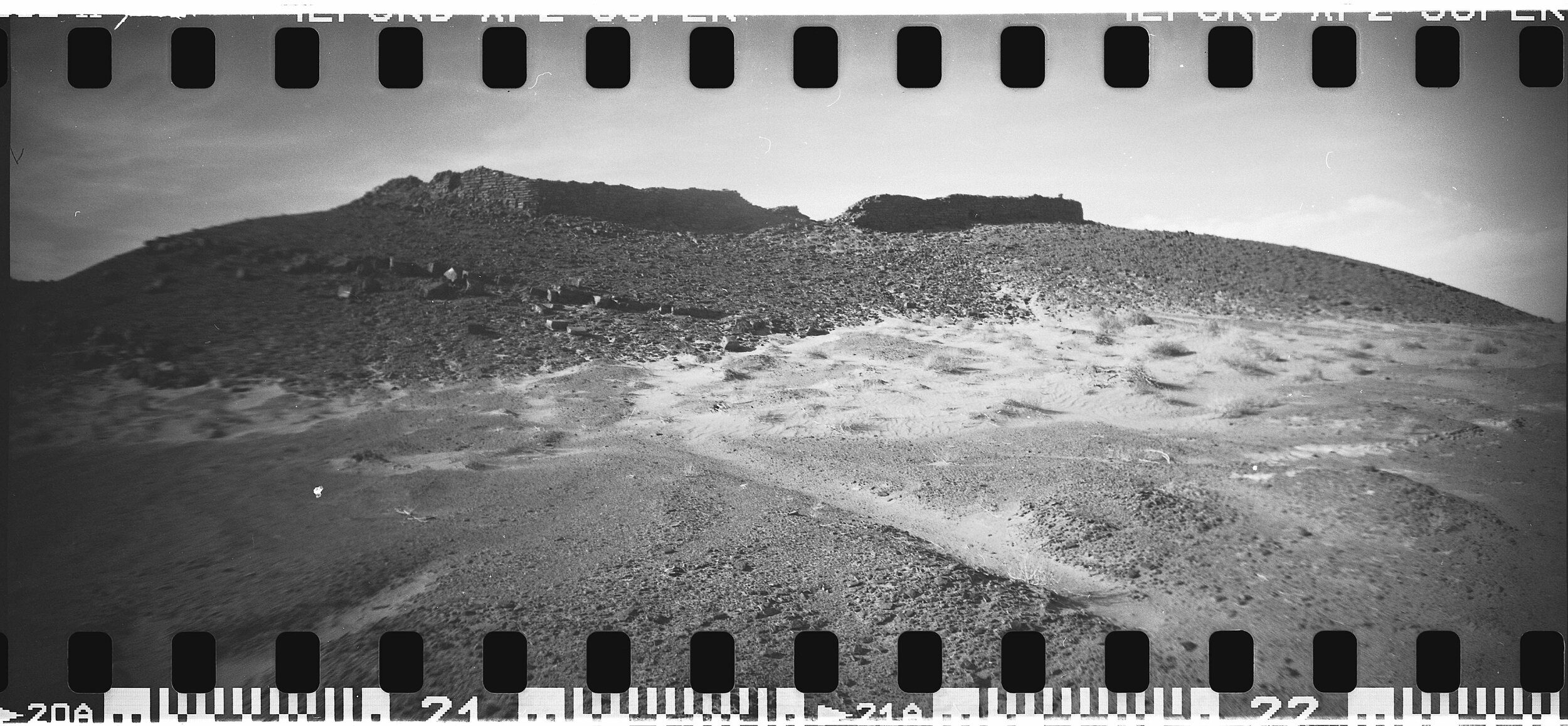

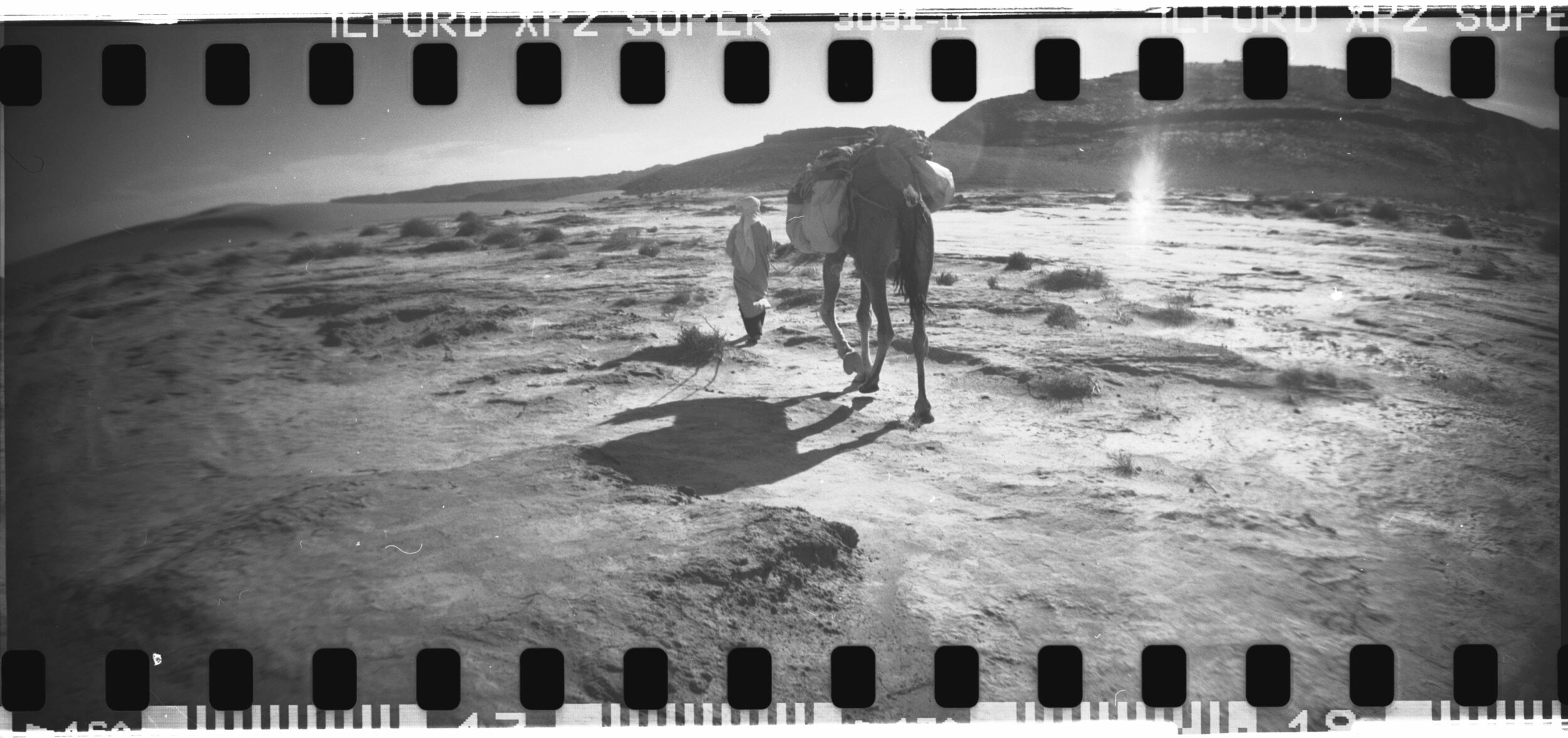
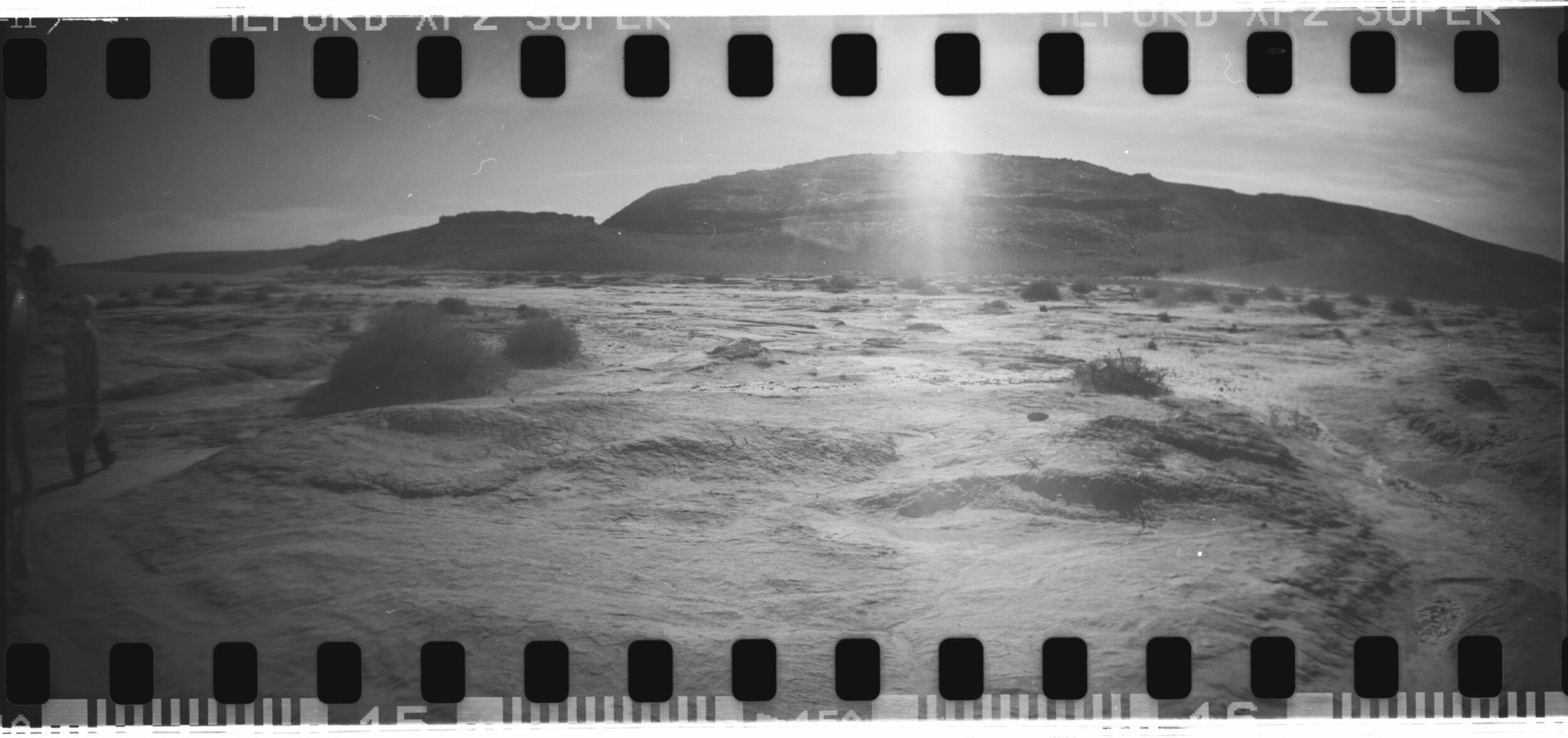
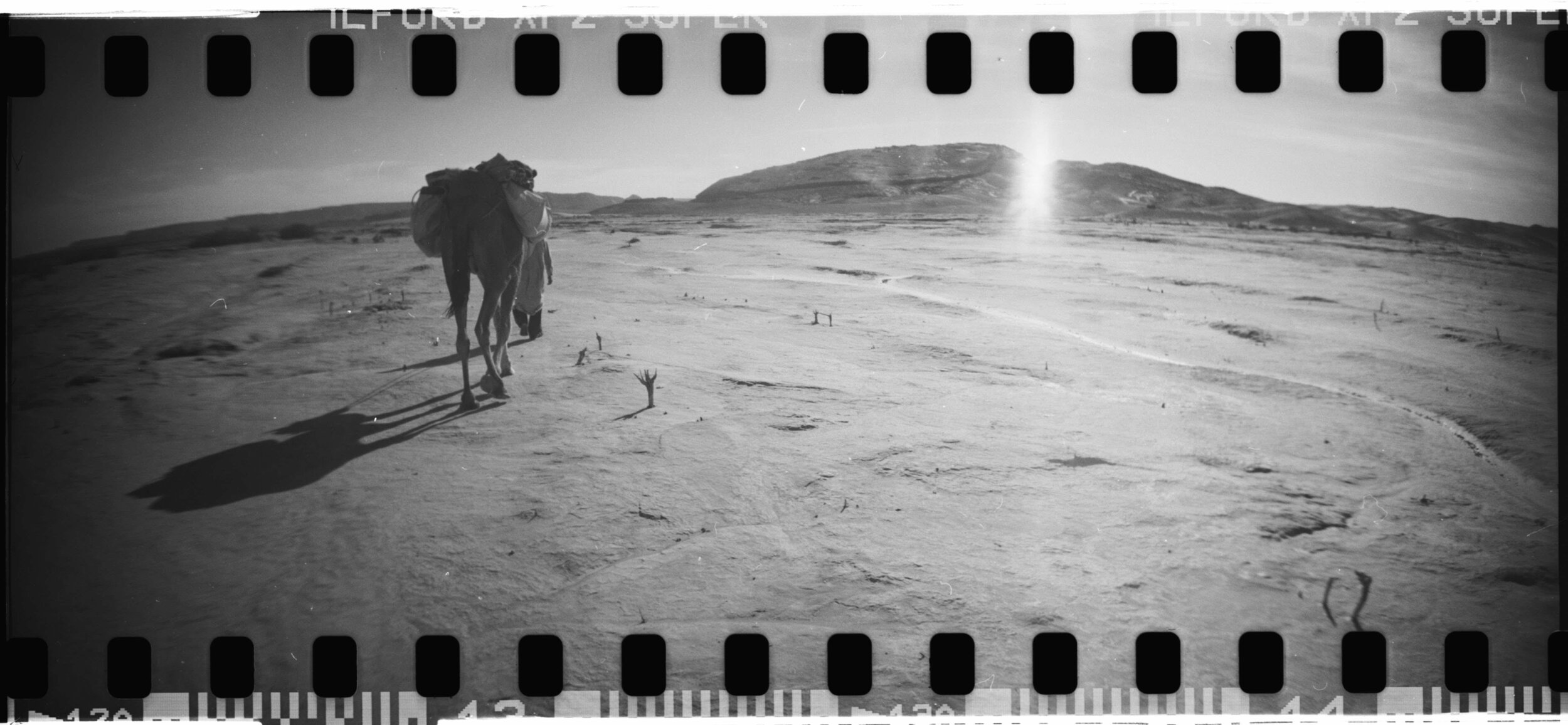
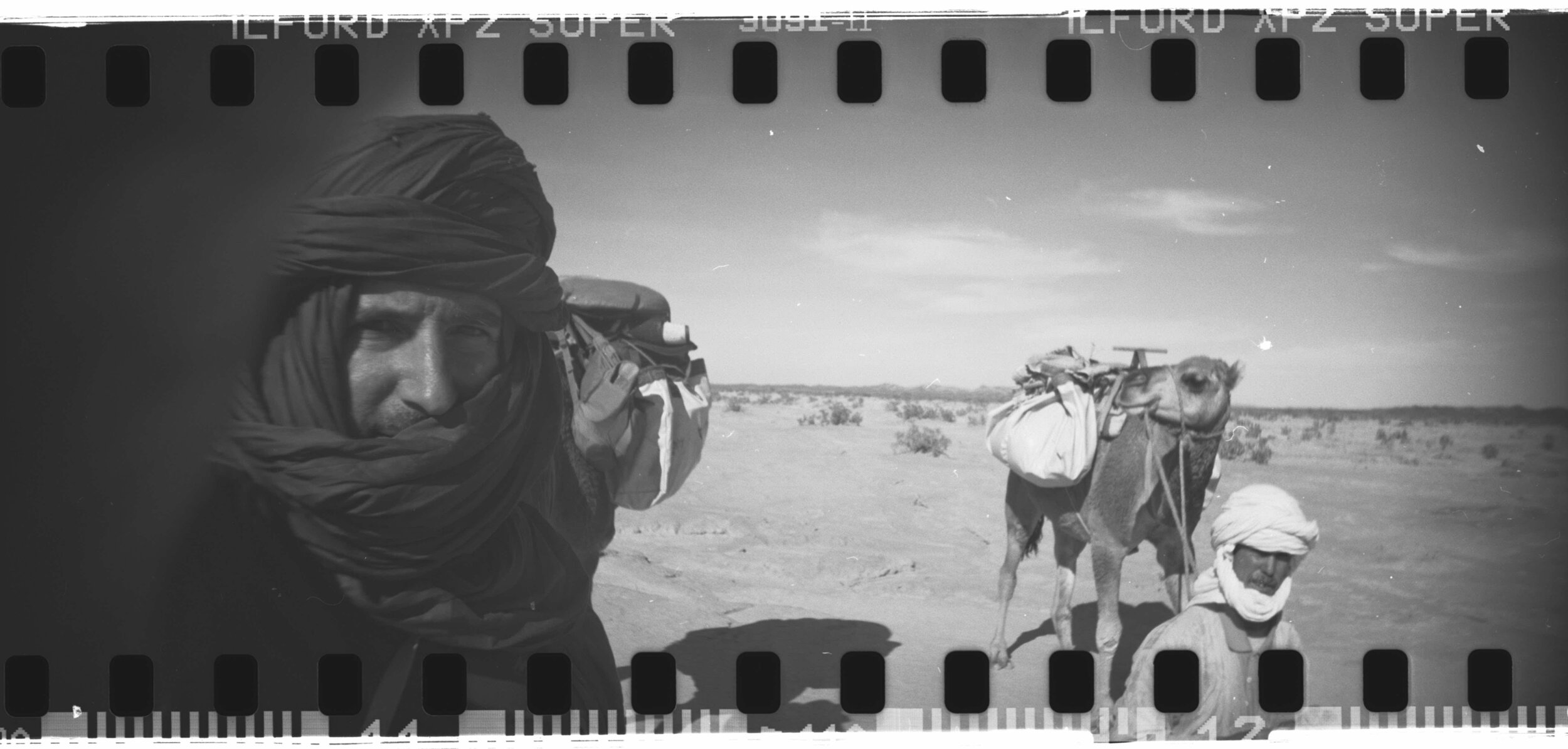
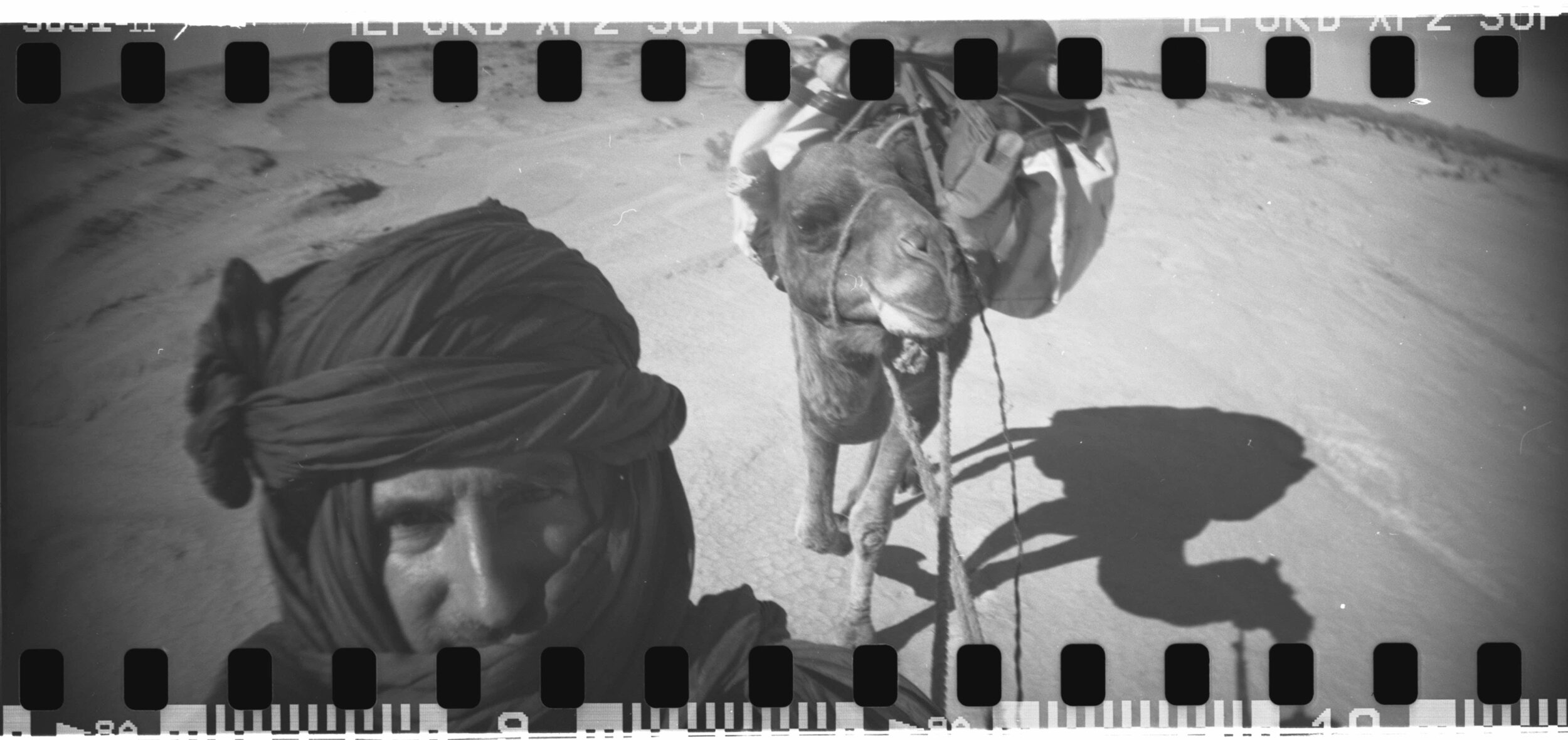
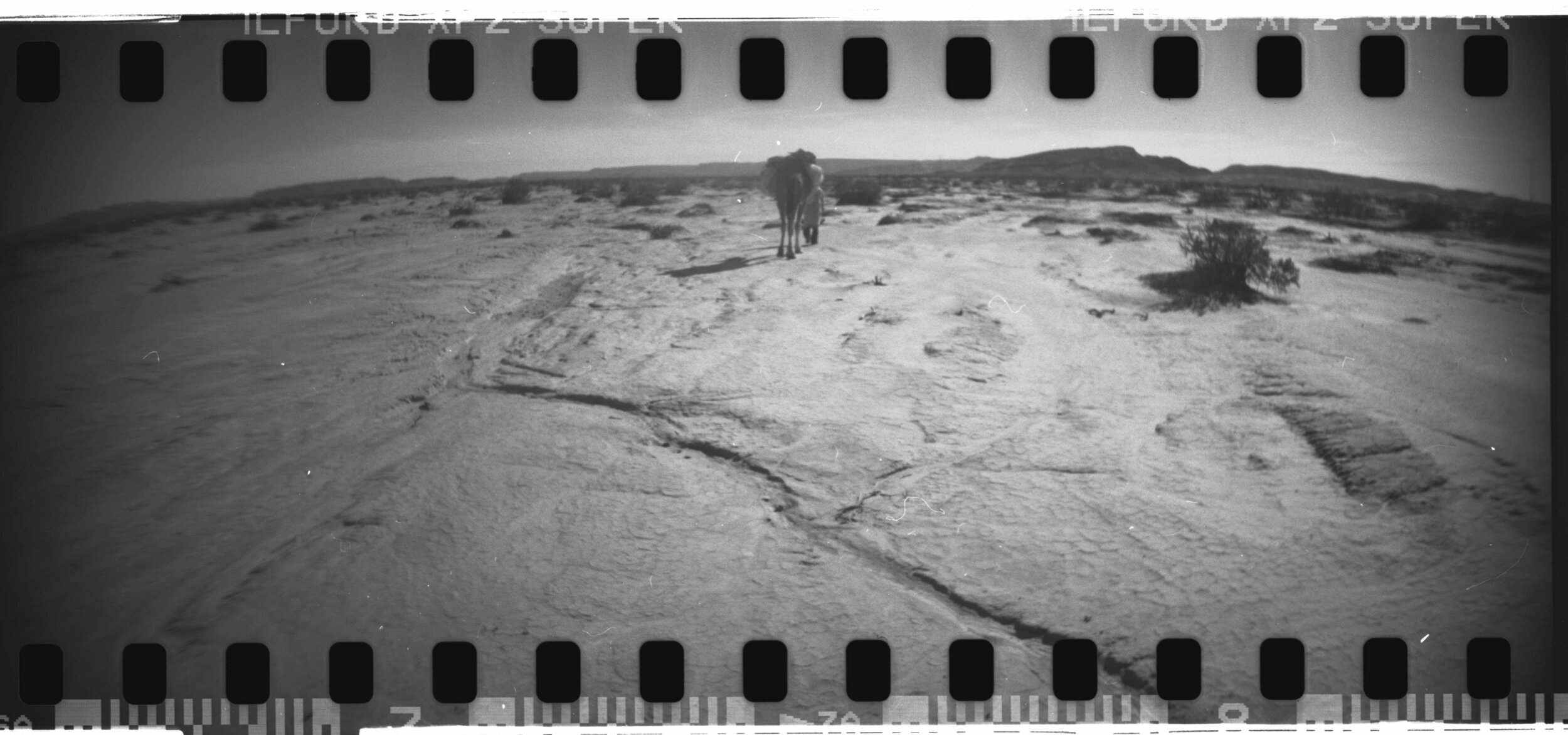
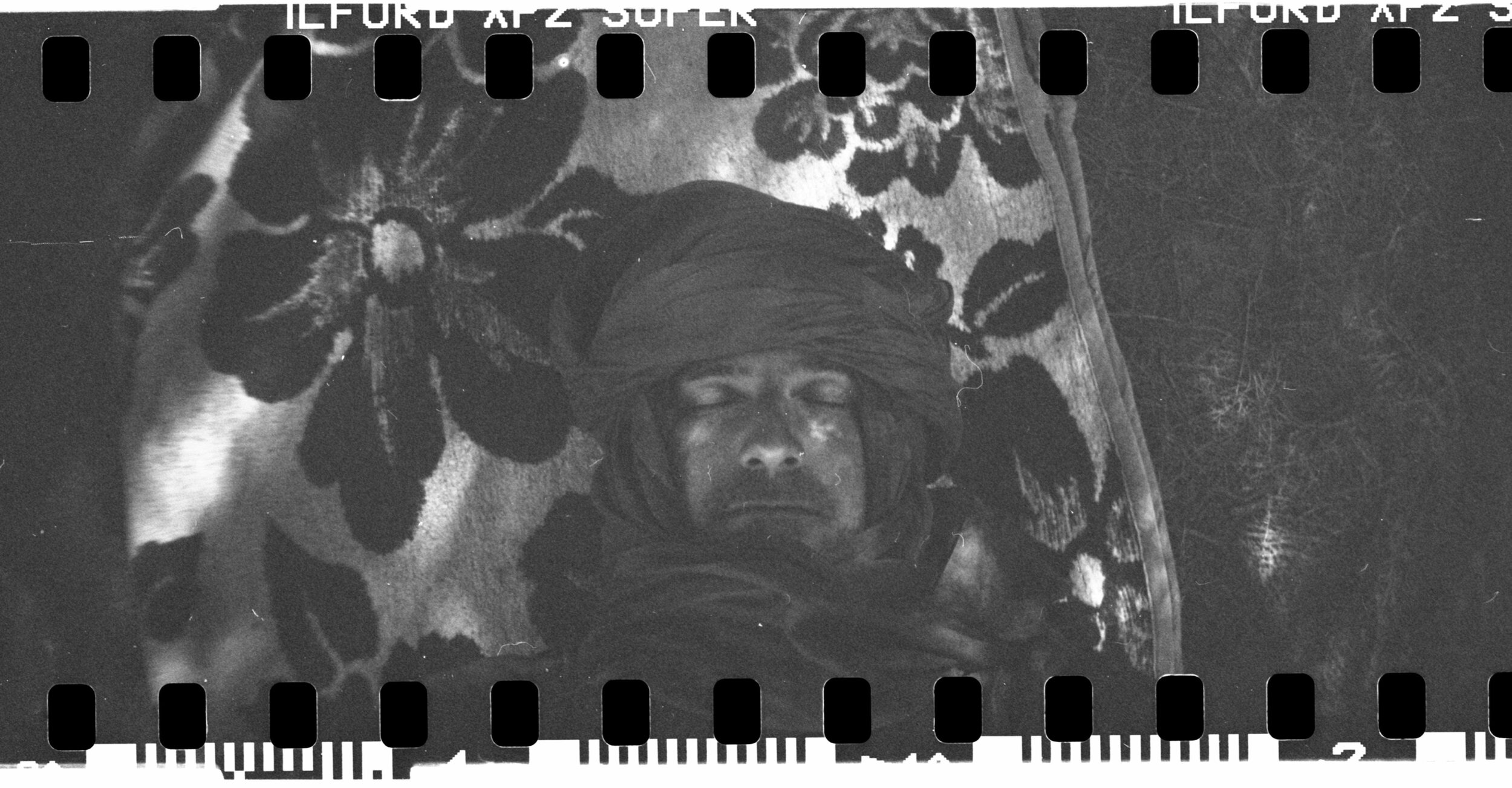
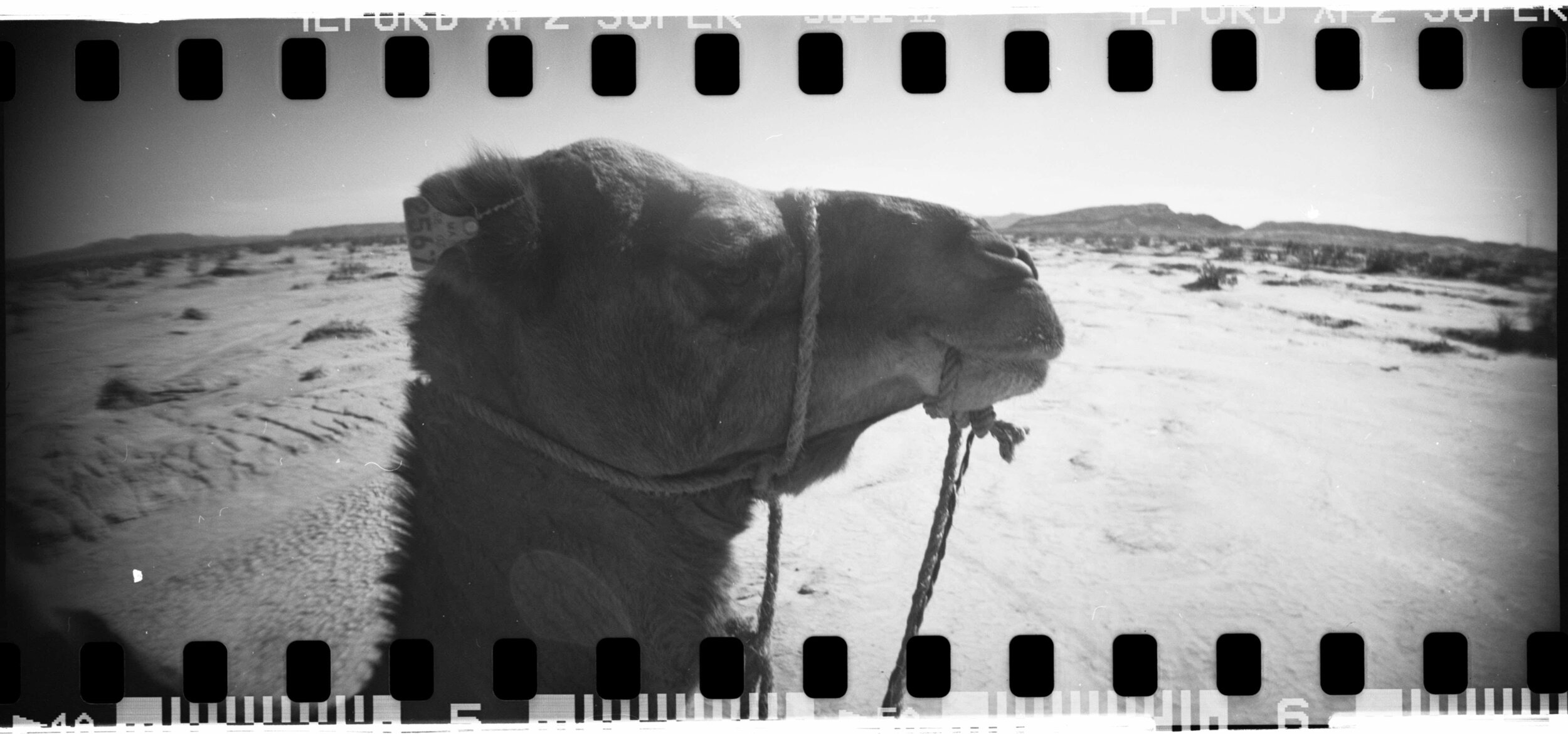
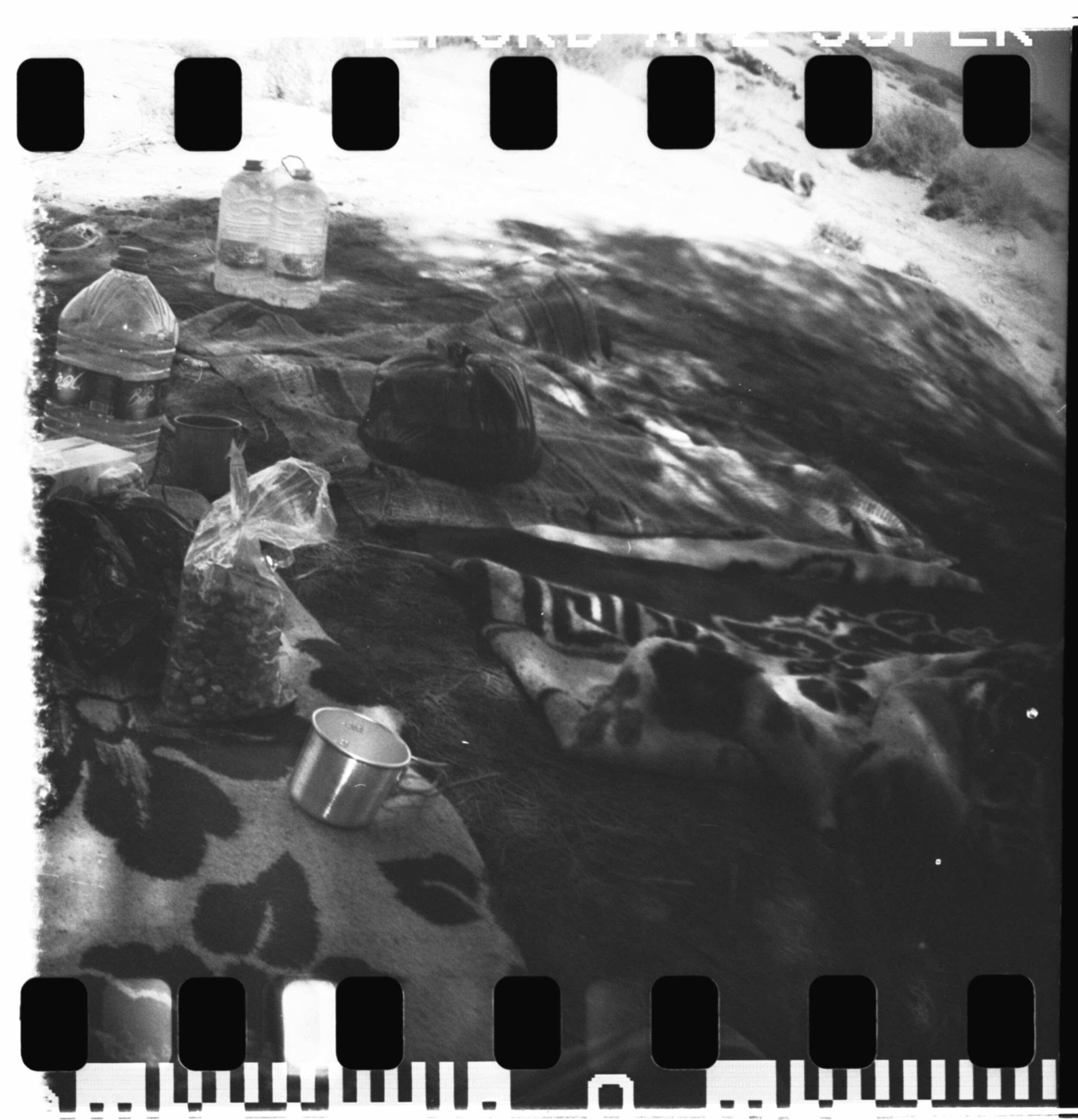

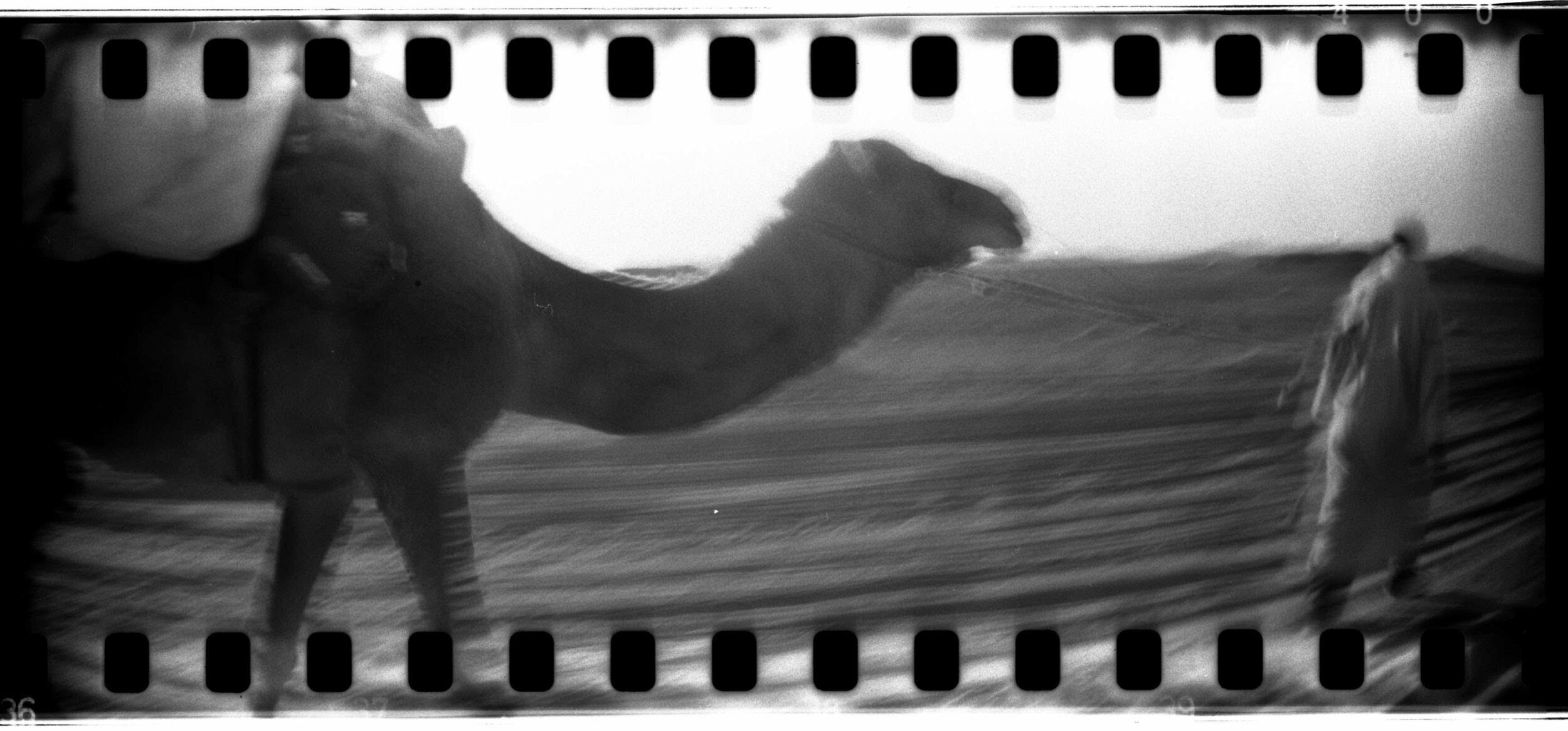
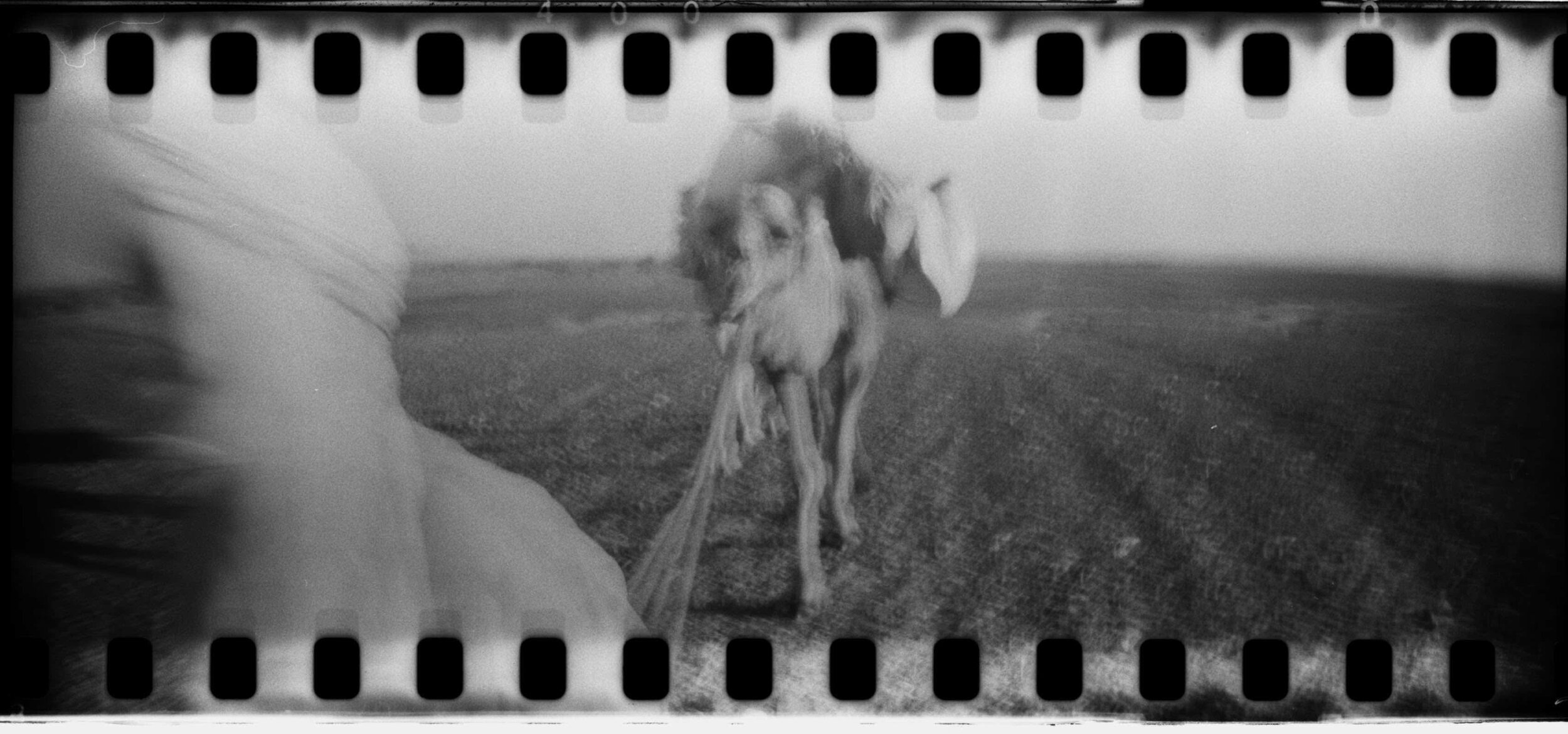
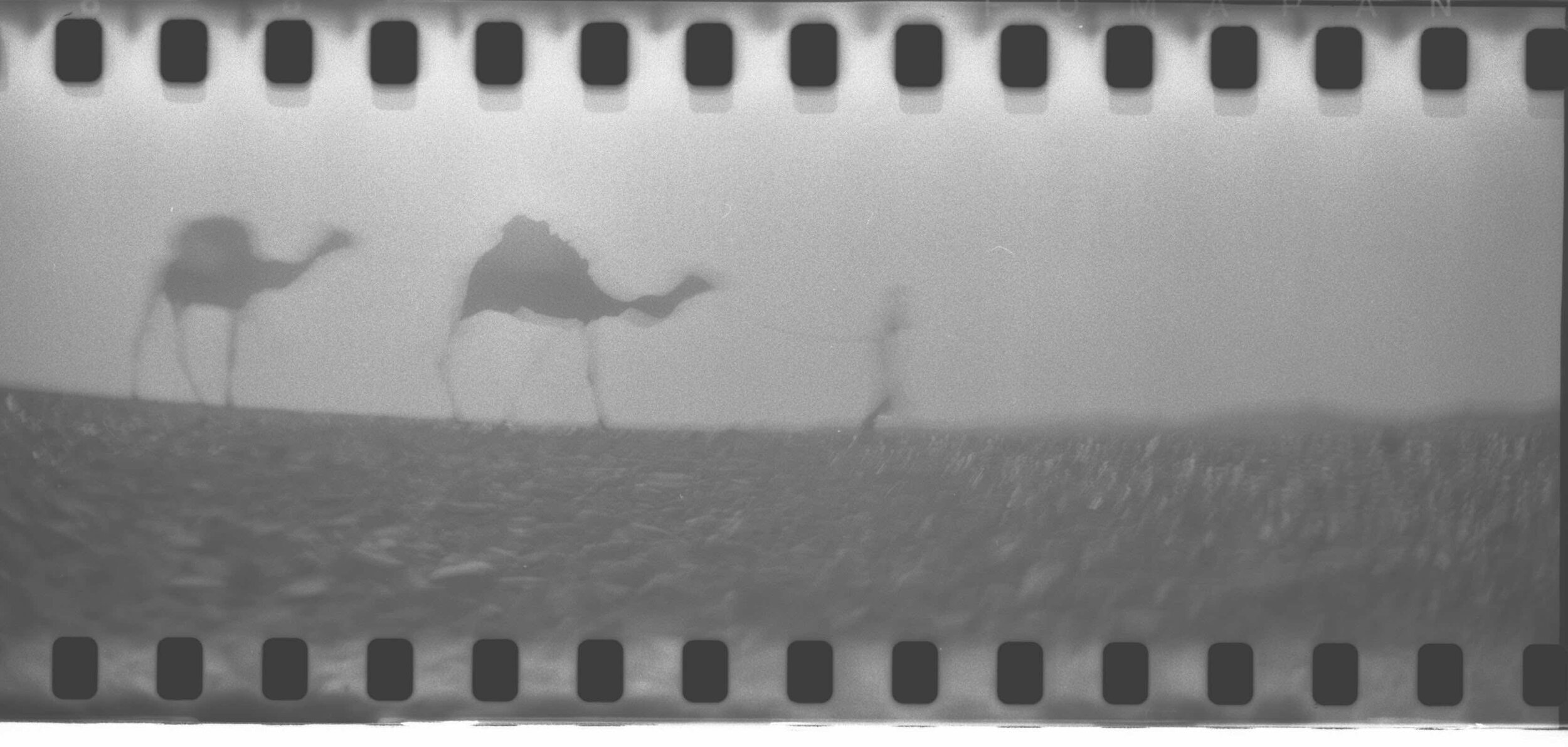
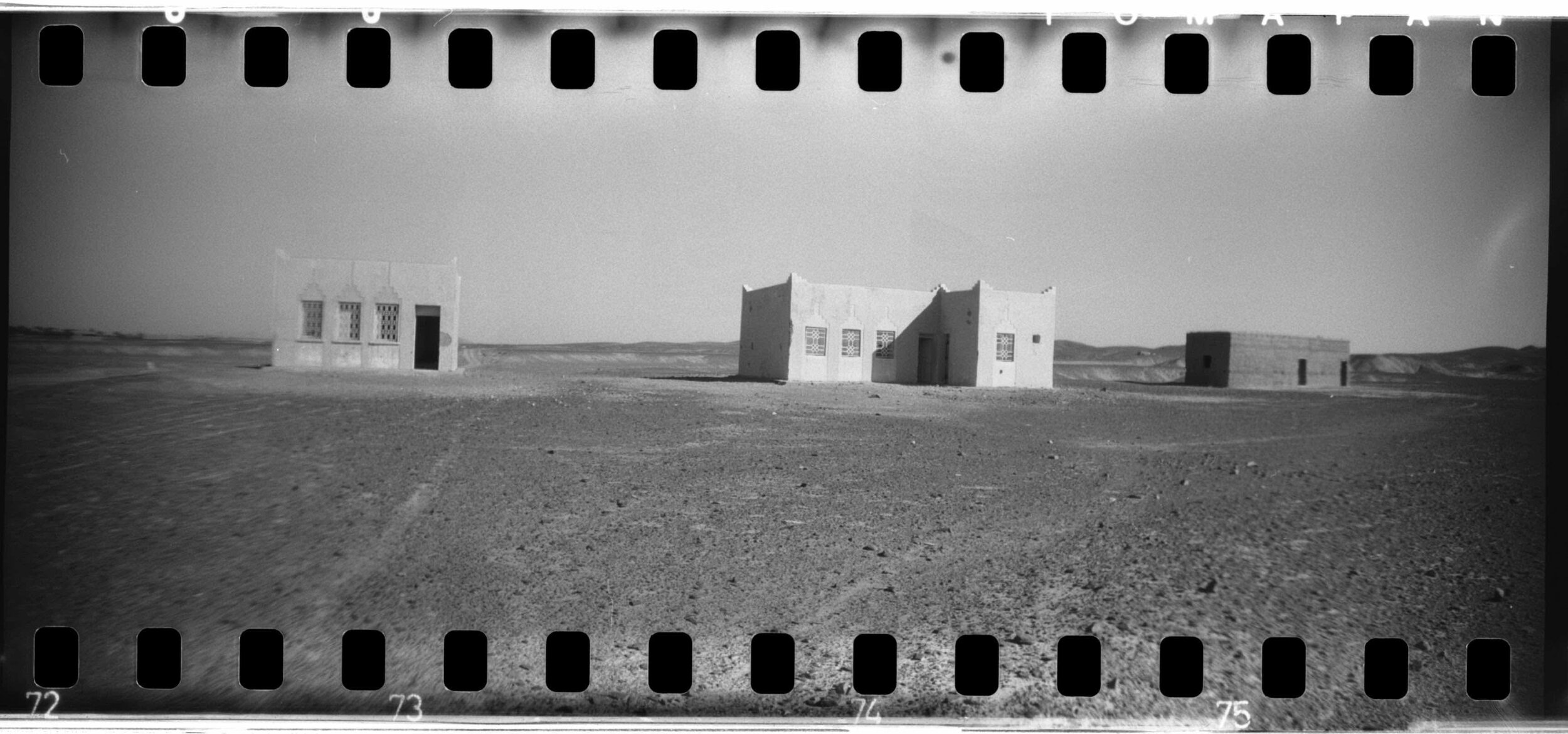
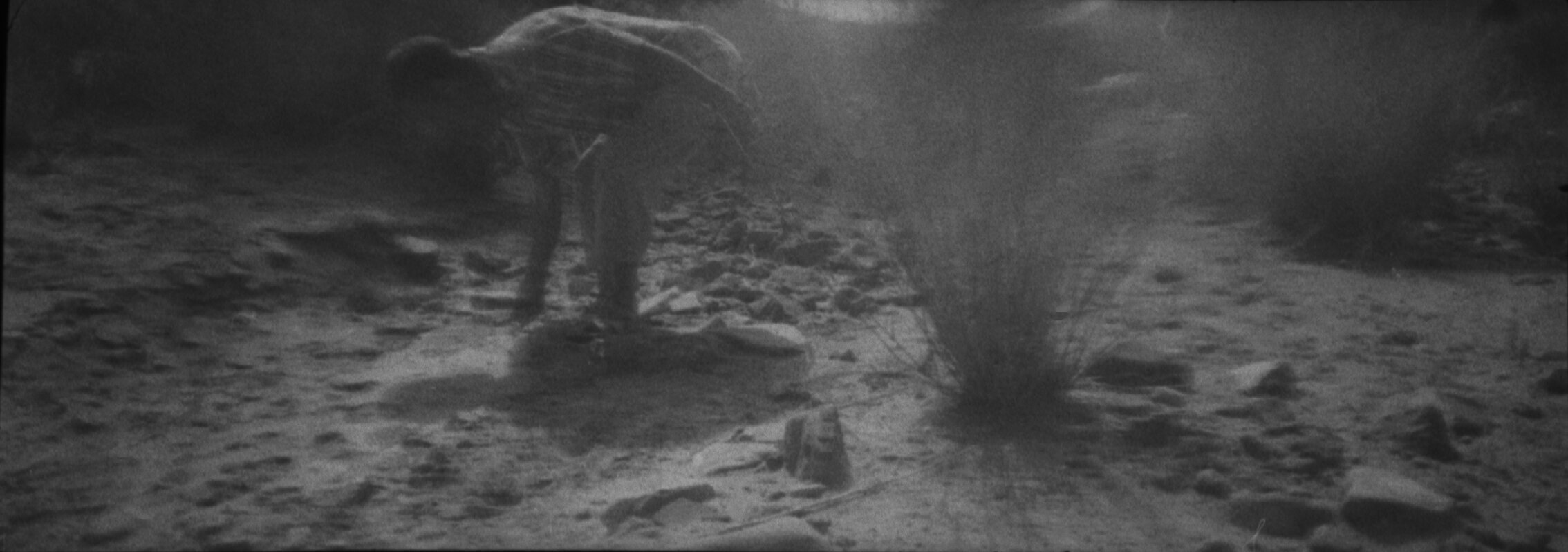
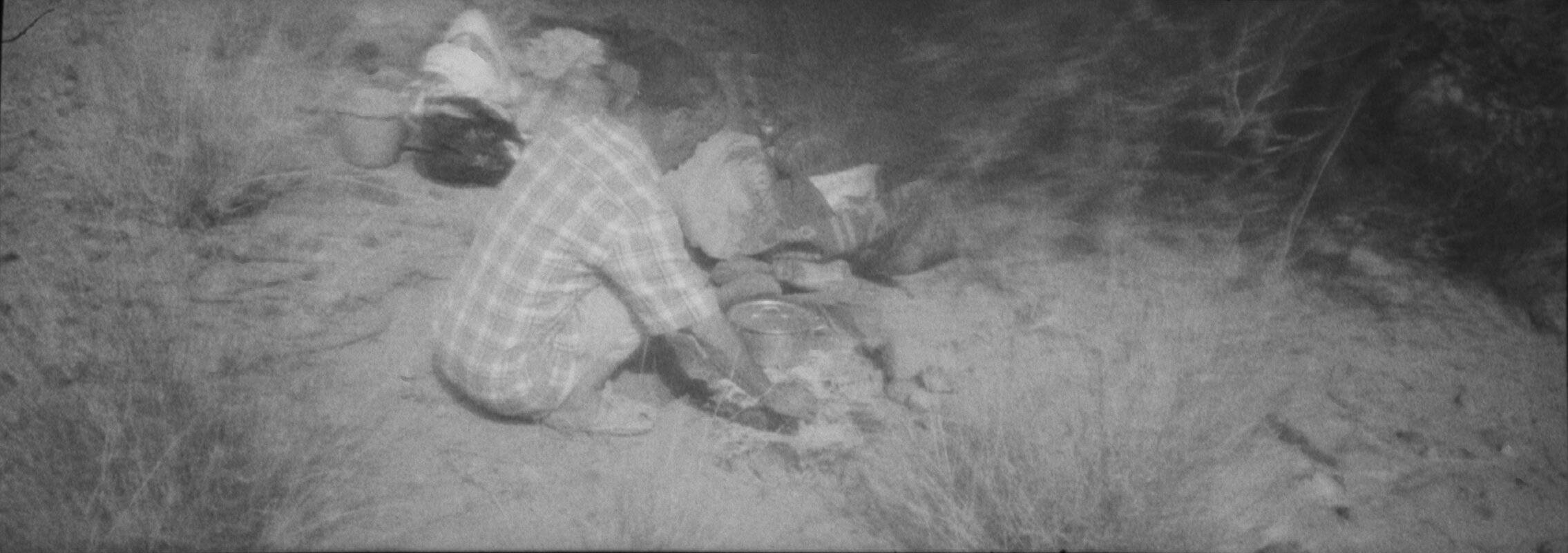
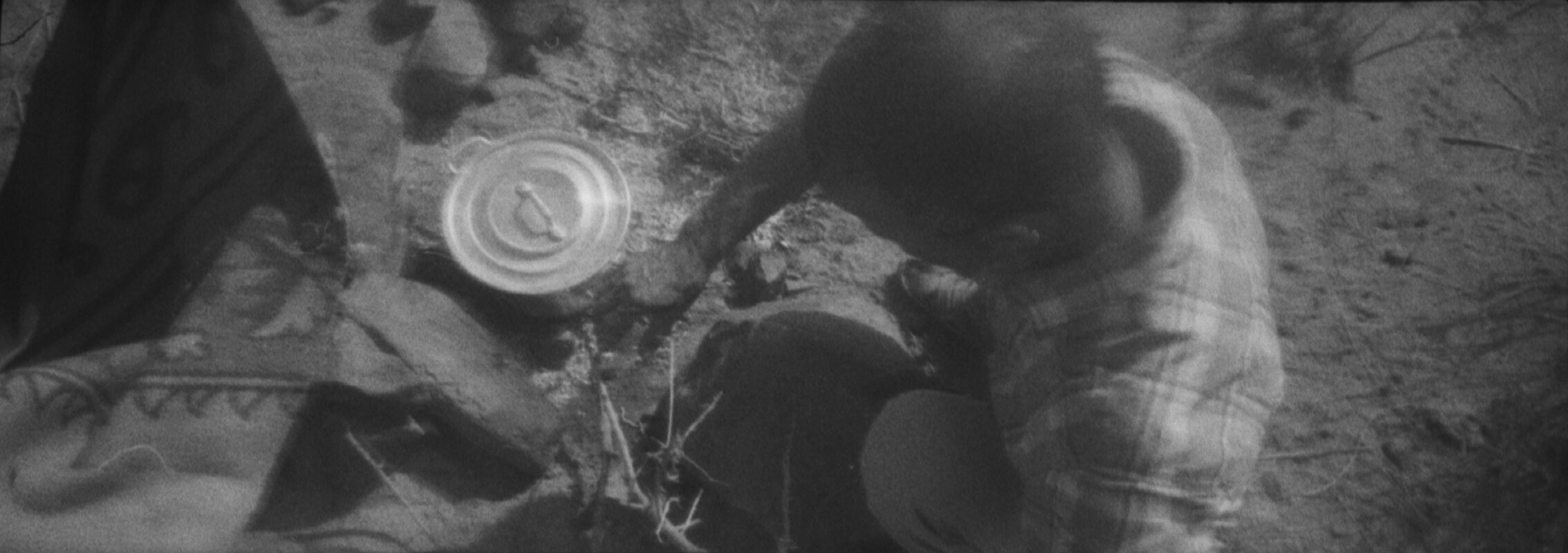

DAY 03
13.10.2016
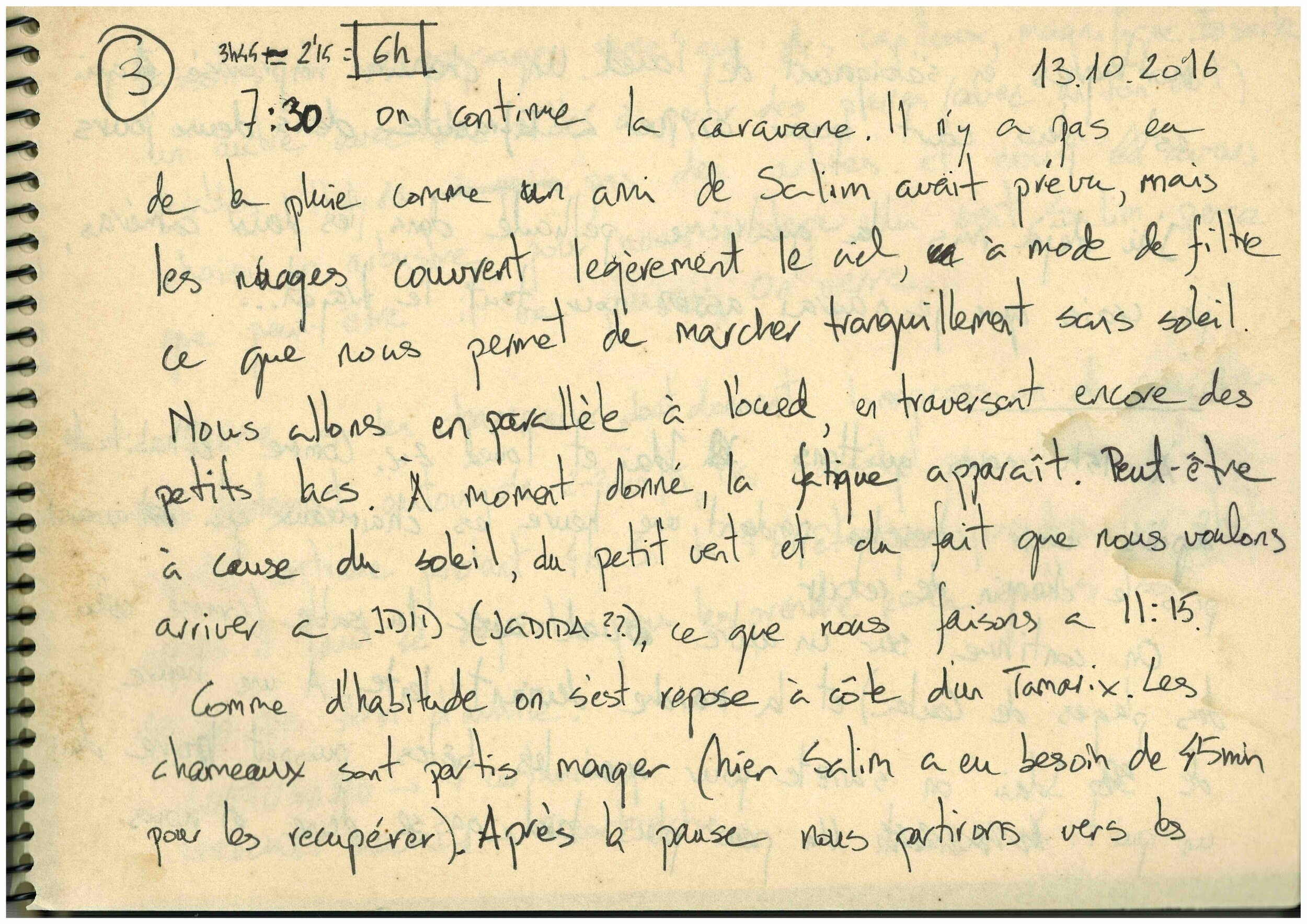
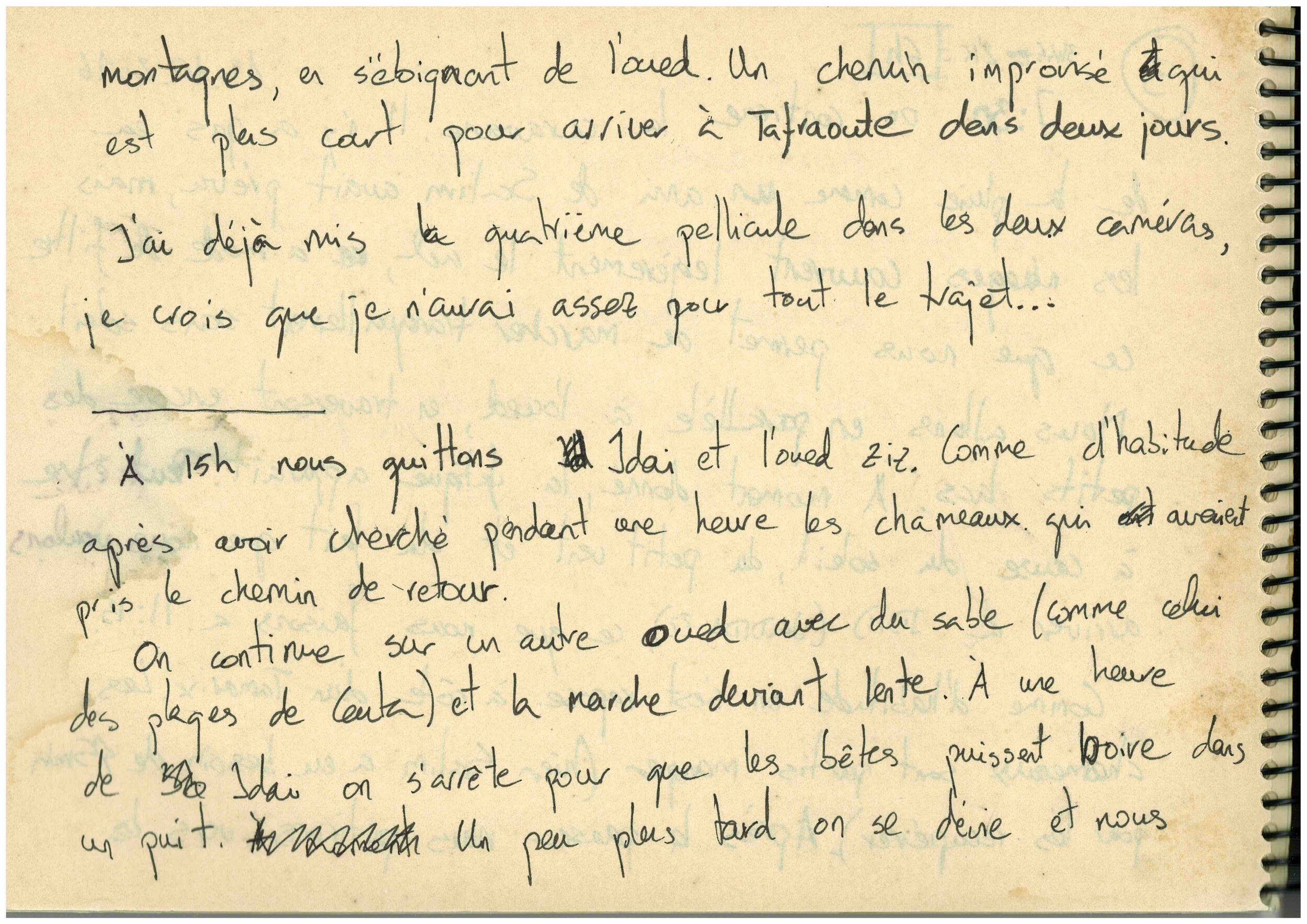
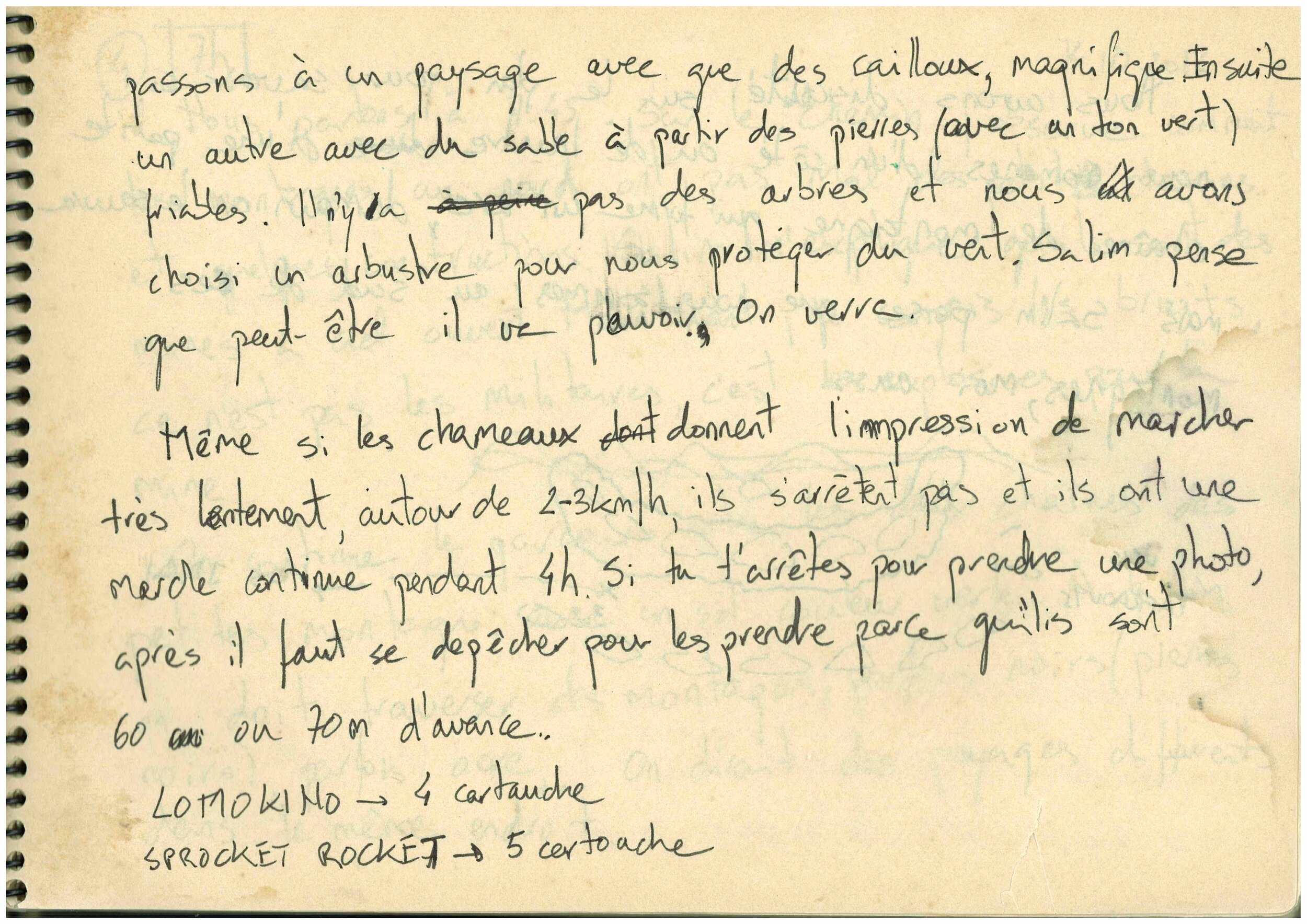
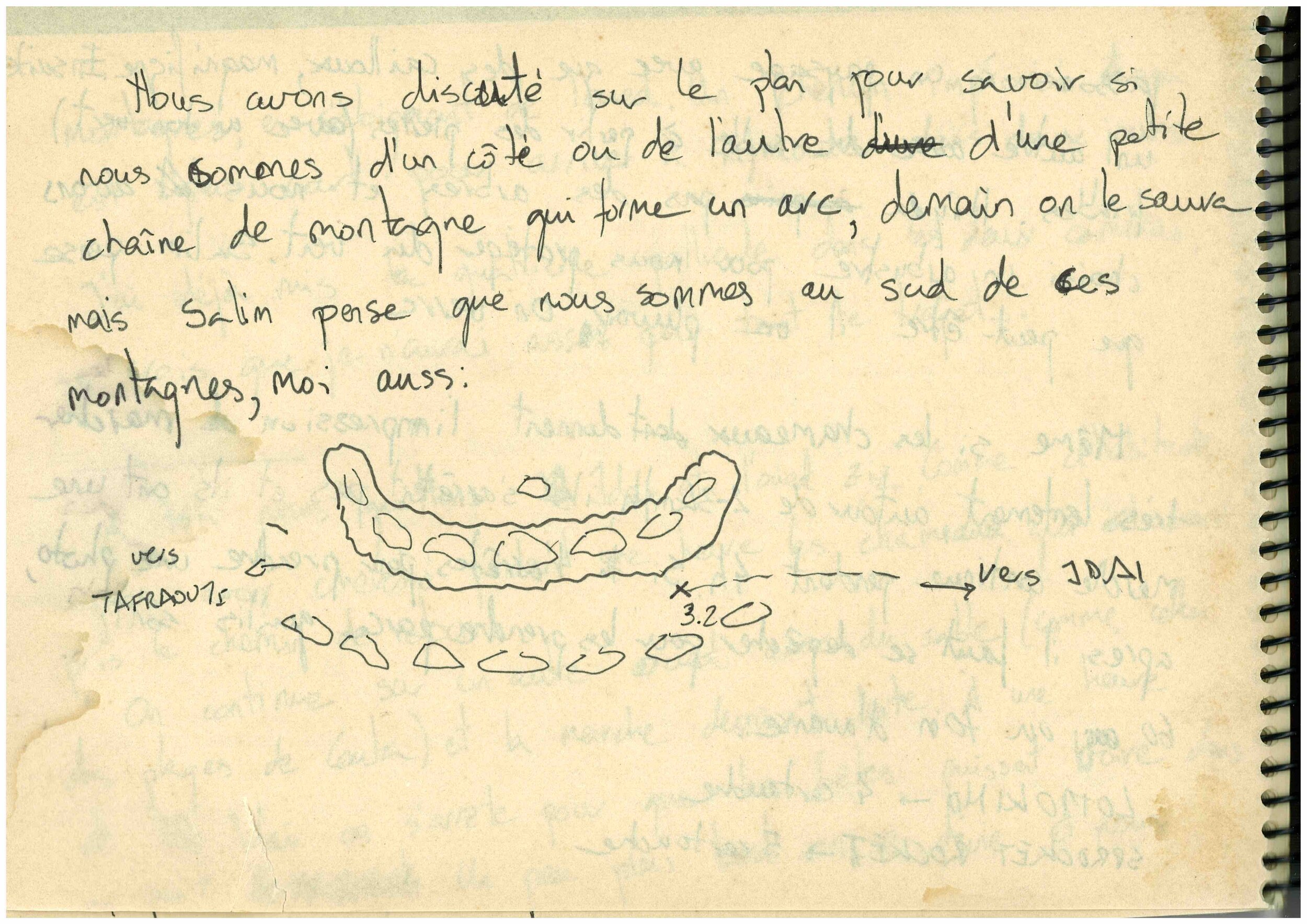
07:30, we carry on with the caravan. Finally it did not rain as a friend of Salim forecasted, but the clouds cover the sky, like a filter, which allows us to walk calmly without sun.
We will do it parallel to the river crossing small lakes. At a given moment, fatigue appears, due to the sun, the front wind and the light reflected in the soil, also because we want to arrive at Jdid, what we do at 11:15.
As usual, we have some rest under a tamarisk tree. The camels left to eat (yesterday Salim needed 45 minutes to recover them). After the break we headed towards
----------
the mountains, far from the river. An improvised path which is shorter to reach Tafraoute in two days.
I'm using the fourth roll film in both cameras, I think I will not have enough for the whole trip ...
At 15h00 we left the river Ziz and Jdid . As usual, after searching the camels for an hour, they caught the way back during lunch break.
We continue on another river with sand (like the one of the beaches in Ceuta) and the walk becomes slower. One hour after Jdid we make a stop so the animals can drink from a well. Later we deviate and
----------
we went into a stone landscape, phantastic. Then, another with sand from crushed rocks (with green tone). There are no trees and we choose a shrub that protects us from the wind. Salim says that maybe it will rain, we'll see.
Although the camels give the impression of walking very slowly, around 2-3 km / h, they do not stop and are able to maintain a constant speed for four hours. If you stop to take a picture, then you will have to hurry to reach them again because they will be 60 or 70 meters ahead.
Lomokino- 4 films
Sprocket Rocket - 5 films
----------
We have discussed on the map to see if we are on one side or another of a small mountain range that forms a curious arch, tomorrow we will know. Salim thinks we are south of the mountains, me too.
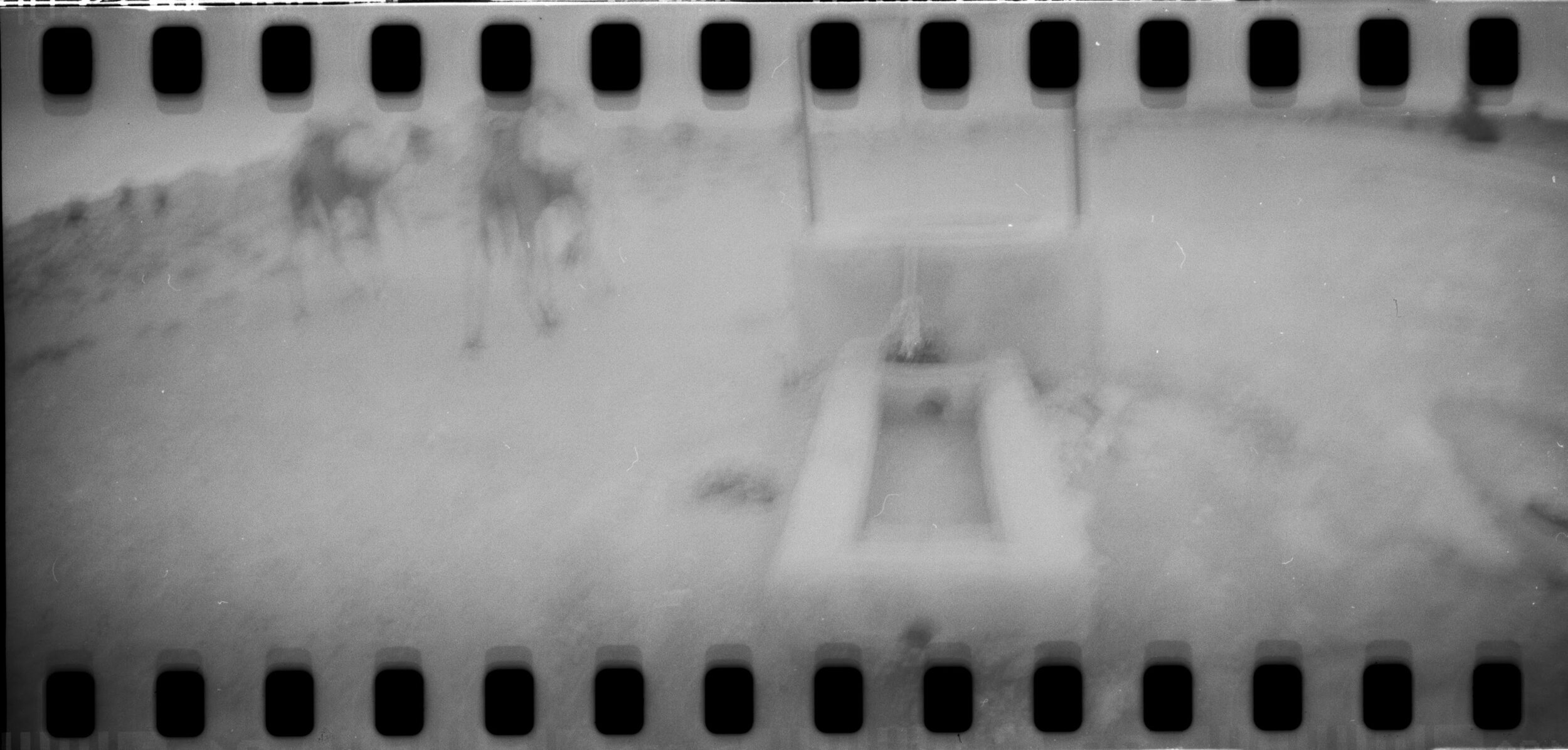
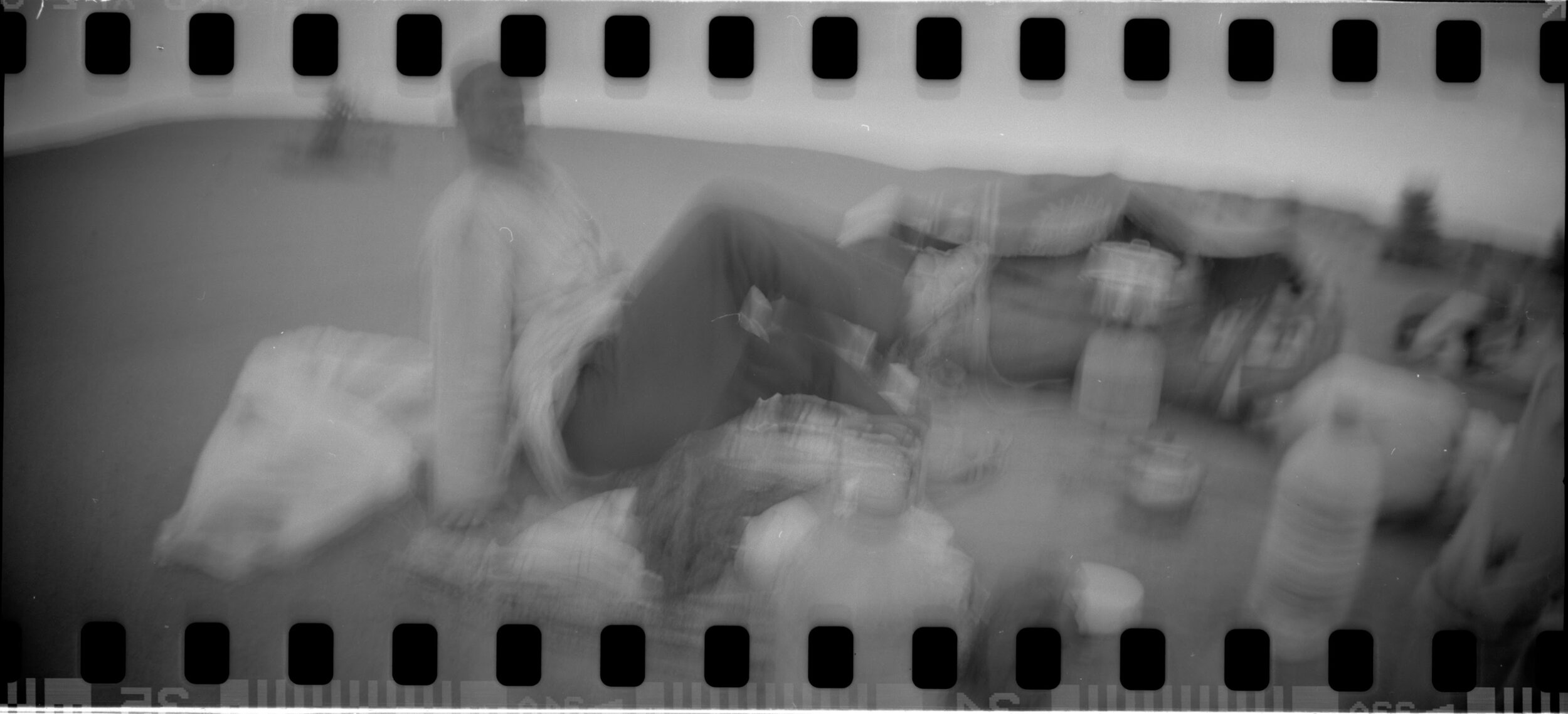

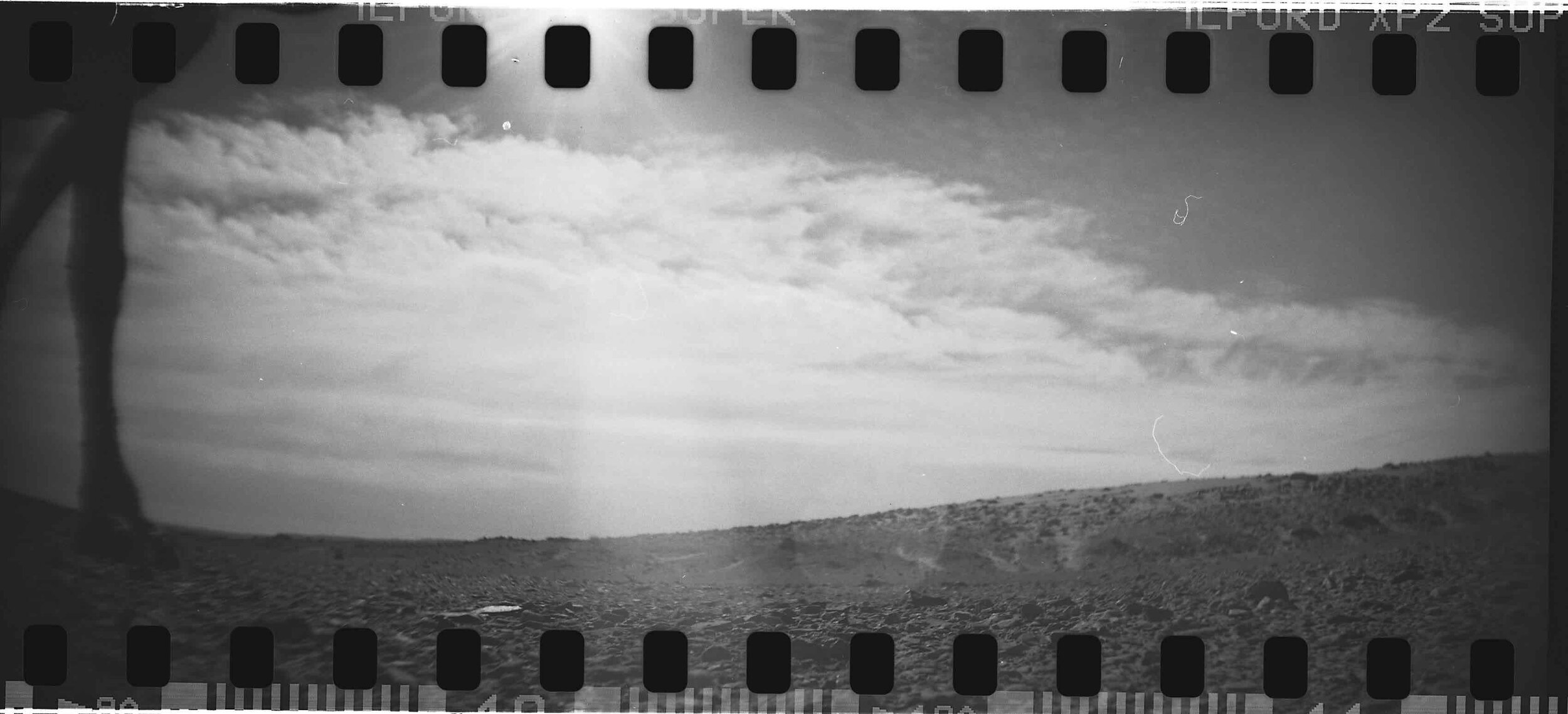
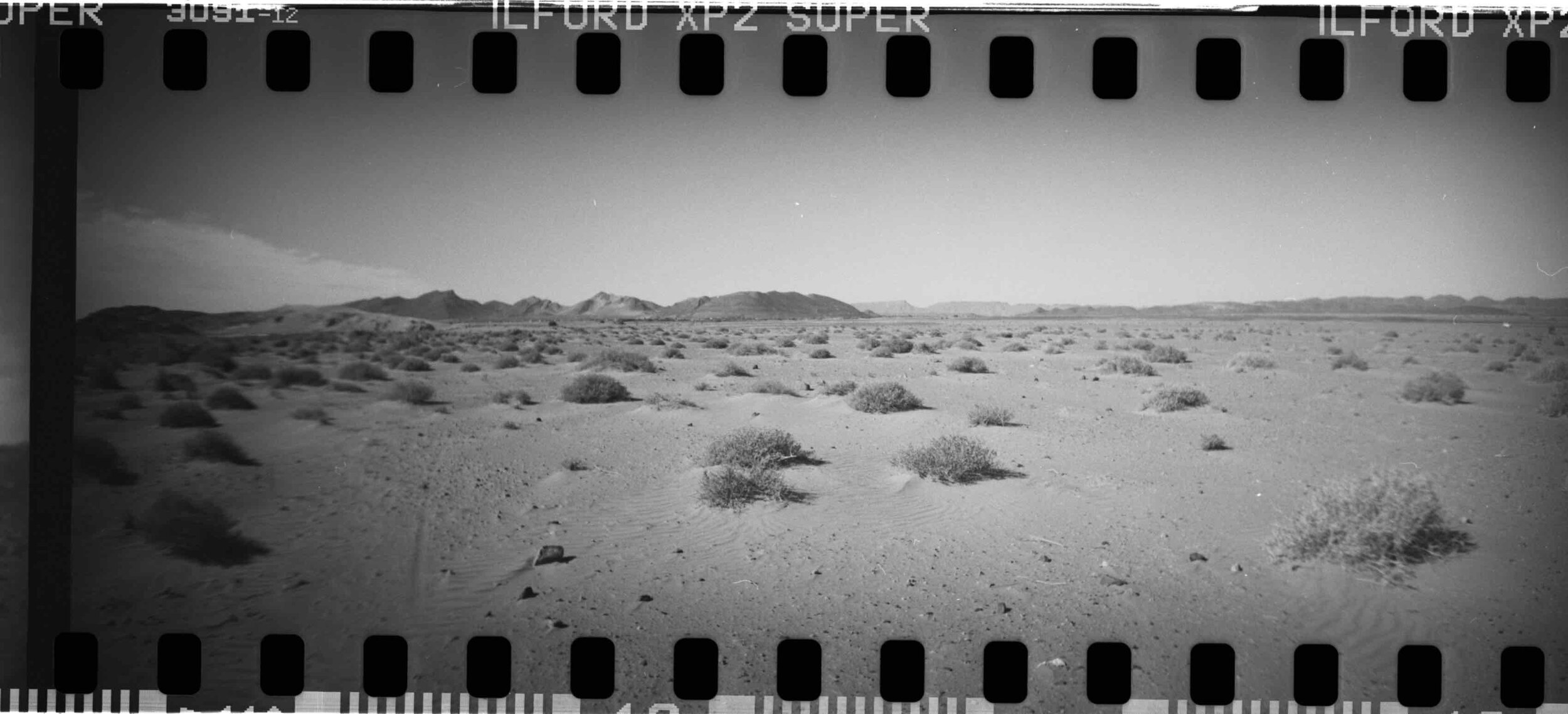
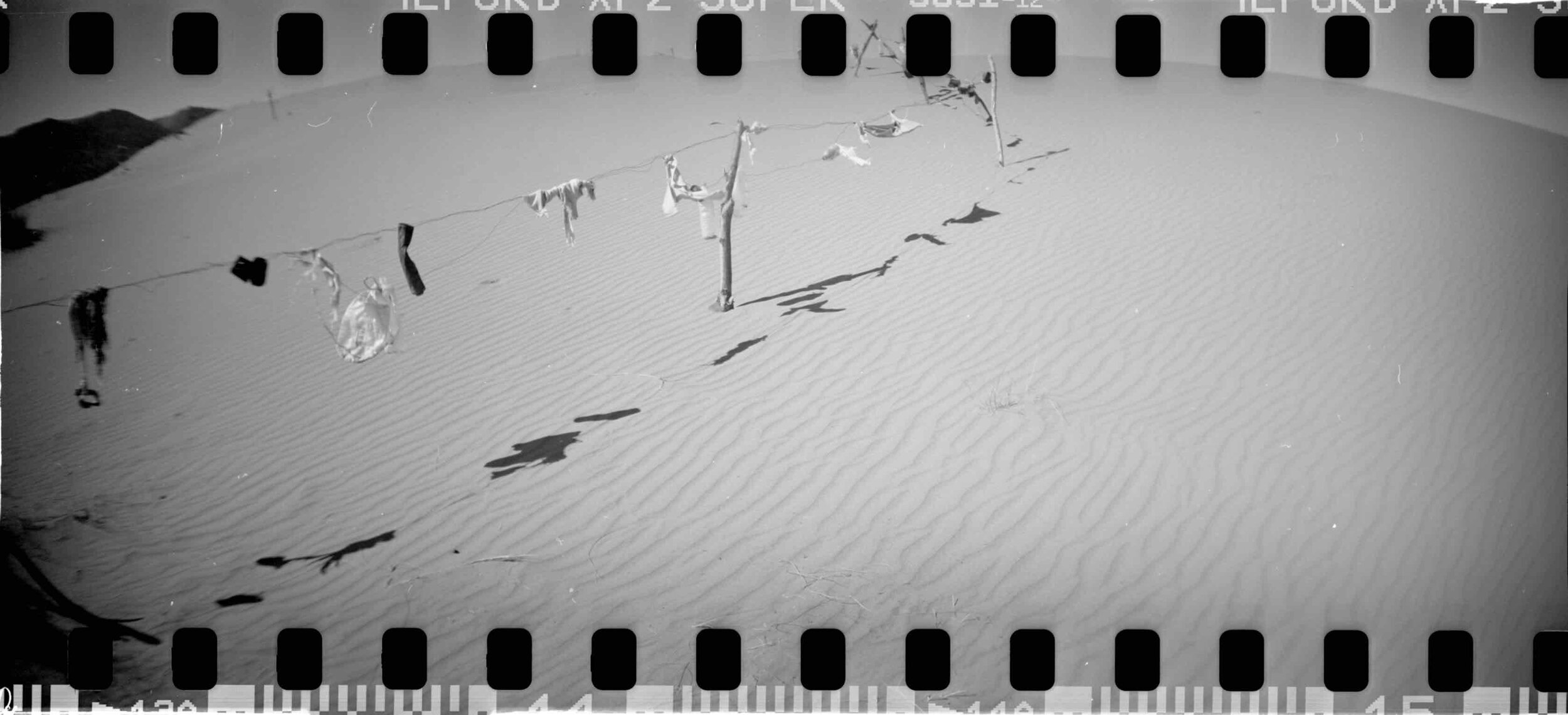
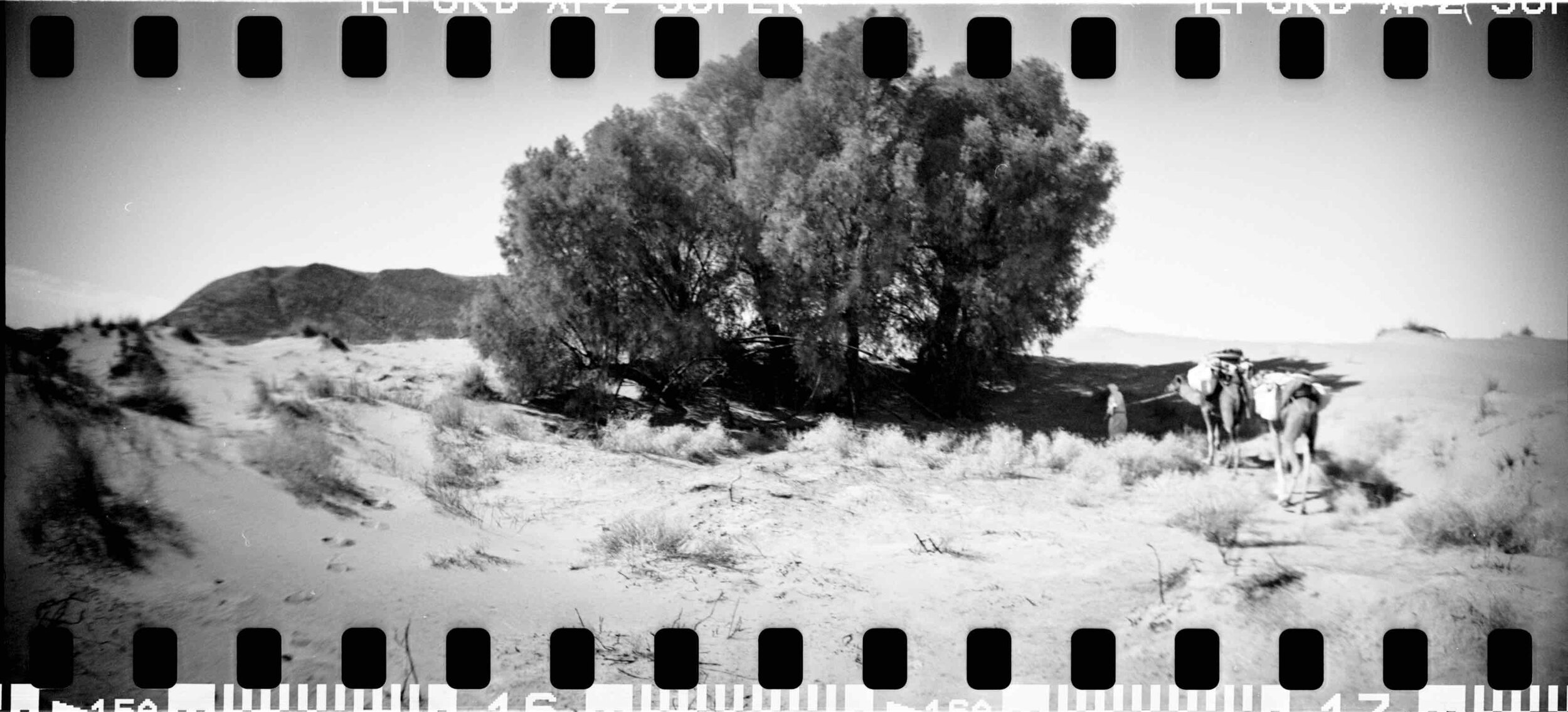

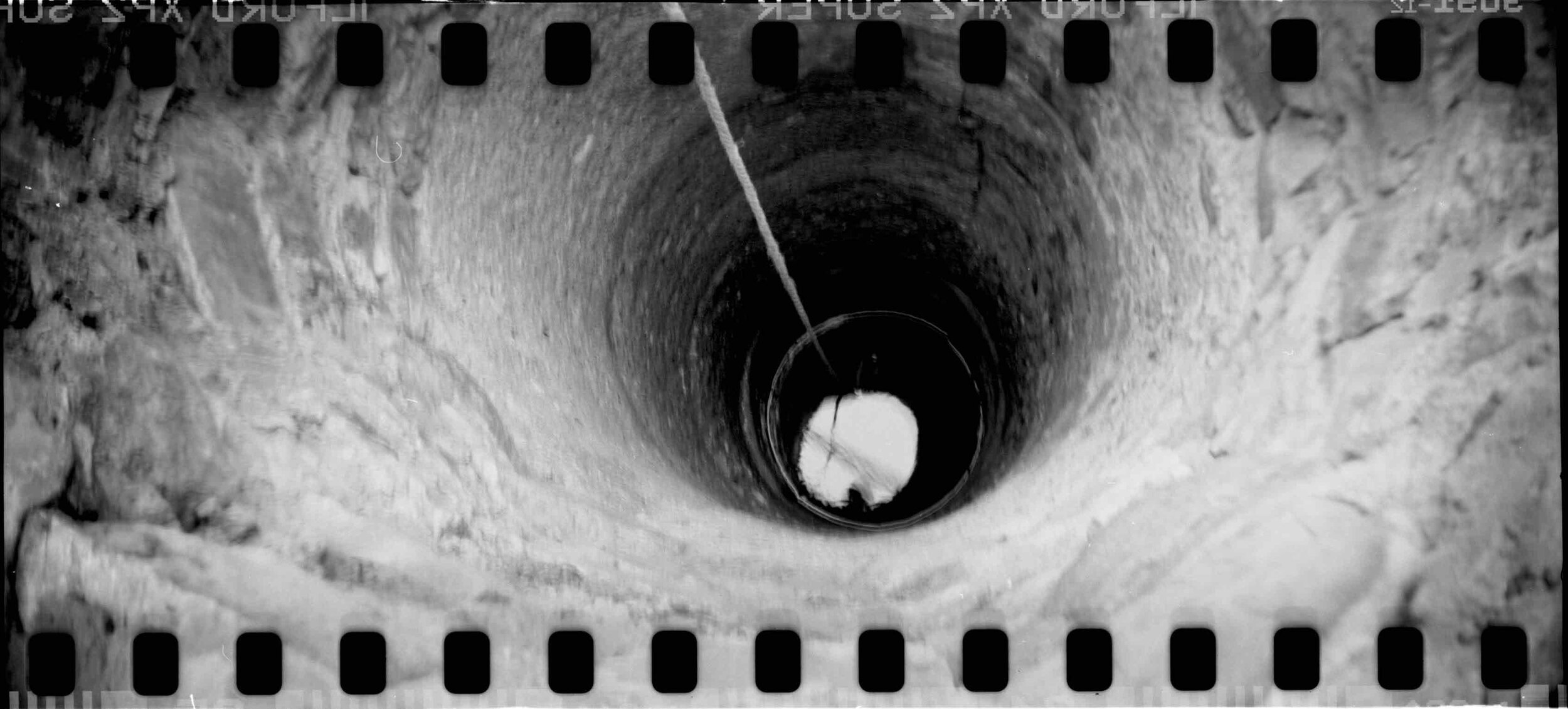
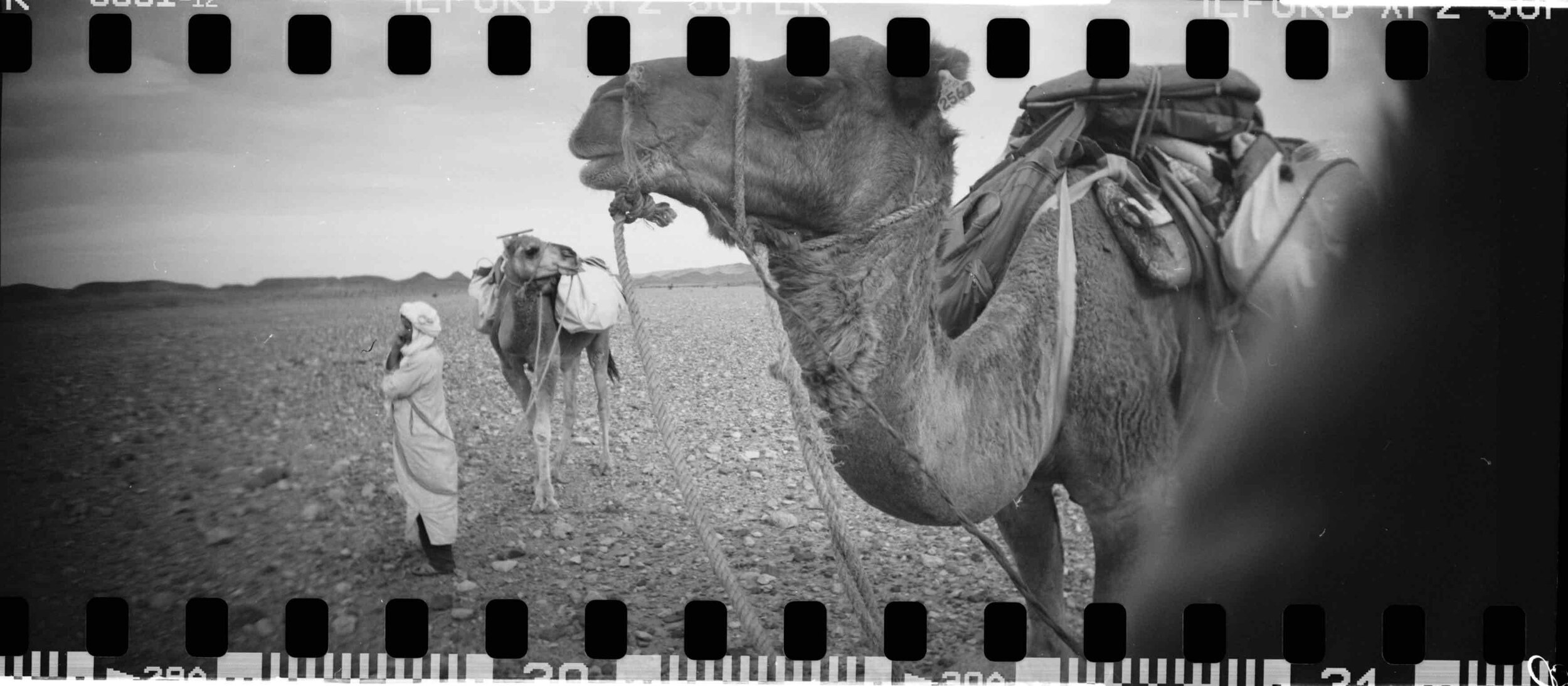
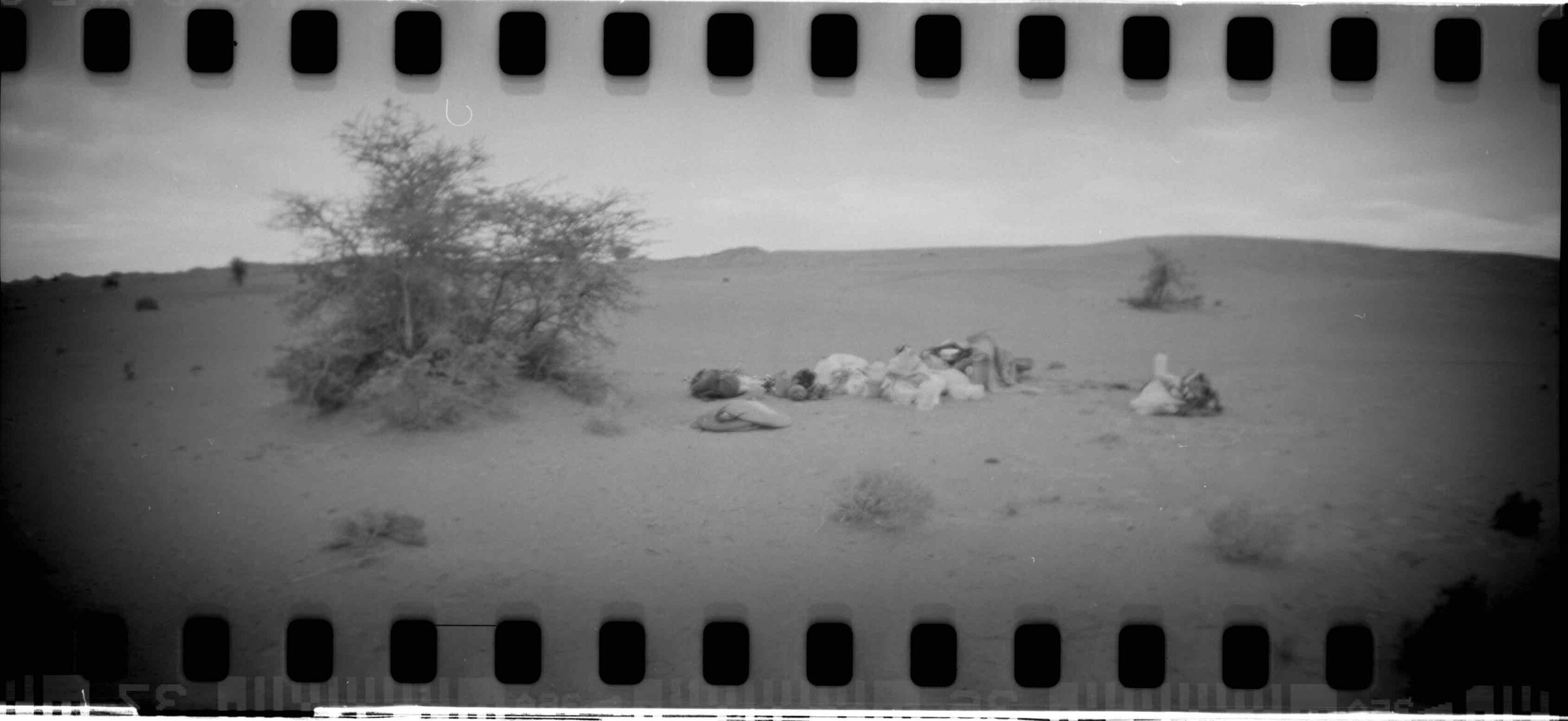
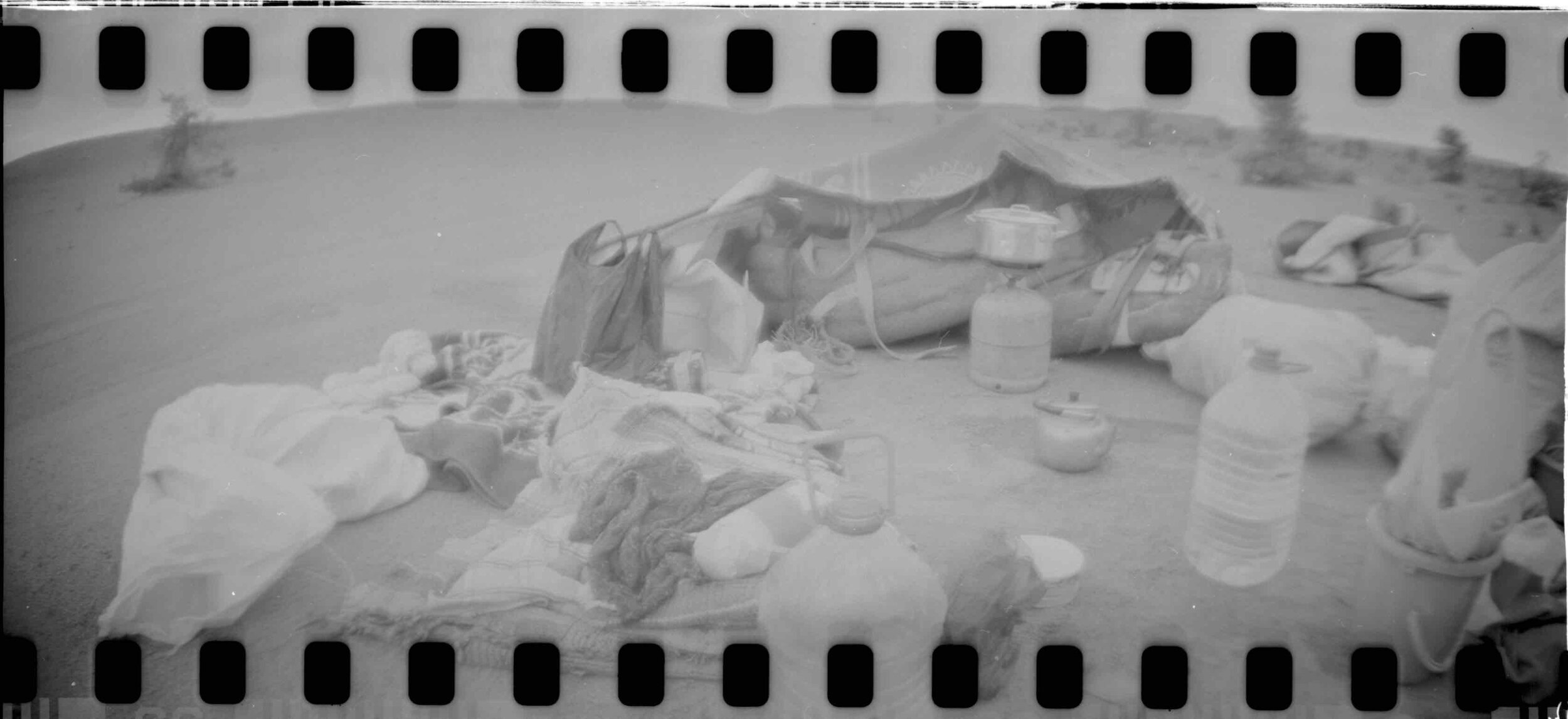
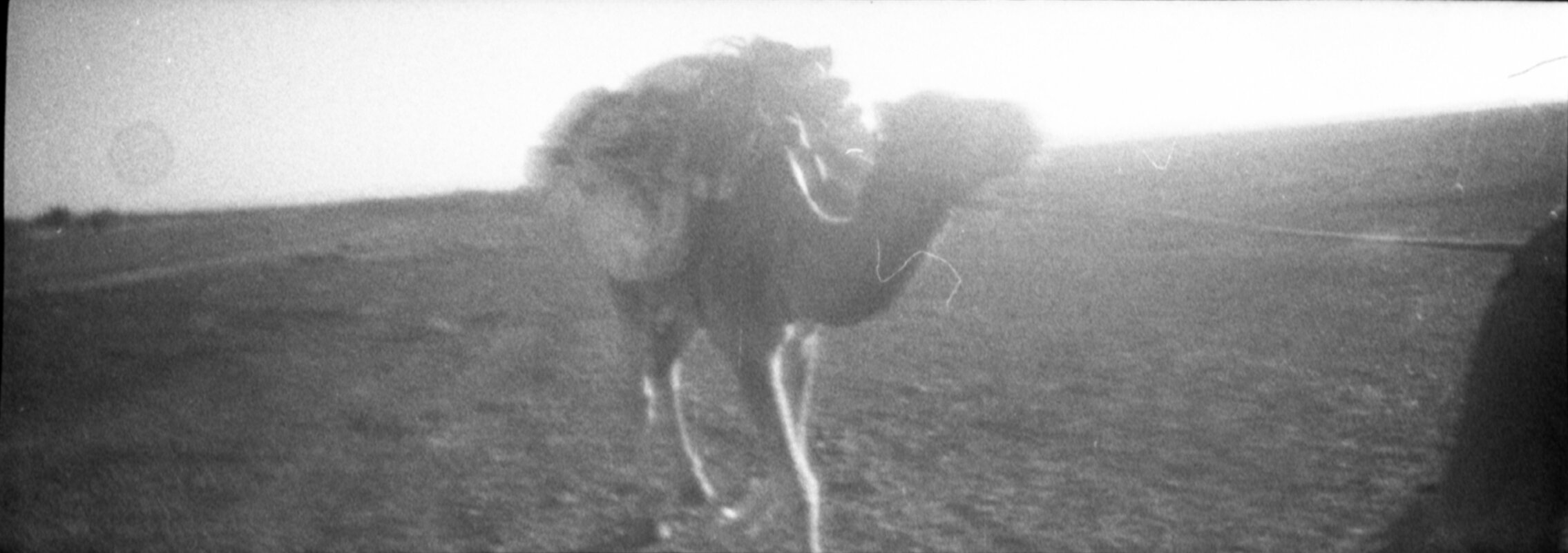
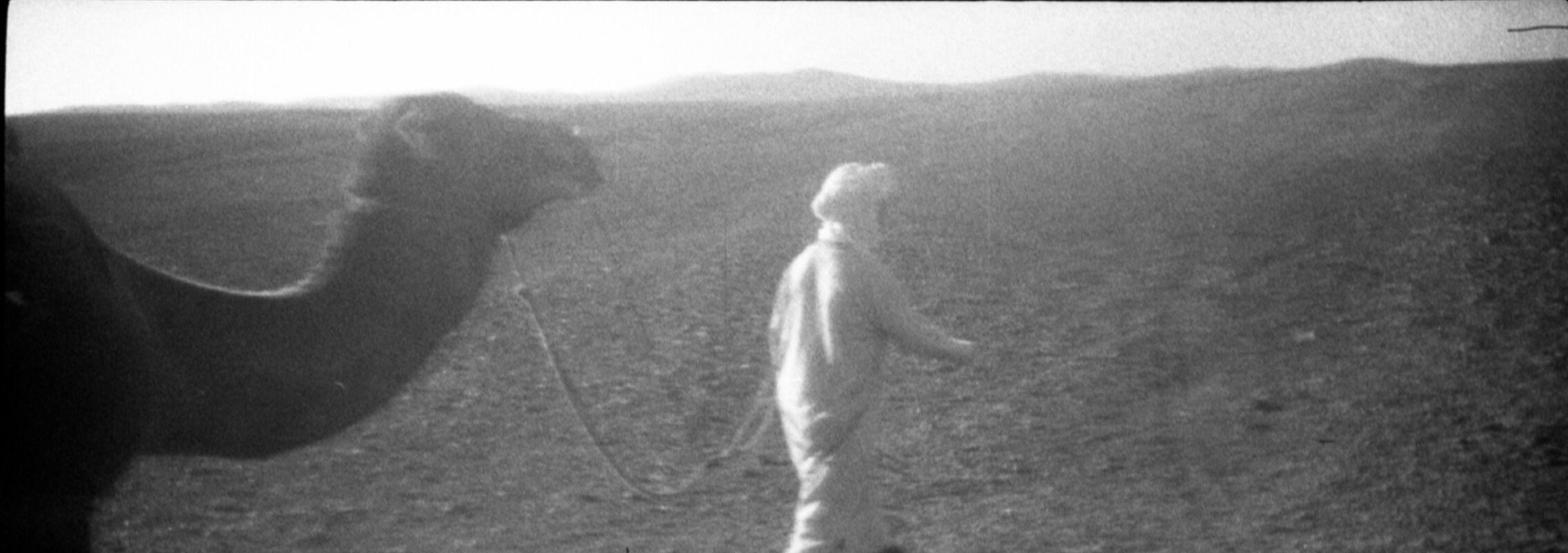
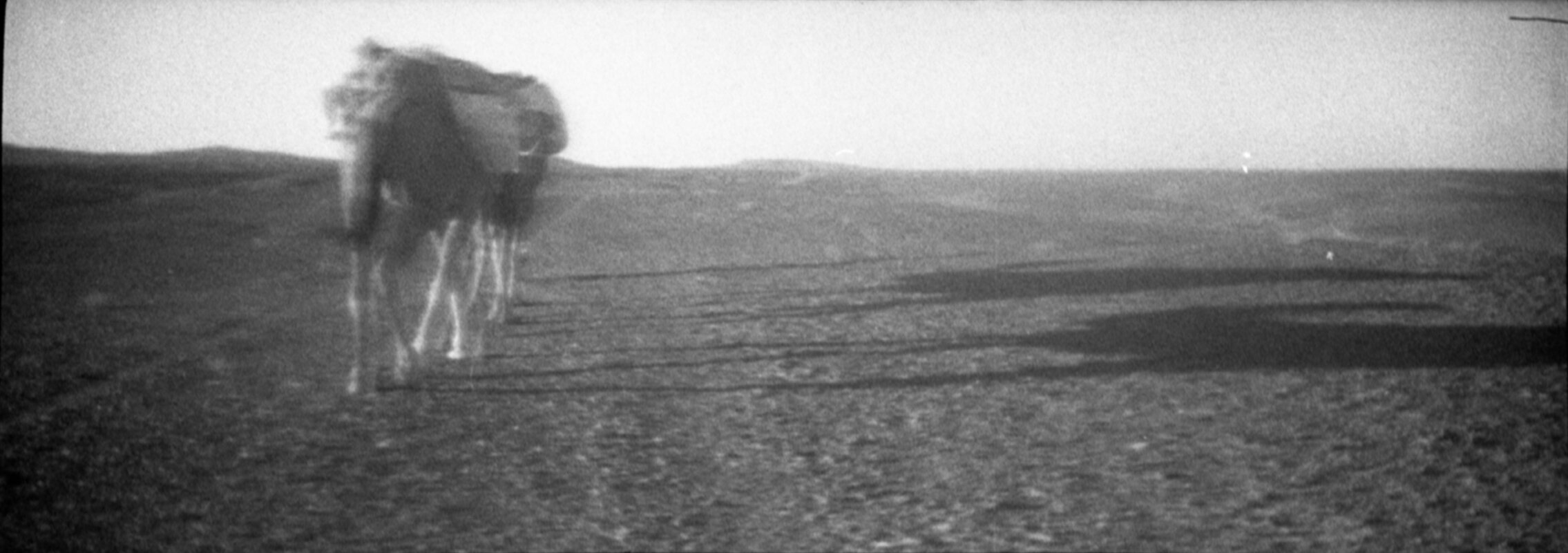
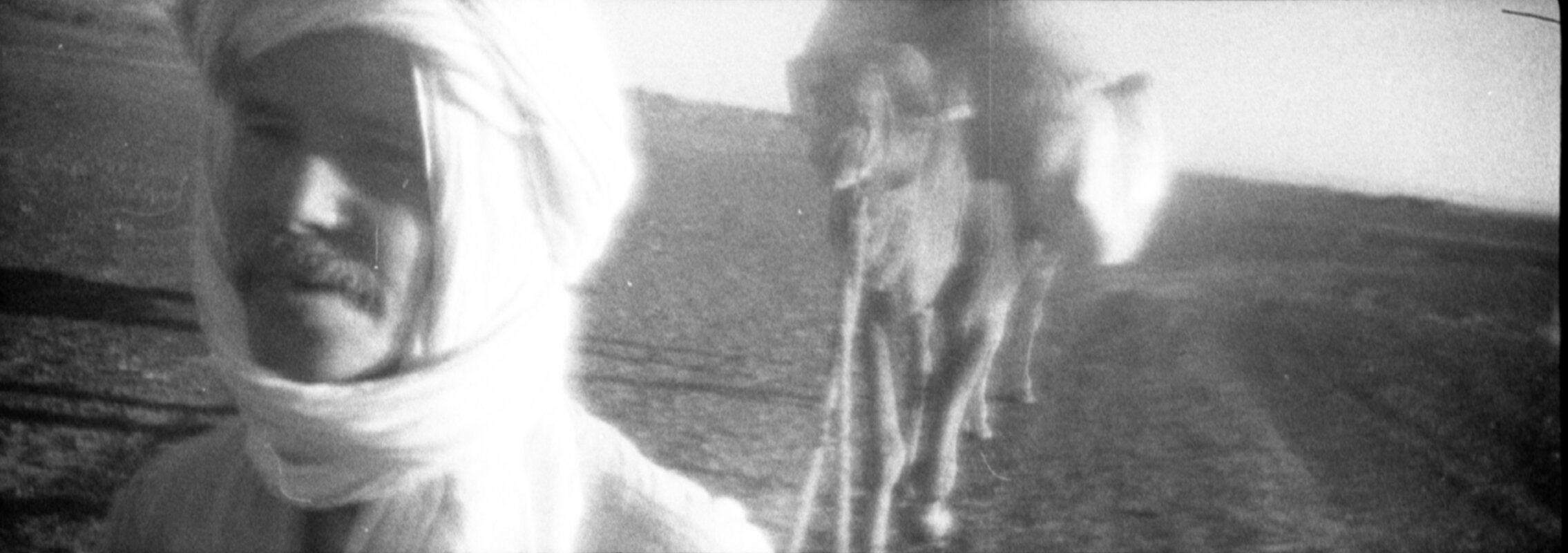
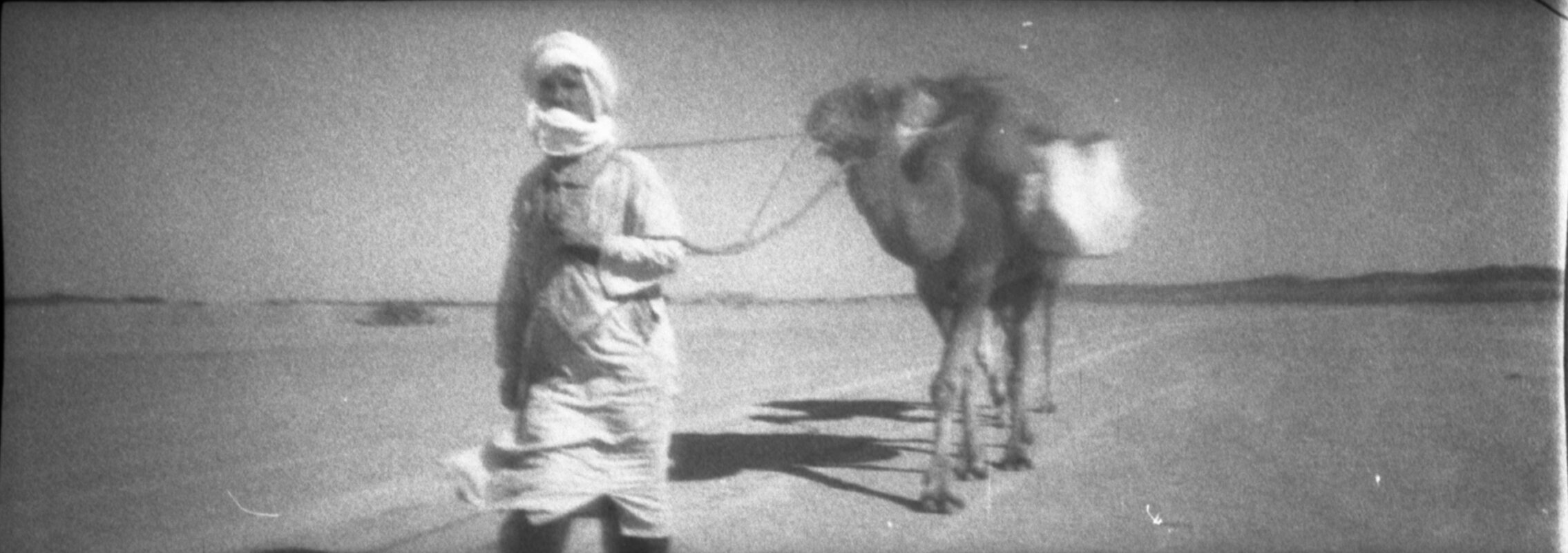
DAY 04
14.10.2016
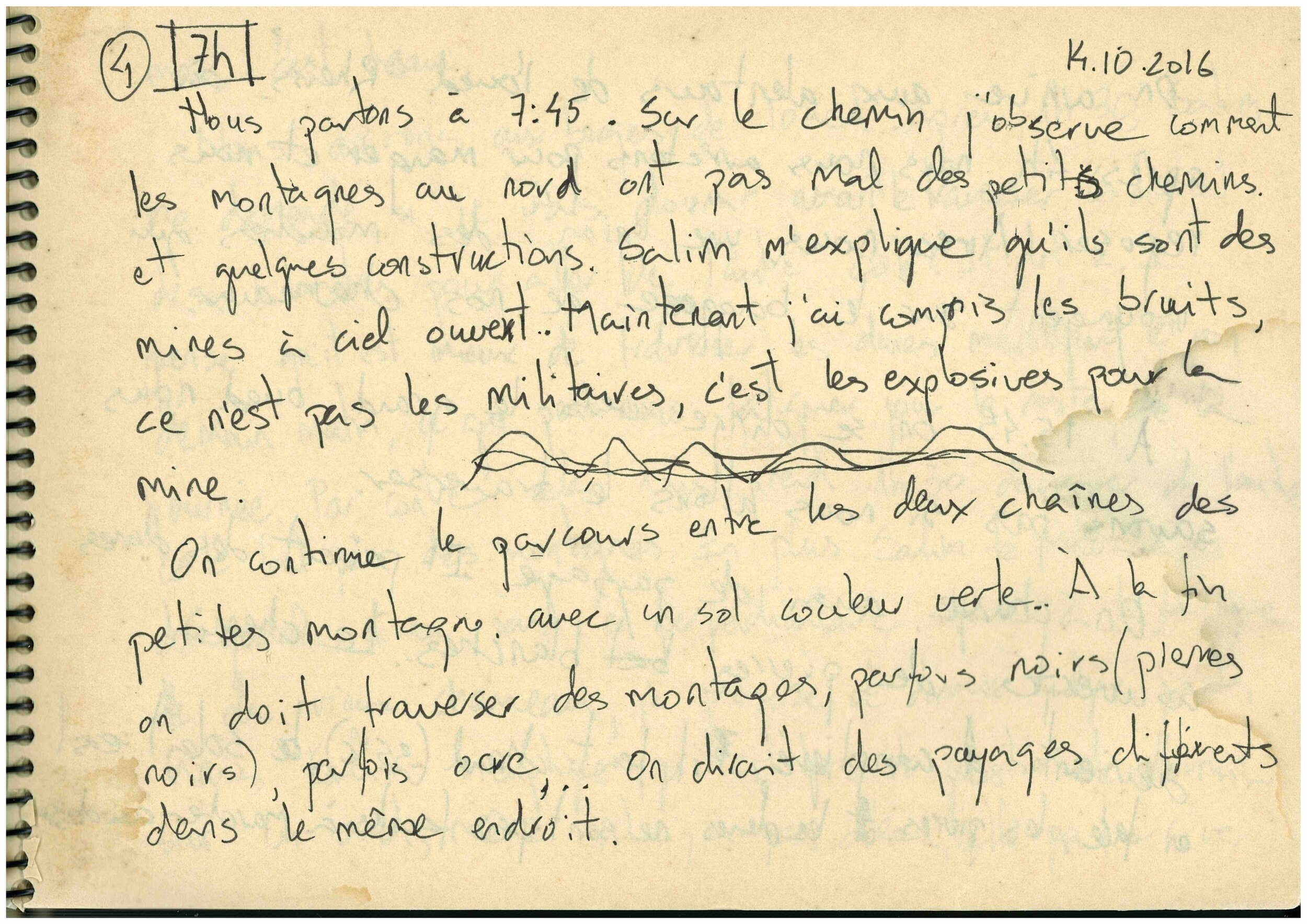
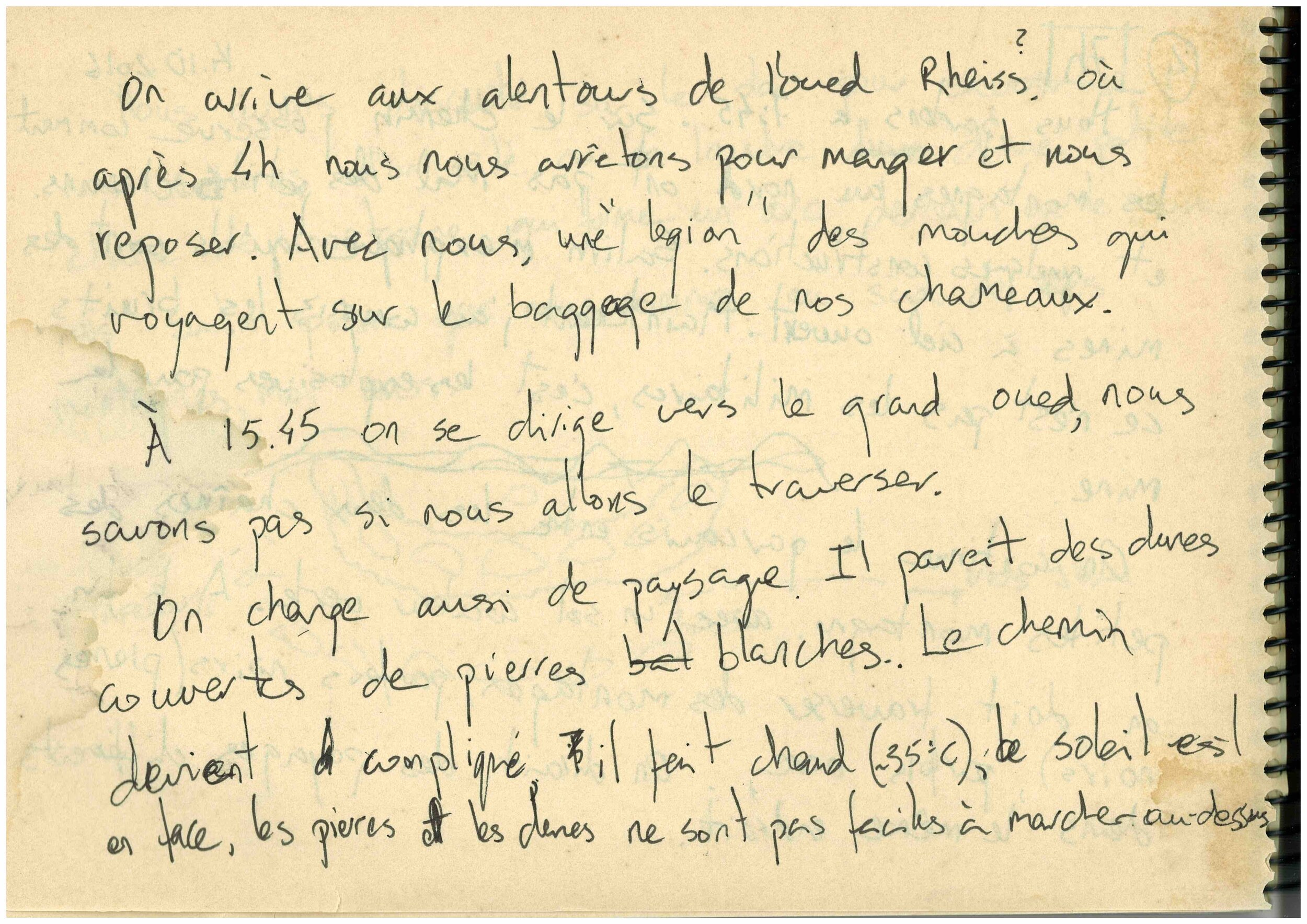
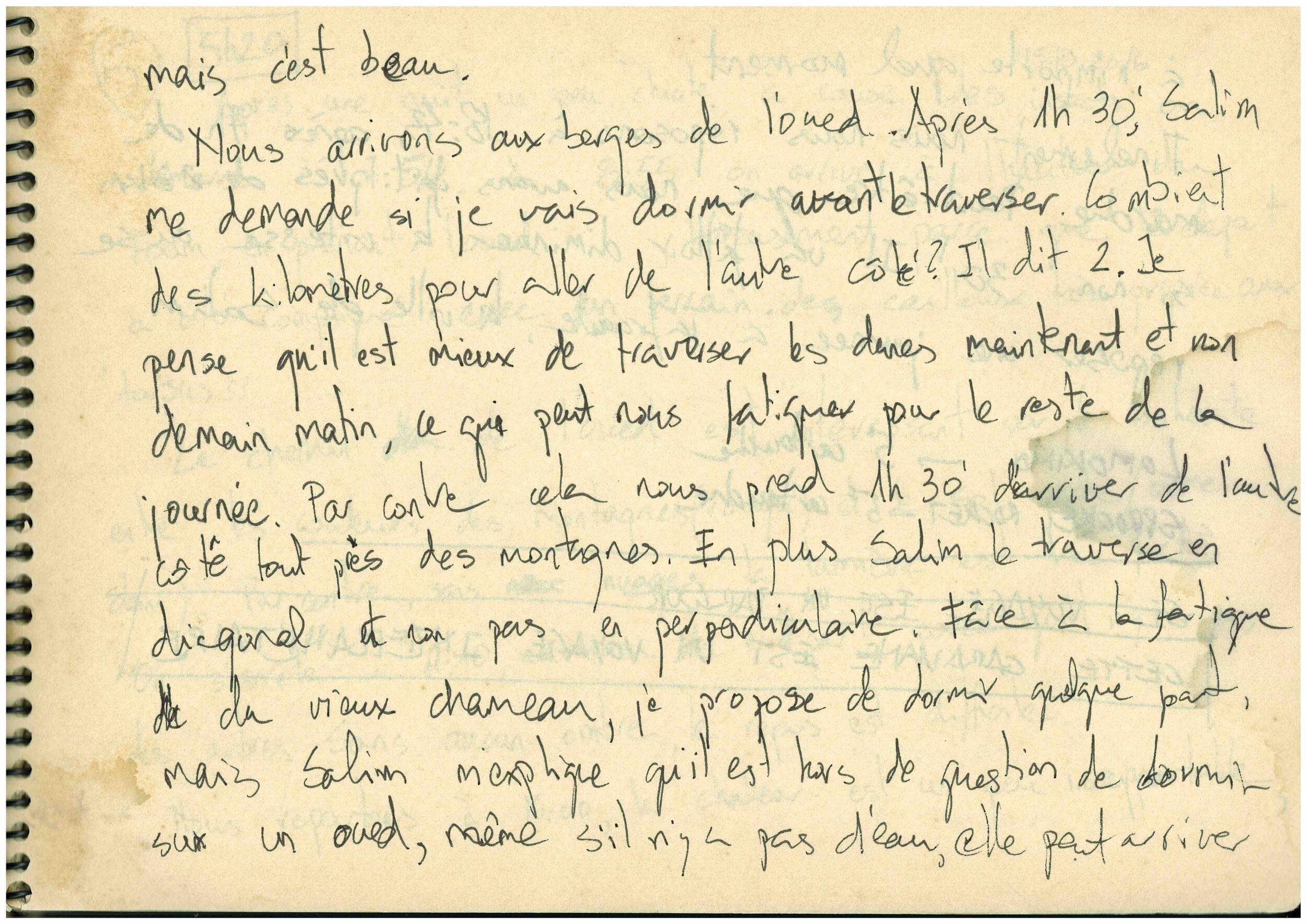
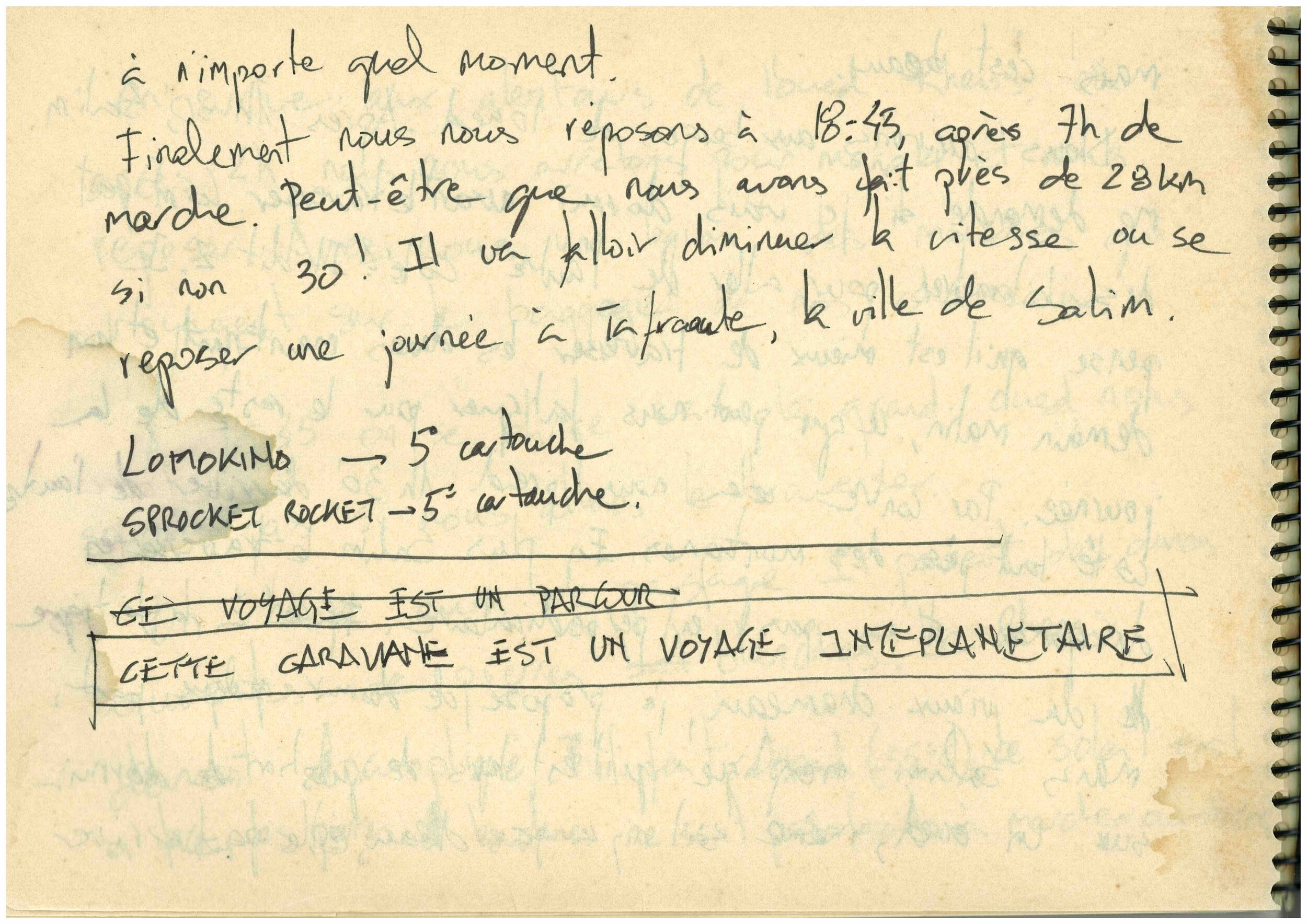
We leave at 7:45. On the way I observe how the northern mountains have a series of roads and constructions. Salim explains me that these are open pit mines. Now I have understood the sounds, there were not the military but the explosives of the mine.
We follow the route between the two mountain ranges walking on a green soil. At the end of it we are forced to cross some mountains, sometimes black, sometimes ocher... They look like different landscapes in one place.
----------
We arrive near the river Rheris, after four hours we stop to eat and rest, and with us a legion of flies that travel on the load of our camels.
At 15:45 we headed towards the big river, but we do not know if we will cross it or not.
We also change the landscape. It looks like dunes covered by white stones. The route becomes complicated, it is hot (35ºC), the sun is in front, the terrain based on rocks and dunes is tiresome,
----------
but it's beautiful.
We arrived at the edge of a river bed. After 1h30, Salim asks me if I want to sleep before or after crossing the river. How many kilometres are there to the other side? He says two. I think it is better to cross the dunes now and not tomorrow, because it can make us tired for the rest of the day. However, instead of 30 minutes, it takes us more than 1h30 to get to the other side, near the mountains. As if that was not enough, Salim crosses the river diagonally and not perpendicular. Because of the fatigue of the oldest camel (and ours), I propose to sleep right there, in the middle of the river, but Salim explains me that he does not even consider sleeping there, even though there is no water, it can appear
----------
at anytime.
Finally we rest at about 18:45, after seven hours of walking. Maybe we did 28km, if not 30 km! We will have to slow down or to rest a day in Tafraoute, Salim’s village.
this caravan looks like an interplanetary trip
Lomokino- 5 films
Sprocket Rocket - 5 films
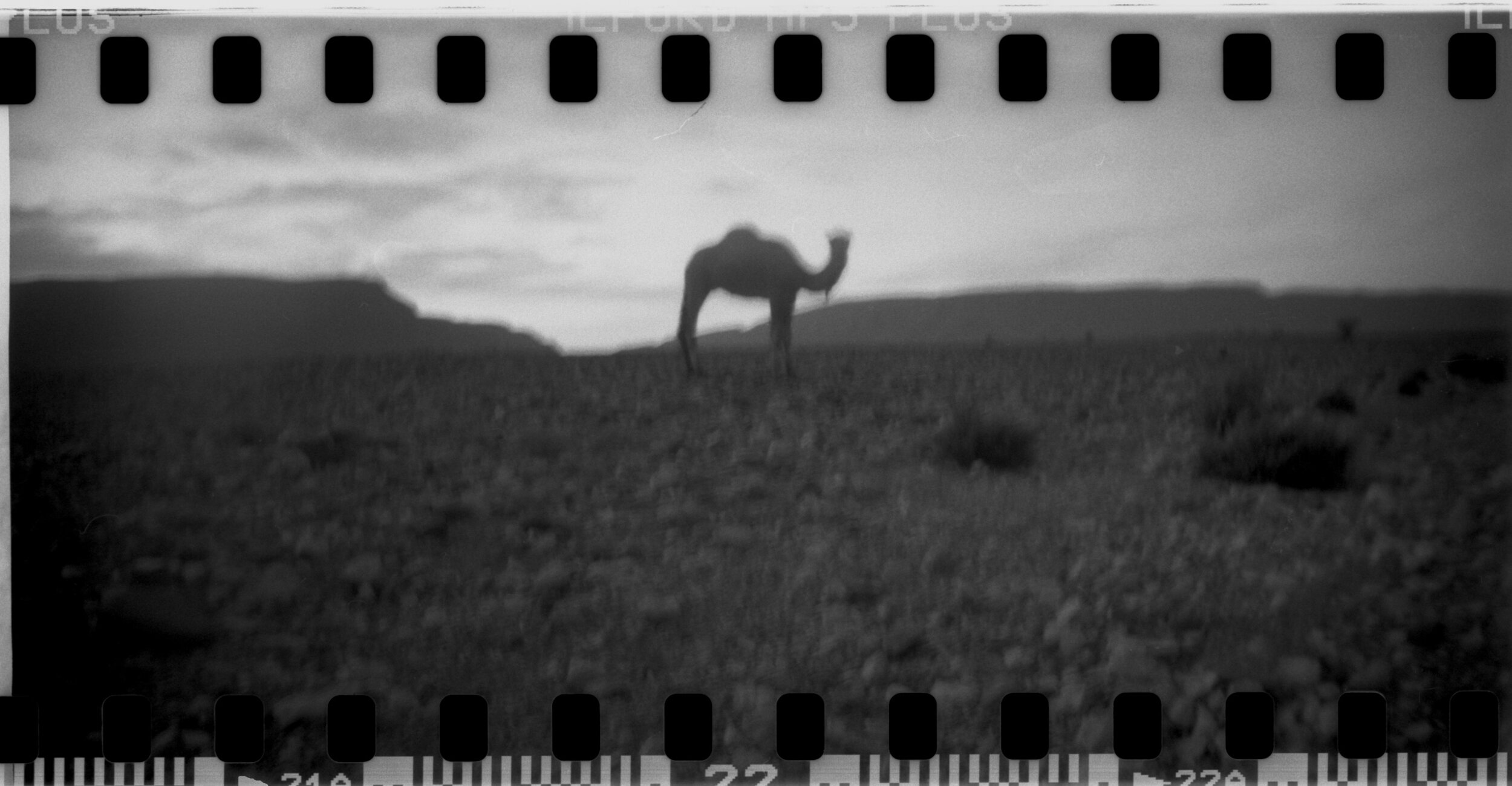

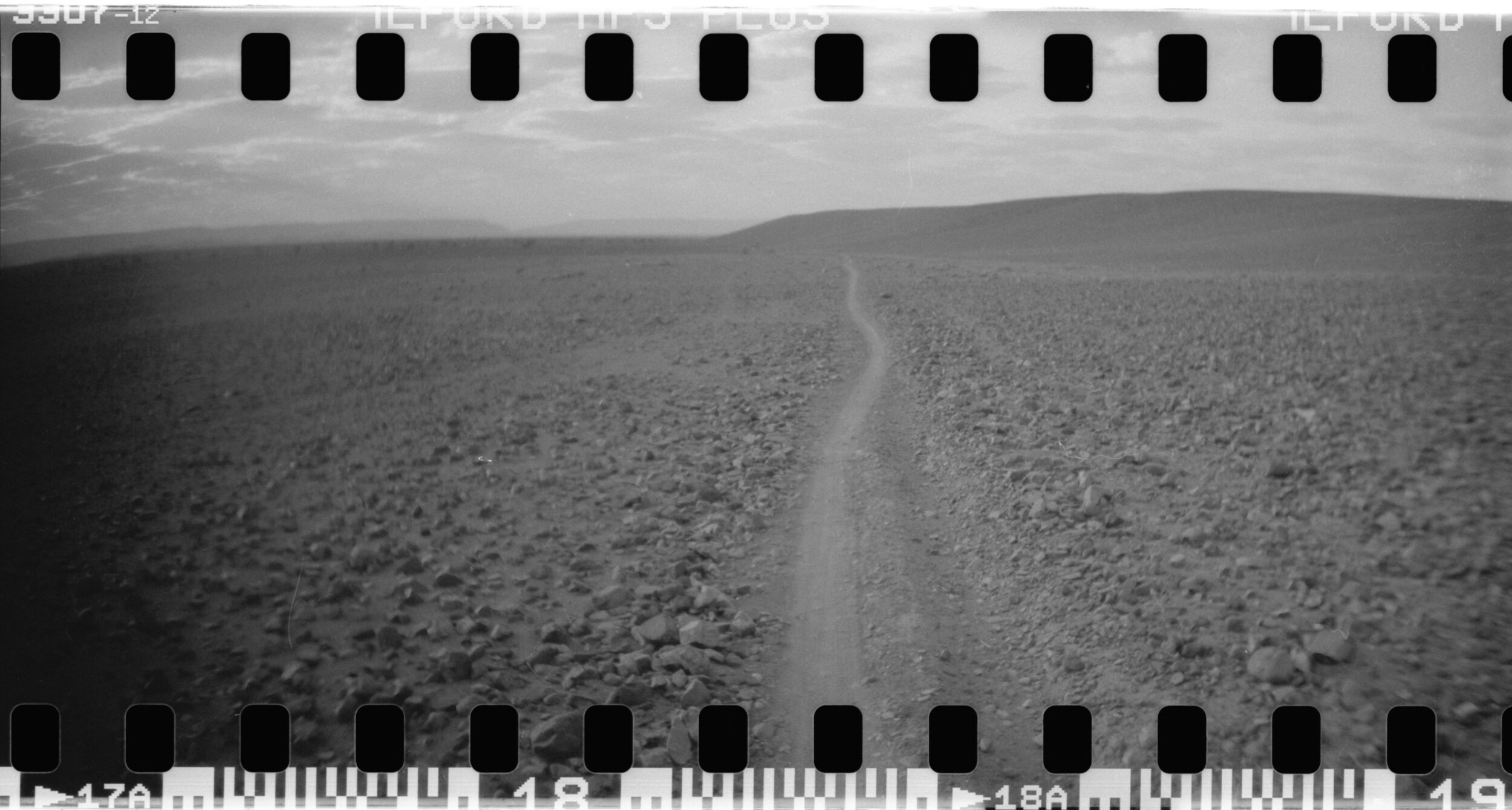
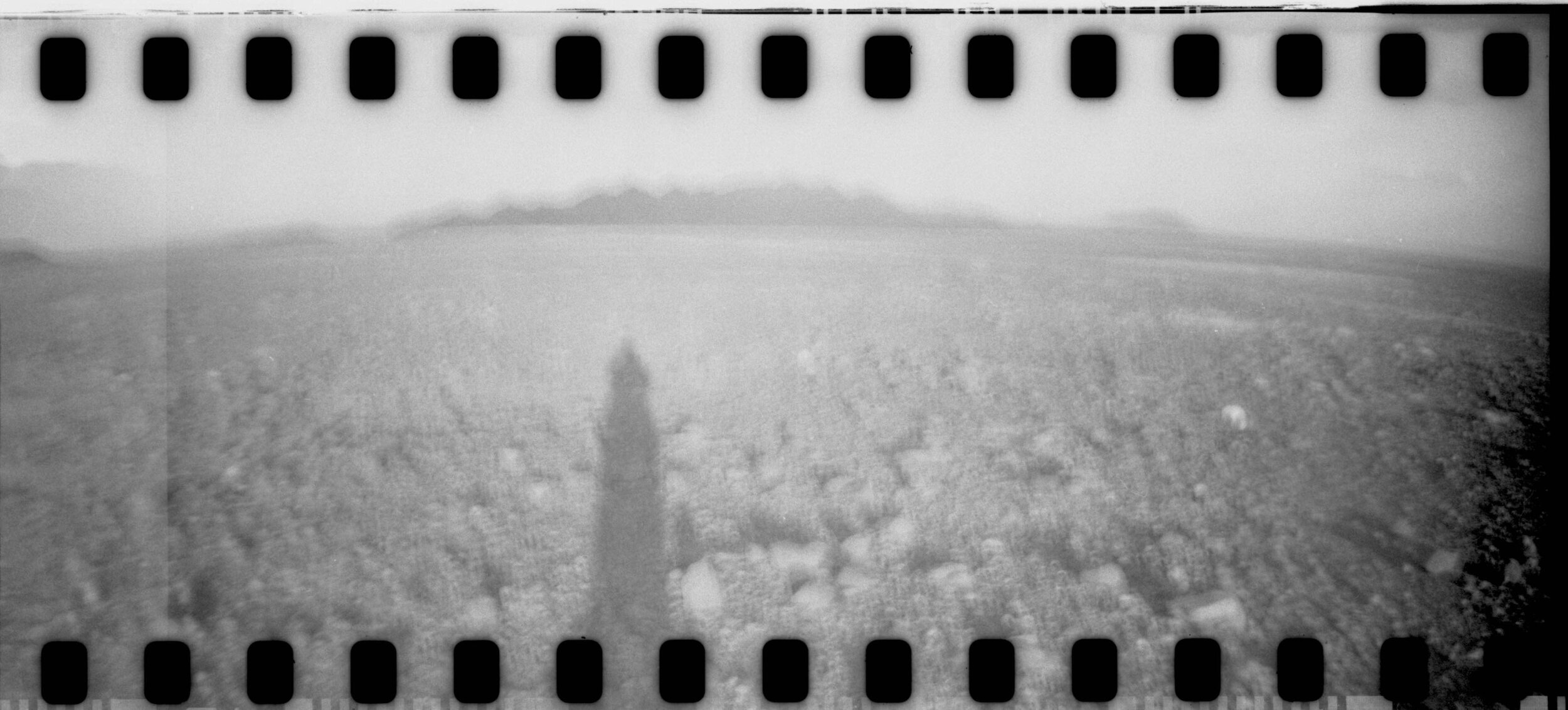
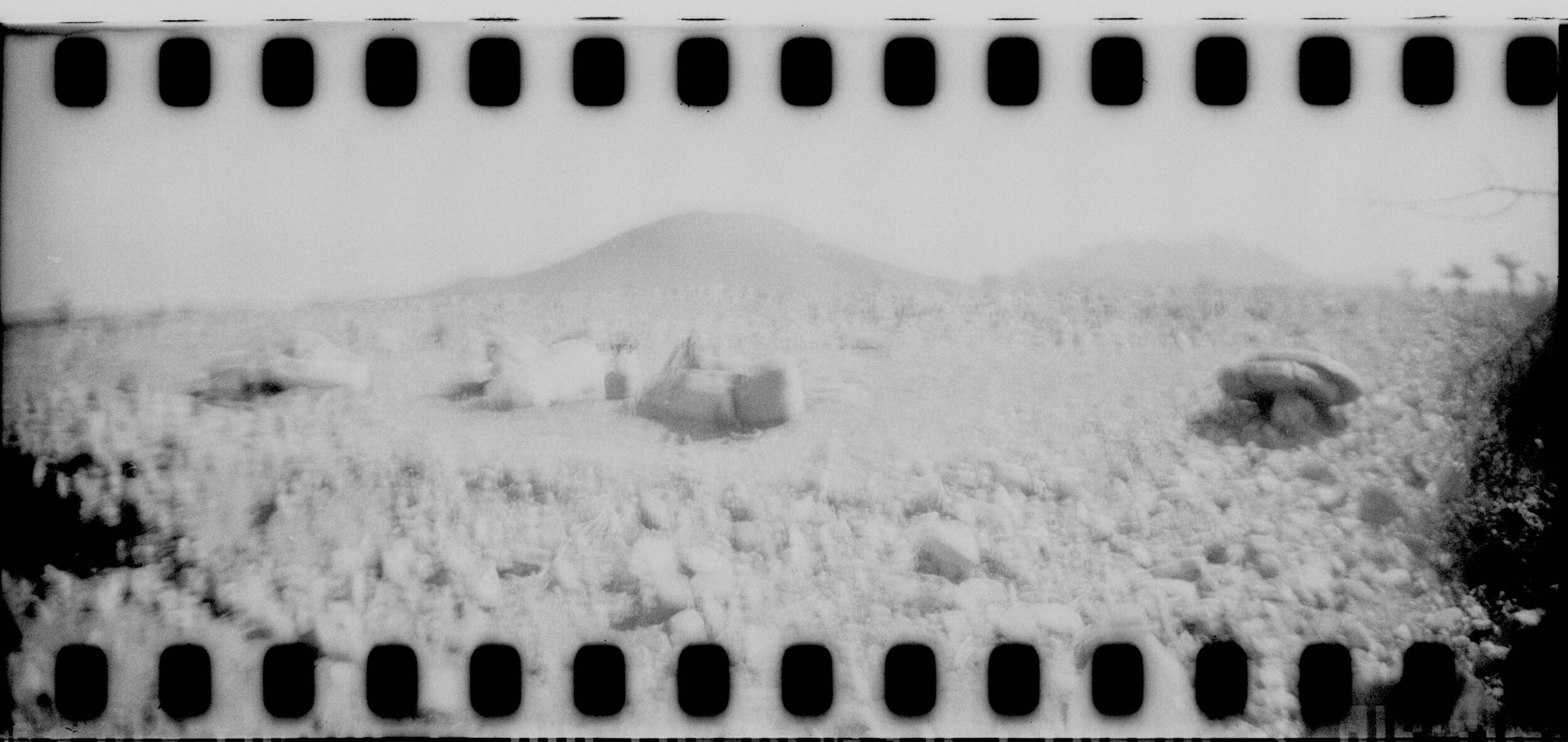

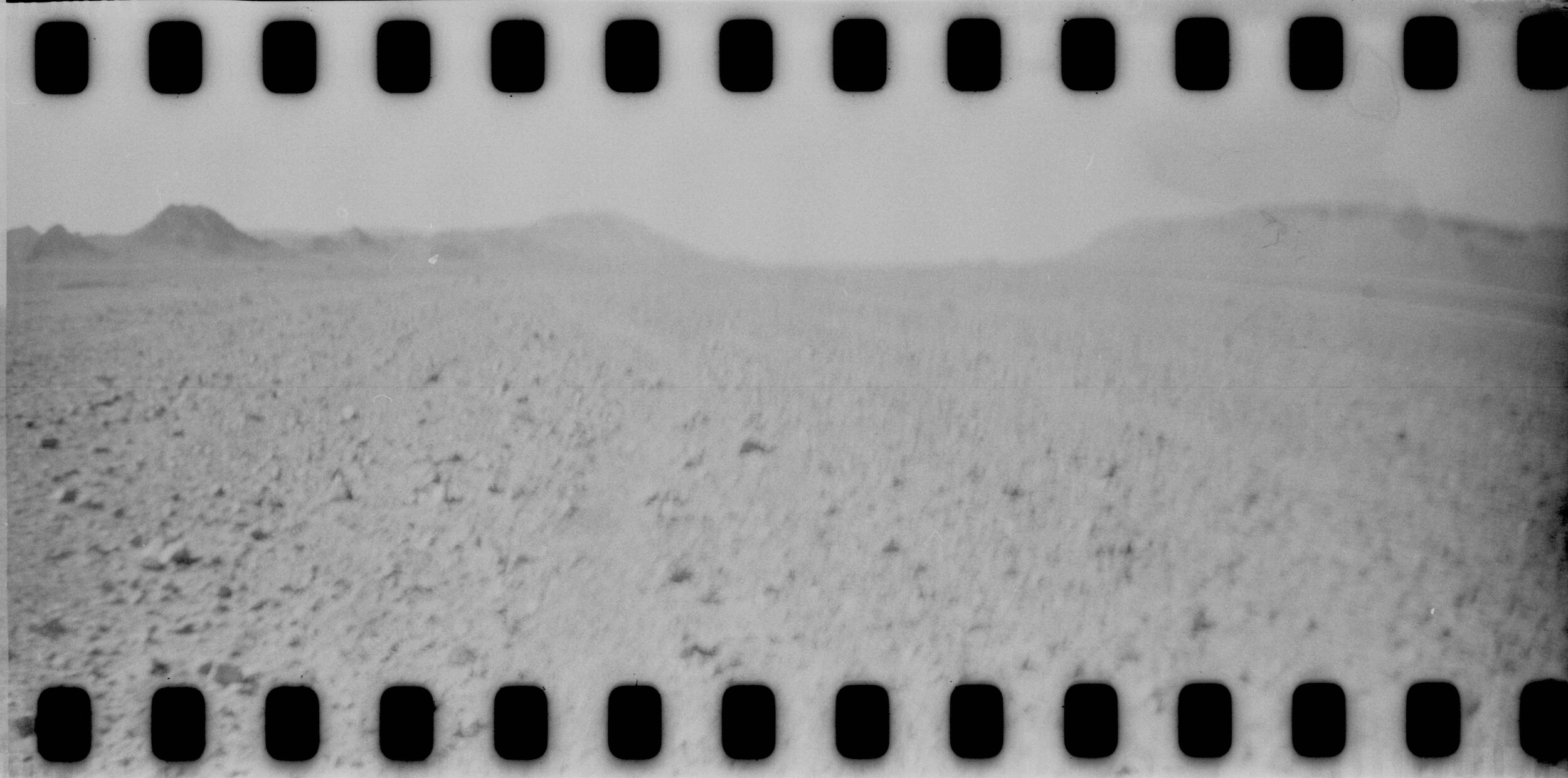
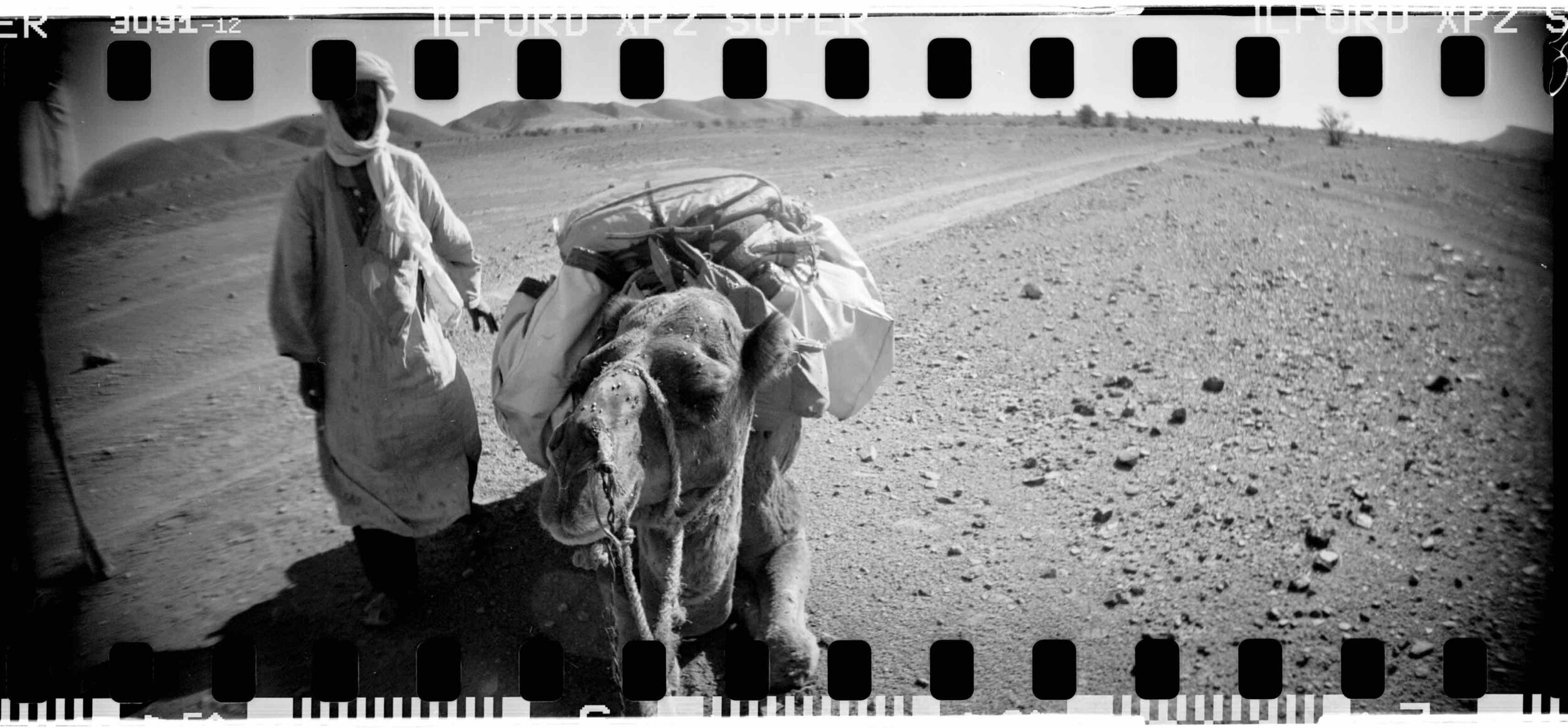
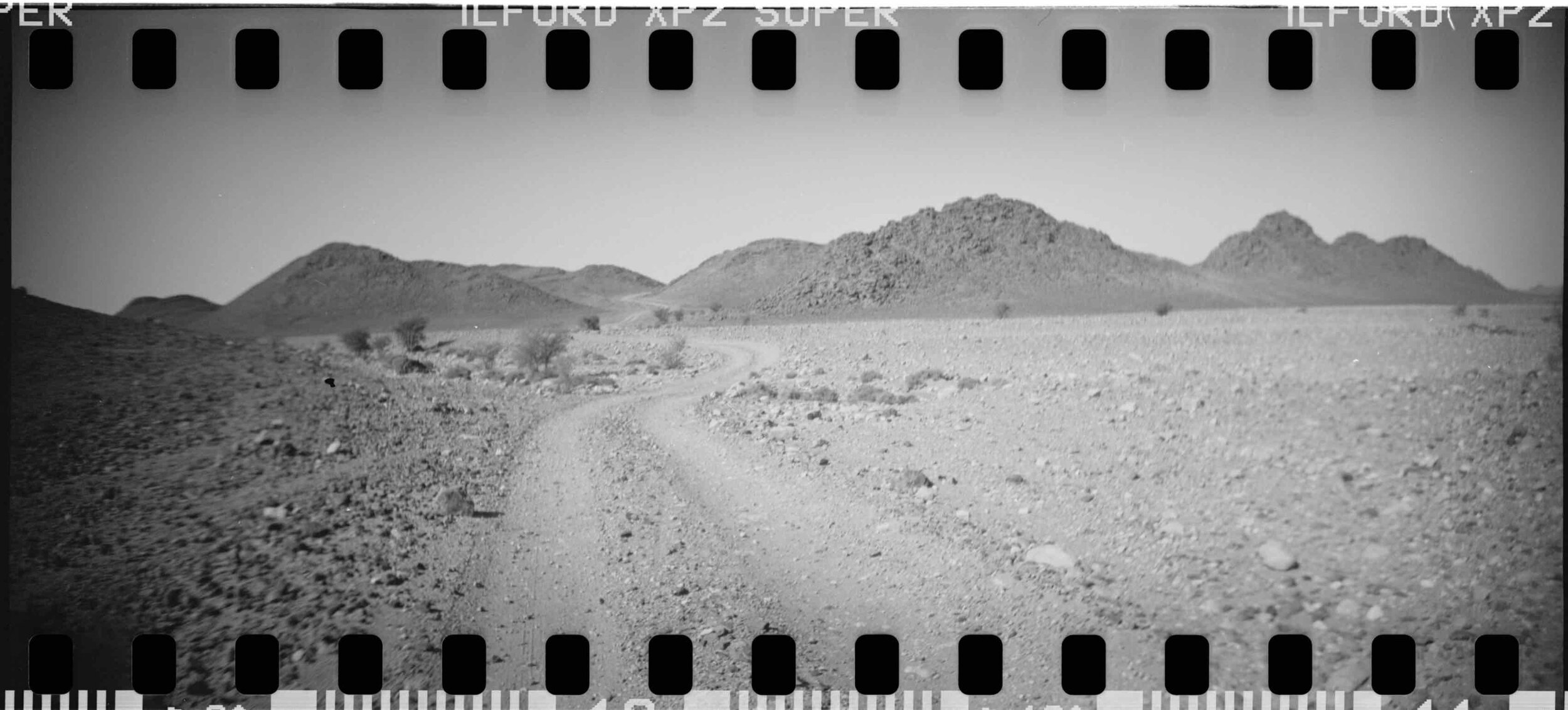
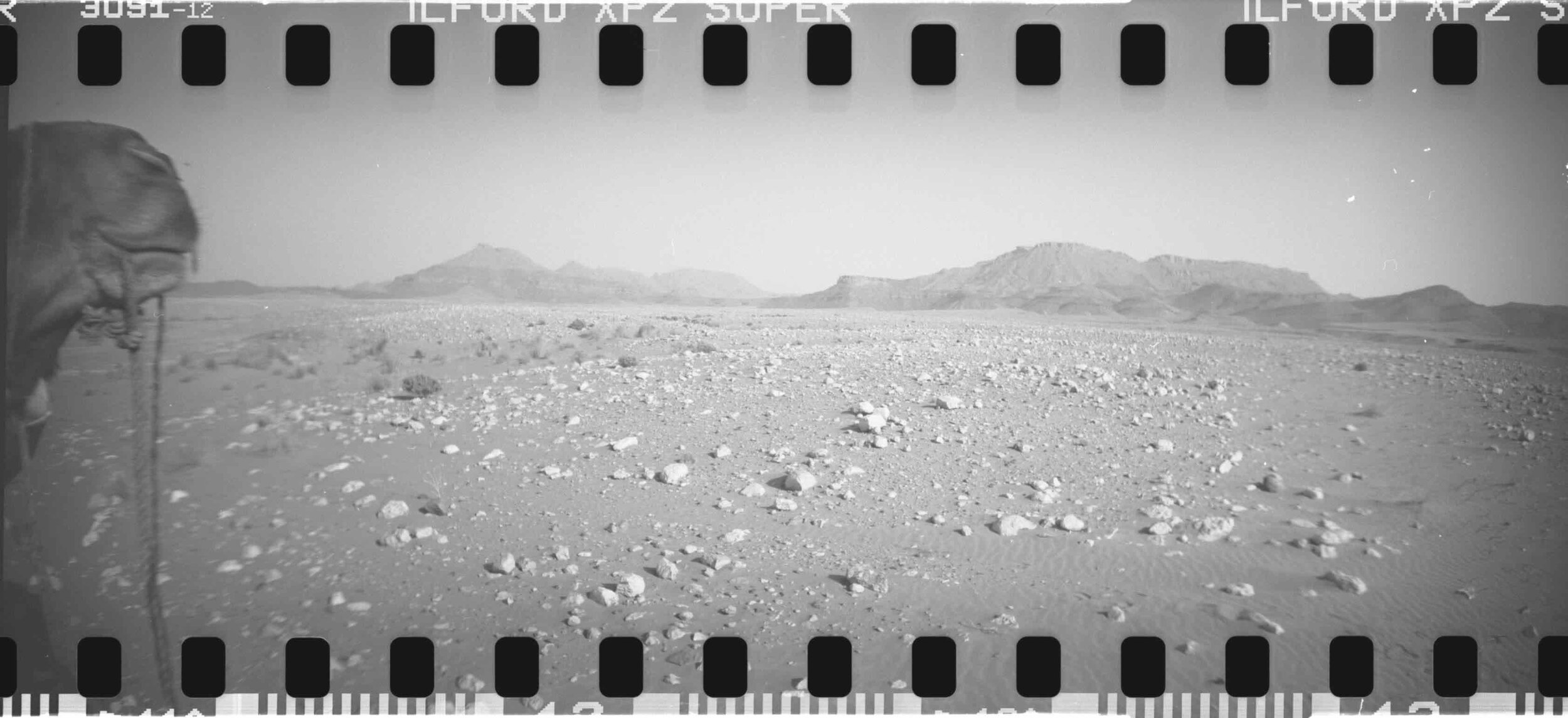

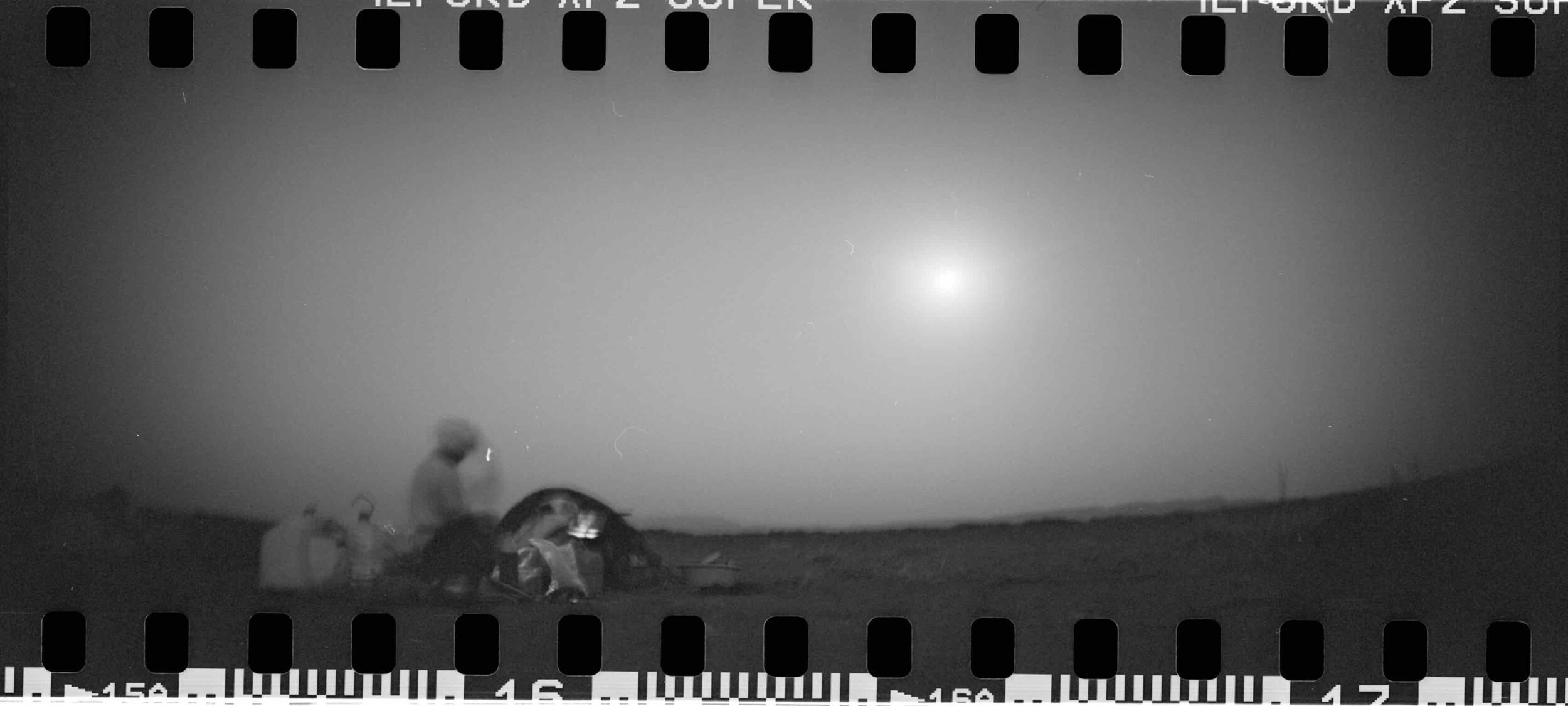
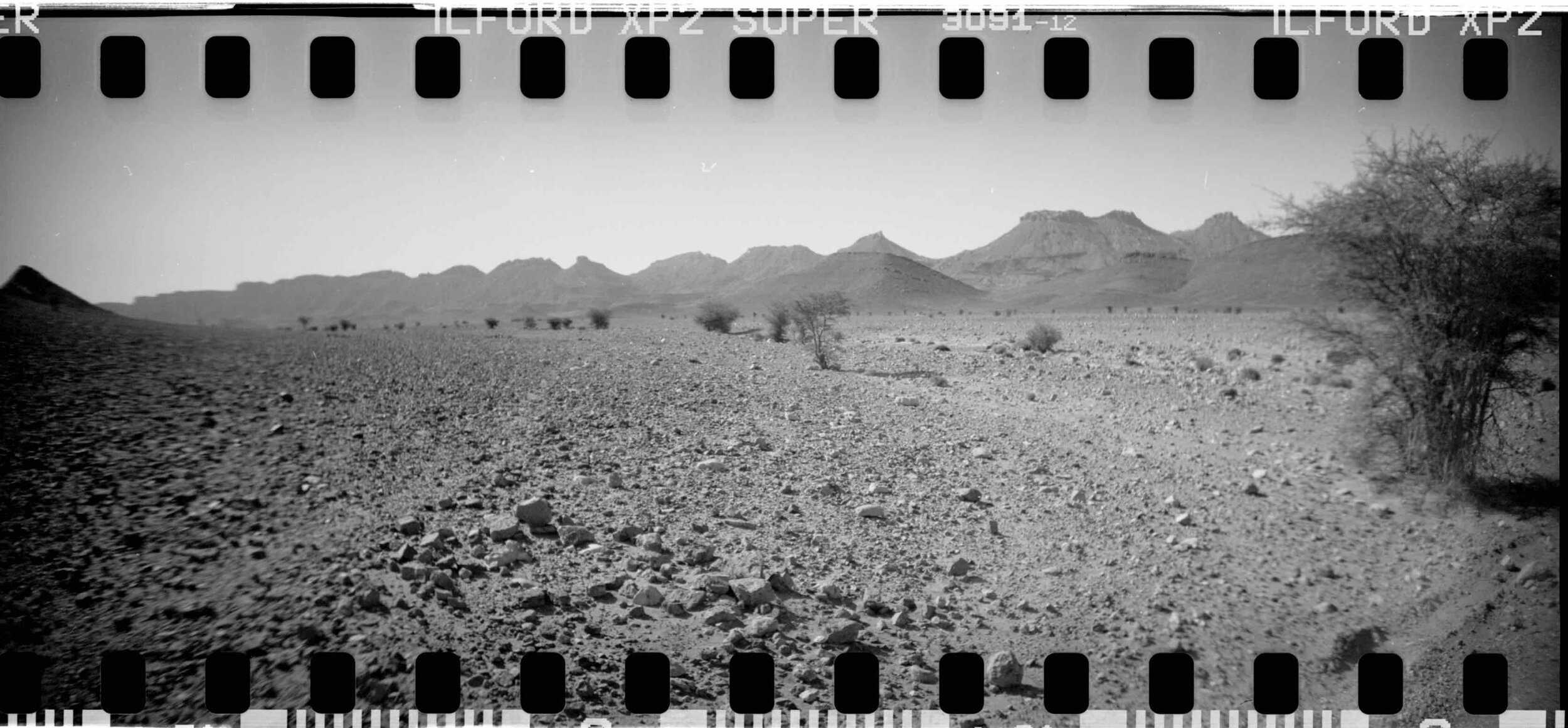
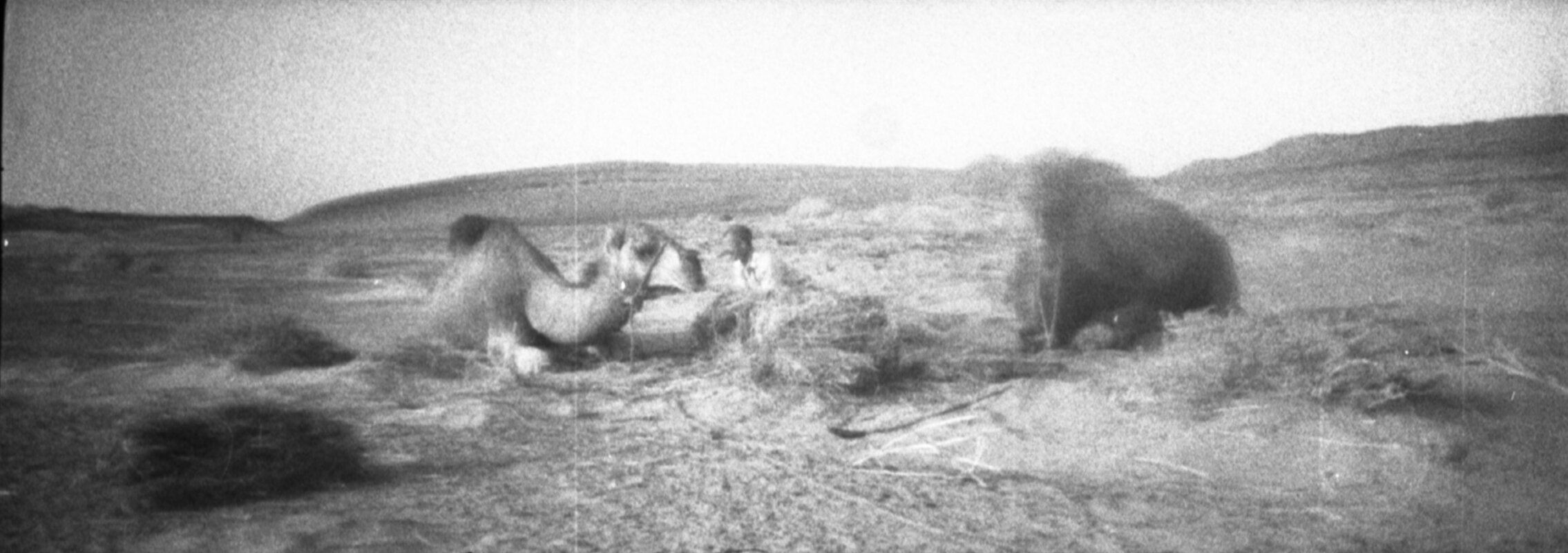
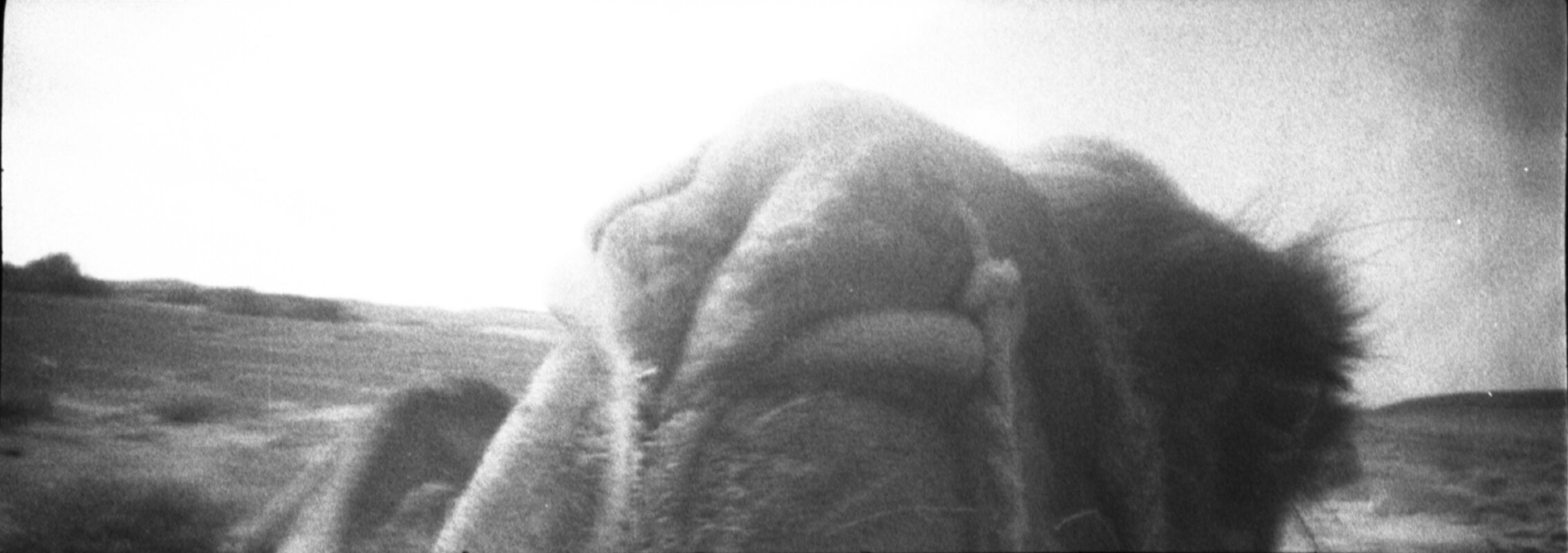
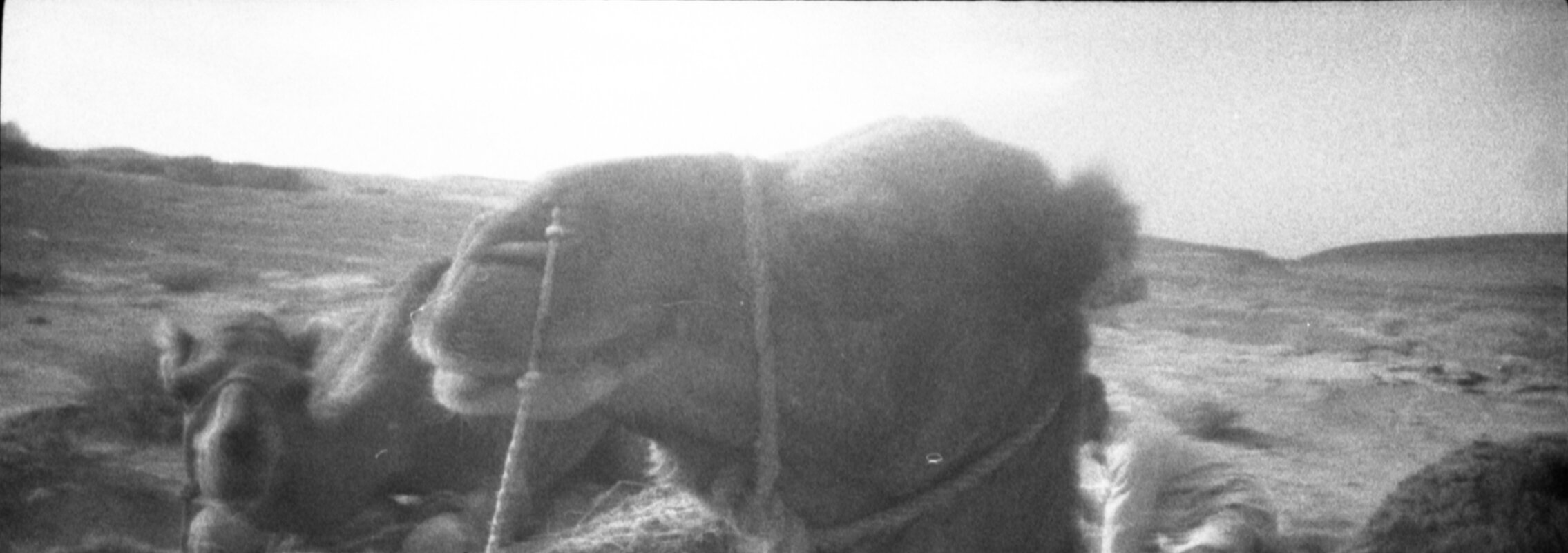
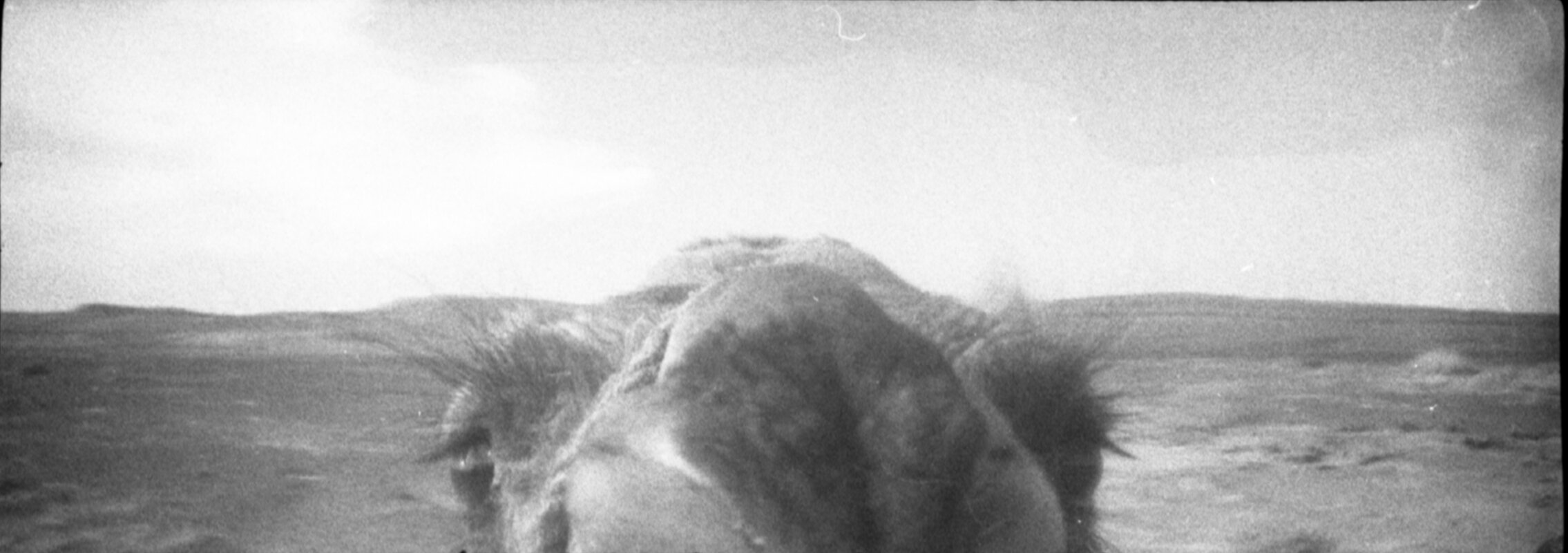


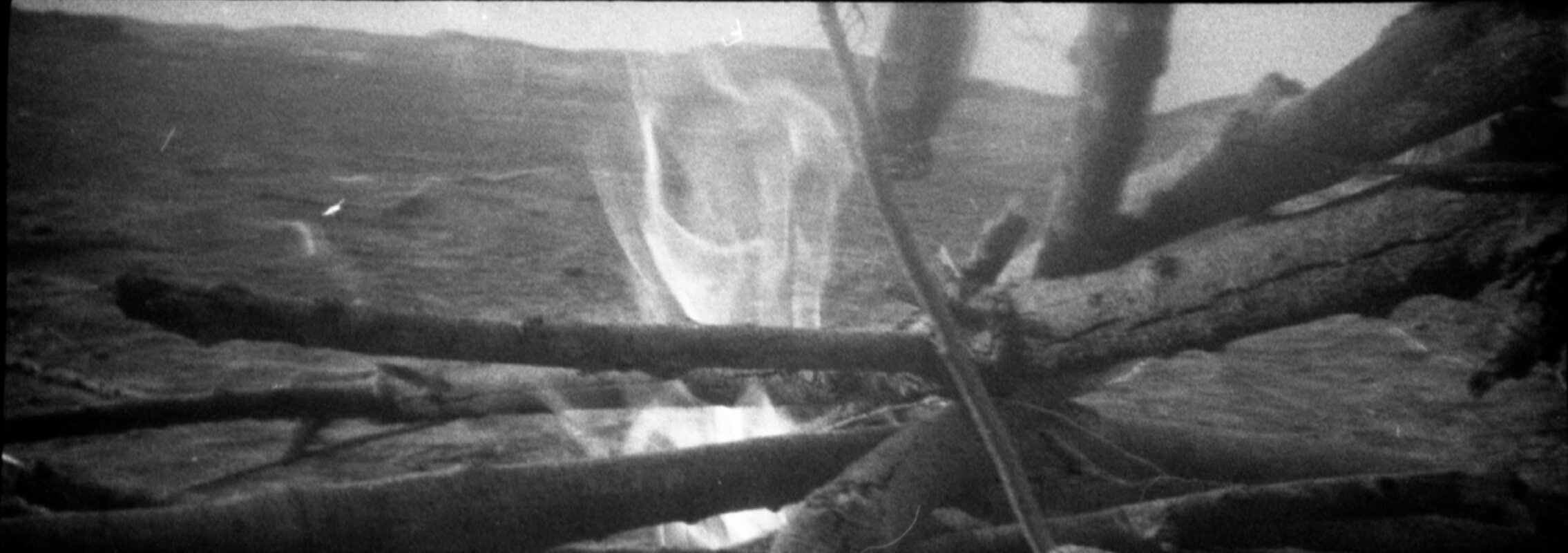
DAY 05
15.10.2016
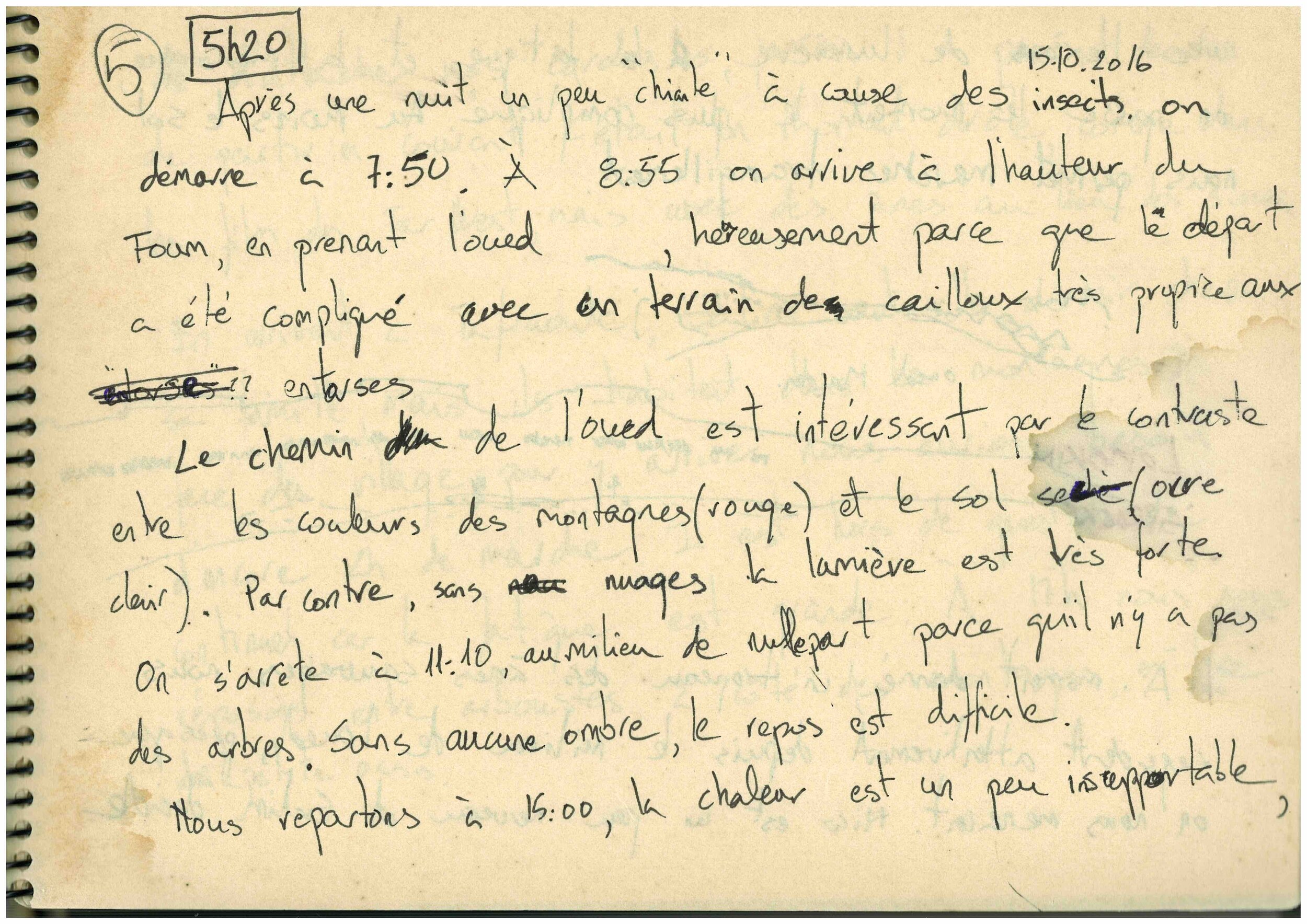
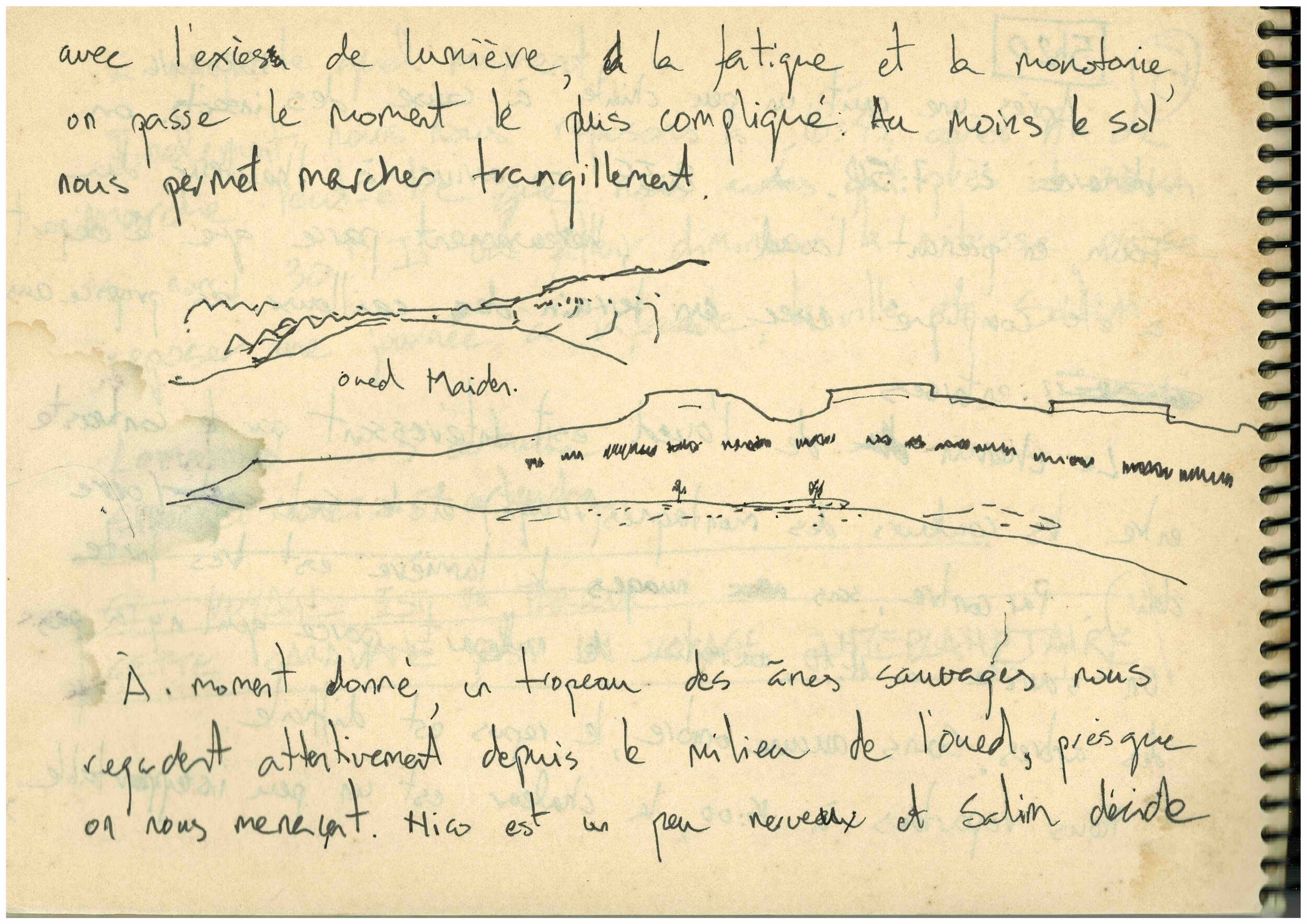
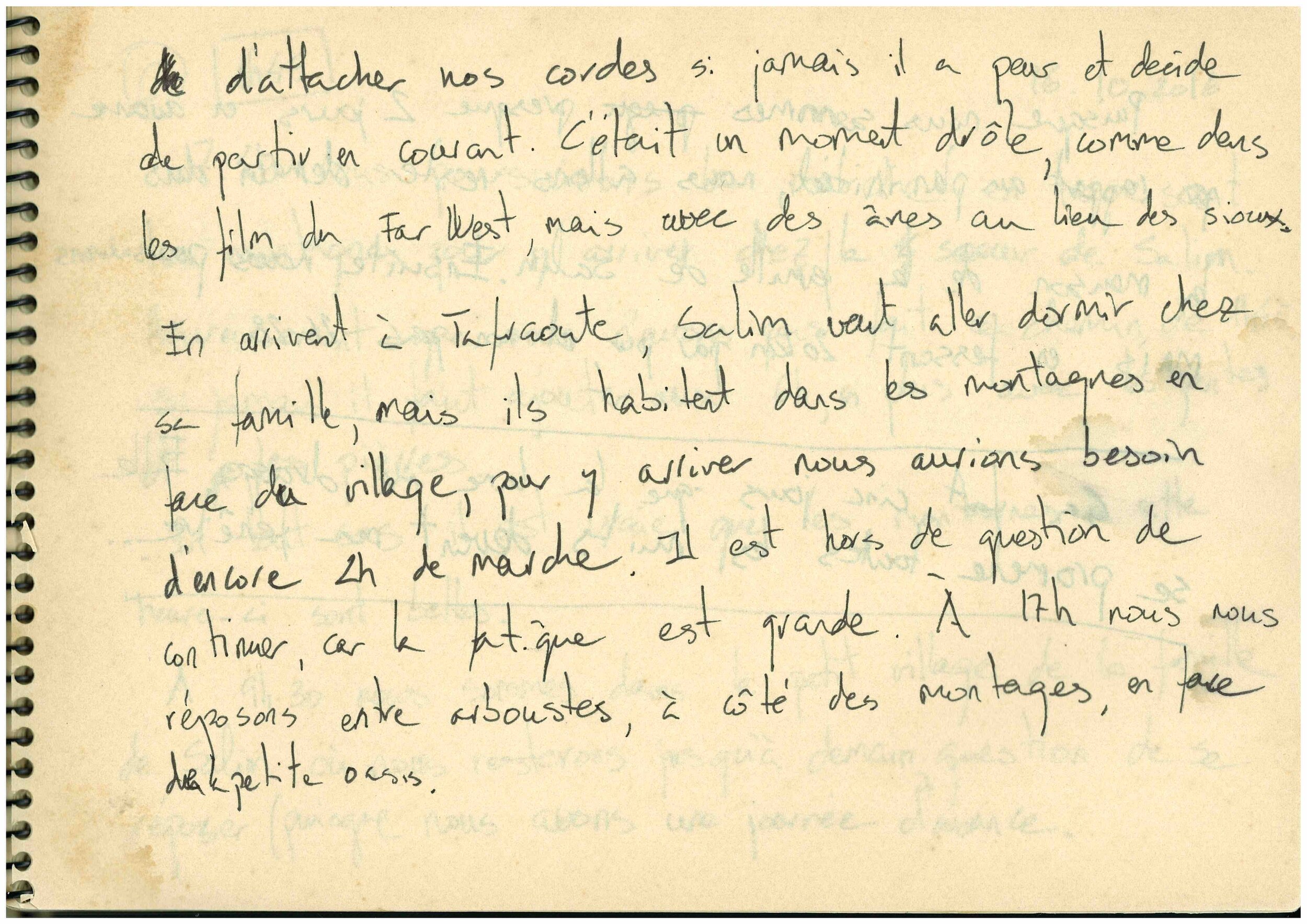
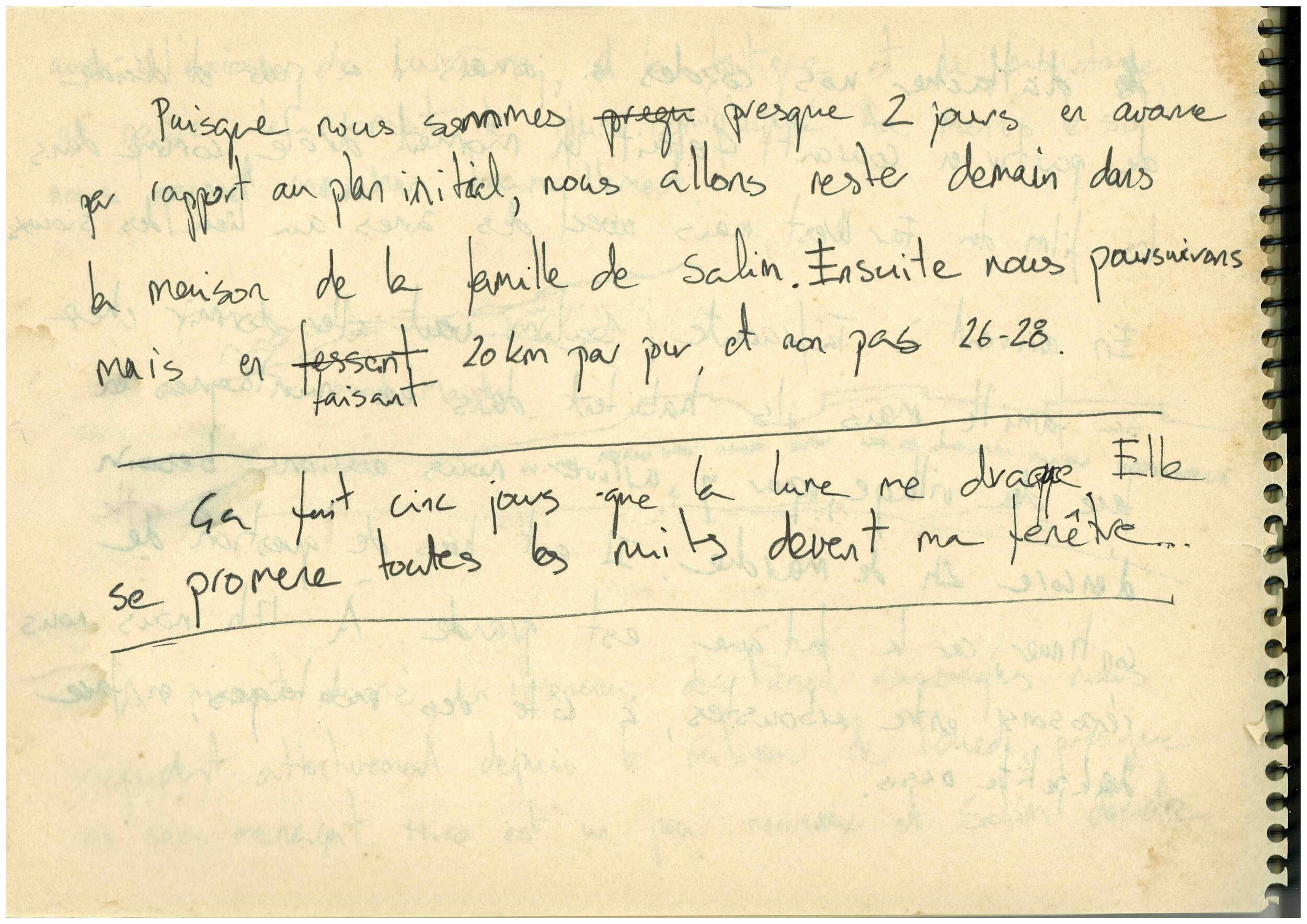
After an annoying night because of insects, we start at 7:50. At 8:55 we reach Foum Mharech (gorge), taking the course of the river Maïder, and thank goodness because the beginning was complicated by a terrain full of pebbles, very propitious to sprains.
The bed of this river is interesting due to the contrast between the colours of the red mountains and the light brown soil. On the contrary, without clouds the light is too intense. We stop at 11:10 in the middle of nowhere, because there are no trees. Without any shade, a break seems difficult.
We leave at 15:00, under unbearable heat,
----------
With the excess of light, fatigue and monotony, we go through the most complicated moments of the entire trip. At least the flat terrain allows us to walk calmly.
At some point, a herd of wild donkeys watches us closely from the middle of the river, with an almost threatening attitude. Nico gets nervous and Salim decides
----------
to tie the two camels' ropes in case he gets scared and starts running away. It was a strange and funny moment, as if we were in a movie from the far west, but with donkeys instead of Sioux Indians.
When arriving in Tafraoute, Salim wants to sleep at his family's house, but they live in the mountains, in front of the town, to get there we have to continue another two hours of walking, but there is no possible discussion, because the fatigue is enormous. At 17:00 we settle down among shrubs next to the mountains, and in front of the oasis
----------
Since we have been almost two days ahead of the original plan, tomorrow we will remain all day in the house of Salim's family. Later we will continue with the plan but doing 20 km a day instead of 26 or 28.
It is already five days that the moon seduces me, strolling every night in front of my window
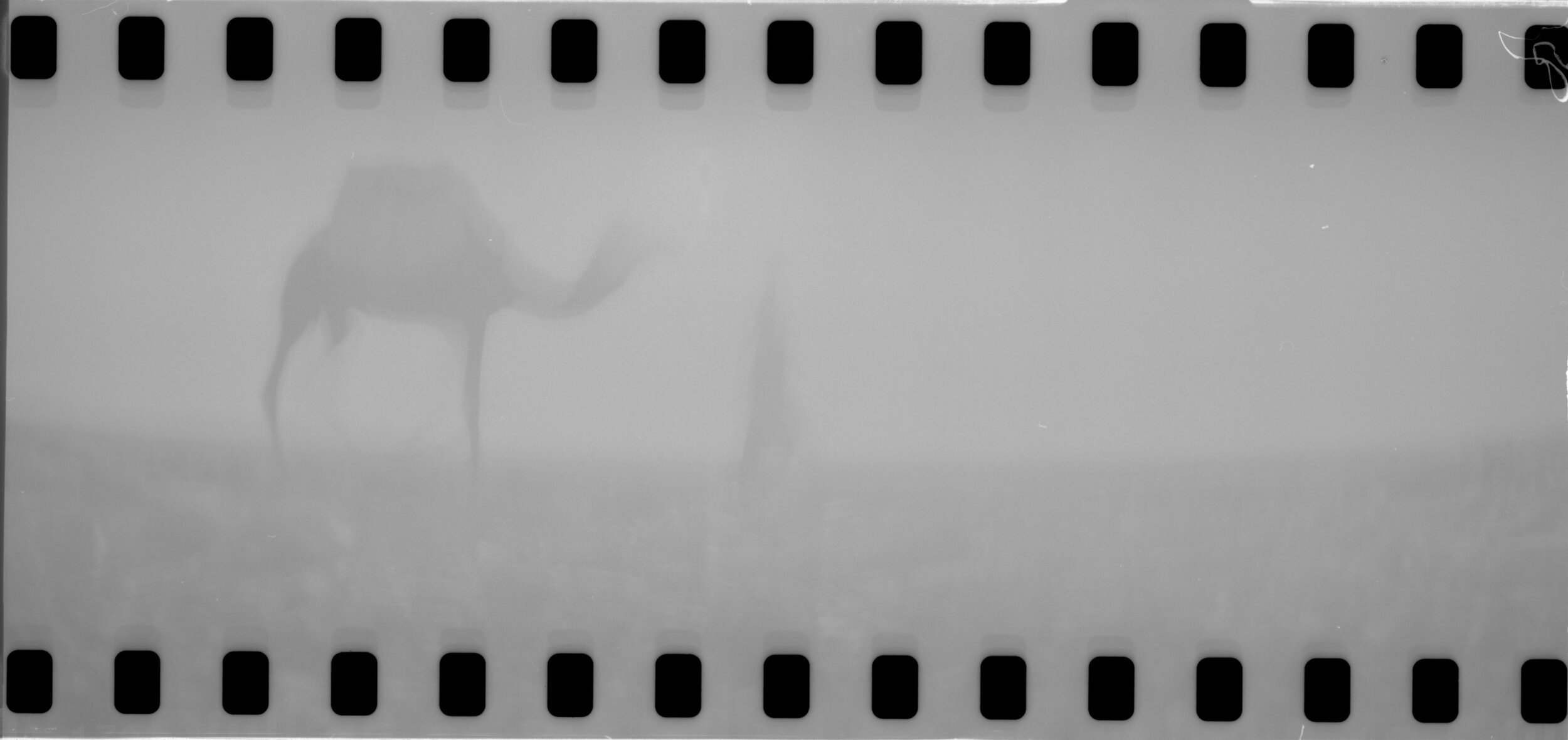

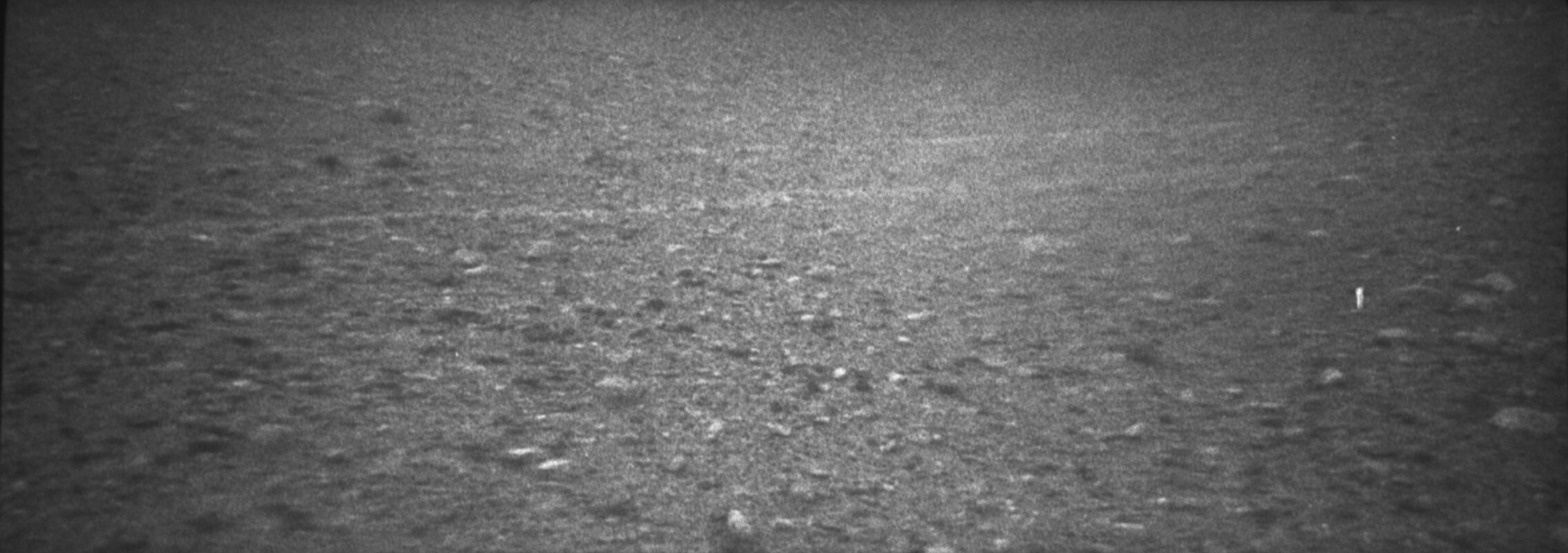
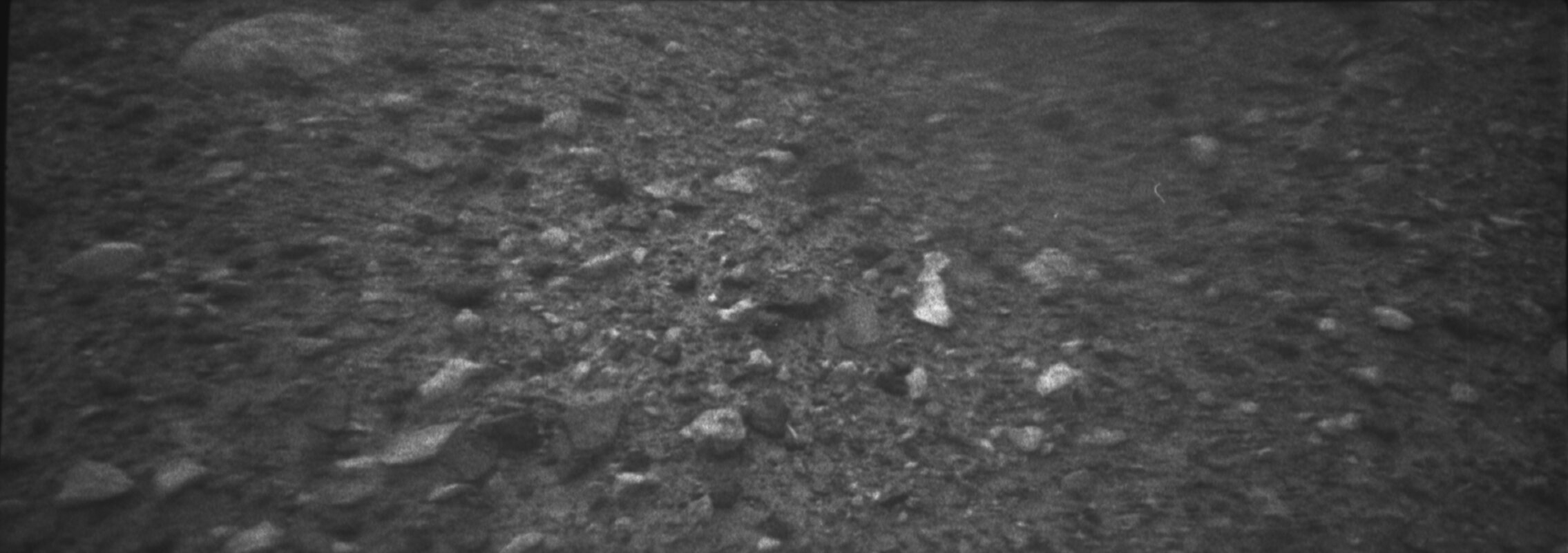
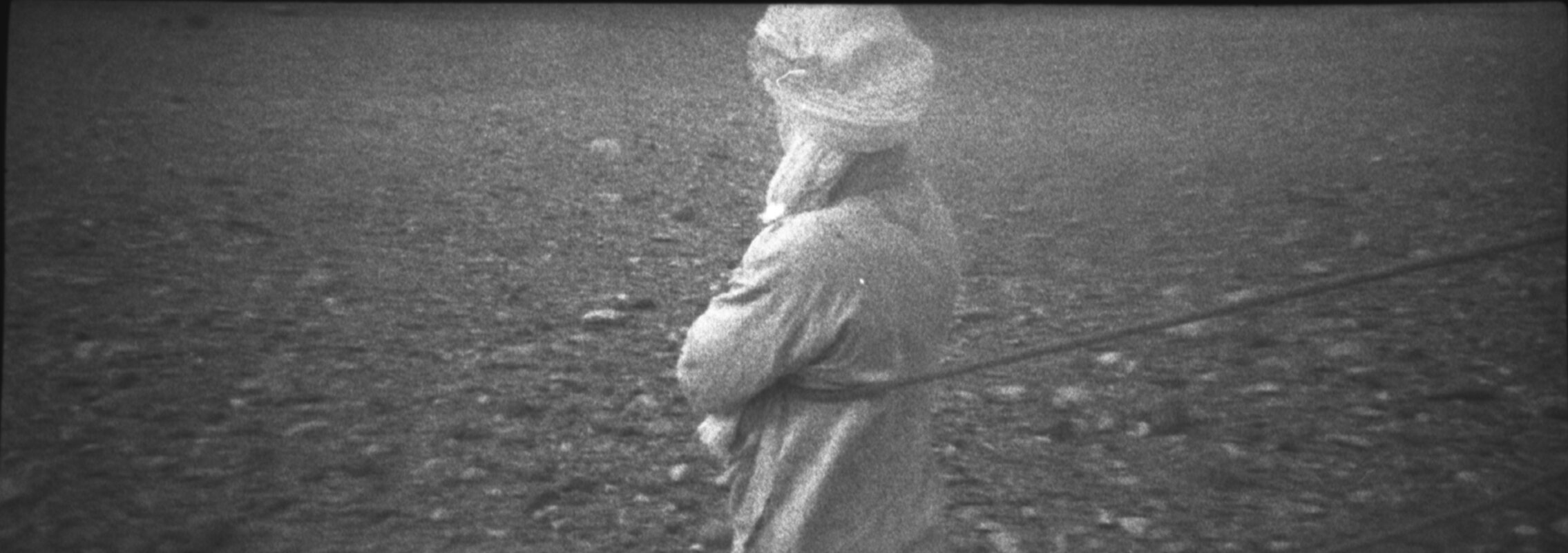
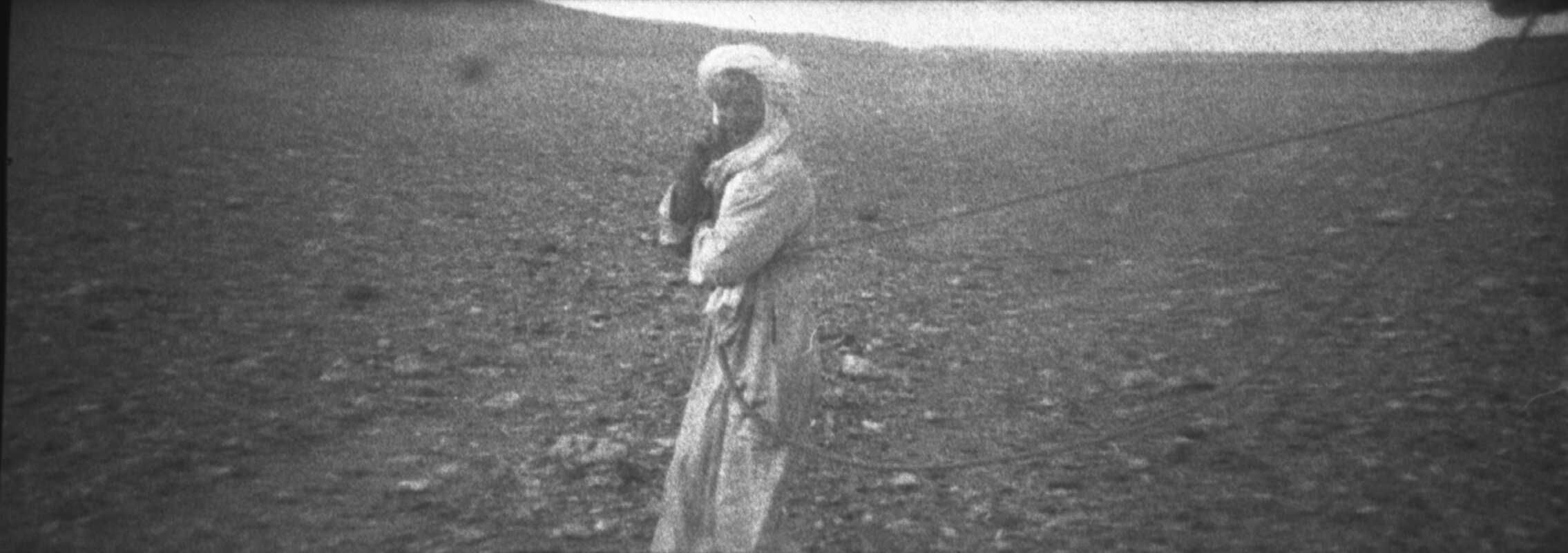

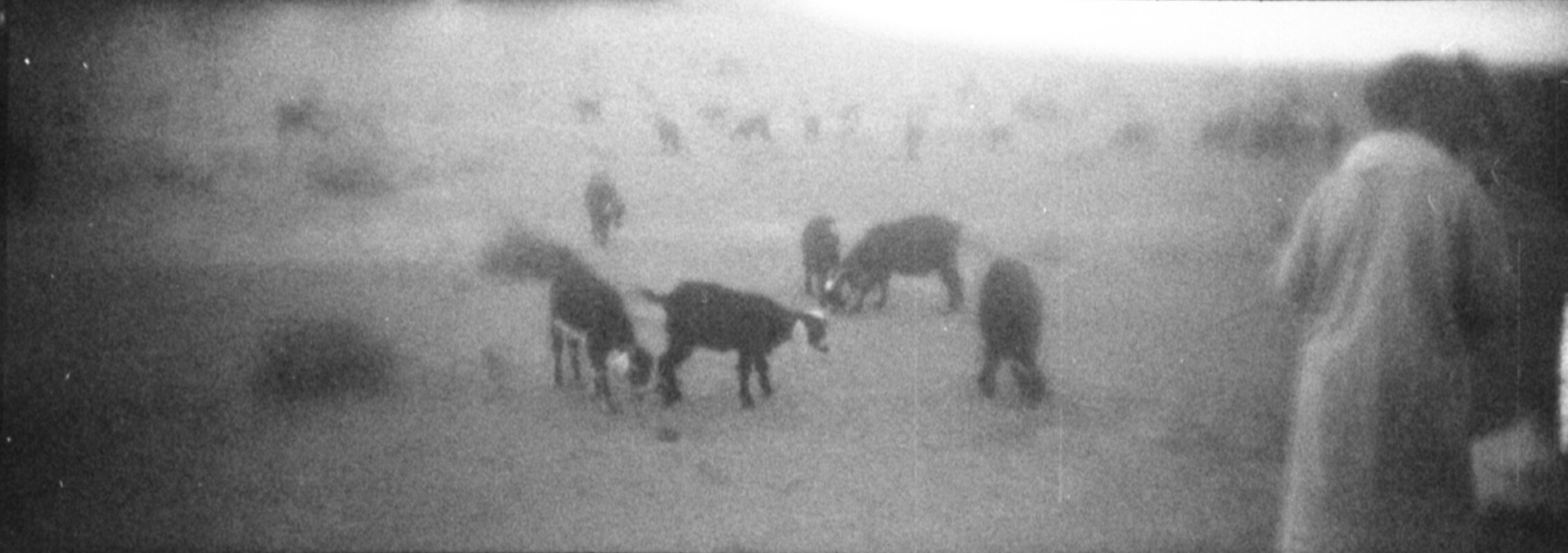
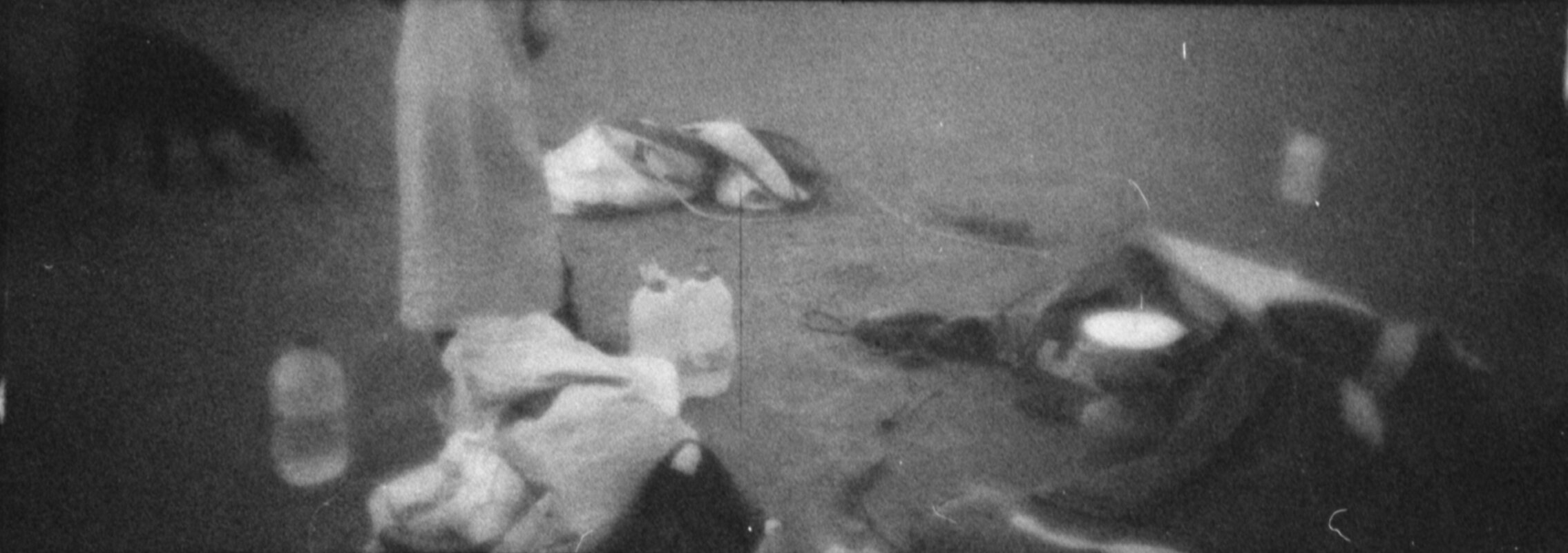
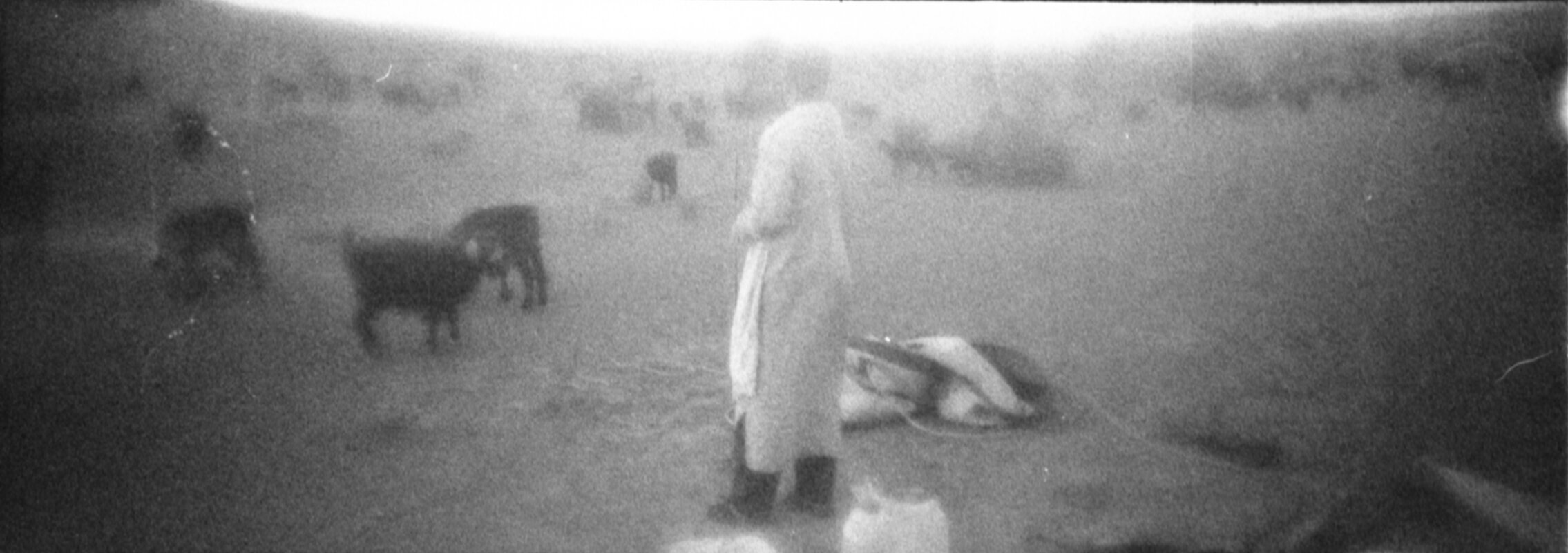
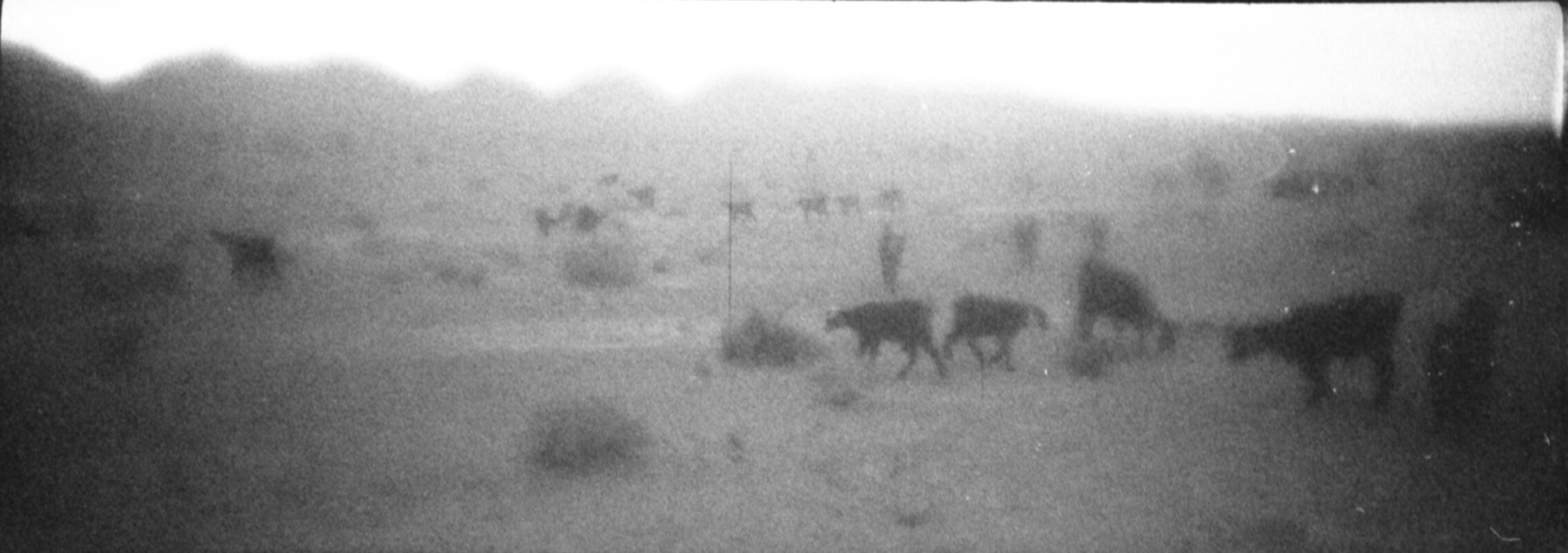
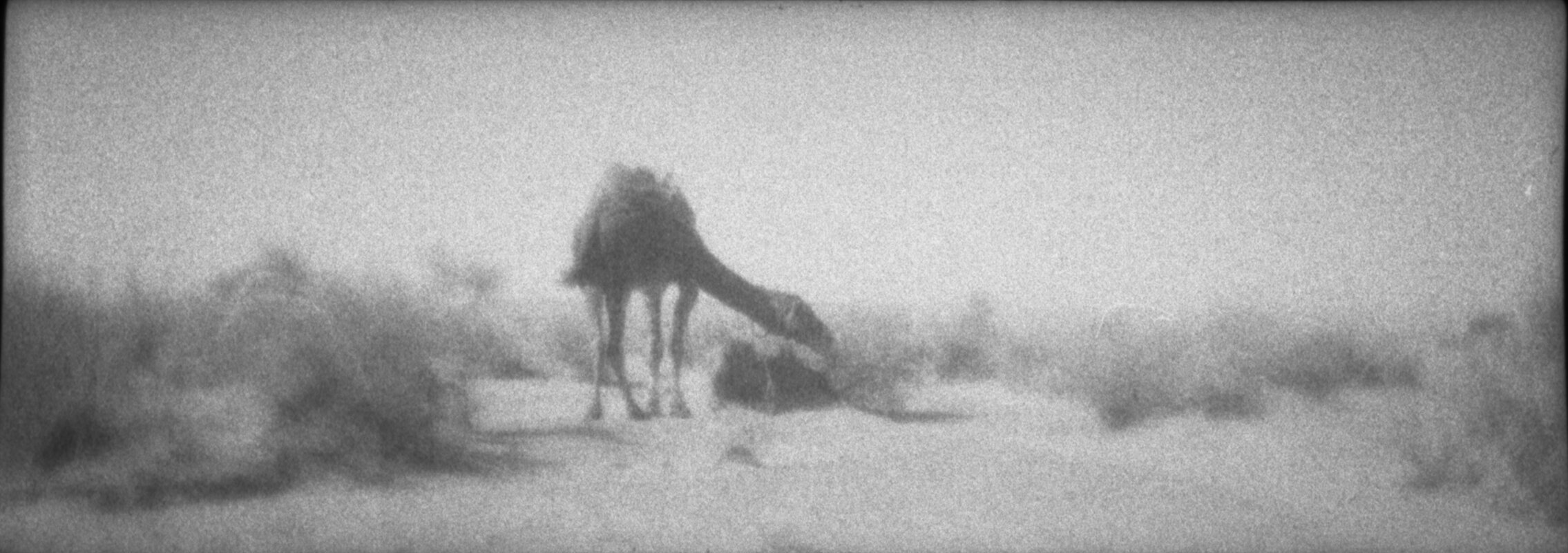
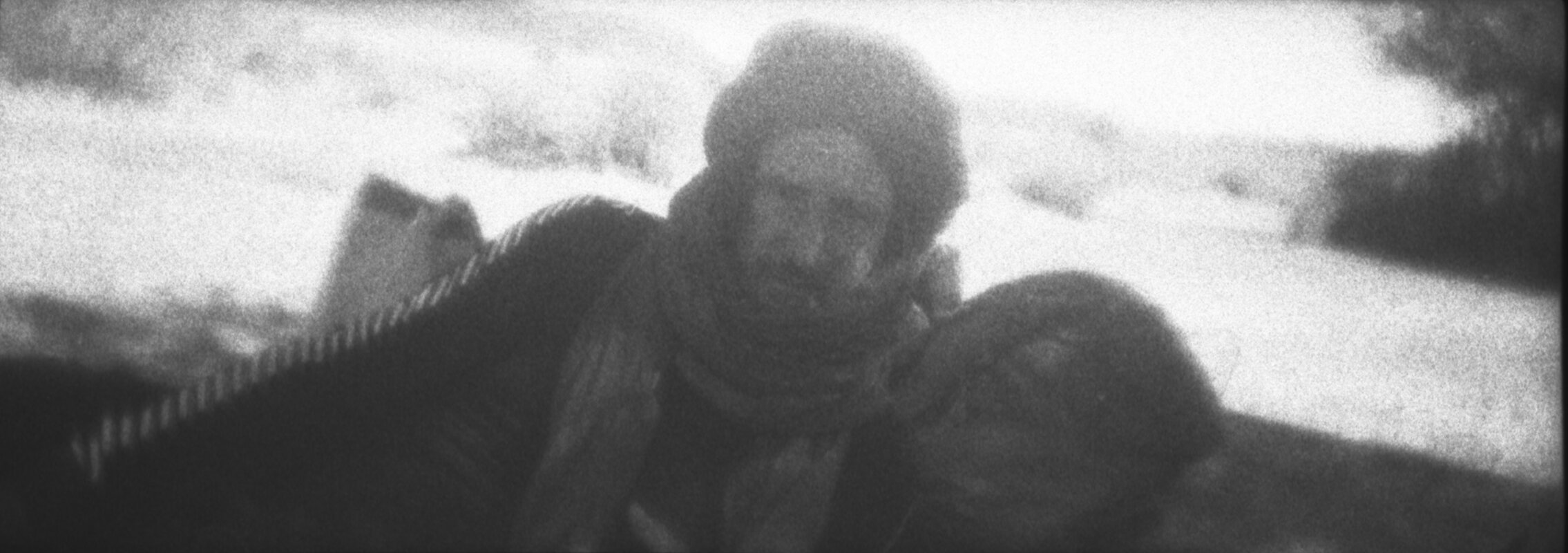
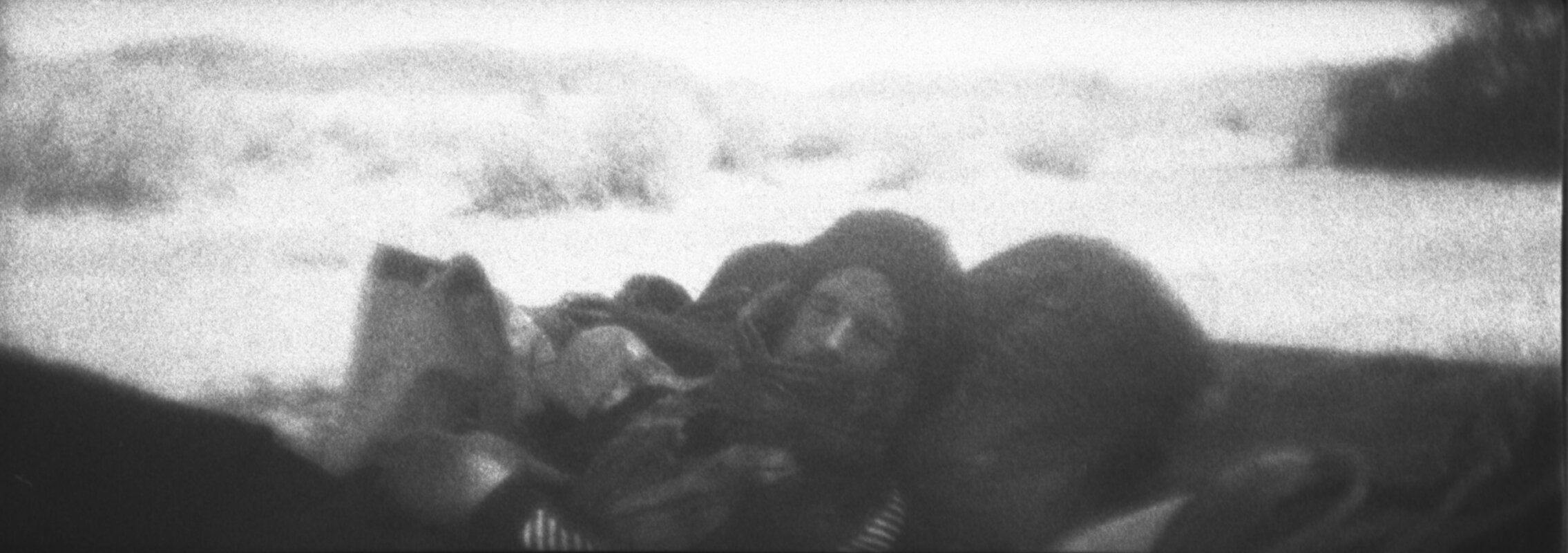

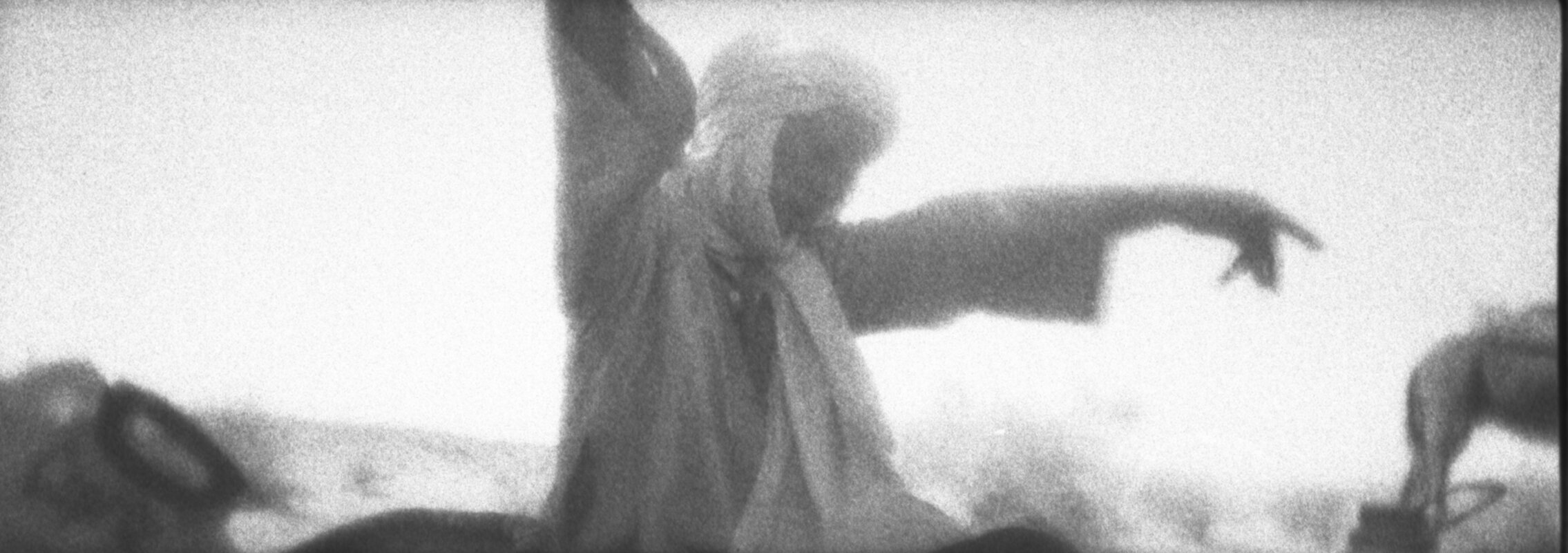
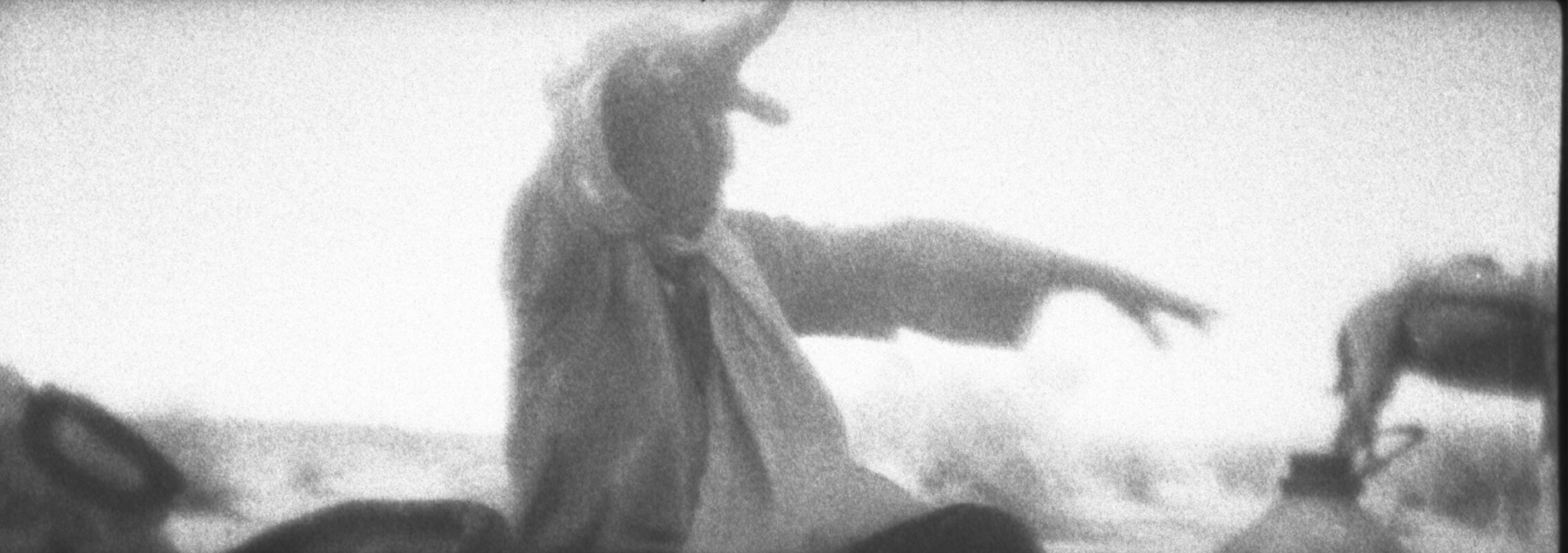
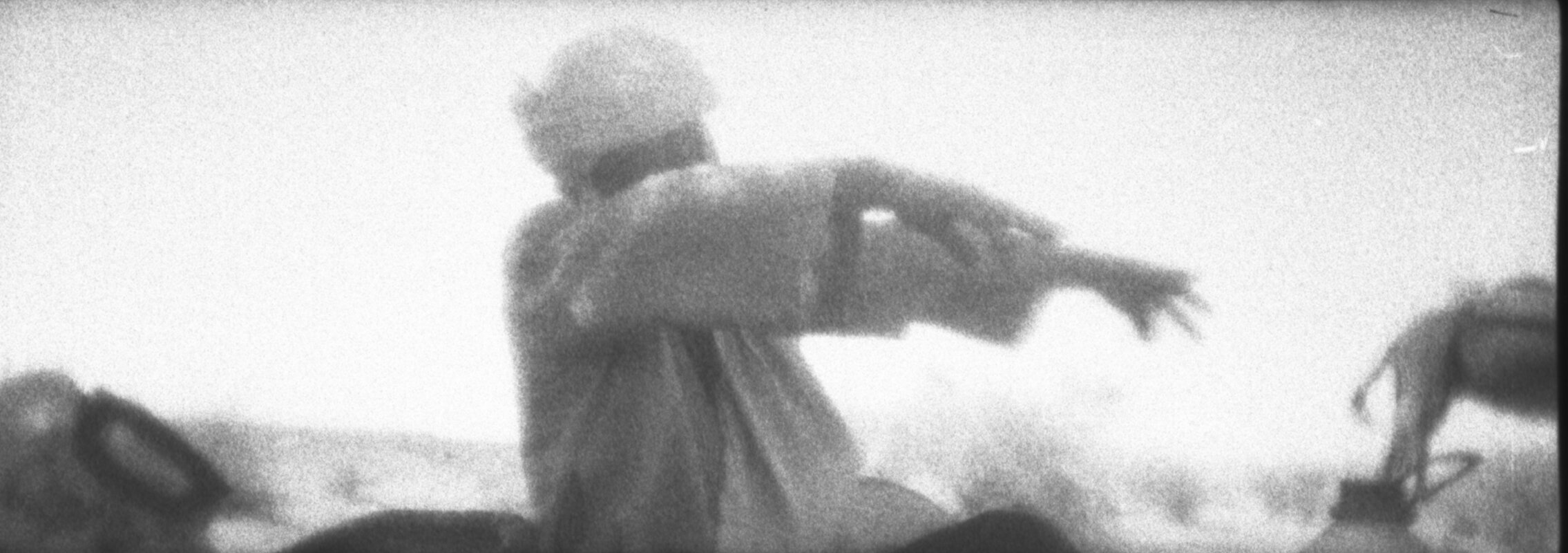
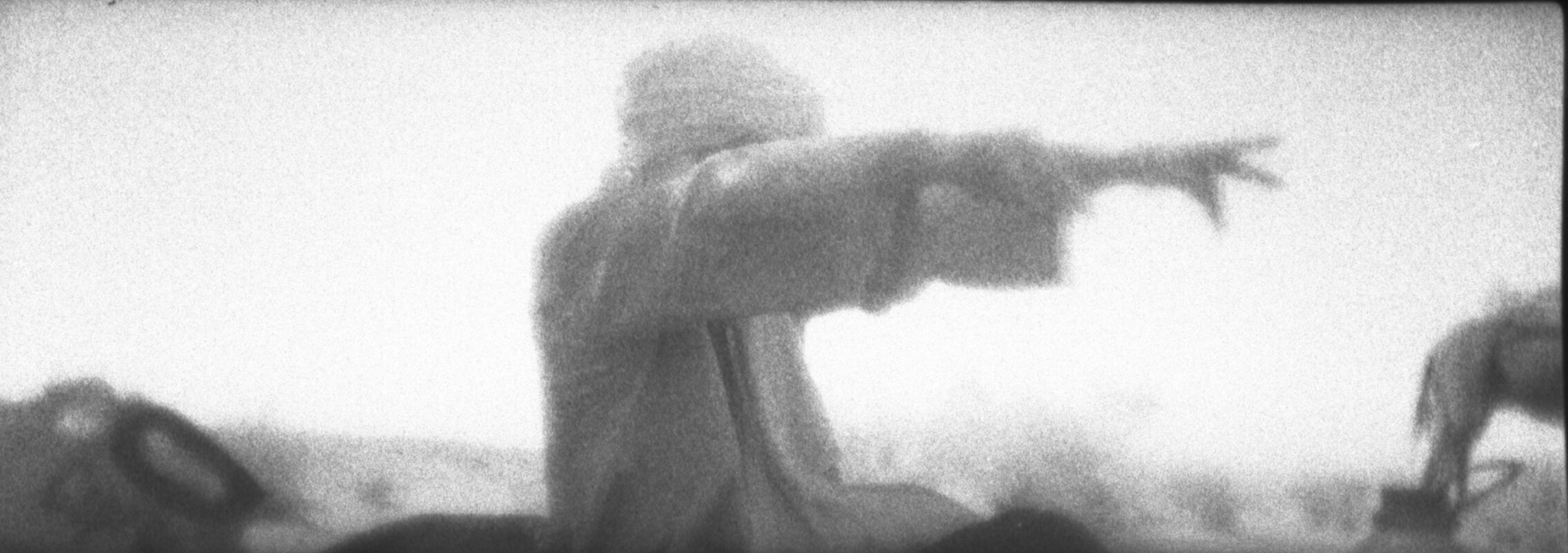
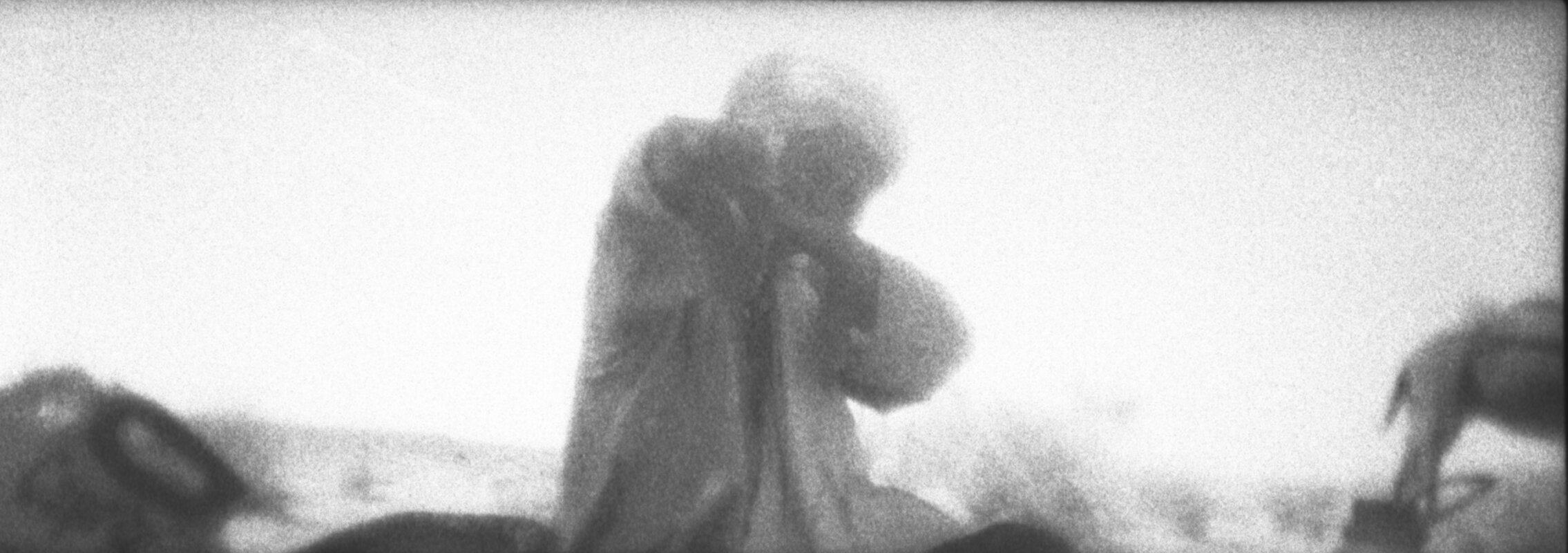
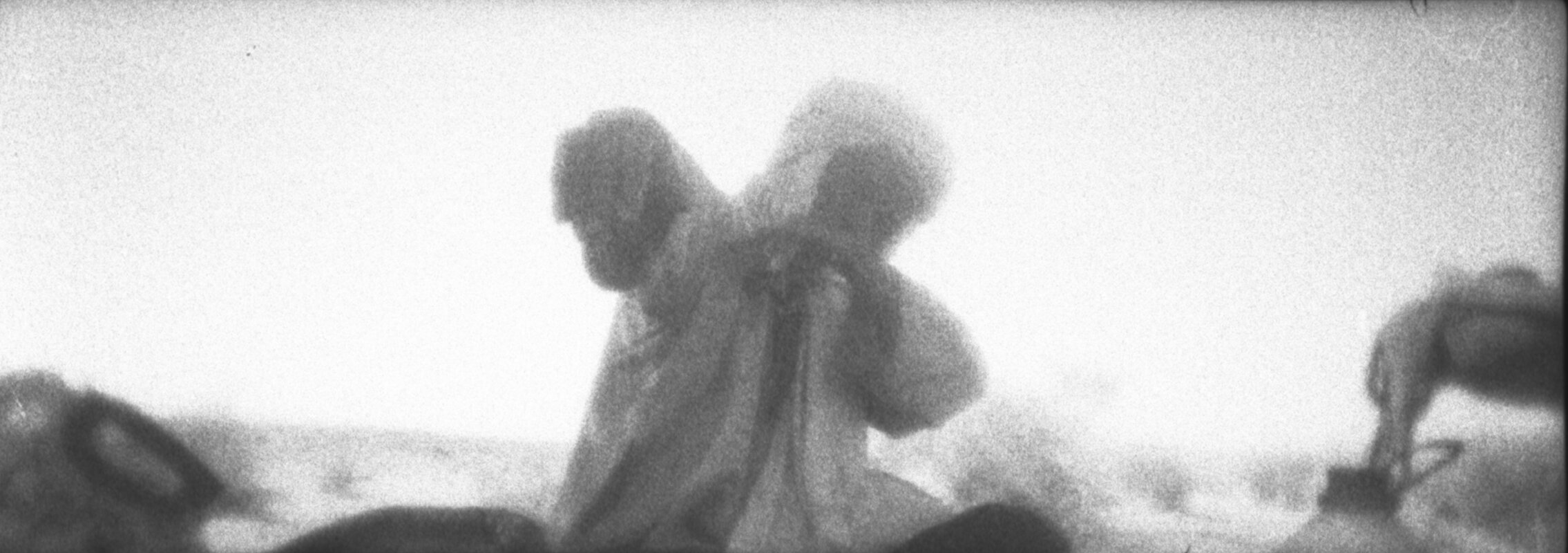
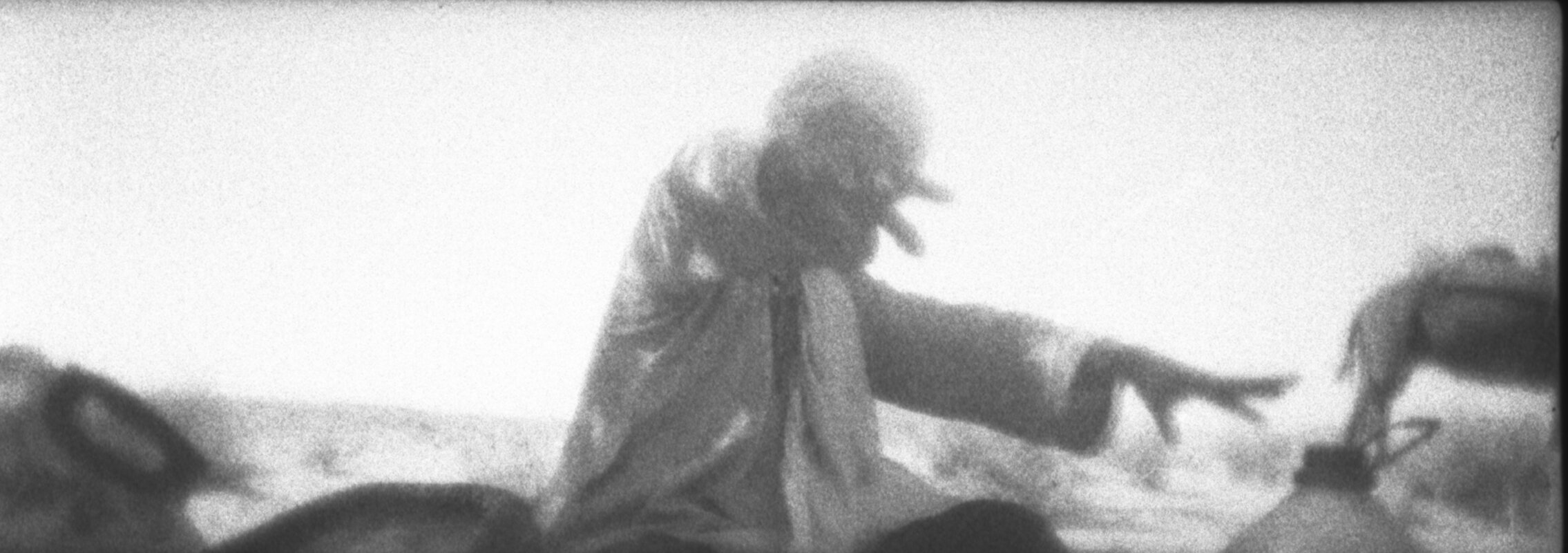
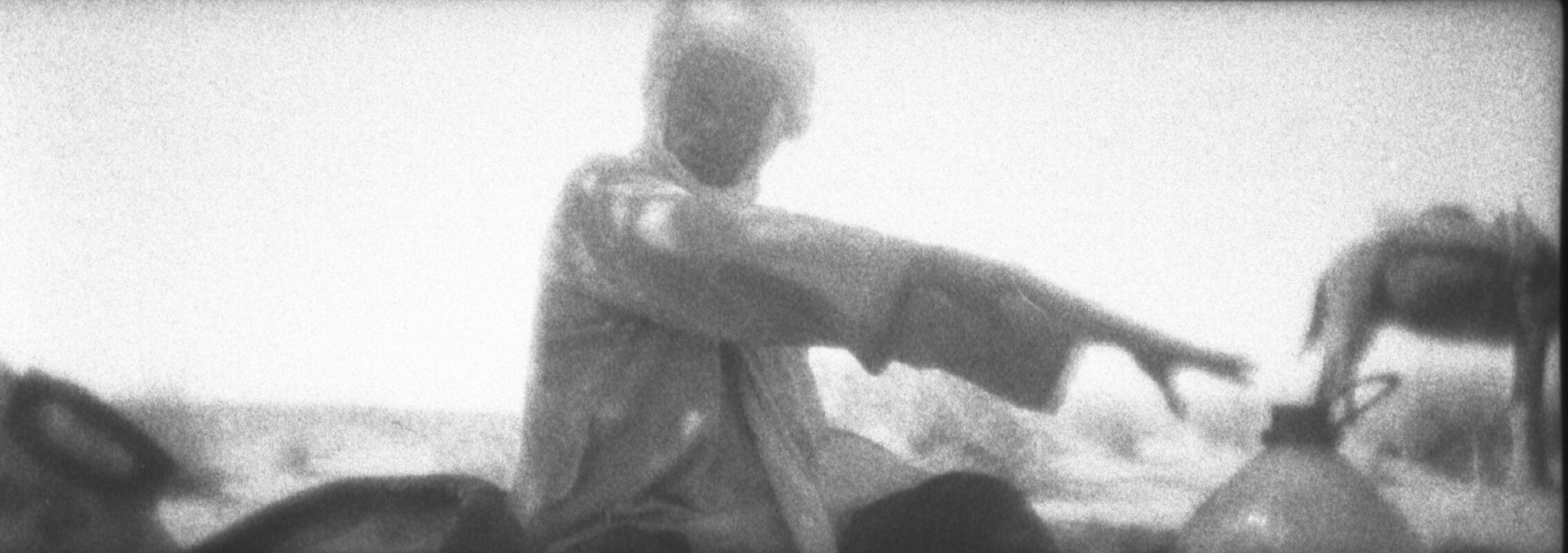
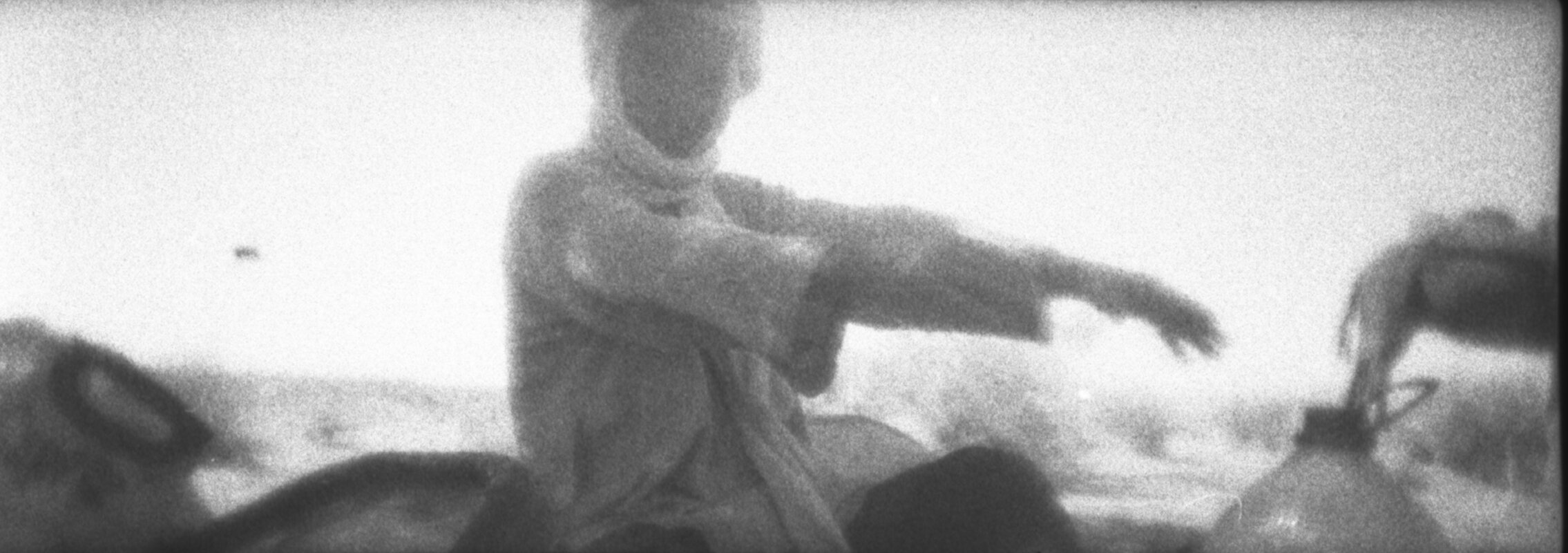
DAY 06
16.10.2016
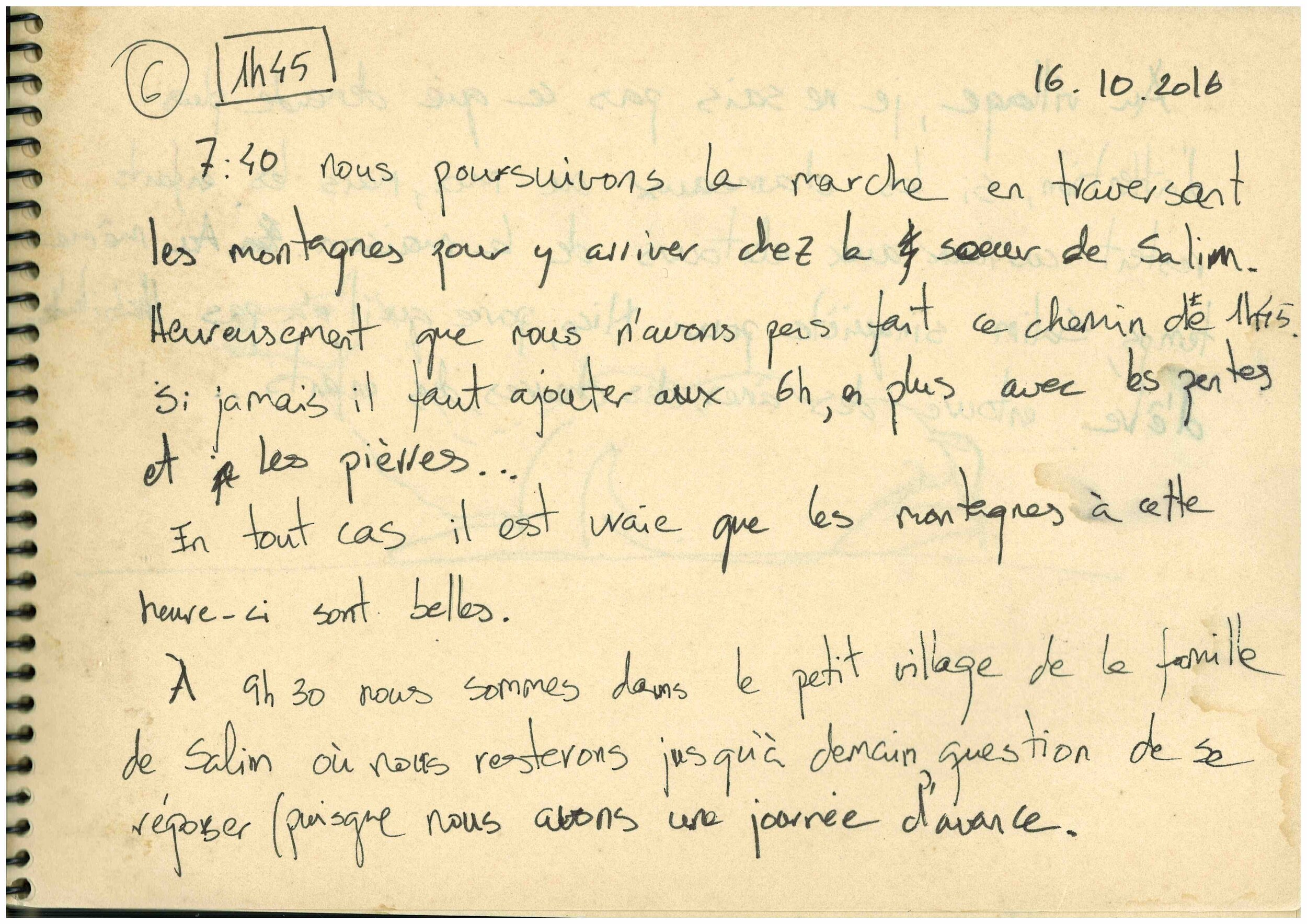
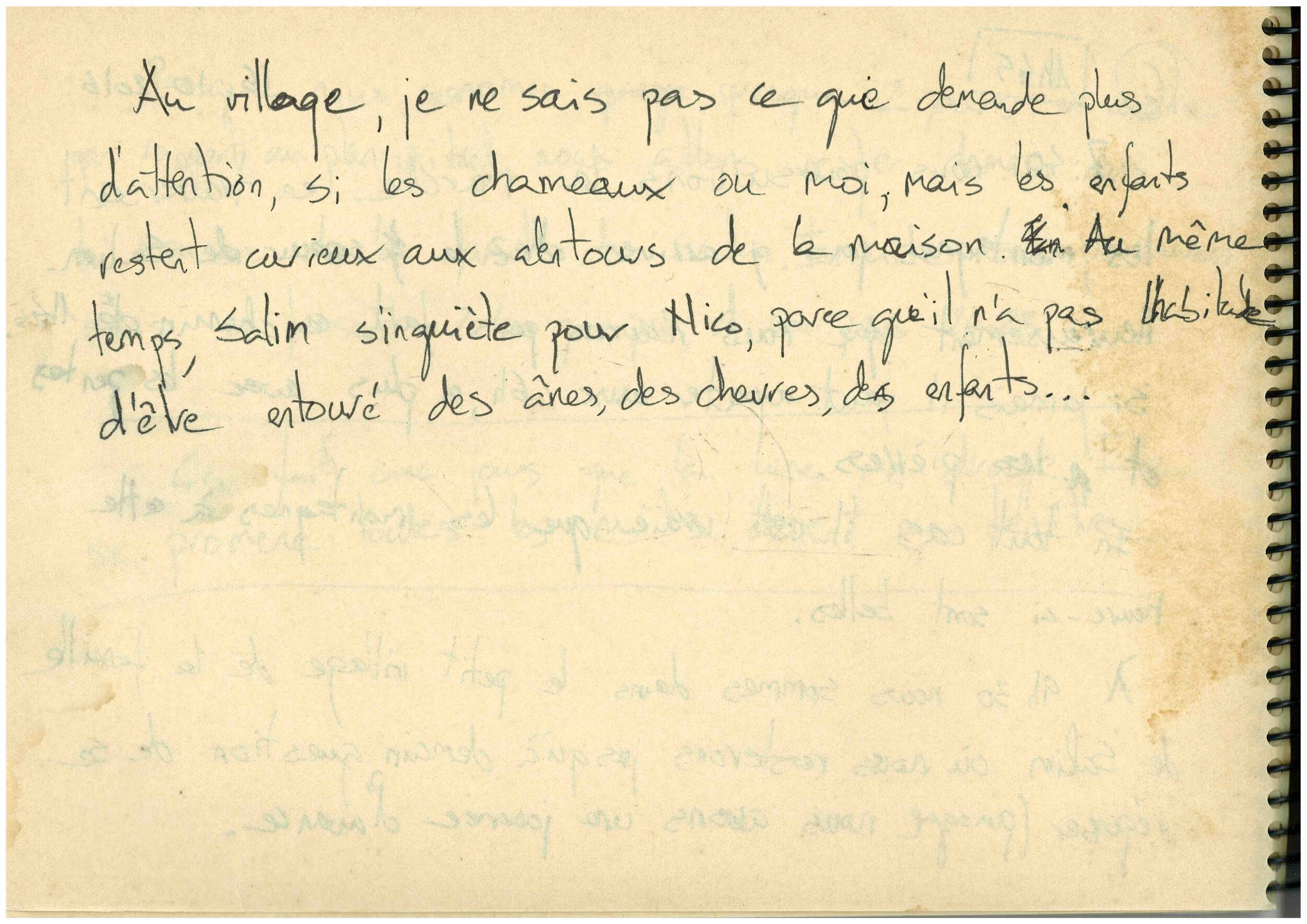
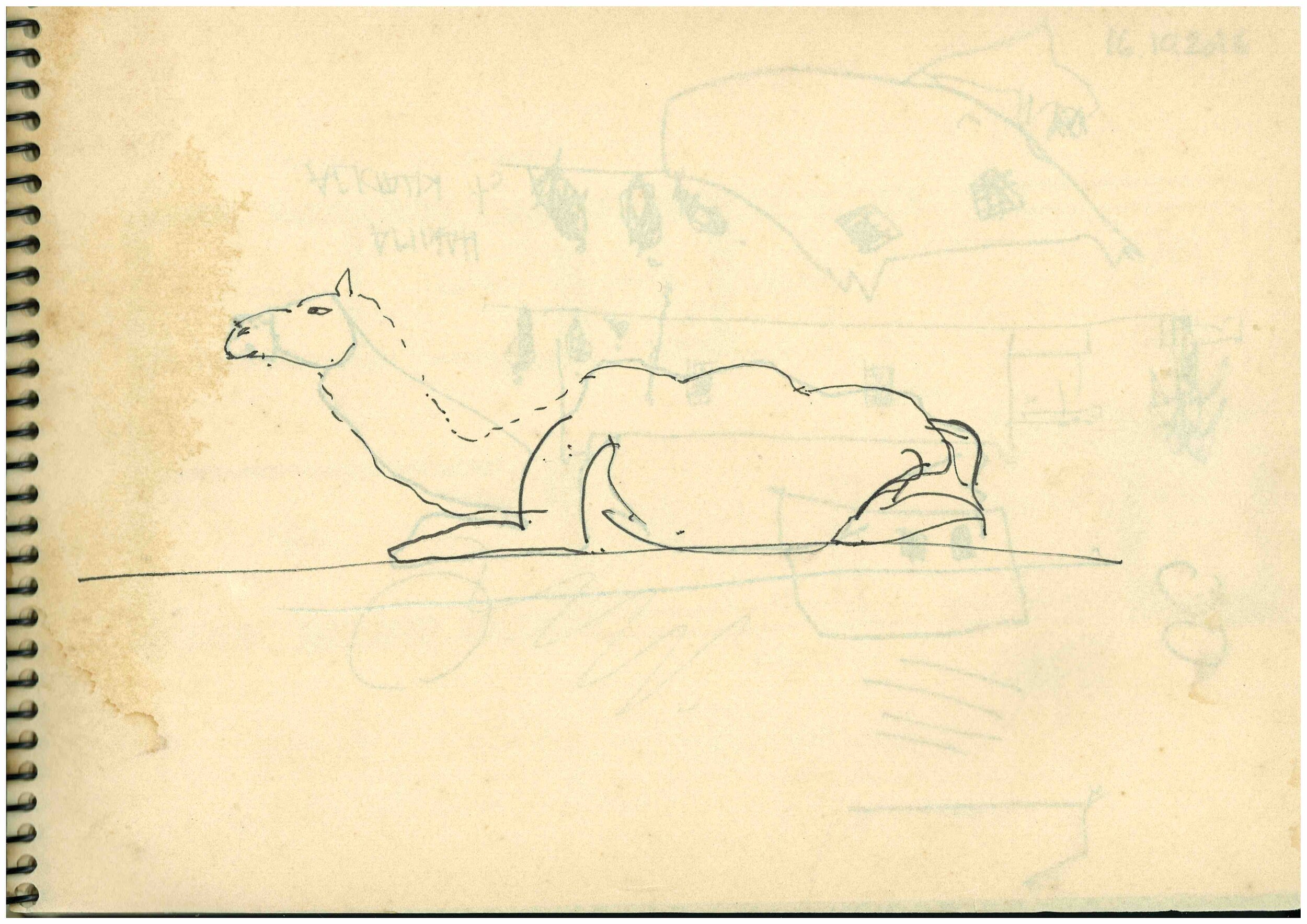
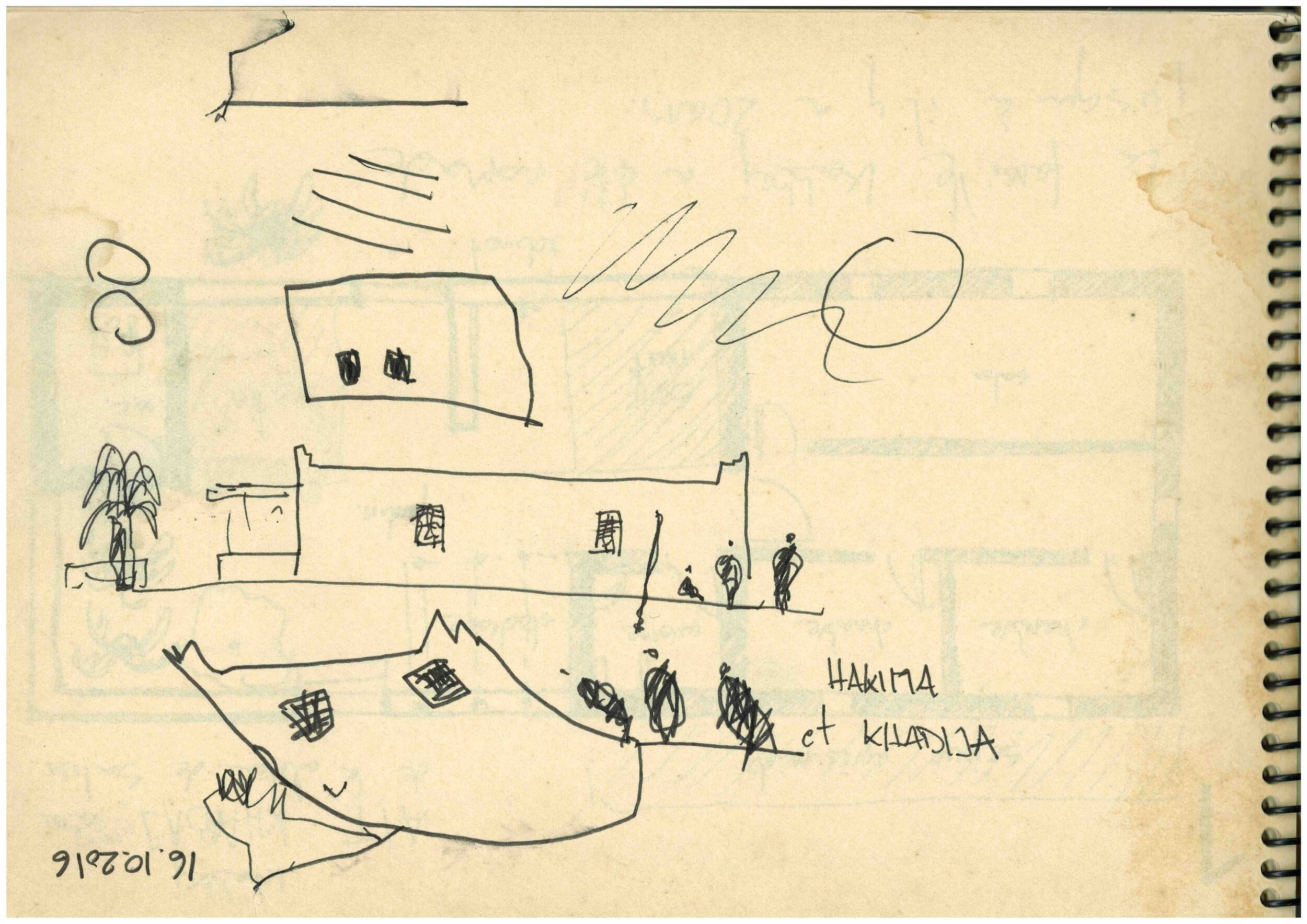
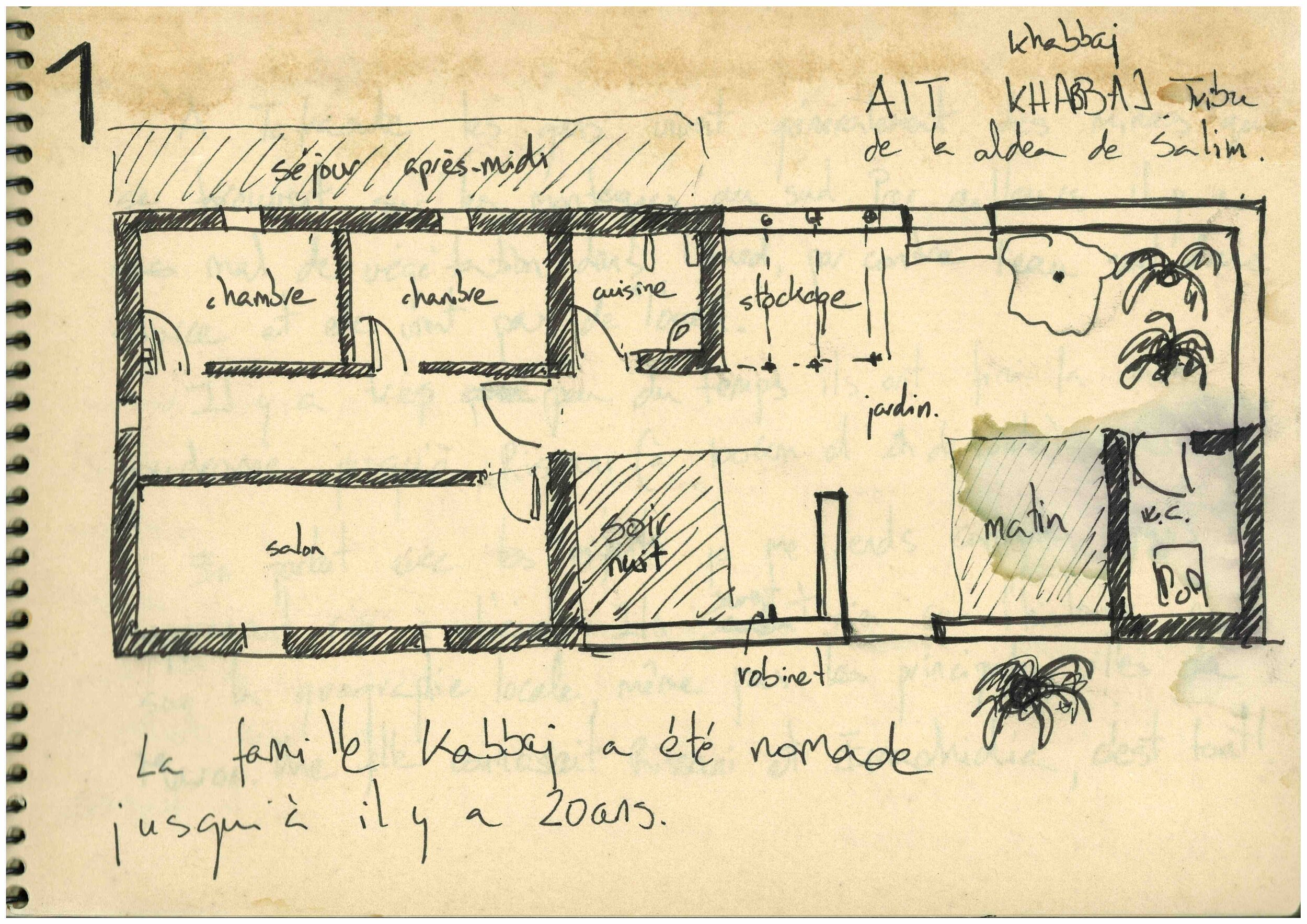
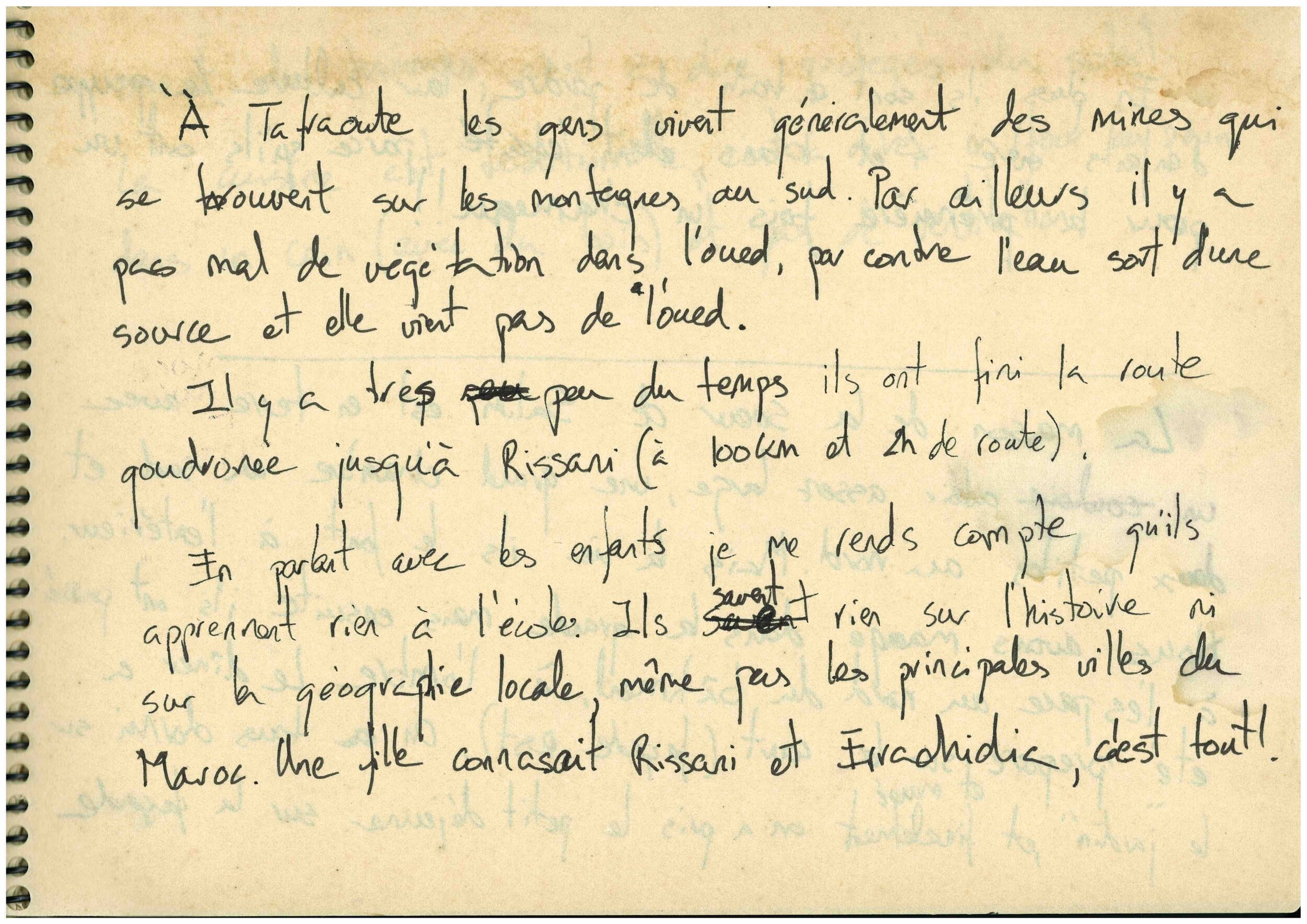
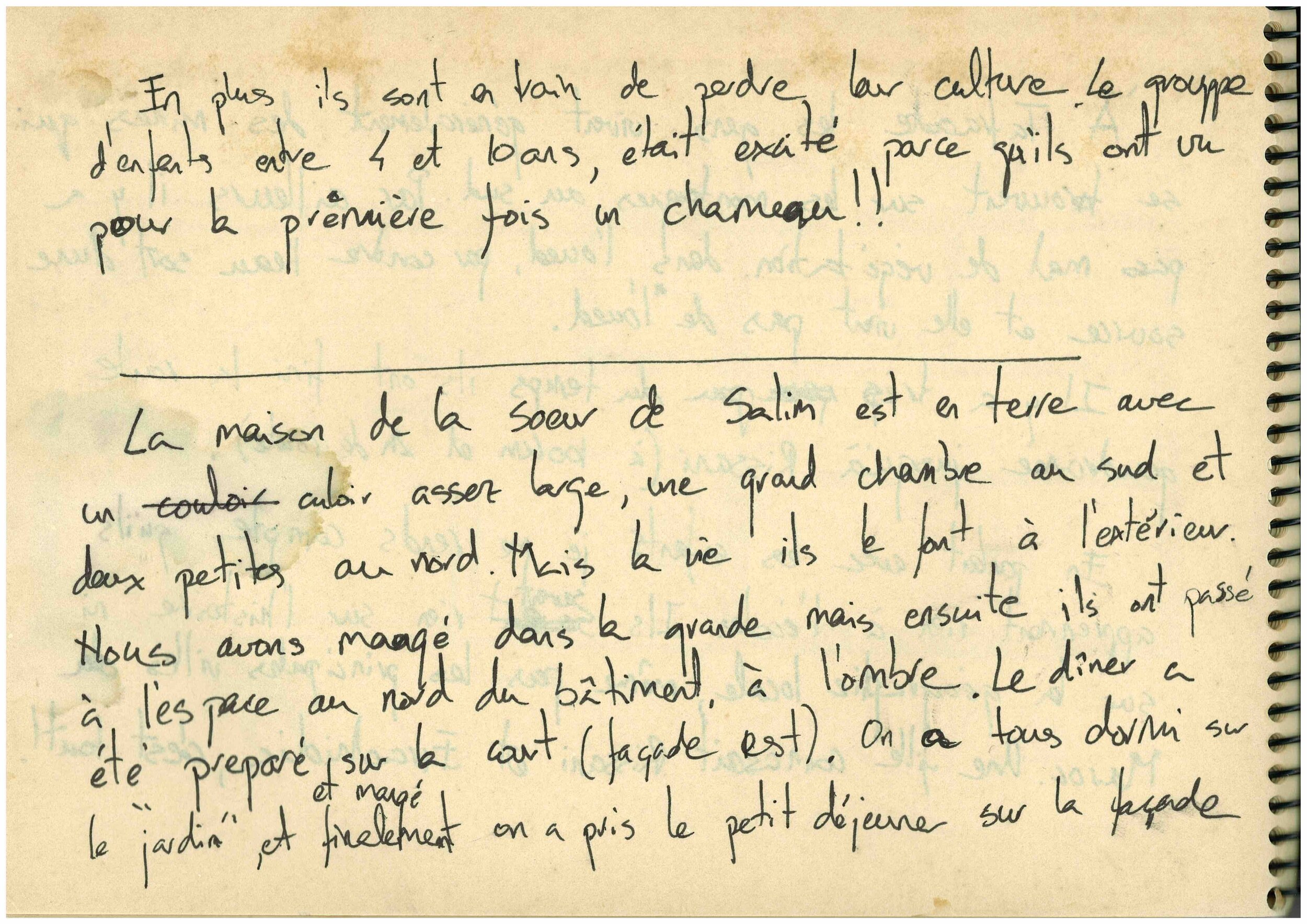

07:40, we continue the walk through the mountains to reach the house of Salim's sister. Fortunately we did not do this 1h45 route yesterday. If we would ever have to add it to the 6 previous hours, with the sloping path with stones and rocks ...
In any case, it is true the mountains at this time are spectacular.
At 9:30 we arrive at the village of Salim, where we will stay until tomorrow to rest (since we have one day in advance)
----------
In the village I do not know what causes more expectation if the camels or me, but the children snoop around the house. At the same time, Salim is worried about Nico, because he is not usually surrounded by donkeys, goats, children...
----------
In Tafroute the population generally lives from the mines, which are located in the mountains, south of the town. Moreover there is a lot of vegetation in the river, thanks to a natural spring, not to the river that is dry.
They recently finished the paved road that links Tafraoute to Rissani (100 km and two hours by car), so they are not so isolated anymore.
Speaking with children I realise that they do not learn anything at school. They do not know anything about the history or geography of the place, they do not even know the main cities of Morocco. A girl knew Rissani and Errachidia, but that was all!
----------
In addition, they are losing their culture. The group of children, between 4 and 10 years old, was excited because it was the first time they saw a camel!
The house of Salim's sister is made of rammed earth, with a fairly wide central corridor, a large room to the south and two small rooms to the north. However, life is made outside. We ate in the large room but then moved outside, next to the north facade, in the shade. The dinner was prepared and we made it in the patio (east façade). We have all slept in the "garden" and, finally, breakfast on the west facade,
----------
next to the bathroom, that is protected from the morning sun. The kitchen is traditional, that is to say, an earthen oven to make bread with wood in the corner and with hardly any ventilation.

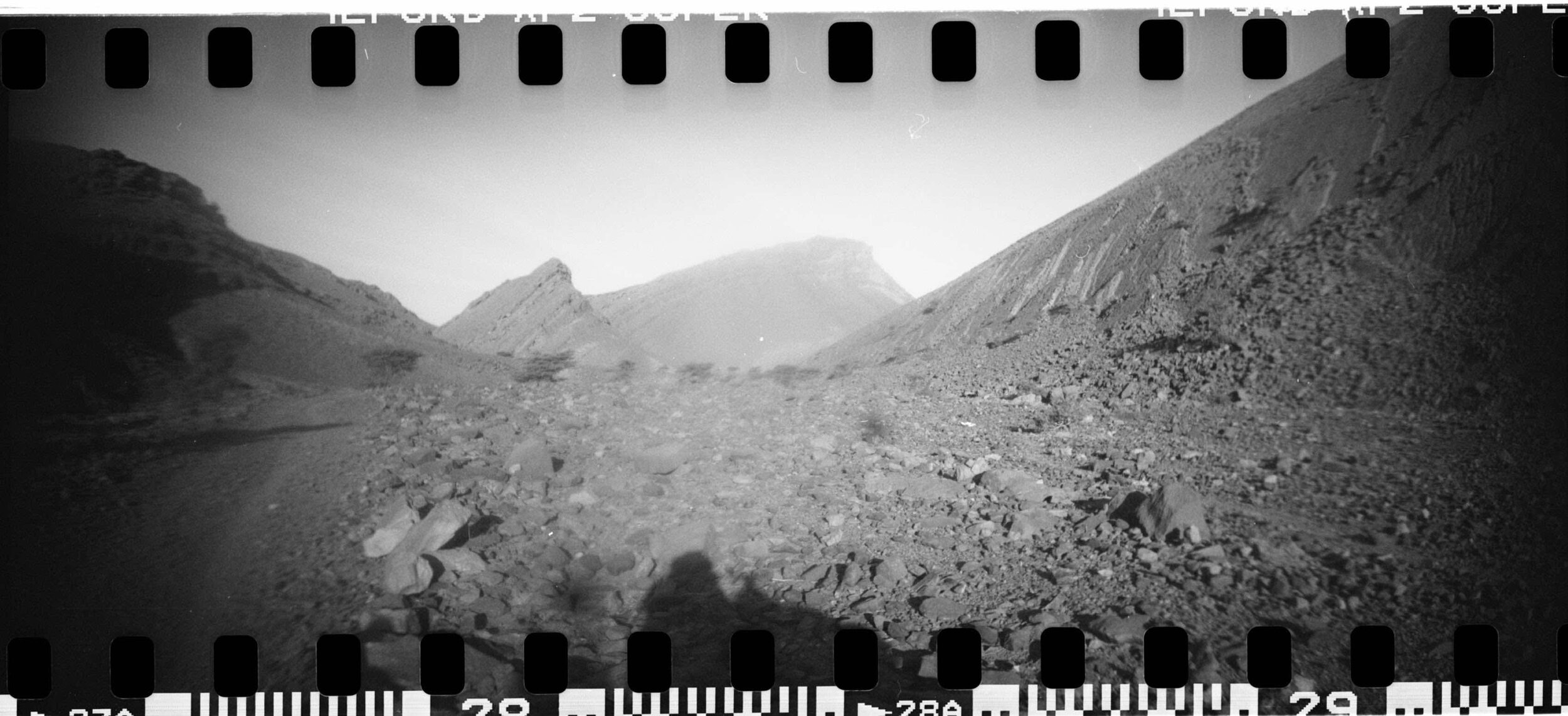

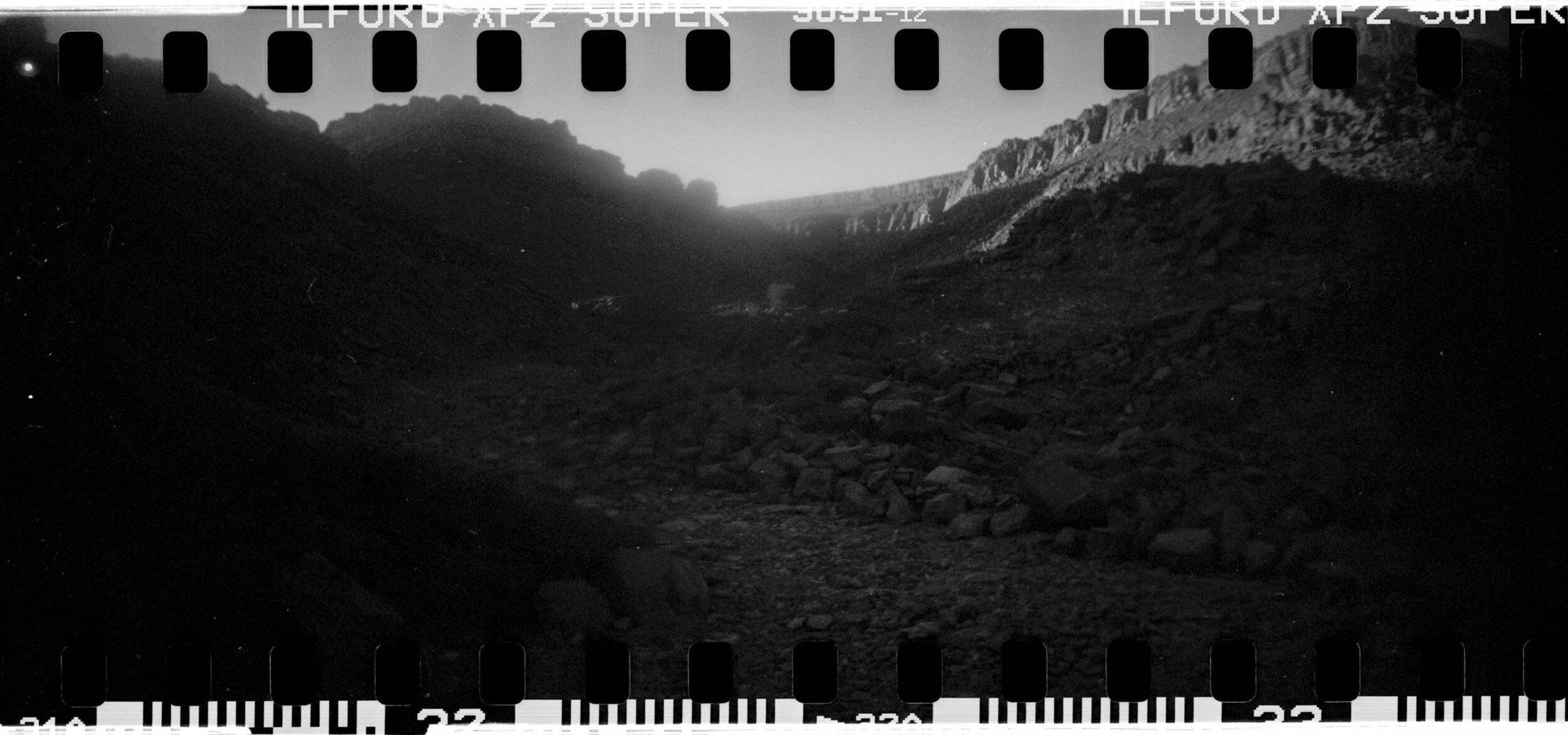

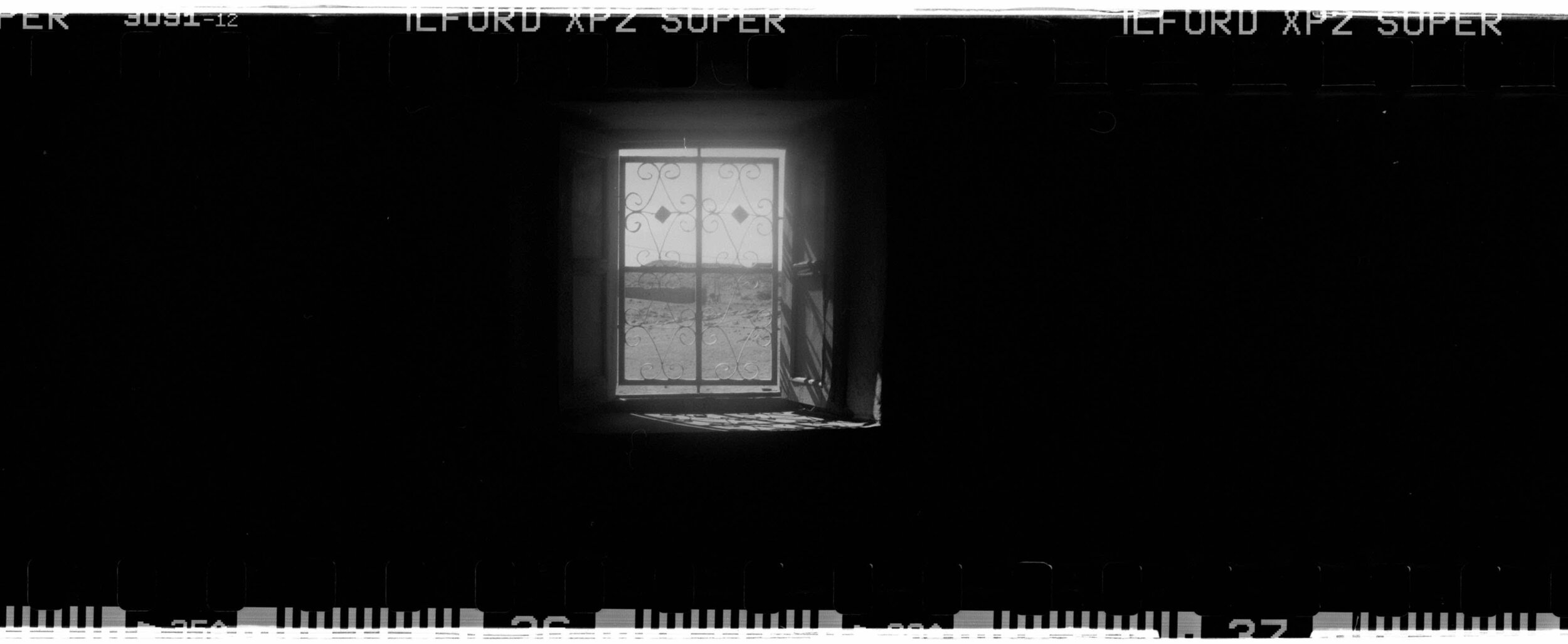
DAY 07
17.10.2016
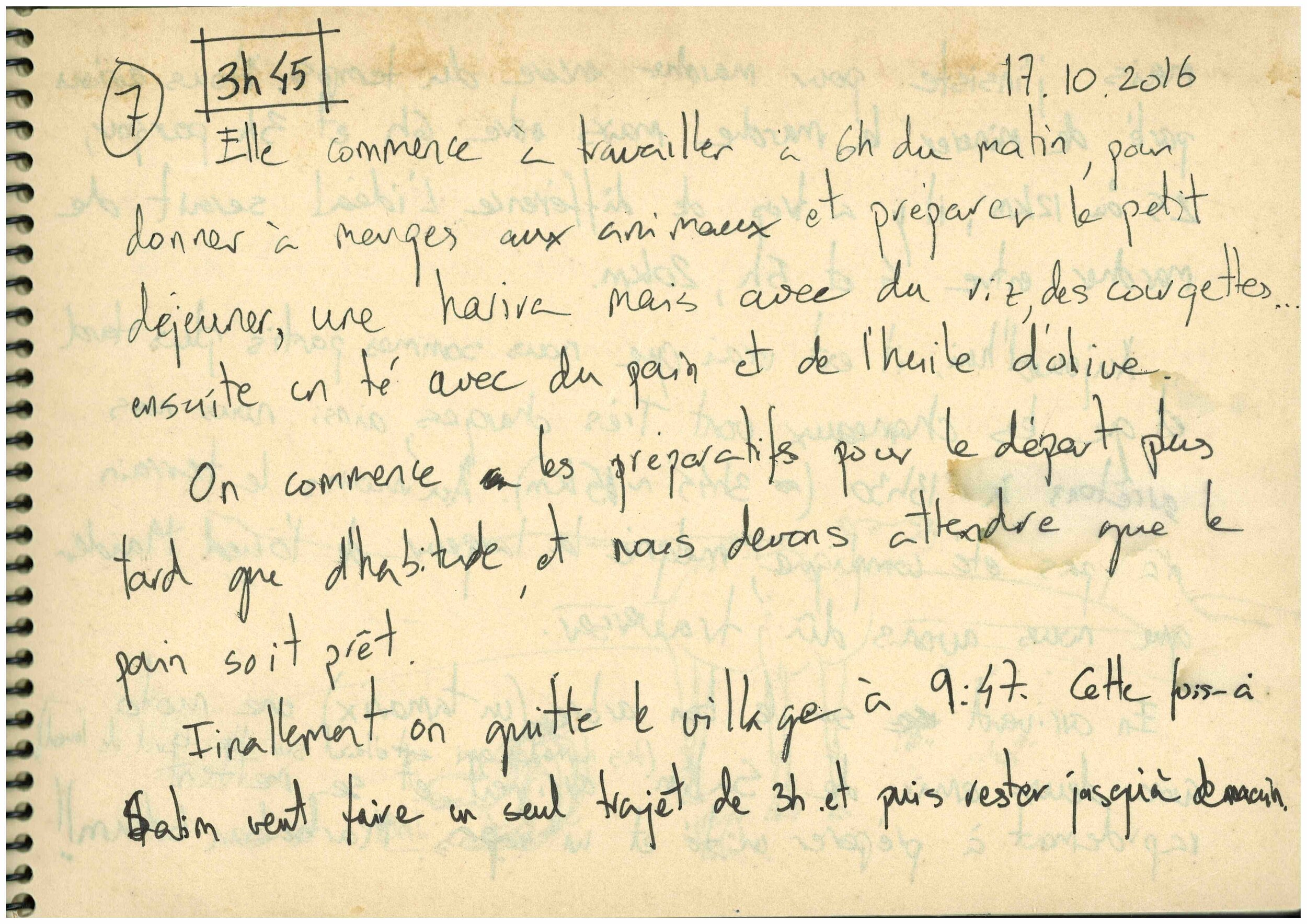
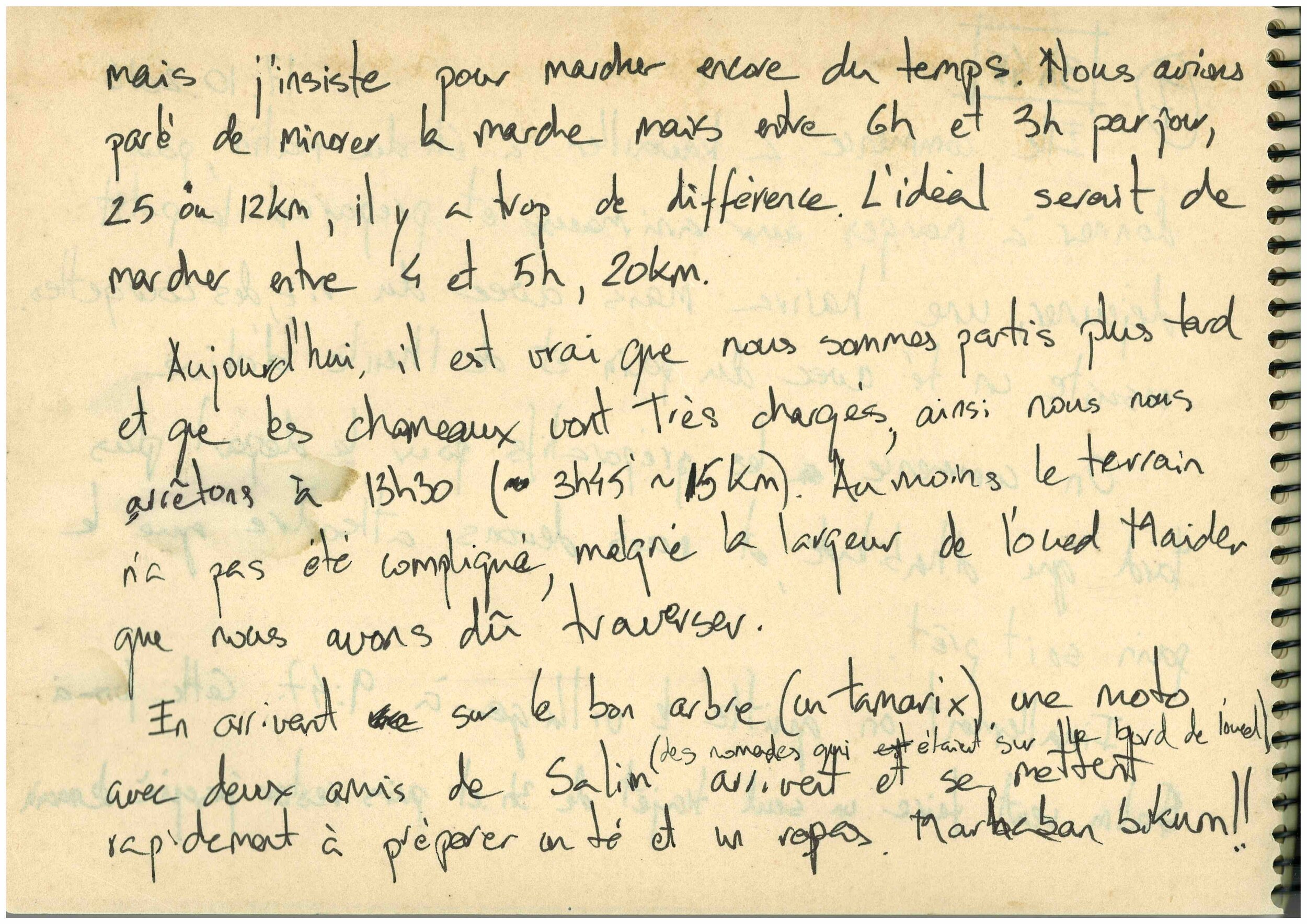
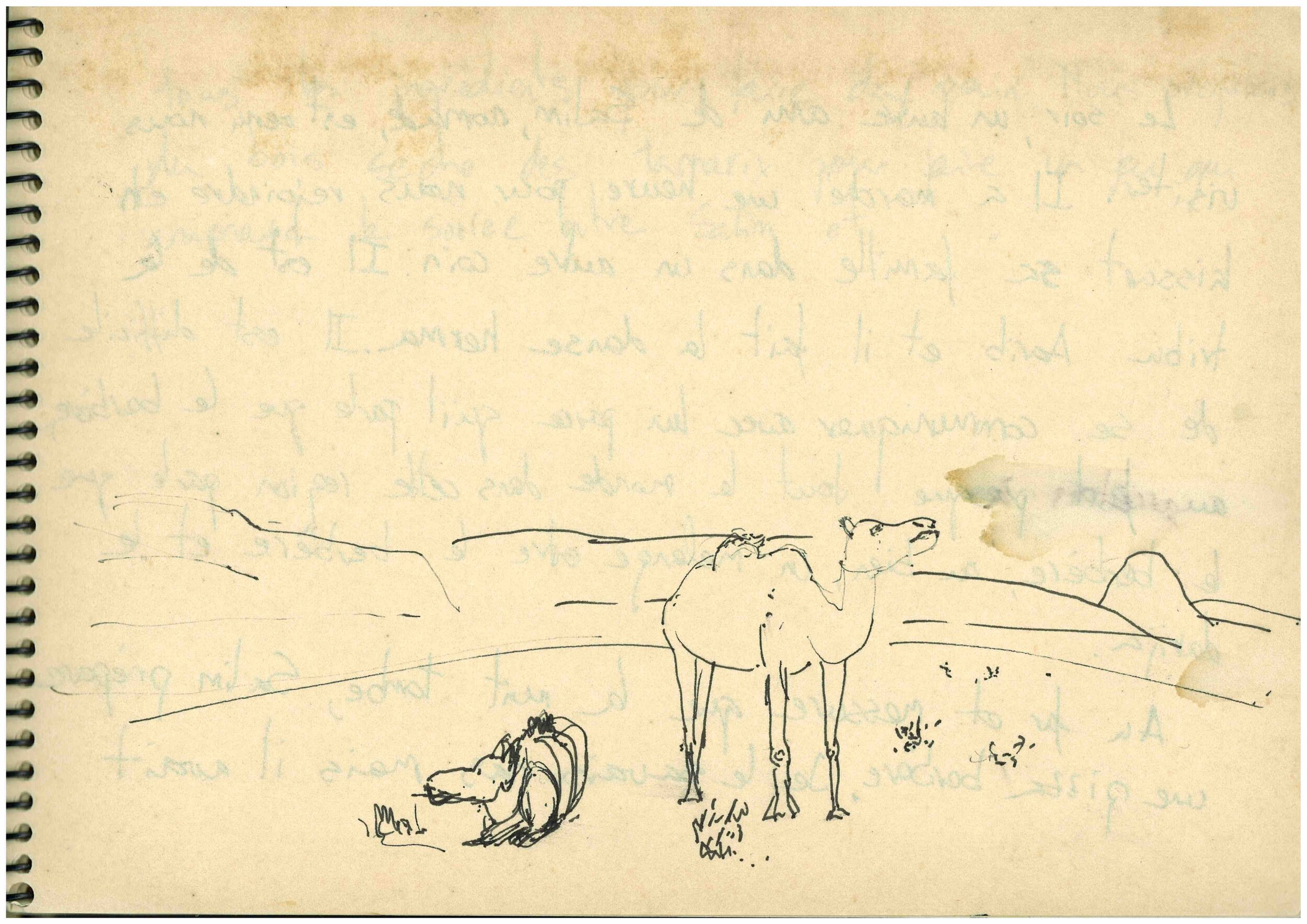

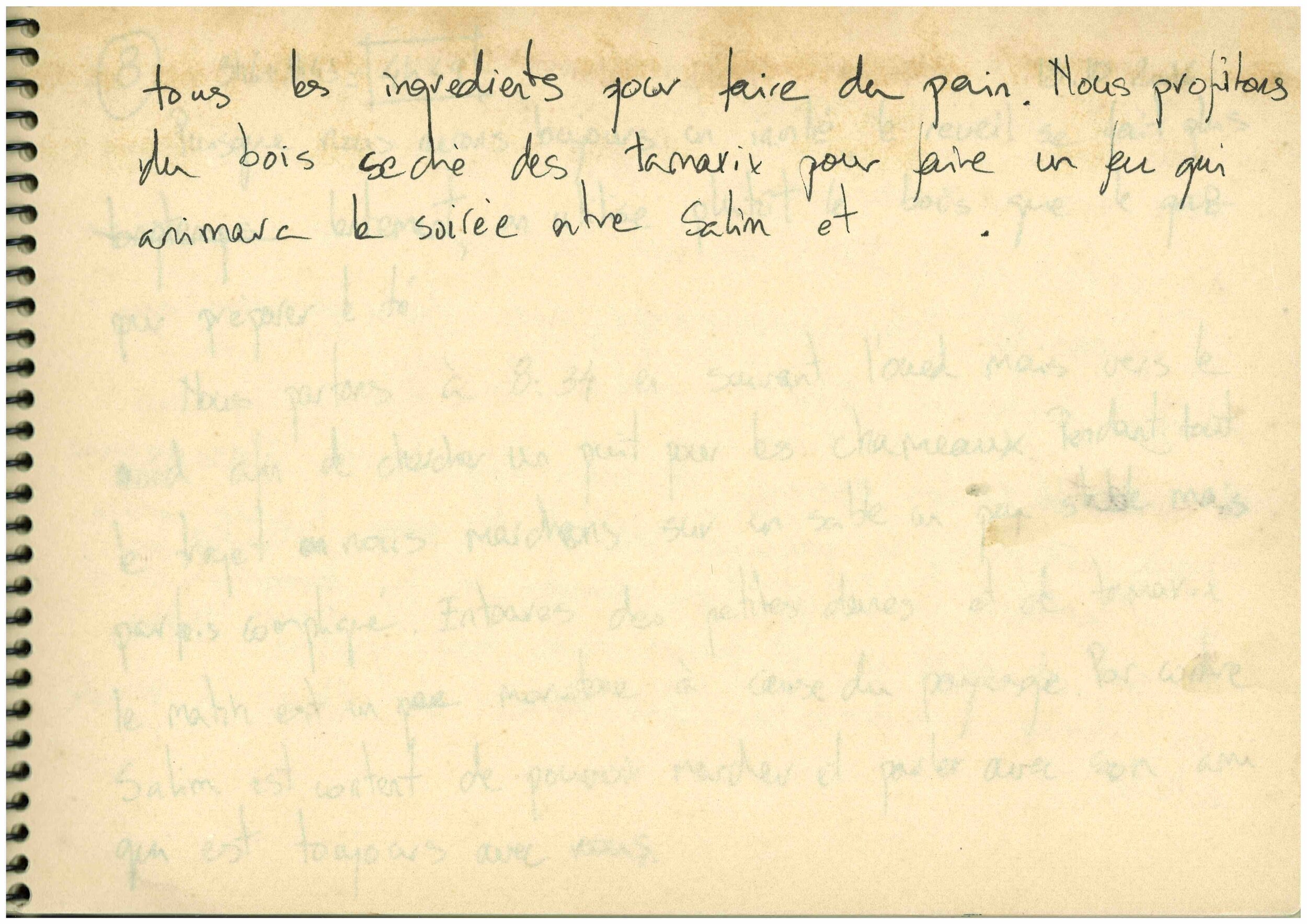
She starts working at 6 o'clock to feed the animals and prepare breakfast, a soup (harira but with rice, courgettes ...), tea and bread with olive oil.
We begin the preparations to leave later than usual as we have to wait for the bread to be ready.
Finally we leave the town at 9:47 in the morning. This time Salim wants to make a single journey of three hours and then stay there until the next morning,
----------
but I insist on walking more time. We had talked about decreasing a bit the speed and duration of the walks, but between doing six hours and three hours a day (between 25 and 12 km) there is a huge difference. The ideal would be to walk between 4 and 5 hours, that is, about 20 kilometres a day.
Today it is true that we left later and that the camels are very loaded after provisioning, so we stop at 13:30 (about 15 km). At least, the terrain was not very complicated, despite the great width of the Mader river that we had to cross.
When arriving to a good tree (a tamarisk tree) a motorcycle with two friends of Salim (nomads who were camped on the edge of the riverbed) arrives and quickly they start making tea and food. Welcome!
----------
At night, another nomad friend of Salim came to visit us. He made an hour of walking to get to us, by leaving his family elsewhere. Najib is from the Aarib tribe and they do the traditional dance Herma. It is difficult to communicate with him, because he only speaks Berber, in fact, almost everyone in this region speaks only the Berber, or a mixture between Berber and Darija.
As night falls, Salim prepares a Berber pizza. I did not know it, but he had
----------
all the ingredients to make bread. We take advantage of the dry wood of the tamarisks to make a fire that will also animate the night between Salim and Najib.

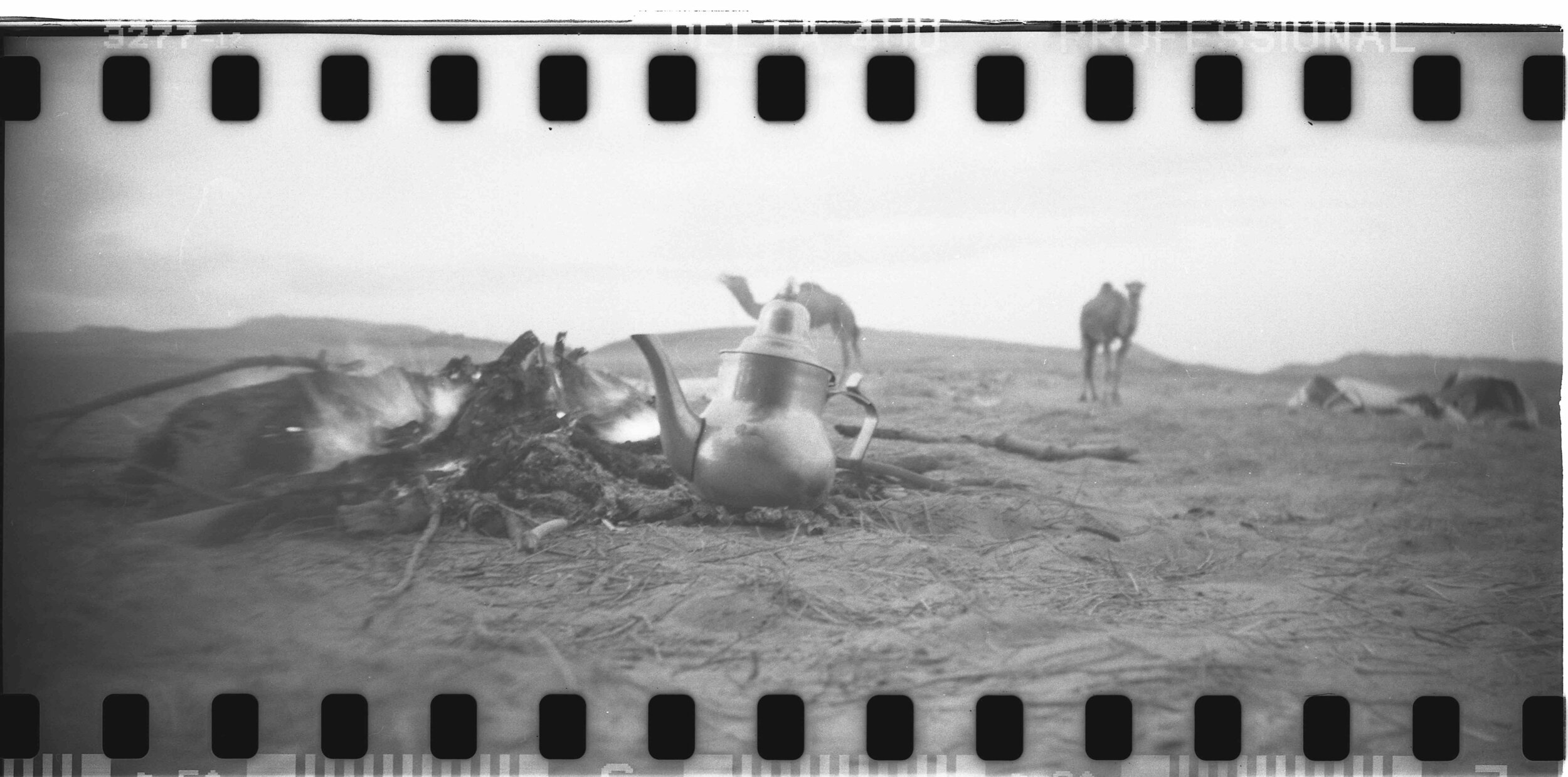
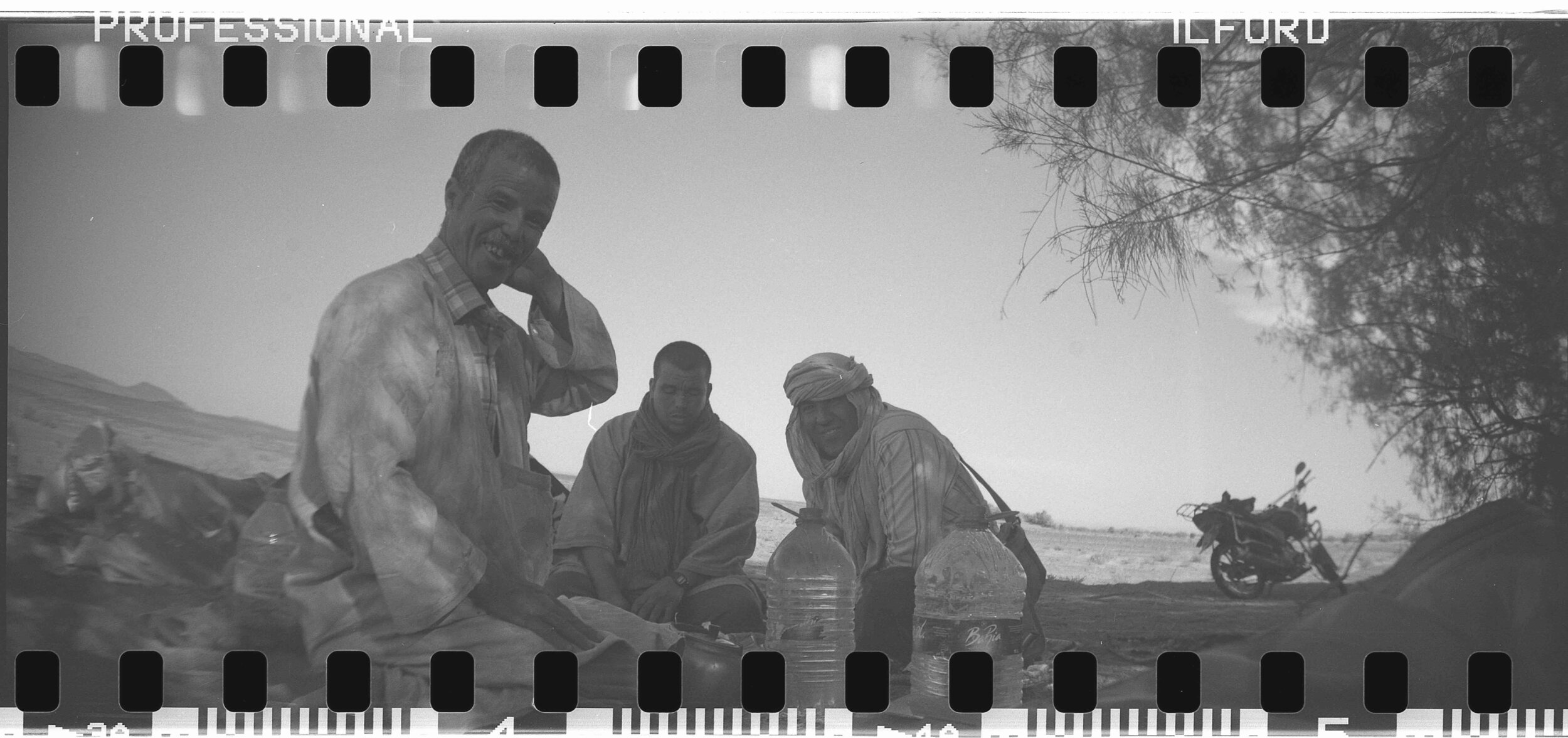
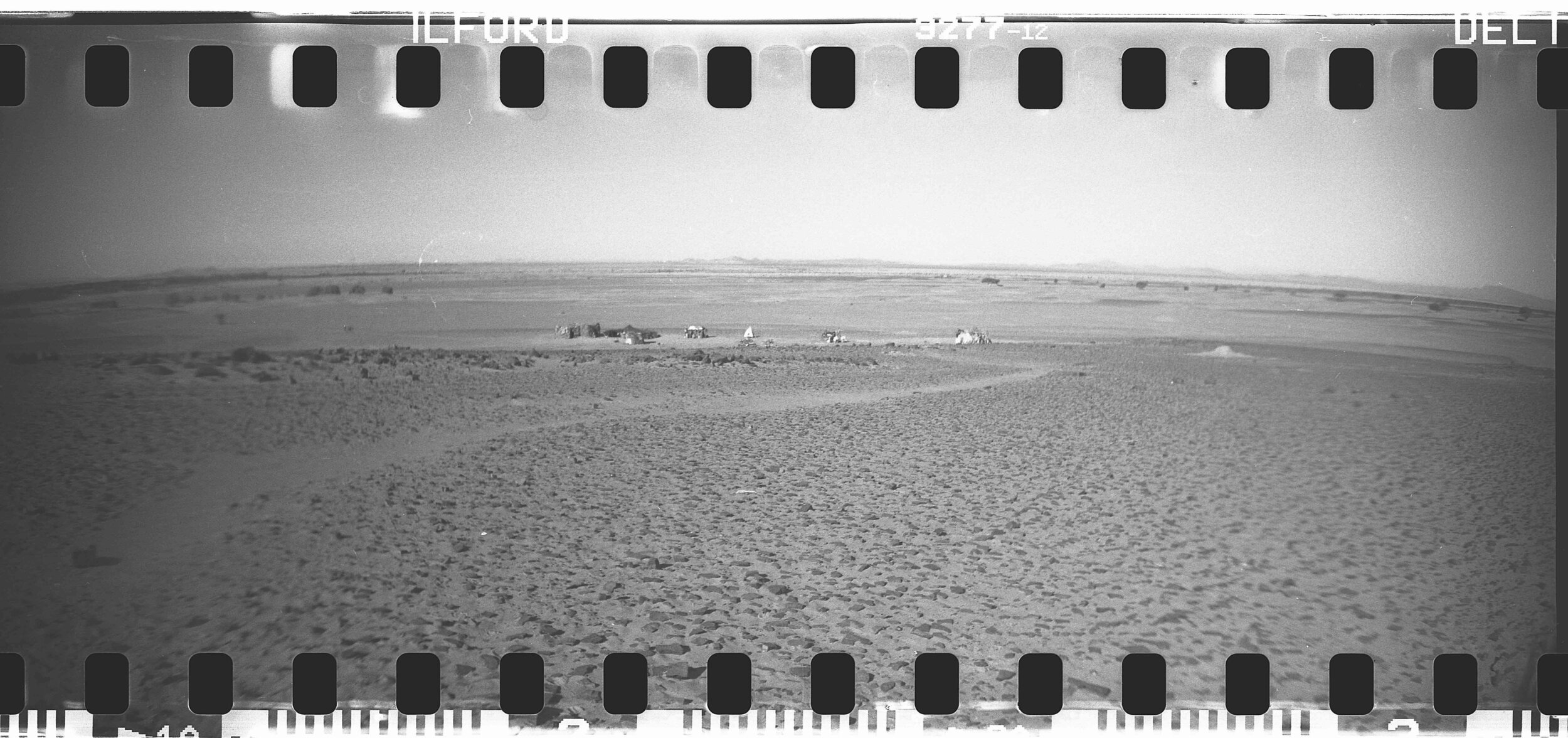
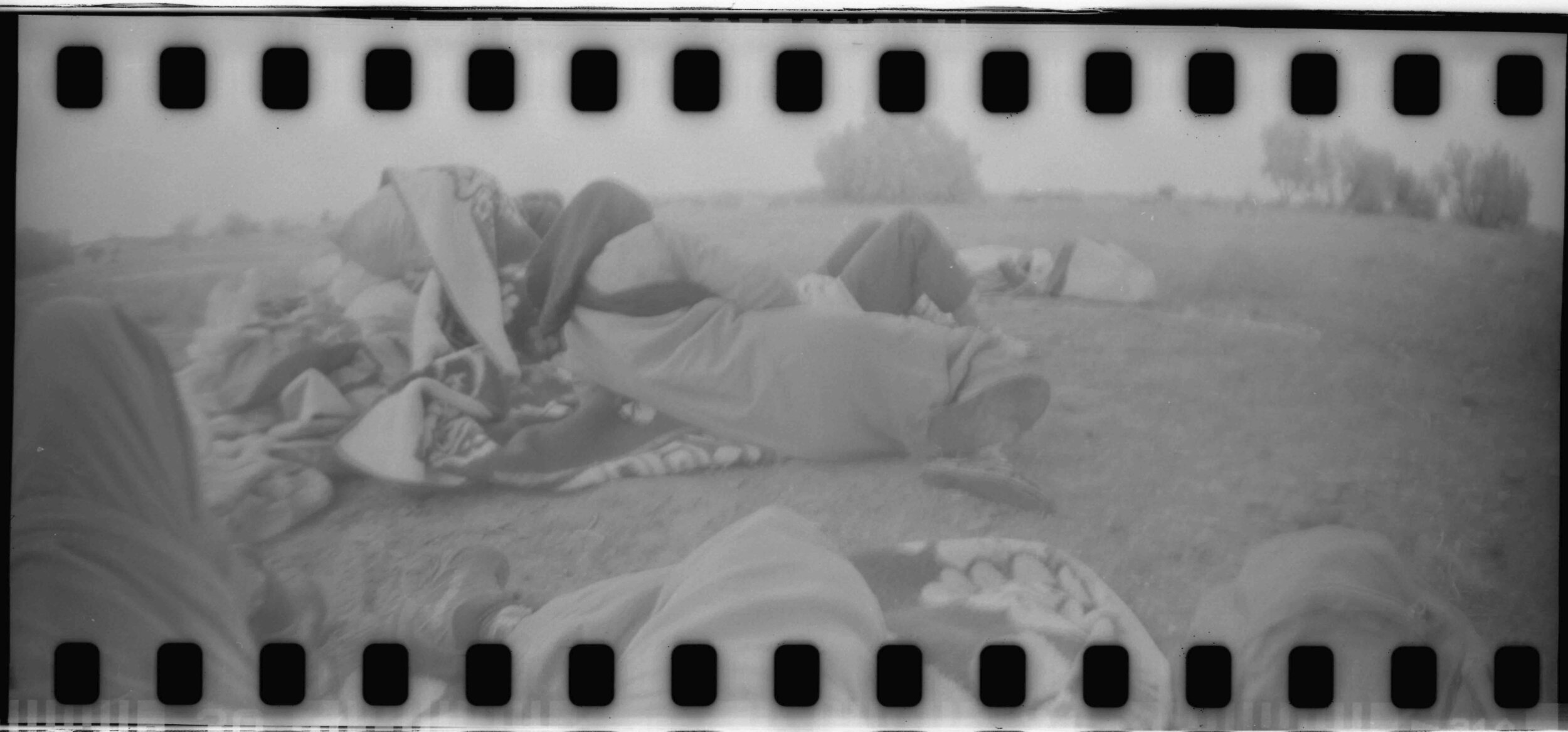

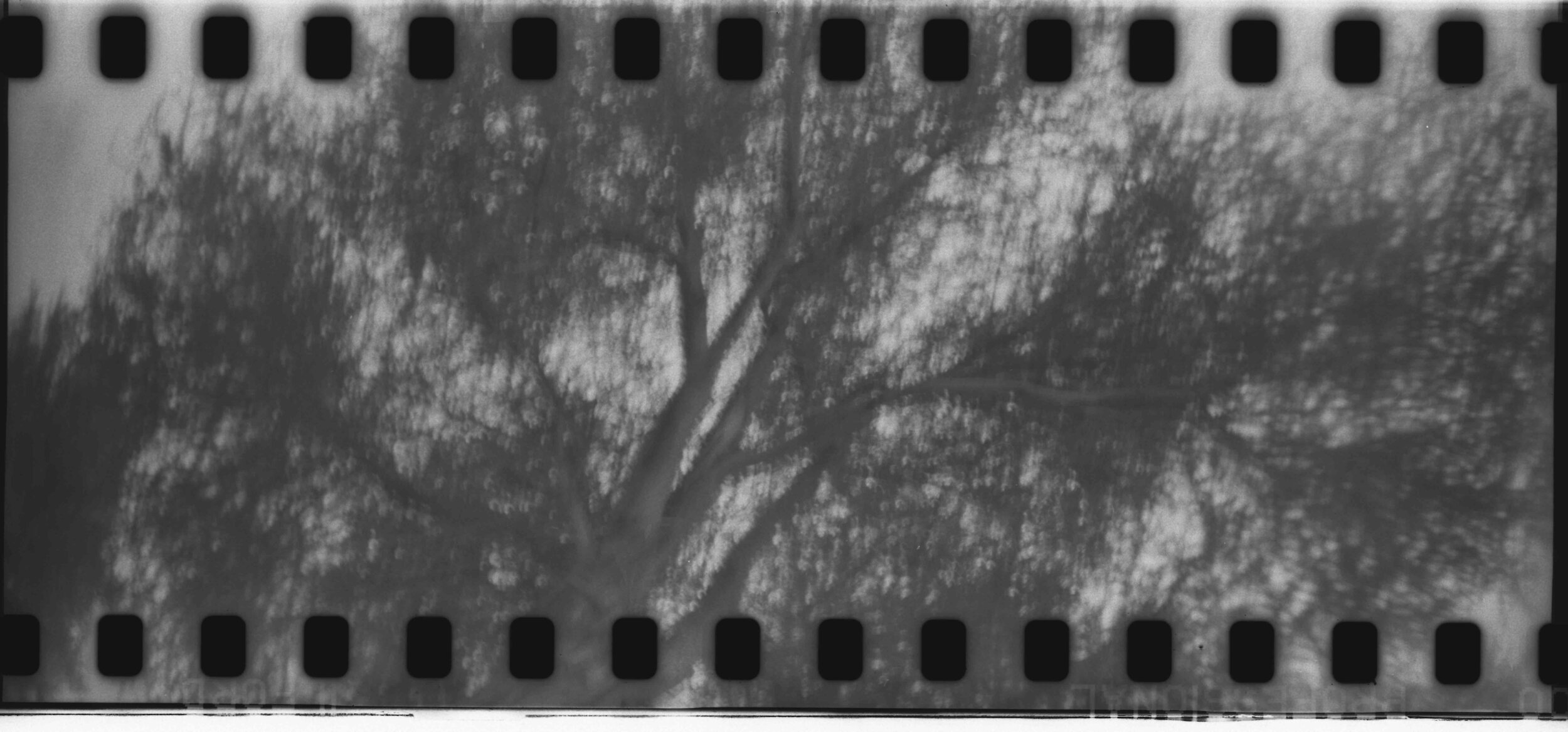
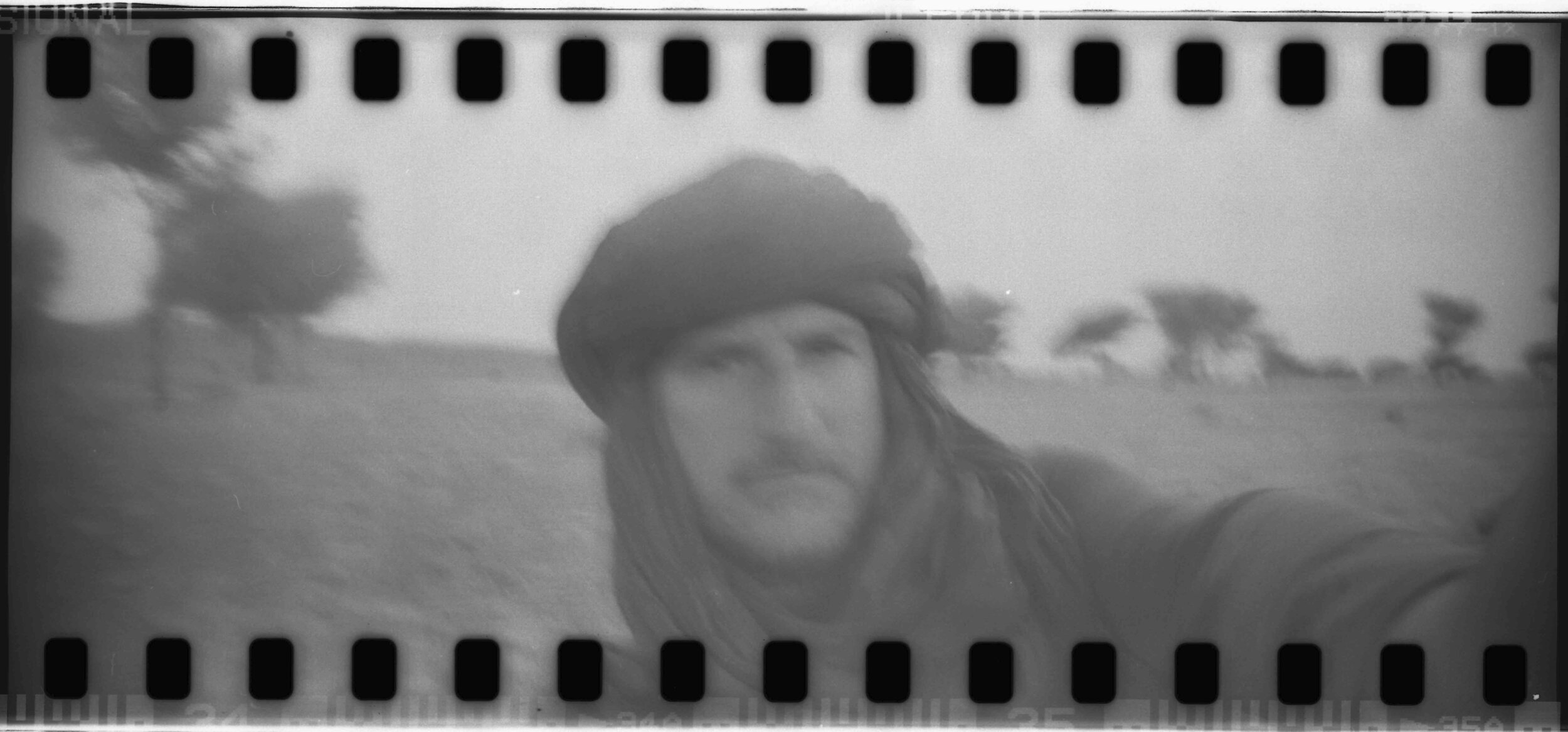
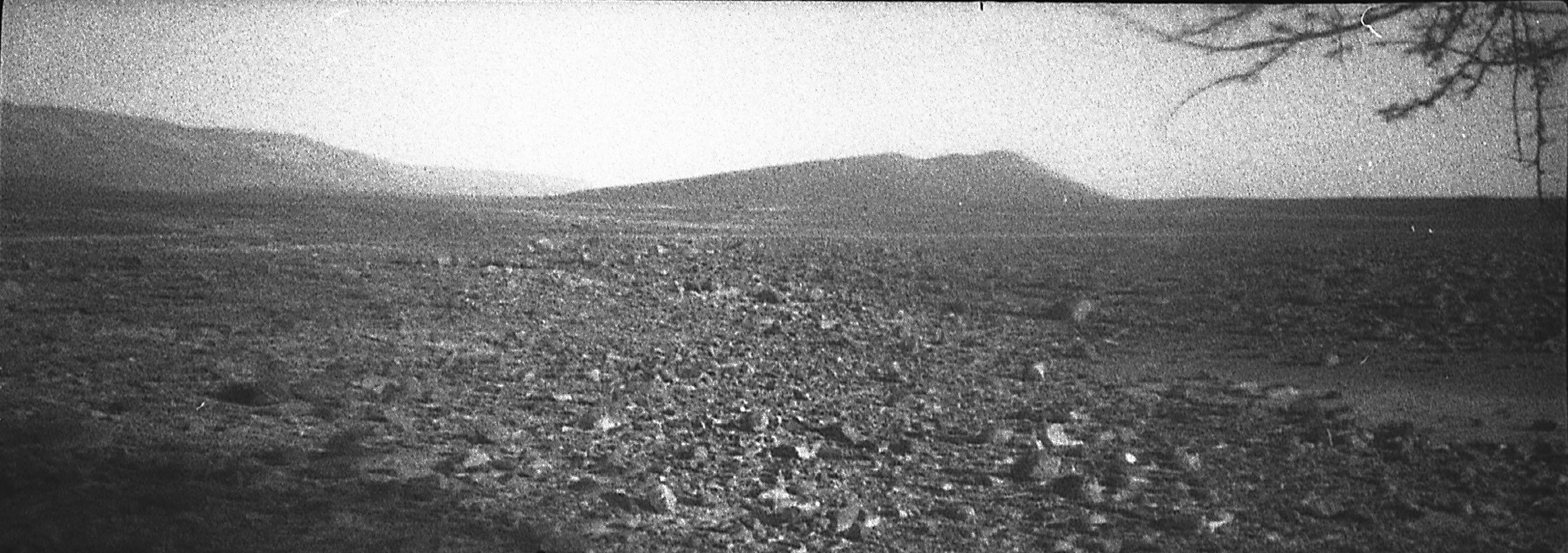
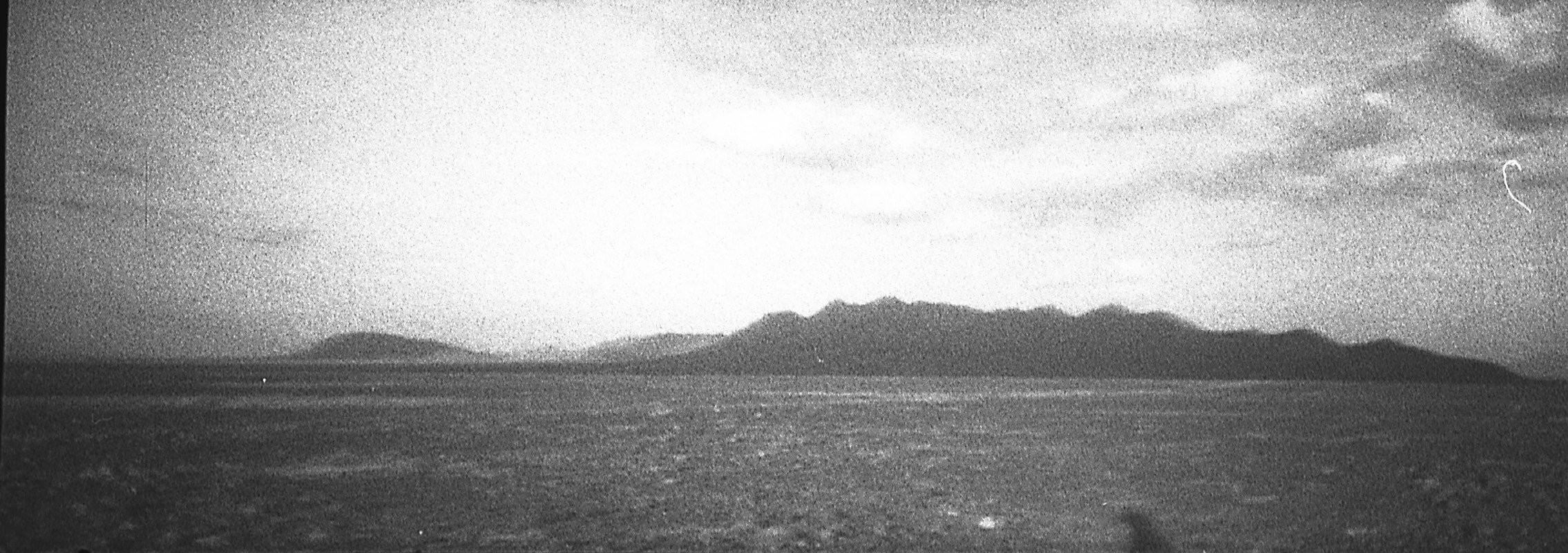
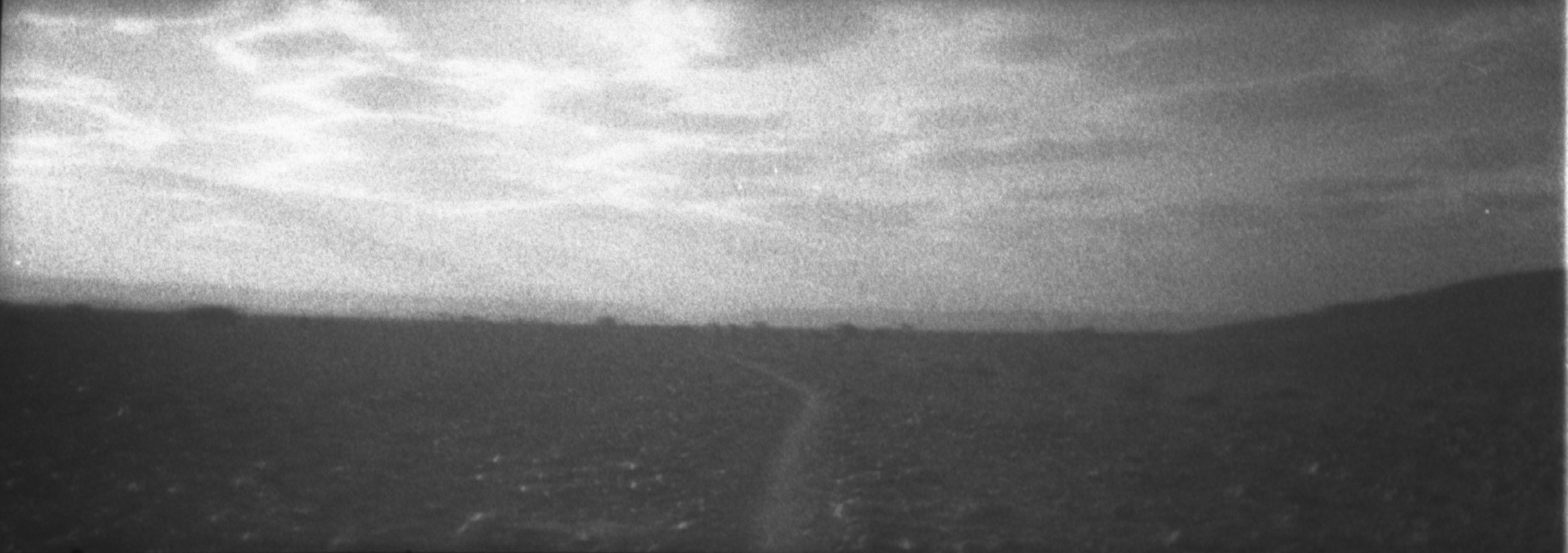
DAY 08
18.10.2016
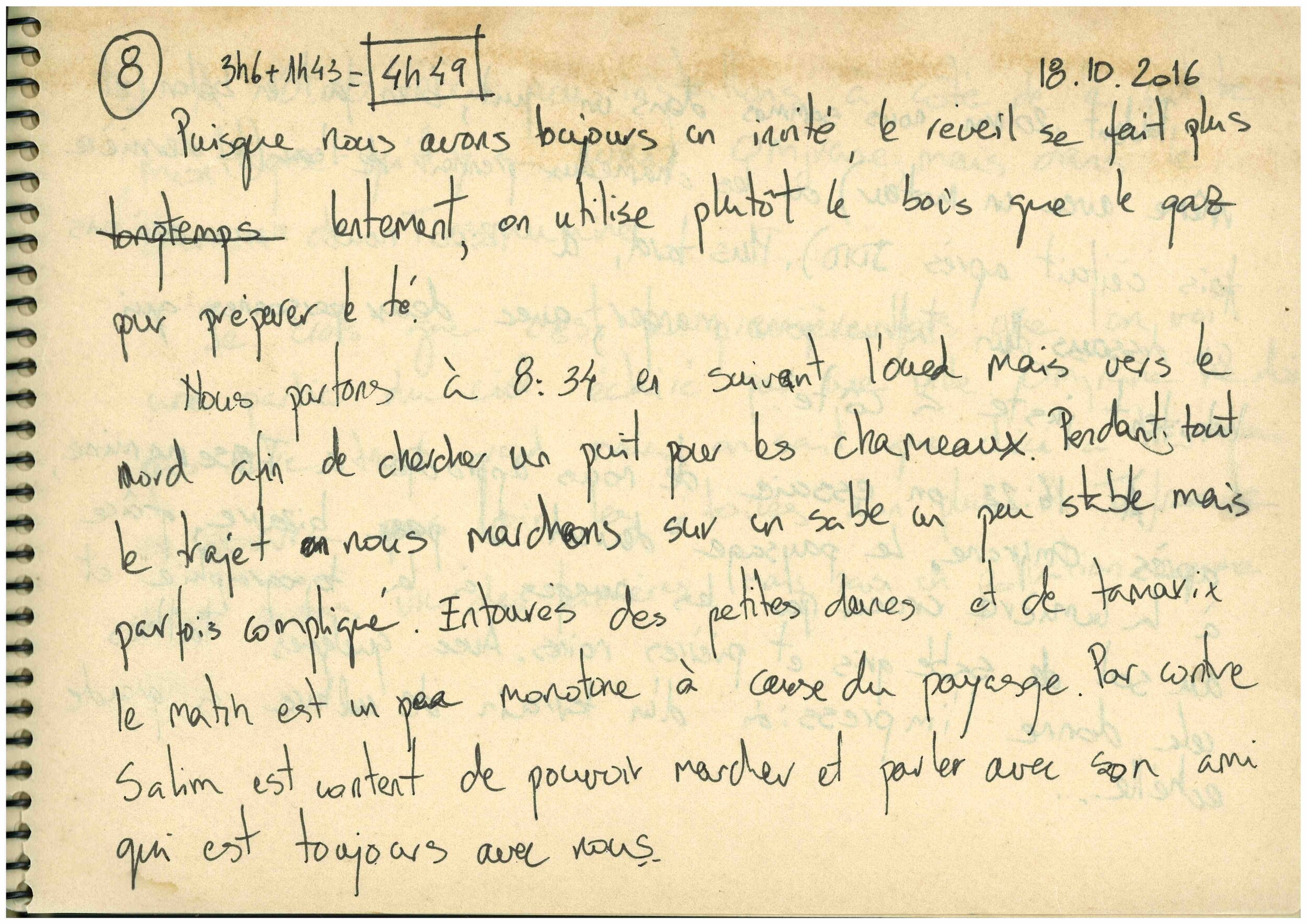

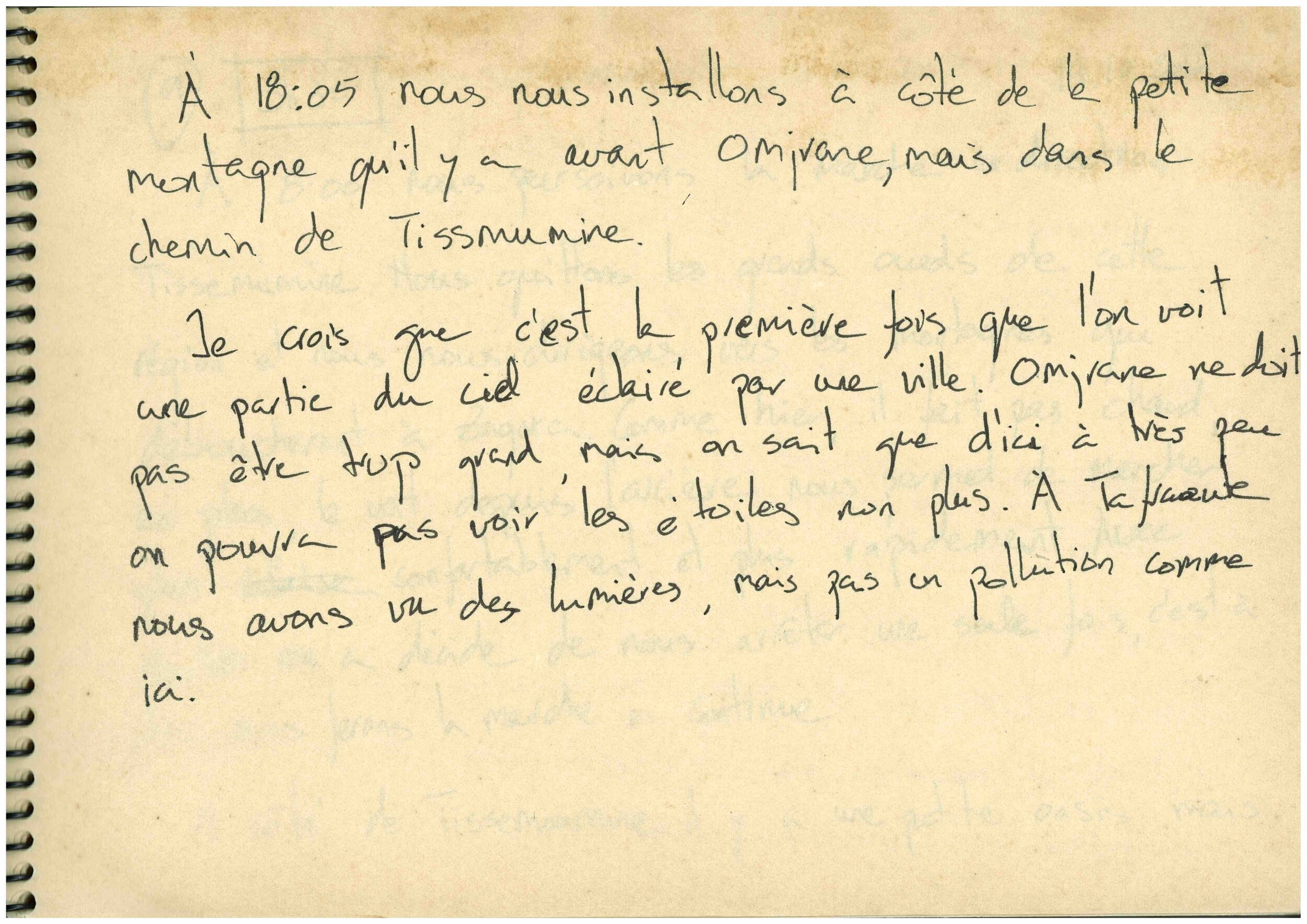
Since we have a guest, the awakening slows down, we use the wood instead of the gas to make some tea.
Finally we leave at 8:34 but following the river to the north, looking for water for the camels. During the whole journey we walk through a somewhat stable but sometimes complicated sand. Surrounded by small dunes and tamarisk trees the morning gets a bit boring, however Salim is happy to be able to walk and talk with his friend who is still with us.
----------
For 20 minutes we remain in the well, built with concrete (and even with a pump), where the camels drink quietly (the last time they did it was after Jdid). Later, at 12 o'clock we stop under a talha (Acacia tortilis) to eat the three of us with two persons who live there and who approached us.
At 16:22 we try to get as close as possible to Tissemoumine, just after Omjrane. The landscape becomes a little strange, thanks to the light created by a covered sky, the topography and the ground of gray sand and black stones. With some disseminated talha trees it gives the impression as if it was a large-scale cultivation field.
----------
At 18:05 we settle next to the small mountain in front of Omjrane, but already on the road to Tissemoumine.
I think this is the first time we see the sky lit by artificial lights. Omjrane should not be big, but one is aware that there is little left so that the stars can not longer be seen. In Tafraoute we saw some lights, but they did not generate light pollution like here.
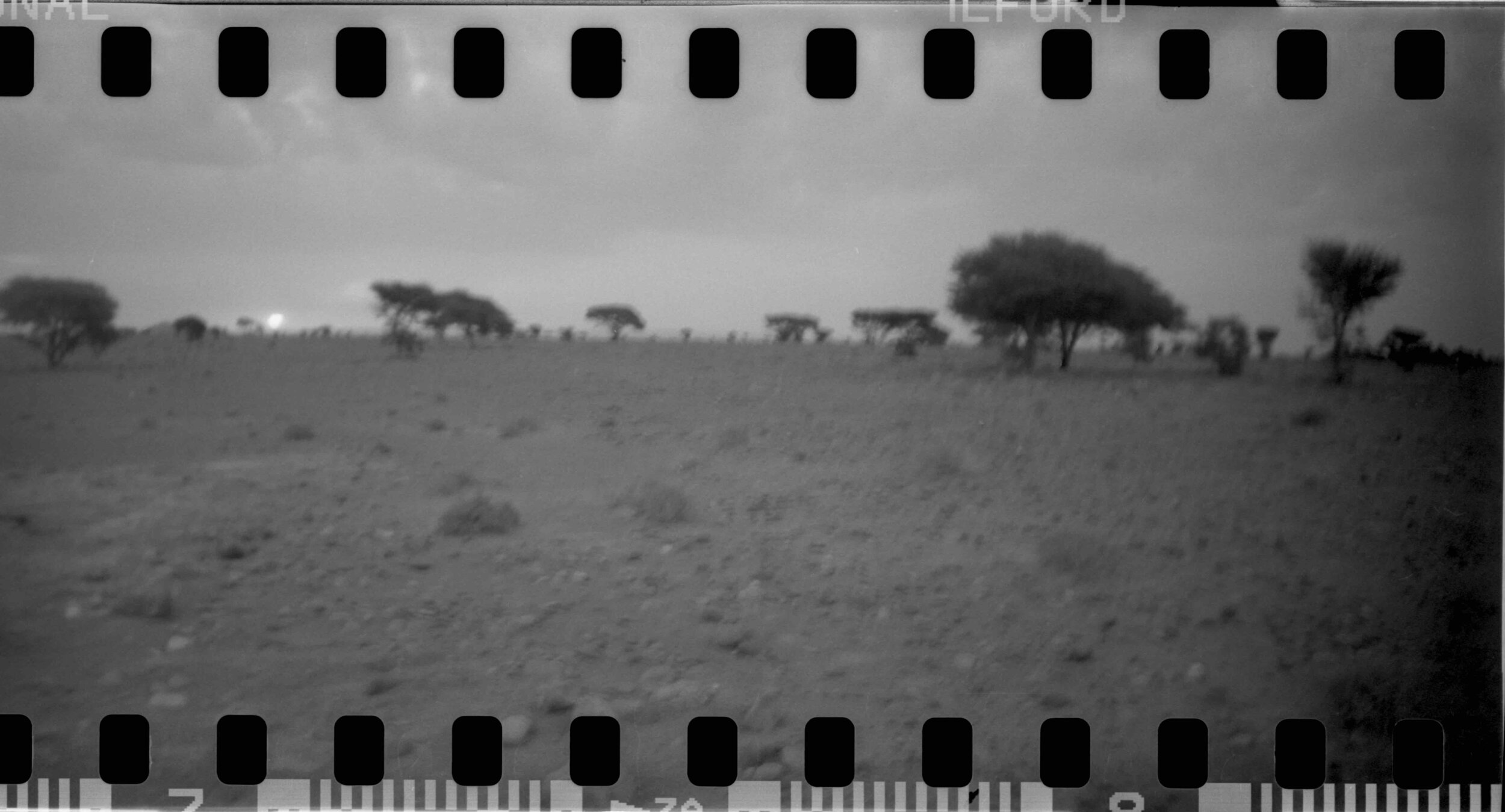
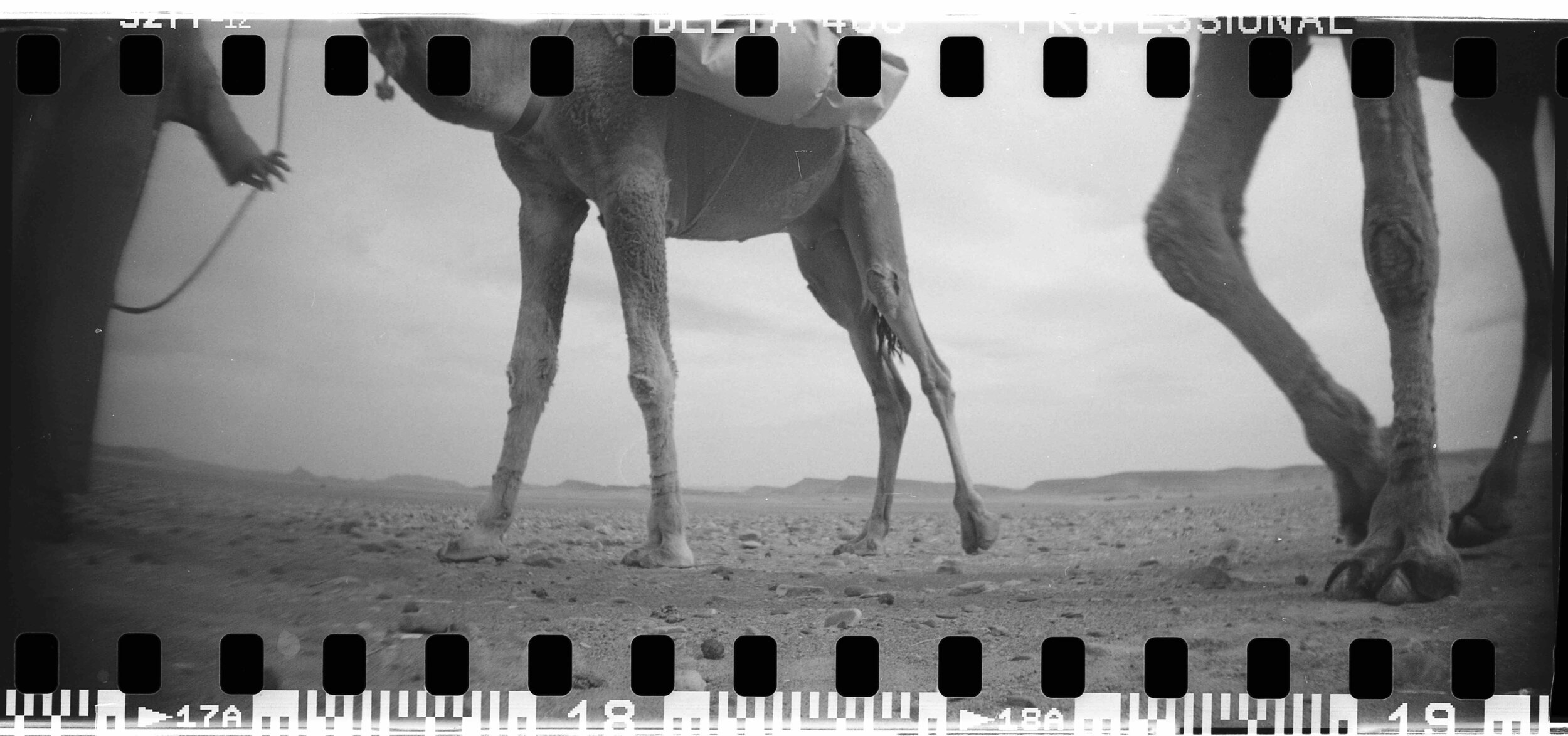
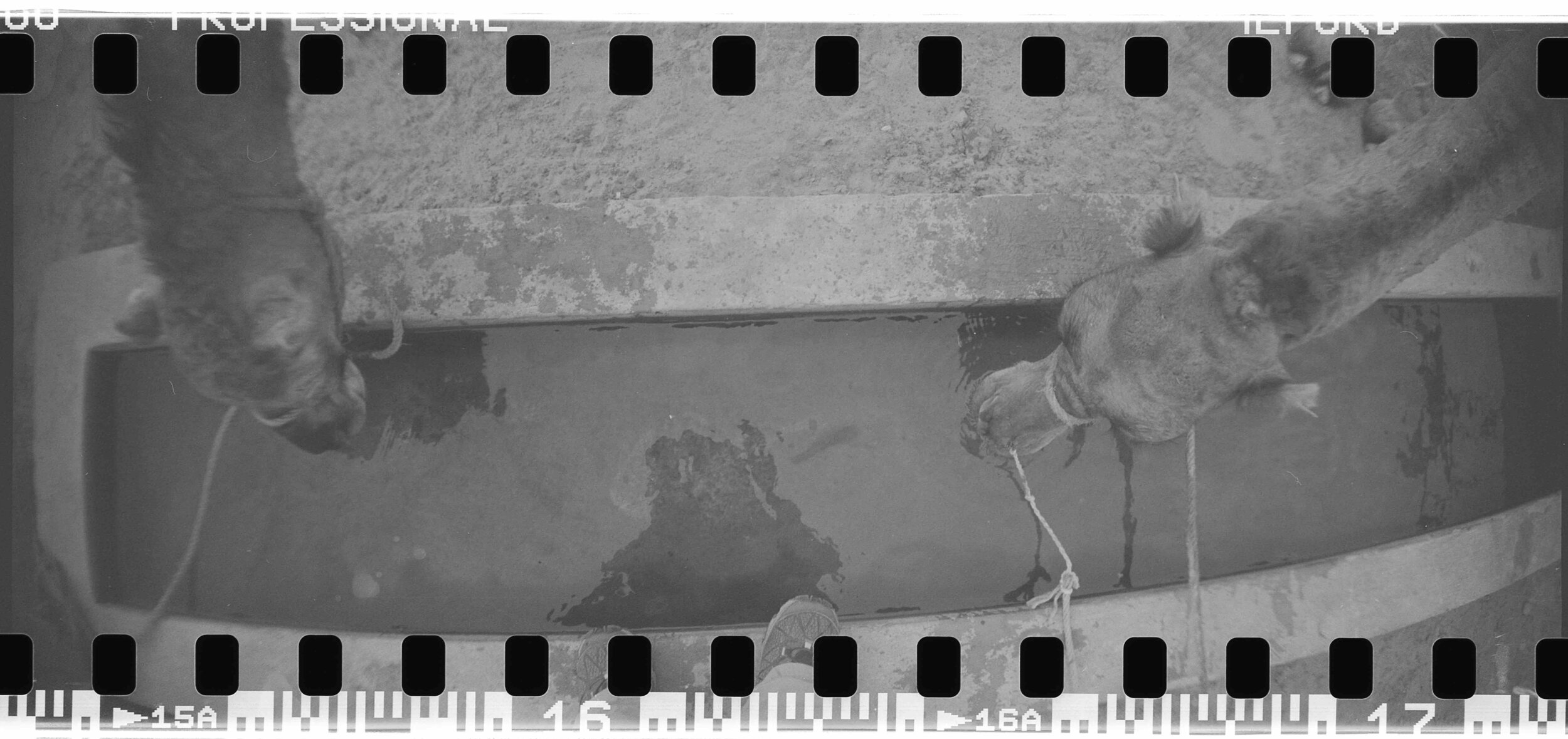
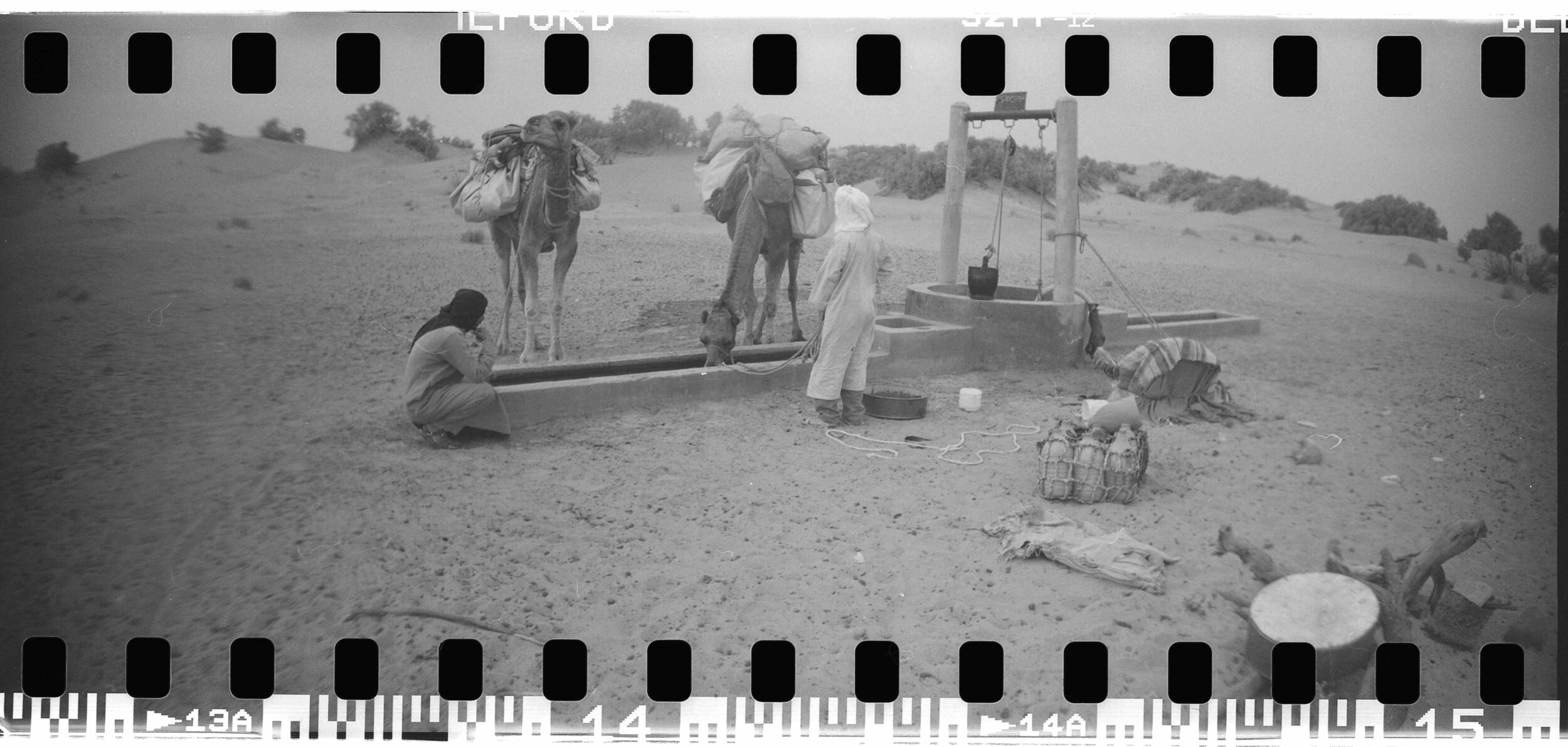
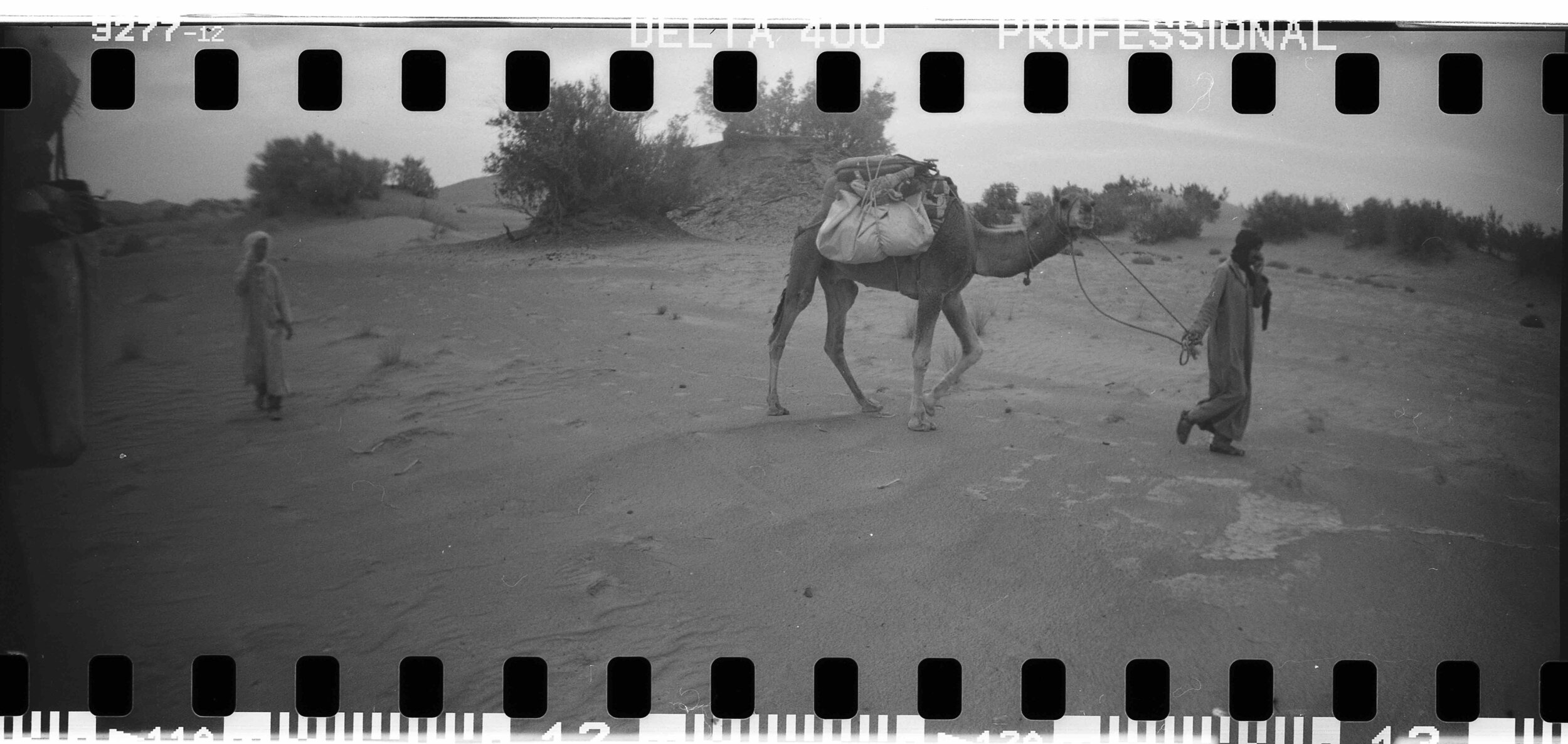

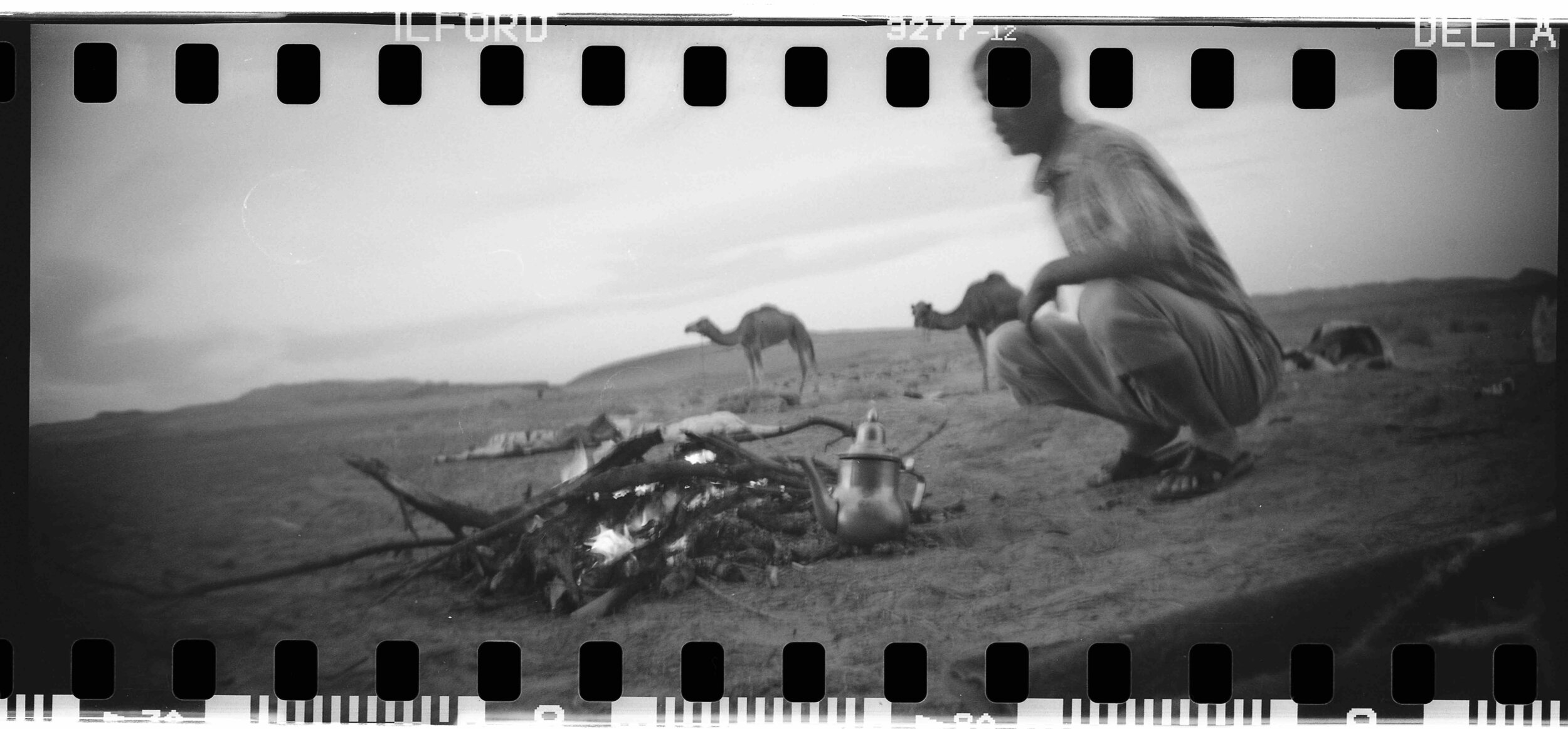


DAY 09
19.10.2016
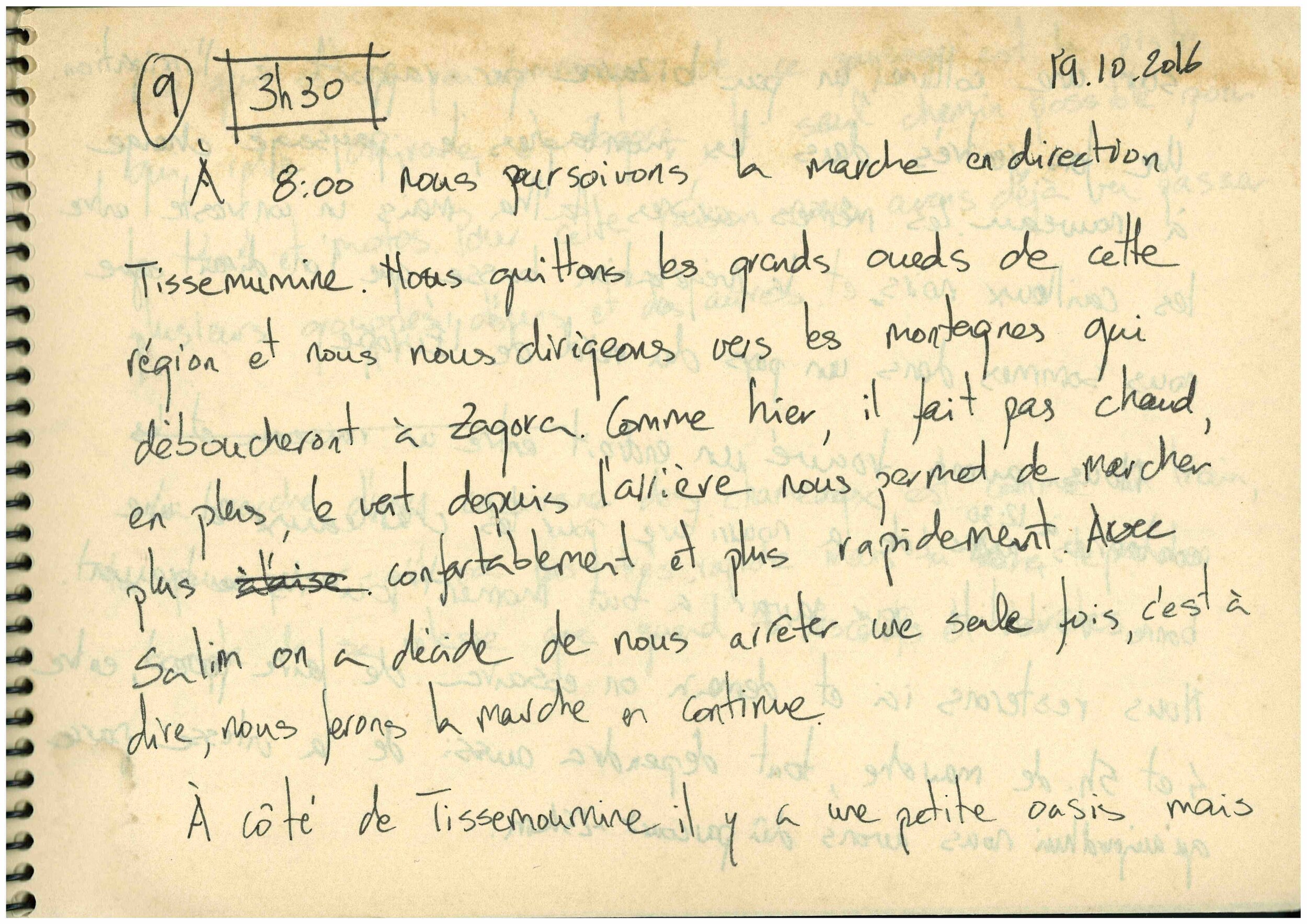
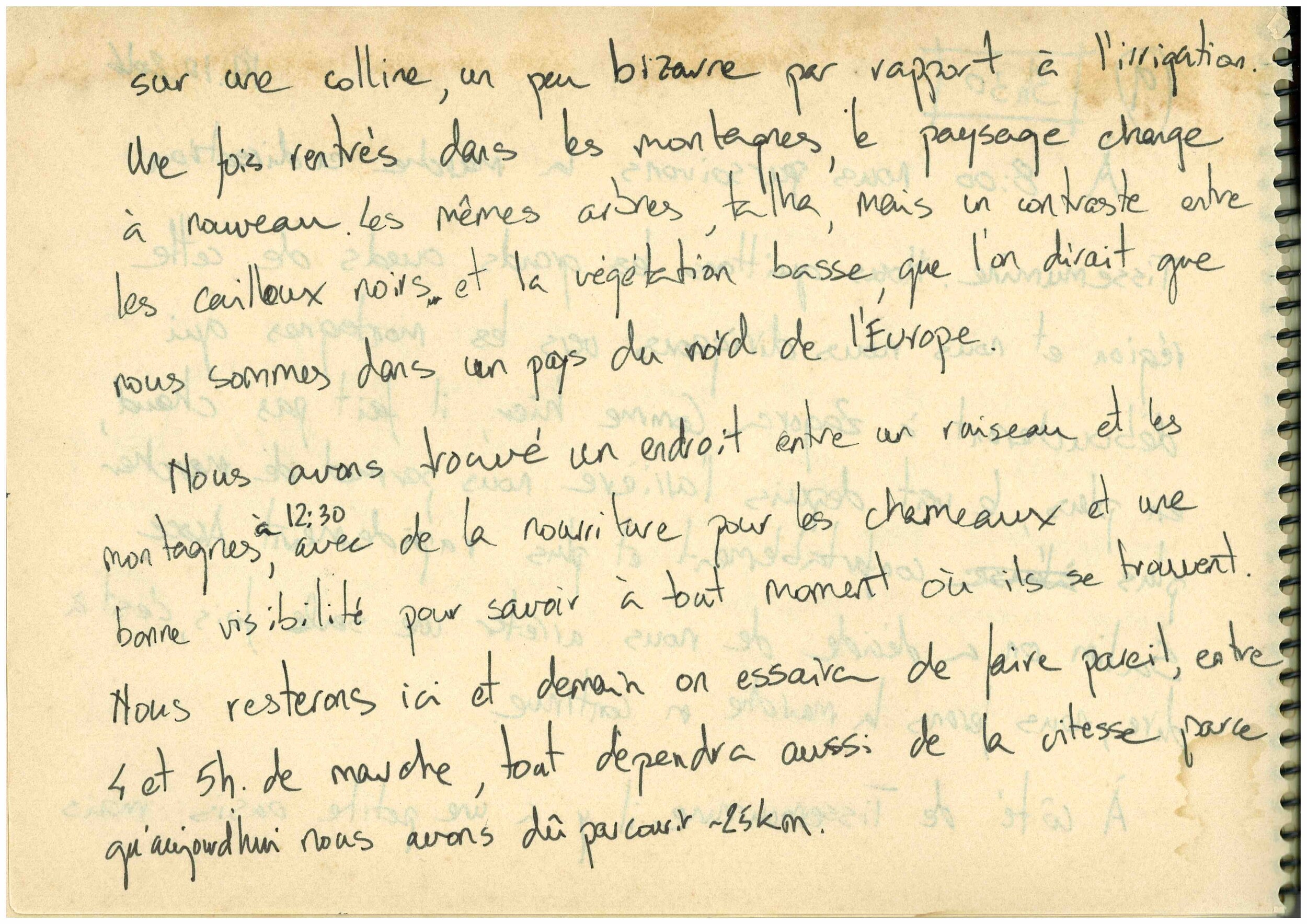
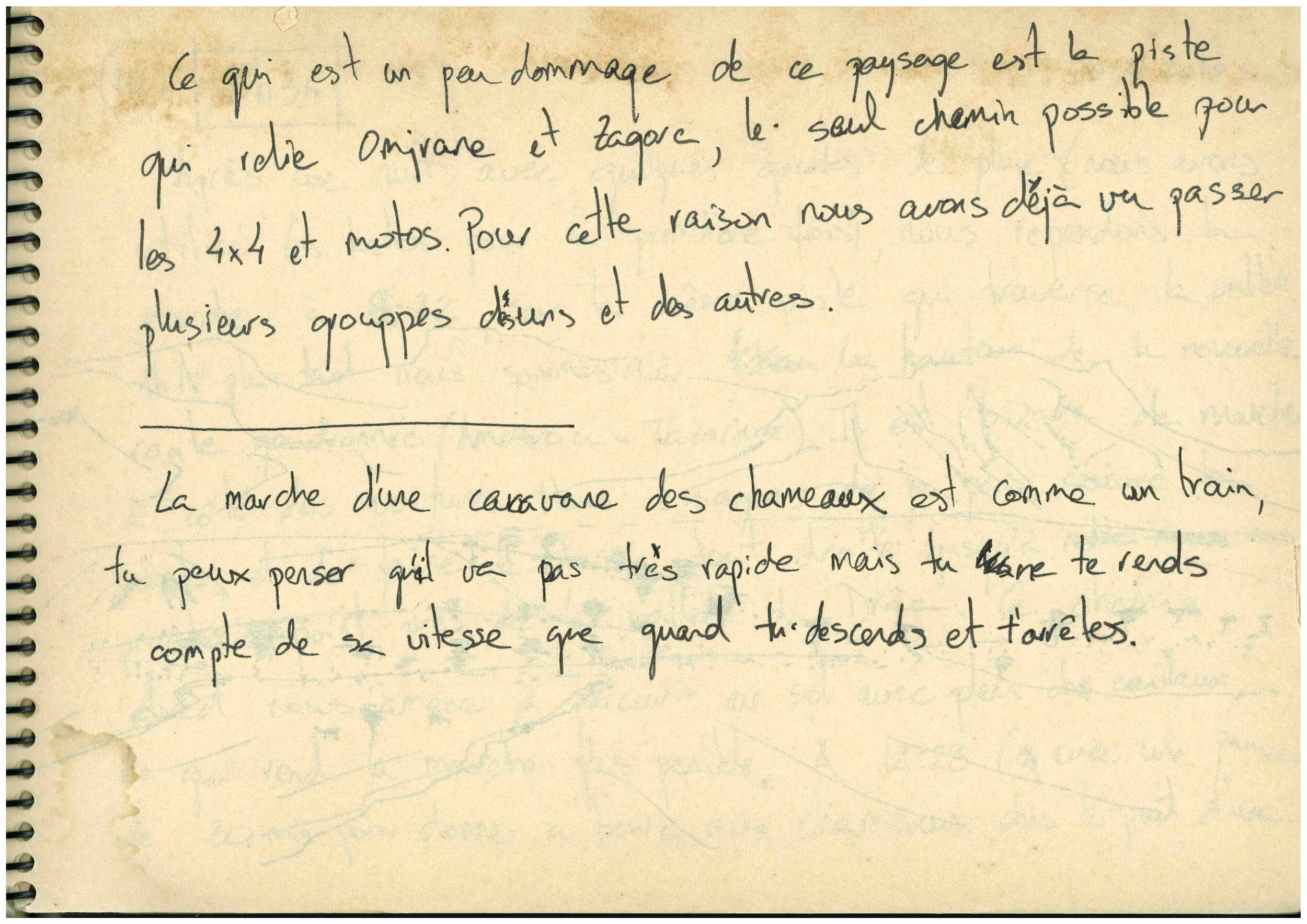
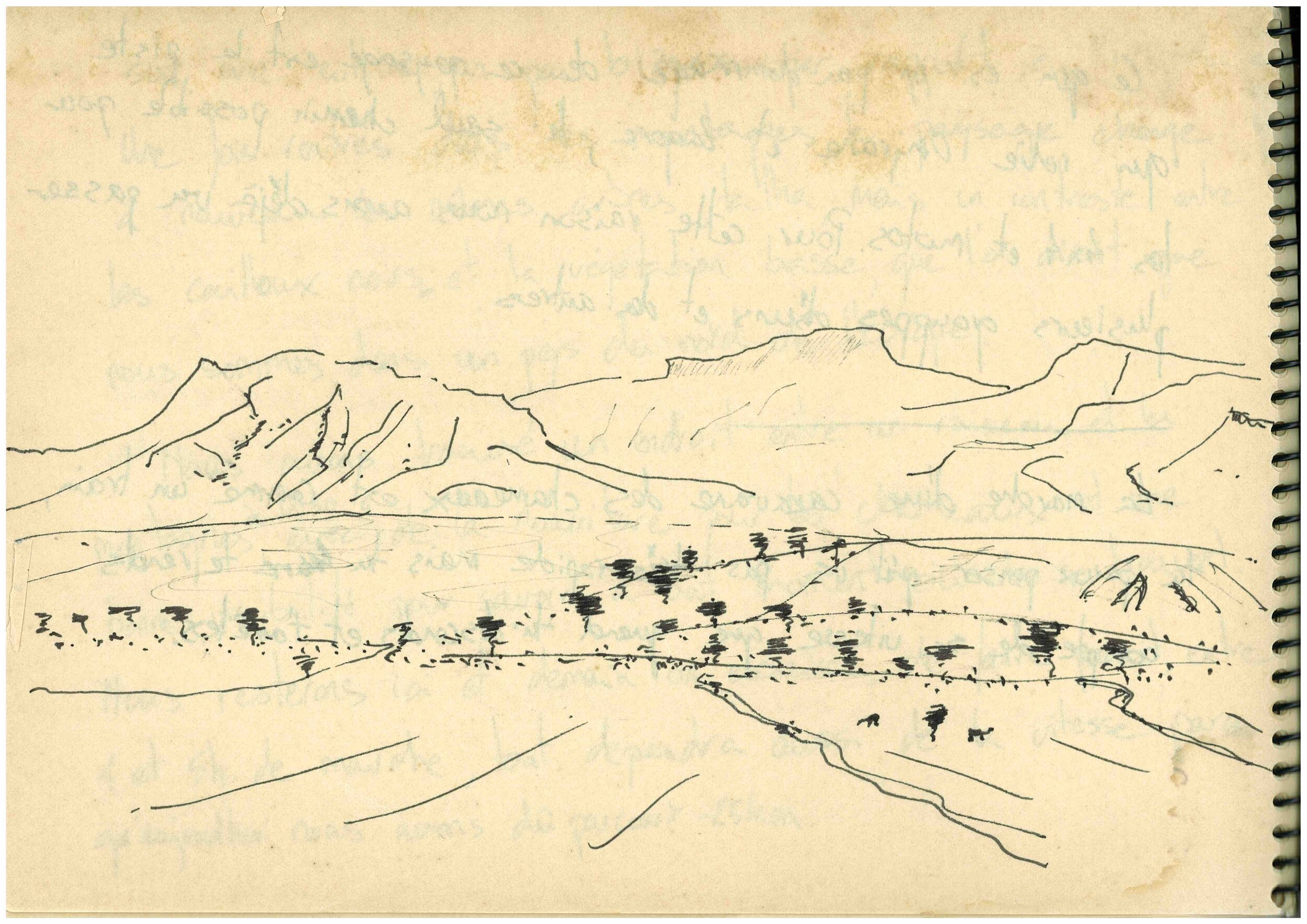
At 8 o'clock we continue walking towards Tissemoumine. We leave behind the great rivers of this region and head towards the mountains that will end in the province of Zagora. Like yesterday, it is not hot, in addition, the favorable wind allows us to walk more comfortably and faster. With Salim we have decided to stop just once, so we will walk in a single stretch.
Next to Tissemoumine there is a small oasis, but
----------
on a hill, something strange thinking about irrigation. Once in the mountains, the landscape changes again. The same trees, talha, but a greater contrast between the black rocks and low vegetation, it seems as if we were in a northern European country.
We found a place between a stream and the mountains at 12:30, with food for camels and a good visibility to know at all times where they are.
We will stay here and tomorrow we will try to do the same, between four and five hours of walking, everything will depend on the speed we reach because today we had to do about 25 km.
----------
What is a pity of this landscape is the road connecting Omjrane and Zagora, the only possible way for SUVs and motorcycles. For this reason, we have seen and heard several groups of cars and motorcycles.
Camels caravan is like a train, you can think it does not go fast, but you realise its speed when you get off and you stop.
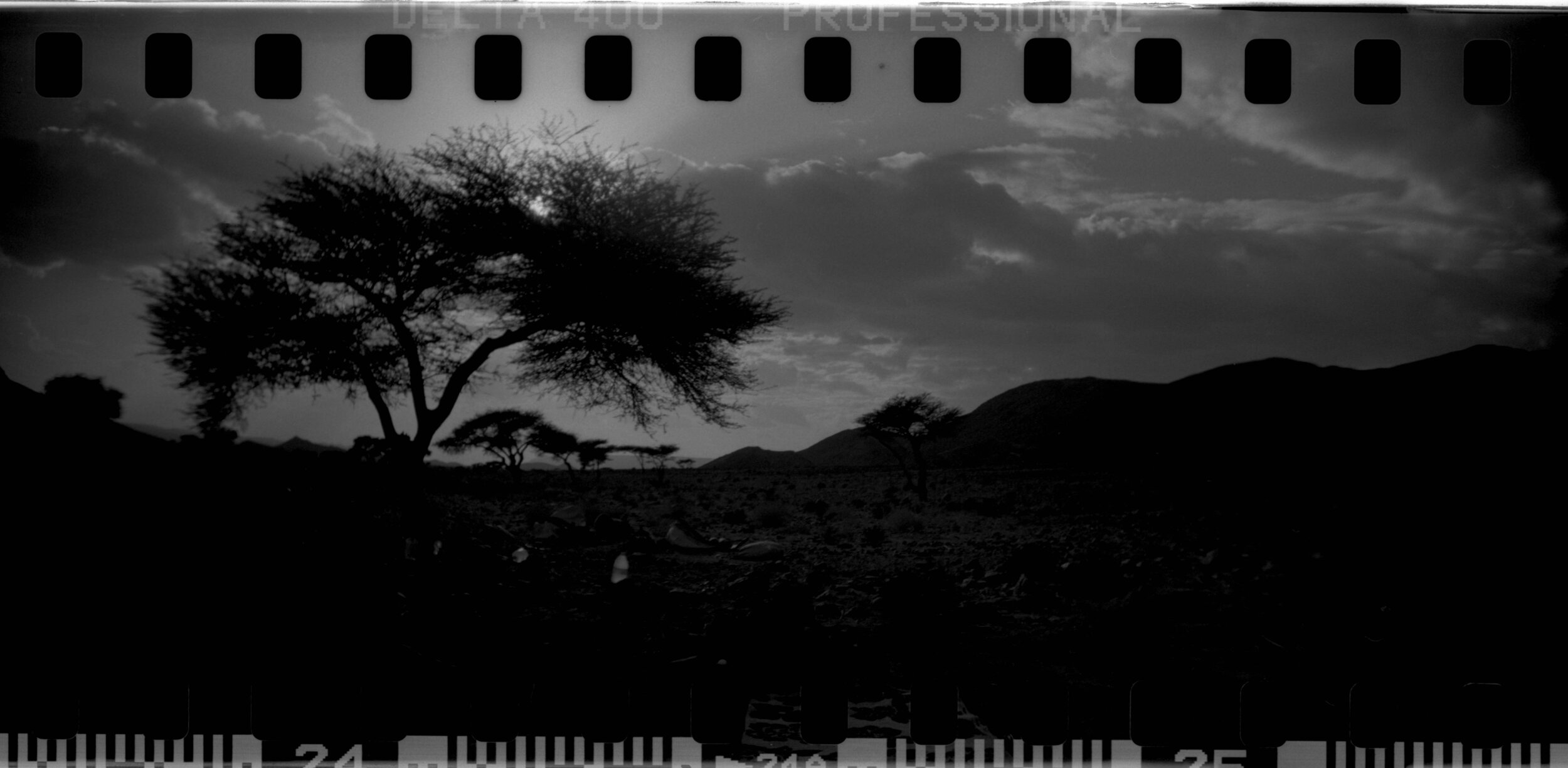

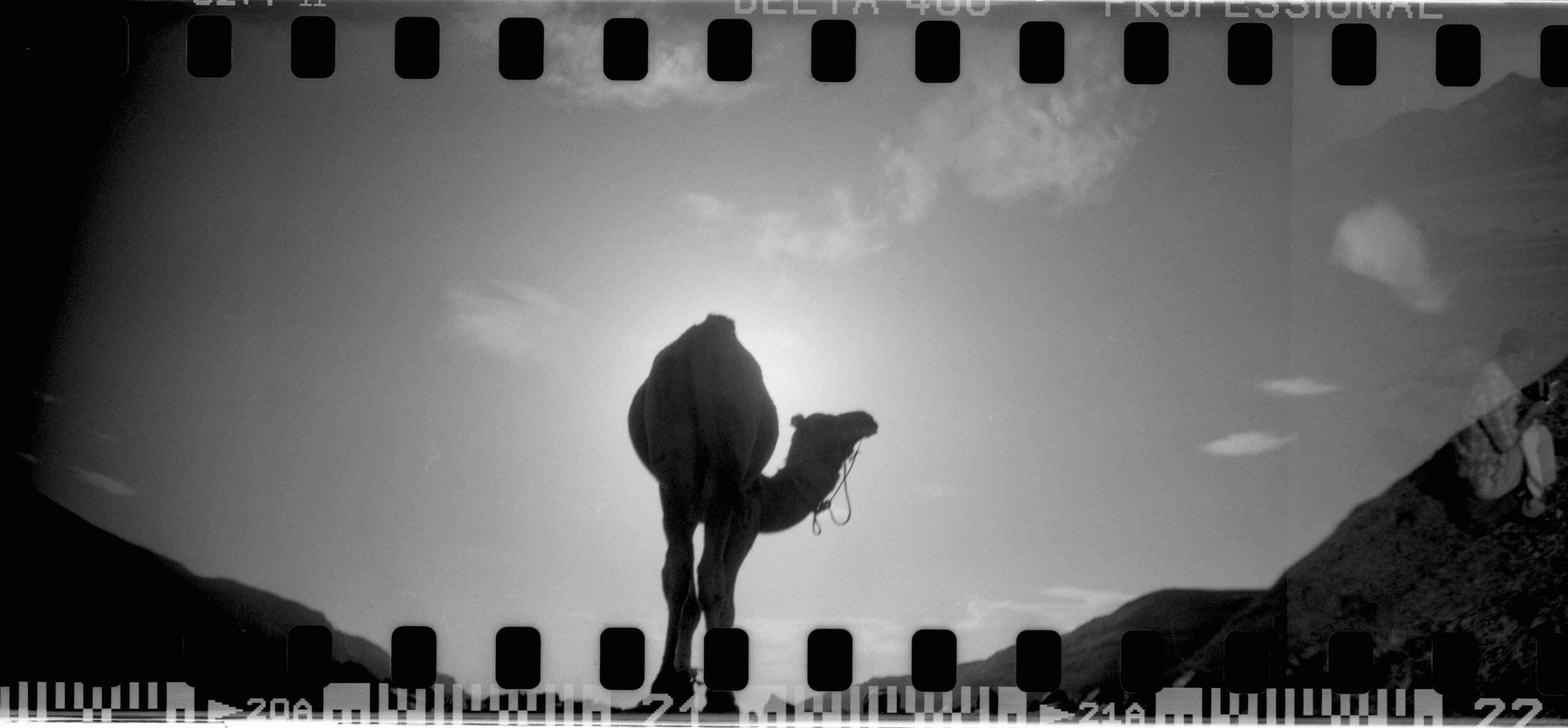
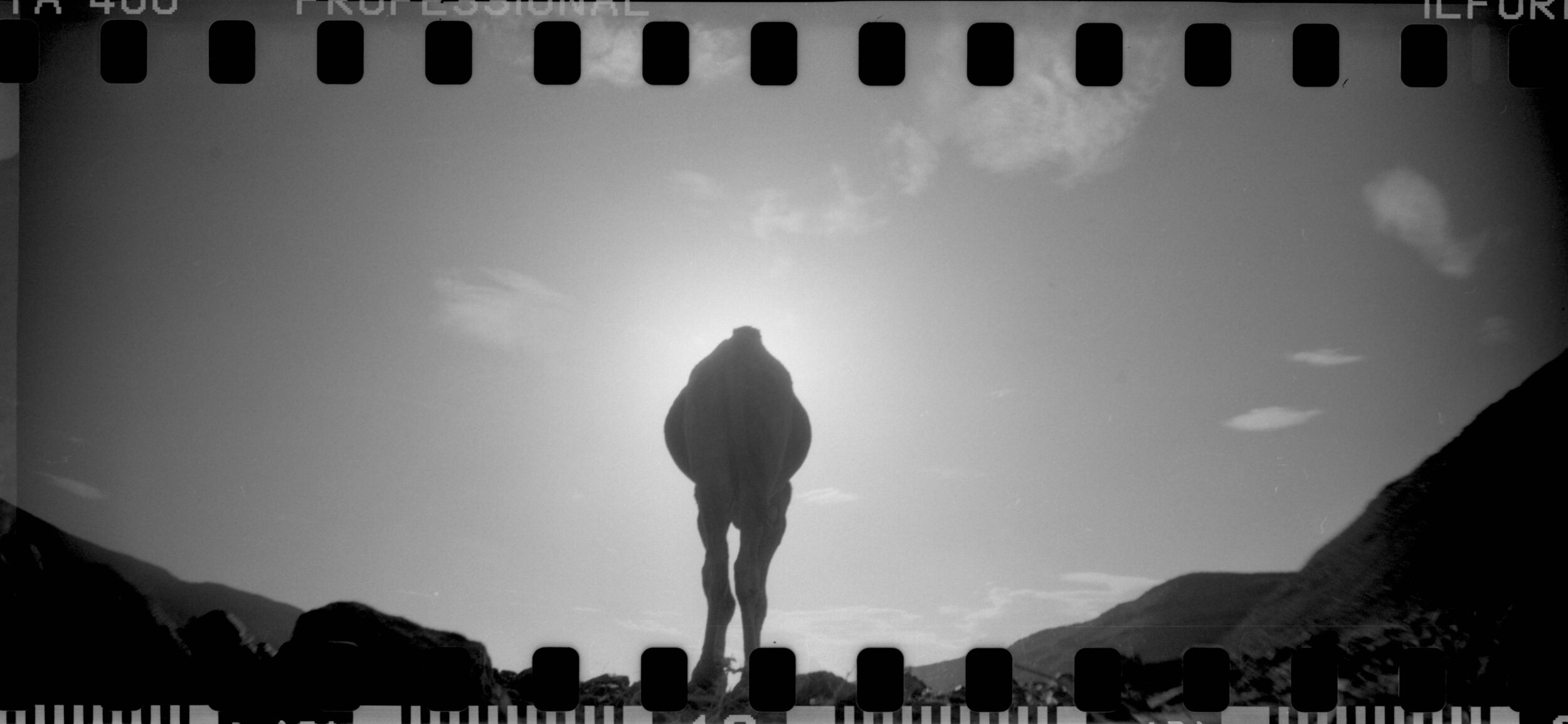
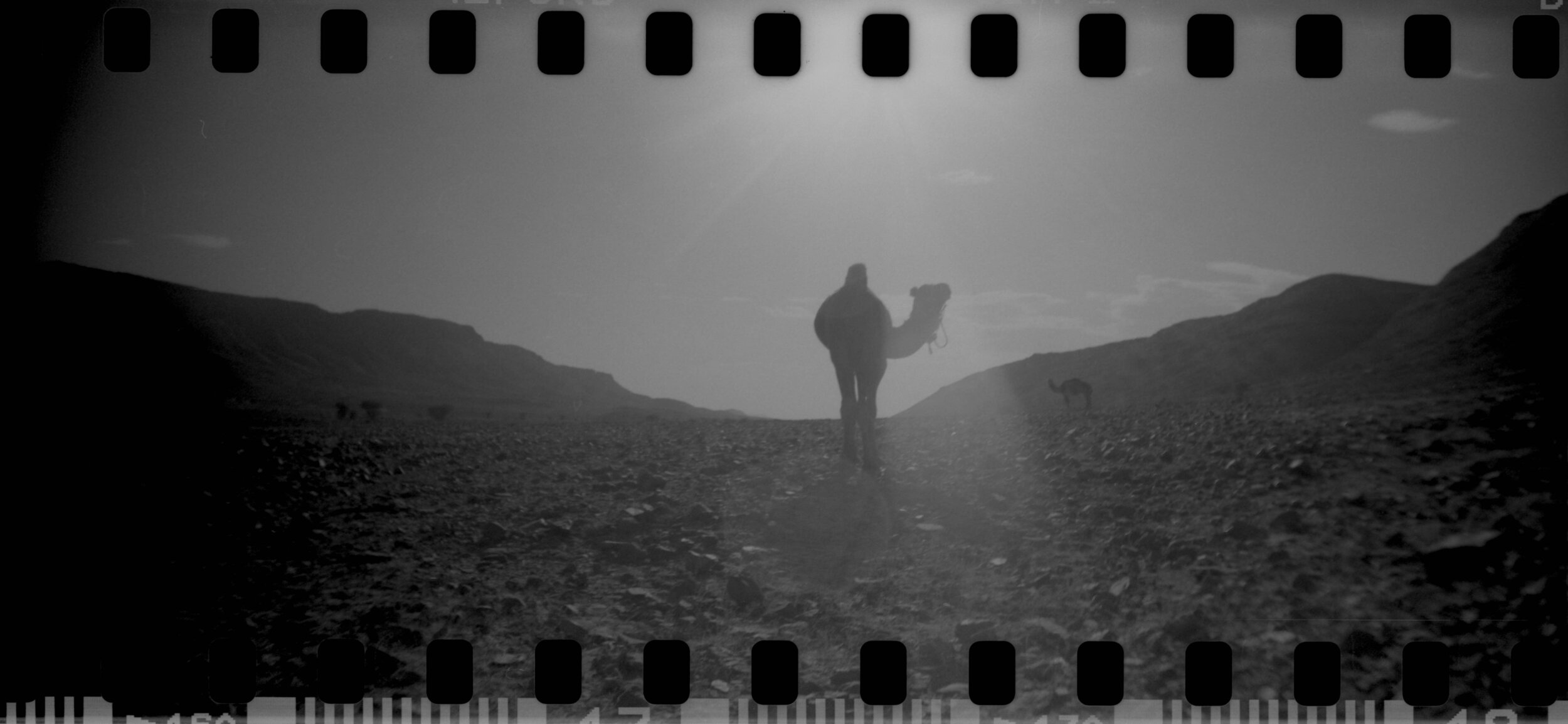
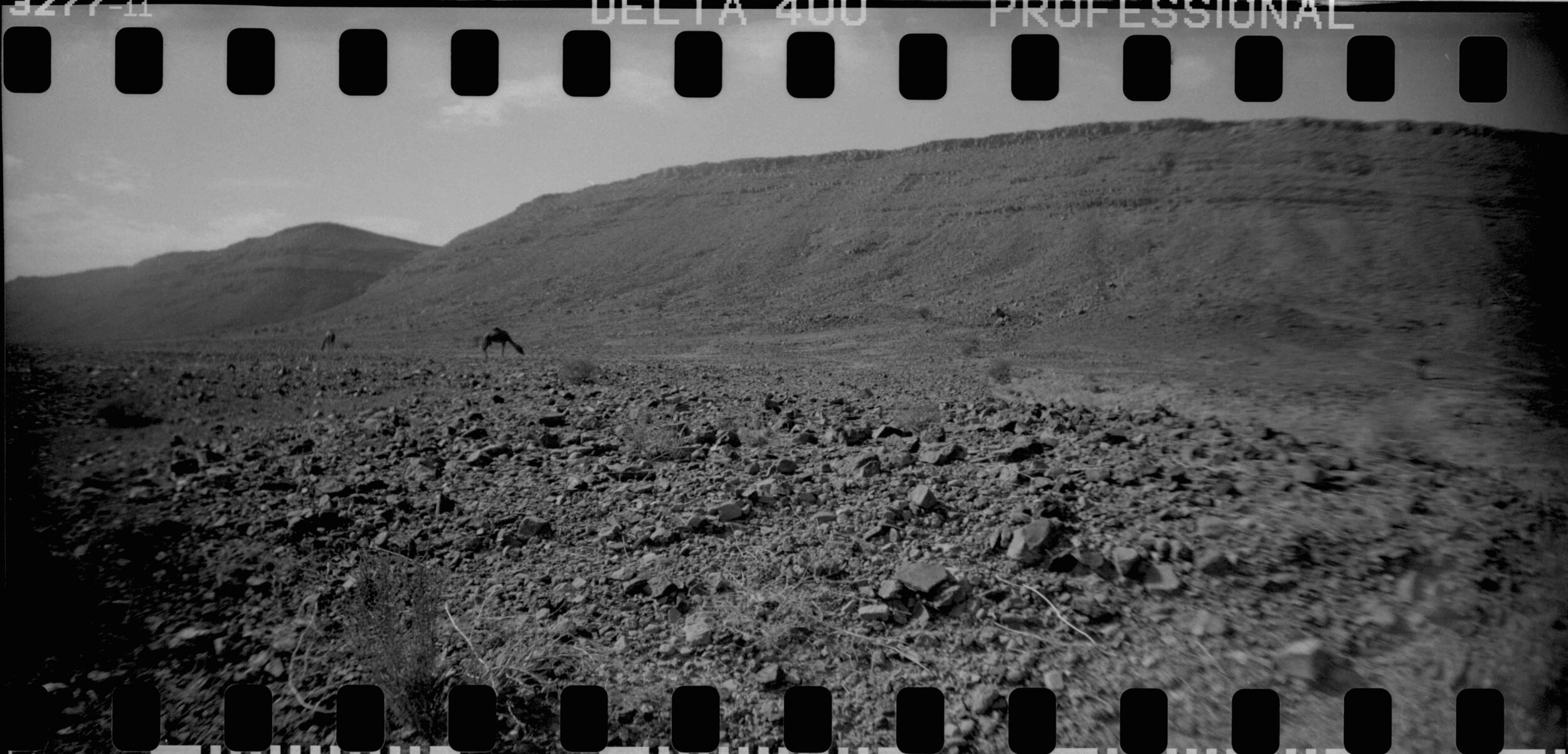
DAY 10
20.10.2016
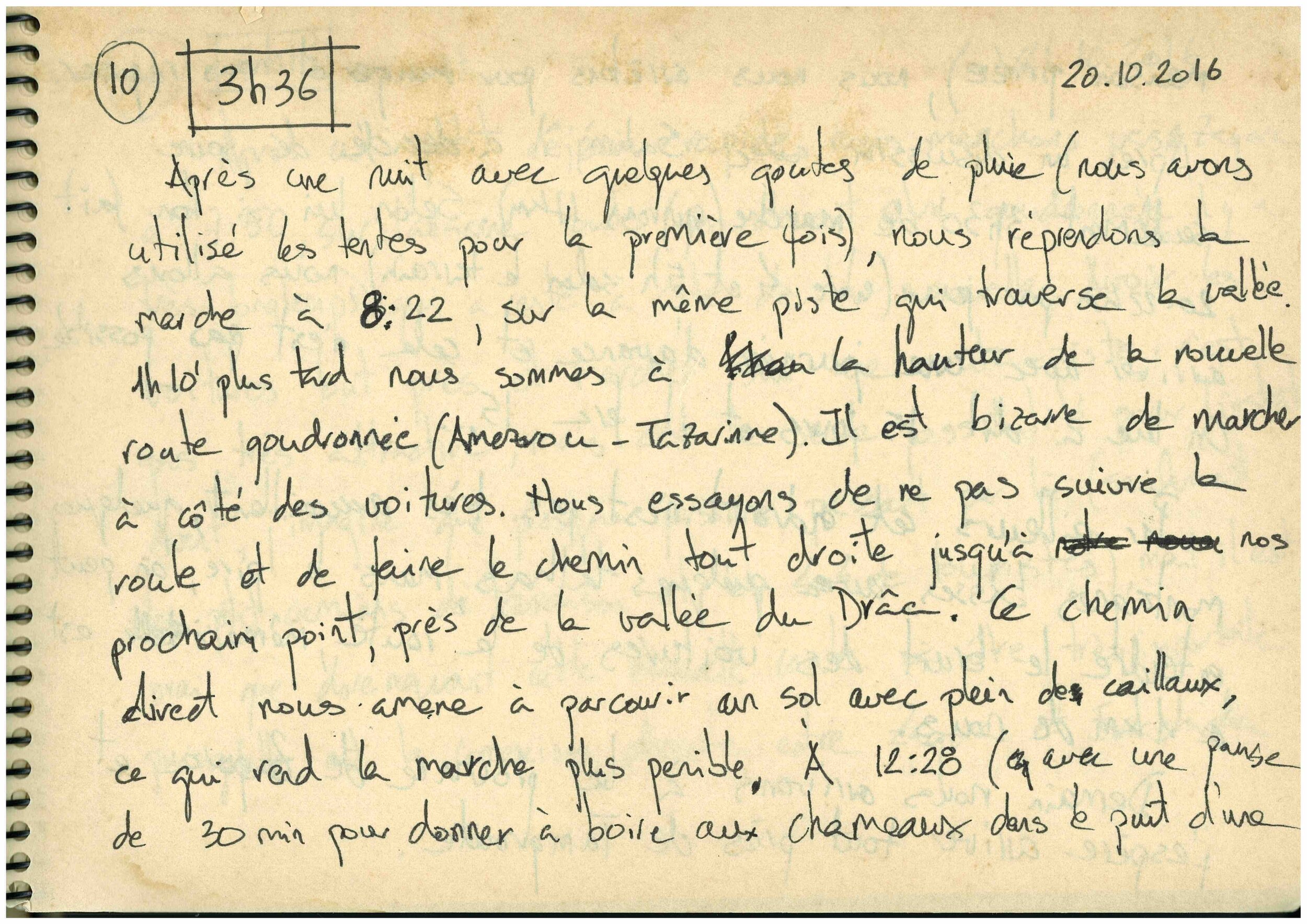
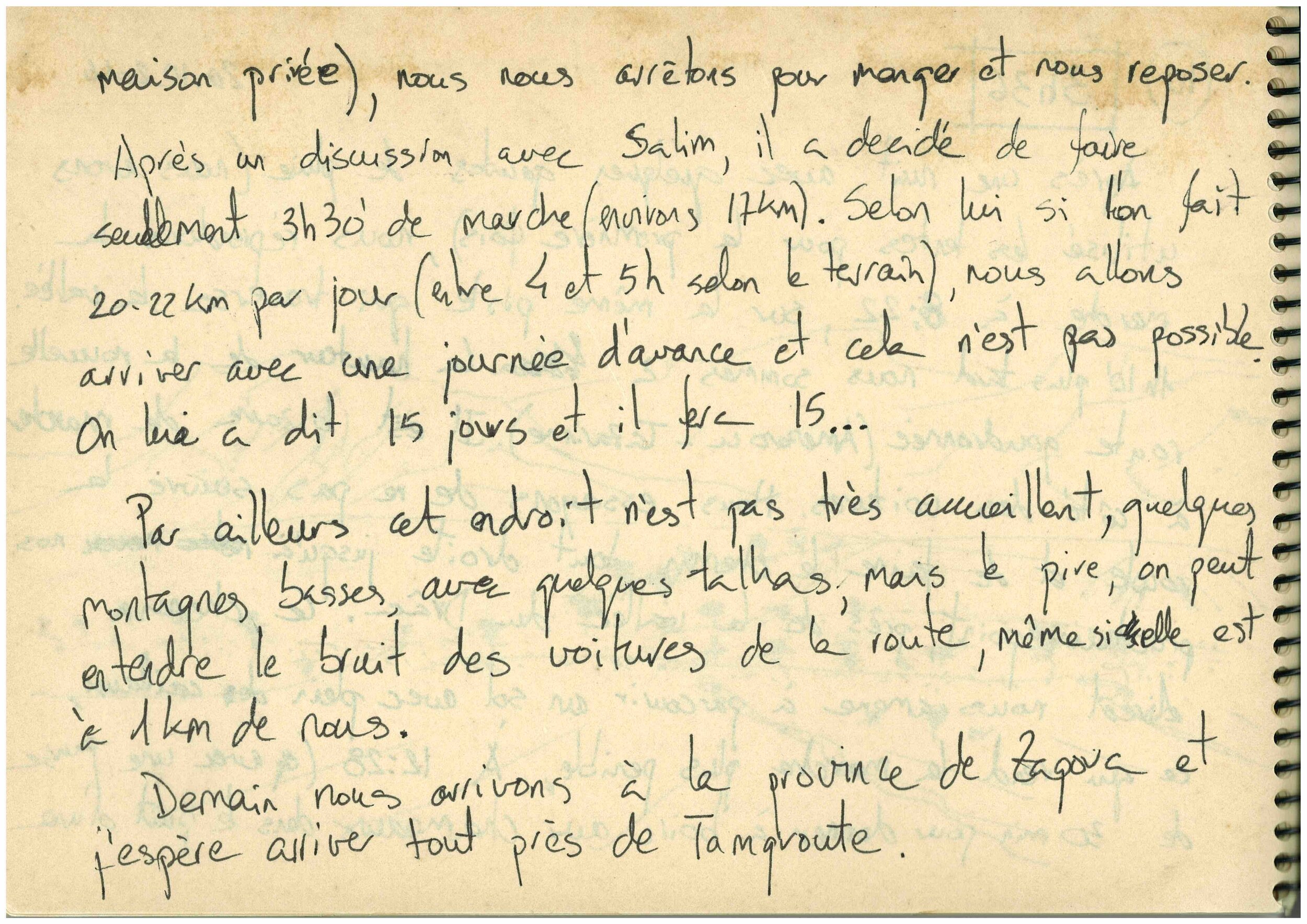
After a night with a bit of rain (we have used the tents for the first time), we resume the march at 8:22 on the same track that crosses the valley. 01h10 later we are up to the new road (Amezrou-Tazzarine). It is strange to walk next to cars. We try not to continue along the road, doing all the way in a straight line to our next point, near the Drâa valley. This direct route leads us to browse a terrain full of pebbles which makes the march more tedious.
At 12:28 (with a 30 minutes break to give drink to the camels in the well of a
----------
private house), we stop to eat and rest.
After a discussion with Salim, he decided to walk just 3h30 (about 17 km). According to him, if we do 20-22 km a day (four to five hours), we will arrive to our destination a day ahead and that is not possible. They told him that we had to do the whole journey in 15 days and 15 days we will...
----------
On the other hand, this place is not very cozy, there are some low mountains, some talha trees, but the worst thing it is the noise of the cars on the road, although it is almost 1 km far from us.
Tomorrow we will arrive to Zagora province and I hope we will arrive near Tamegroute.
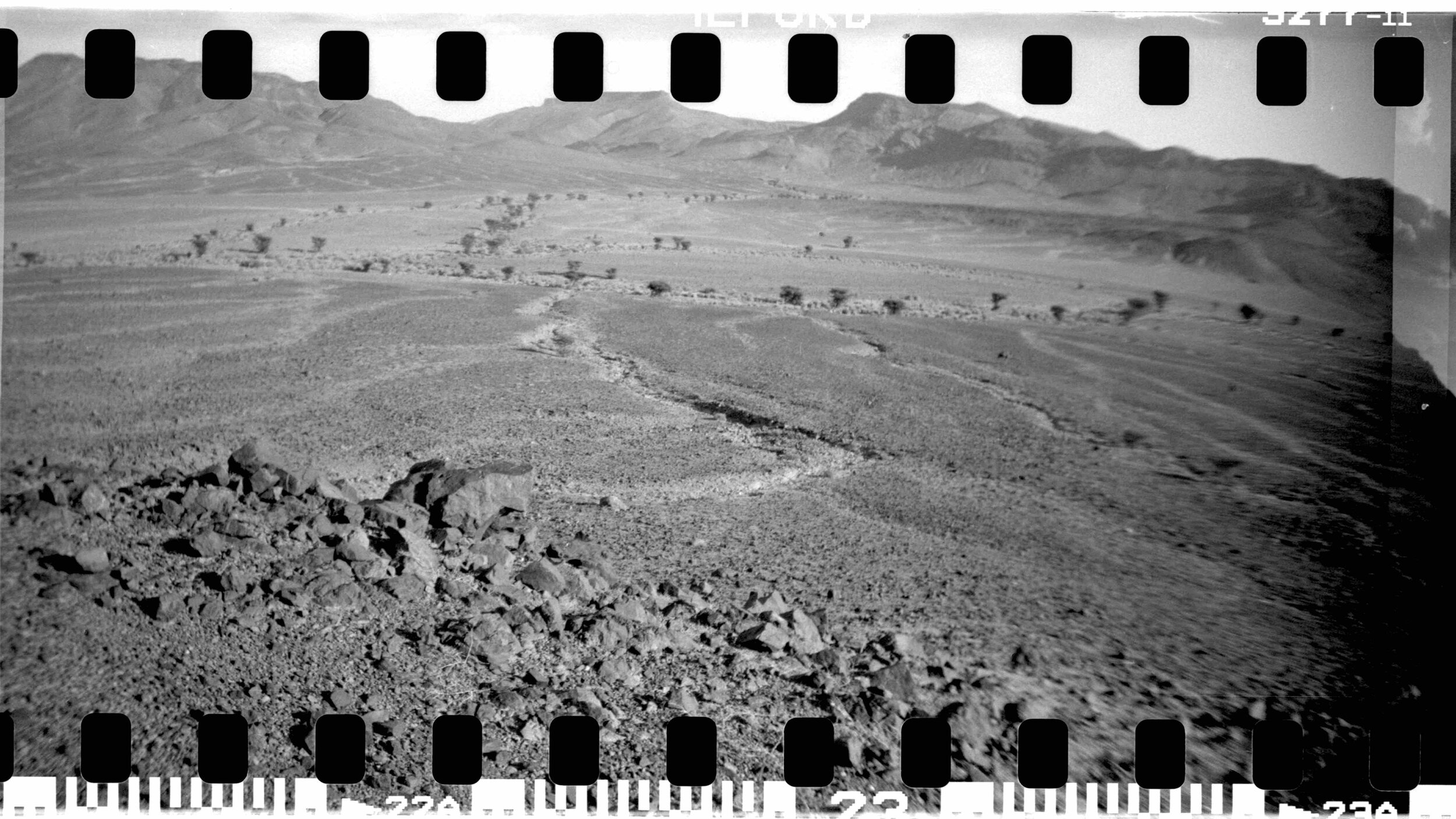

DAY 11
21.10.2016
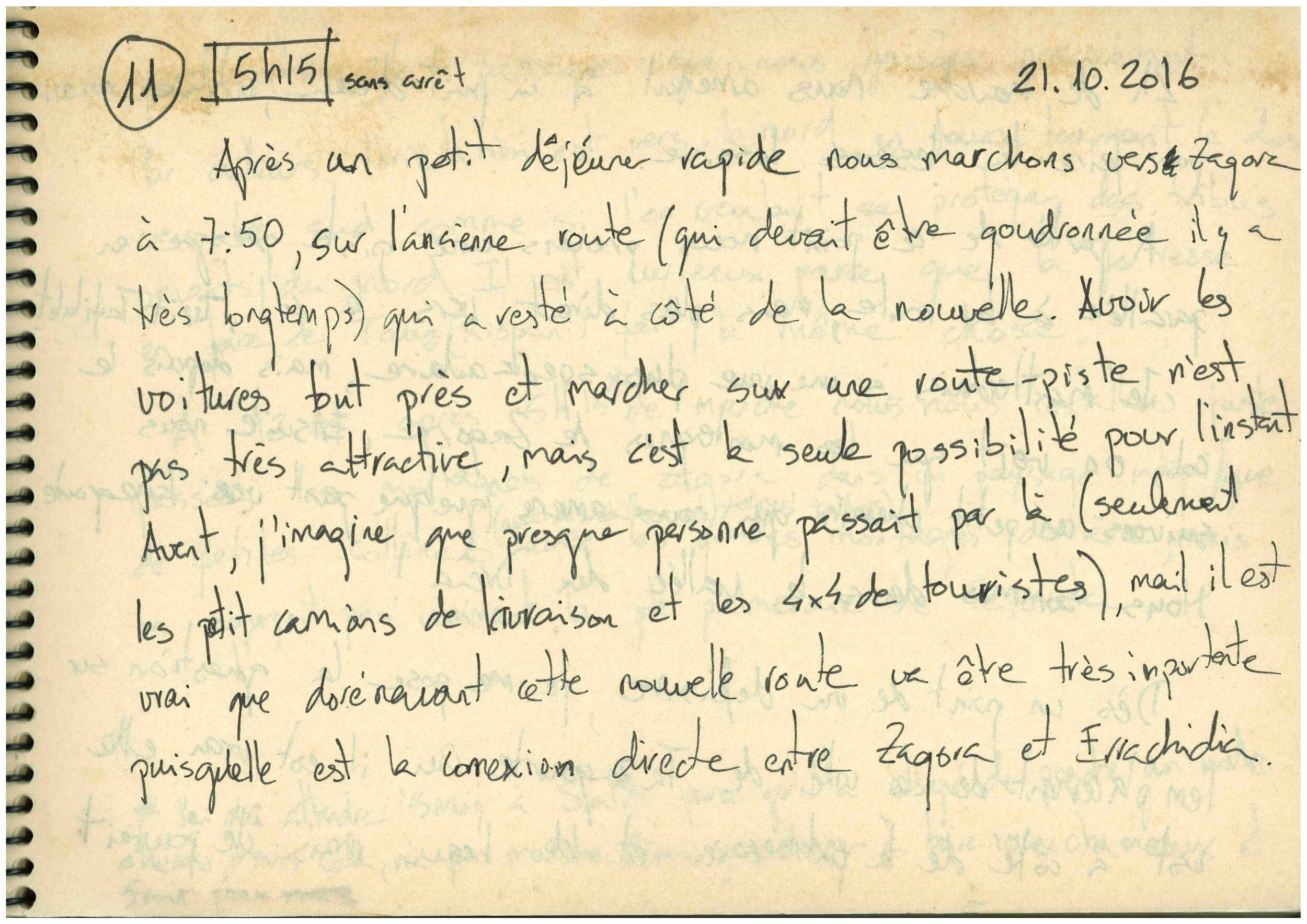

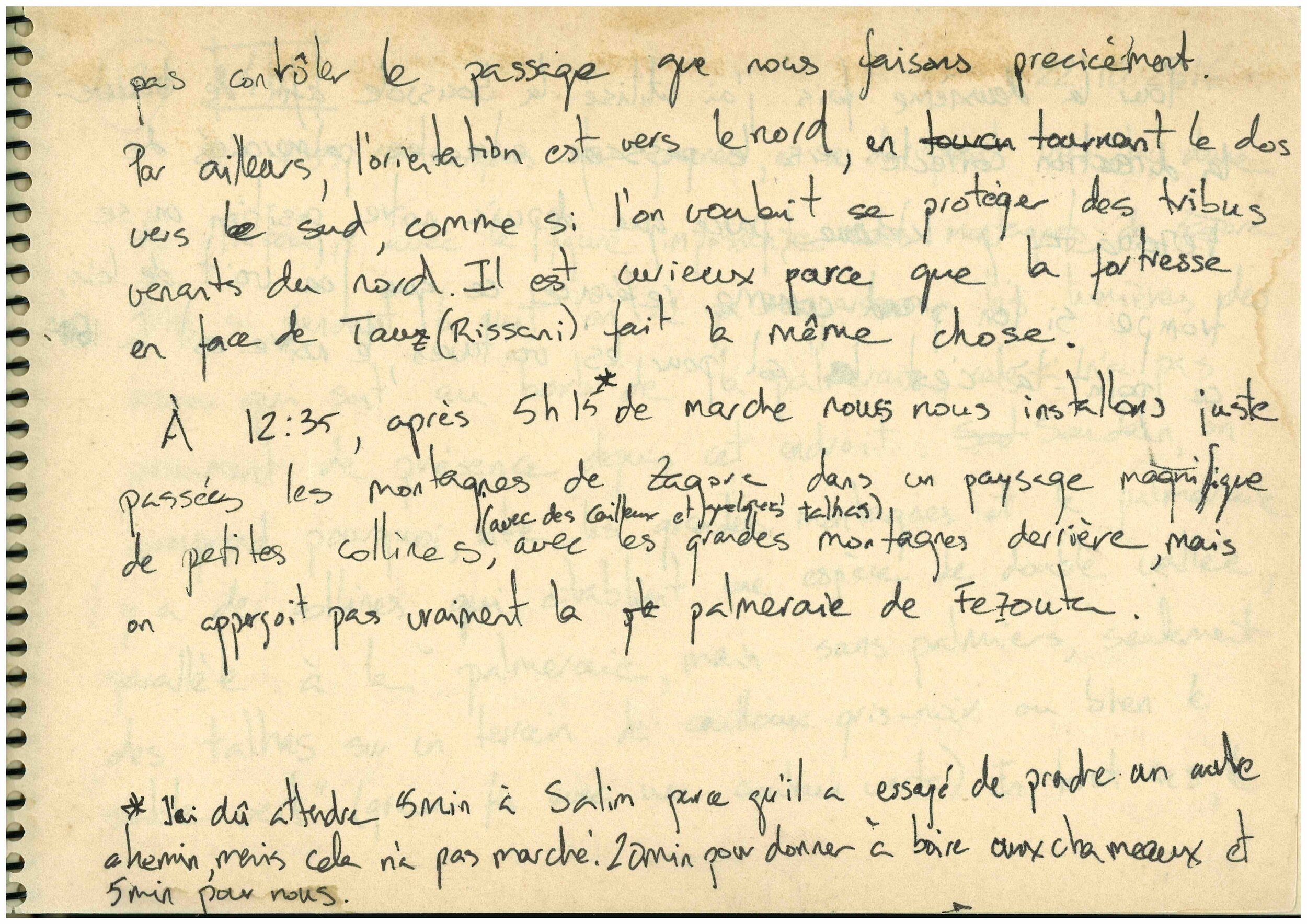

After a quick breakfast, we start our way to Zagora at 7:50. We are going through the old road (which had to have been paved a long time ago) that has been left right next to the new one. Having the cars so close and walking on a track that is almost a road is not very attractive, but it is the only option we have for now. In the past, I suppose that almost nobody passed by here (only delivery trucks and tourists in 4x4), but it is also true that this new road will be very important as it directly communicates Zagora with Errachidia.
----------
2 hours walk takes us to a water well, also used to do laundry.
From this point we take a track almost parallel to the road that seems more direct to the pass of "Tizi Tafilalet". I expected a more spectacular view, but from the mountain pass we only see the Zagora mountains. Then we follow a small path that takes us somewhere near Tamegroute. We are in the Drâa valley!
From a defensive point of view, I wonder if the location of the Almoravid city of Tazagourt in Zagora is the most suitable. Yes, it is true that it is next to the palm grove and therefore the water, but from there they could not
----------
control the passage of caravans that we have just crossed. On the other hand, the orientation is towards the north, turning its back to the south, as if they wanted to protect themselves from the northern tribes. It is curious, because the fortification that faces Tauz (Rissani) does the same.
At 12:35, after walking 05h15 we settled right after passing the mountains of Zagora, in a beautiful landscape of low hills (with pebbles and some talha trees) and big mountains behind. It is curious that you do not see the palm grove of Fezouata.
* I had to wait 5 minutes for Salim because he tried to make a different path, but it did not work. We also waited 20 minutes to give drink to the camels and 5 minutes for us.
----------
Today was the second time I had to use the compass (after Tissemoumine) to find the right direction to the passage between the palm groves of Fezouata and Ktaoua, because from our position we are wrong if we take as a reference what we see from a distance, that point is the pass for cars, ours is at 160 °.
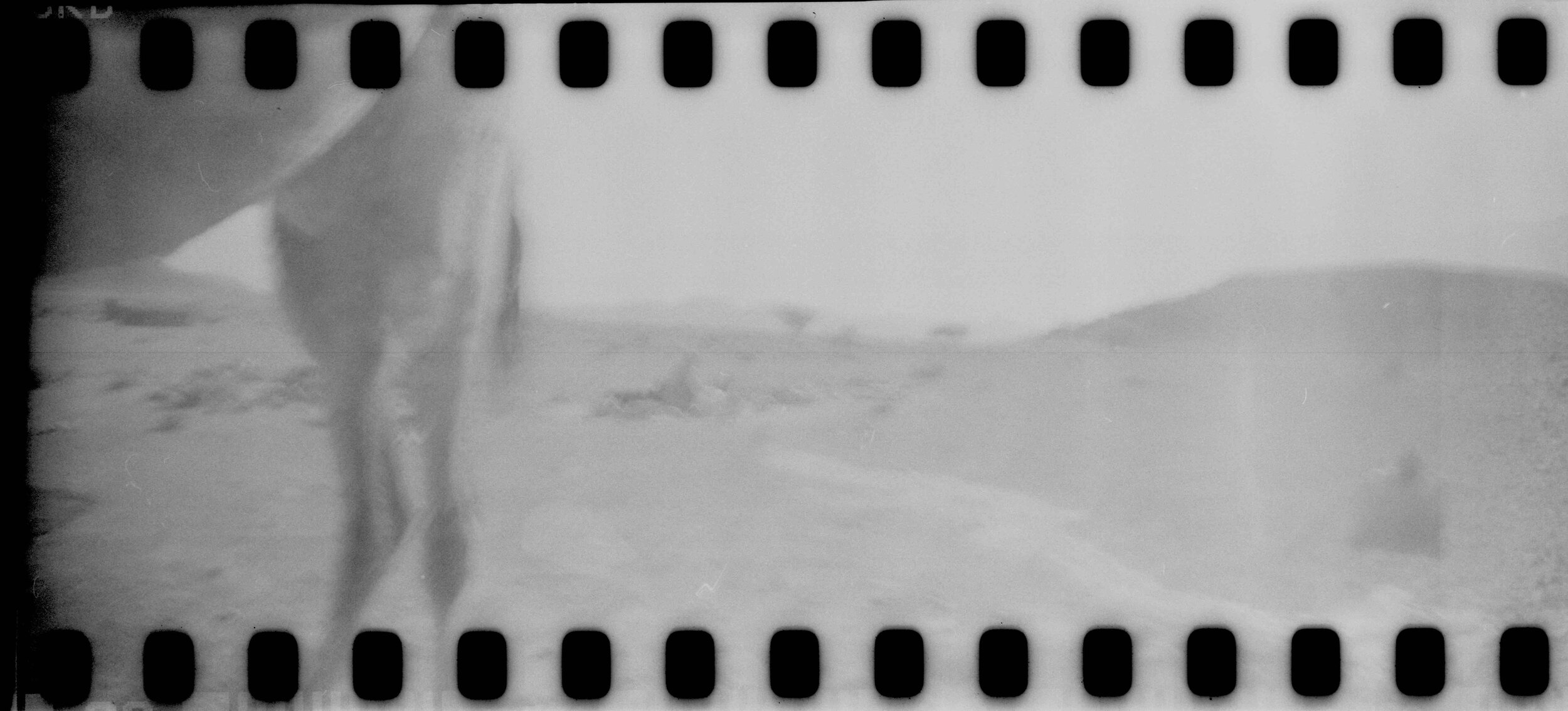
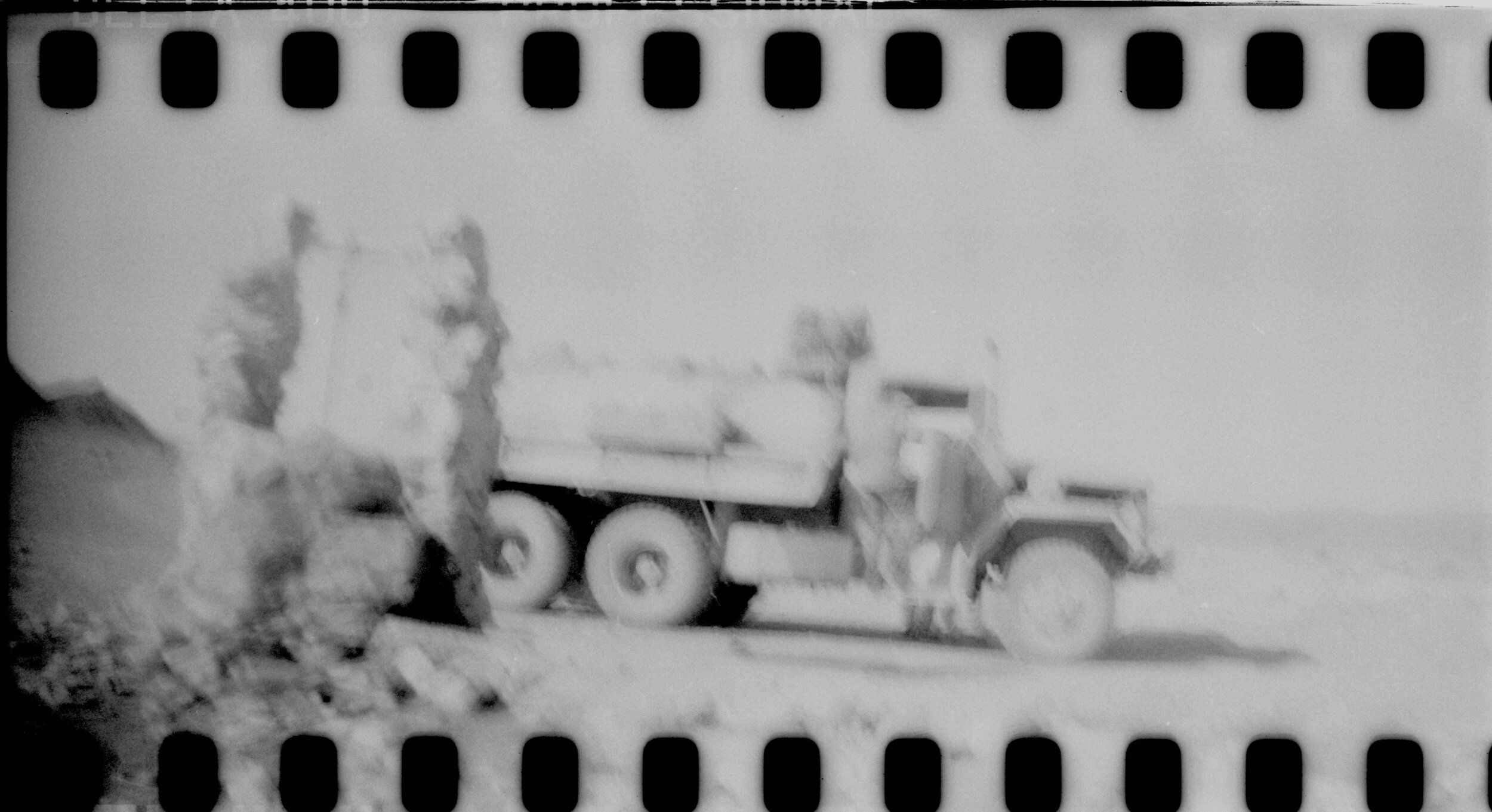
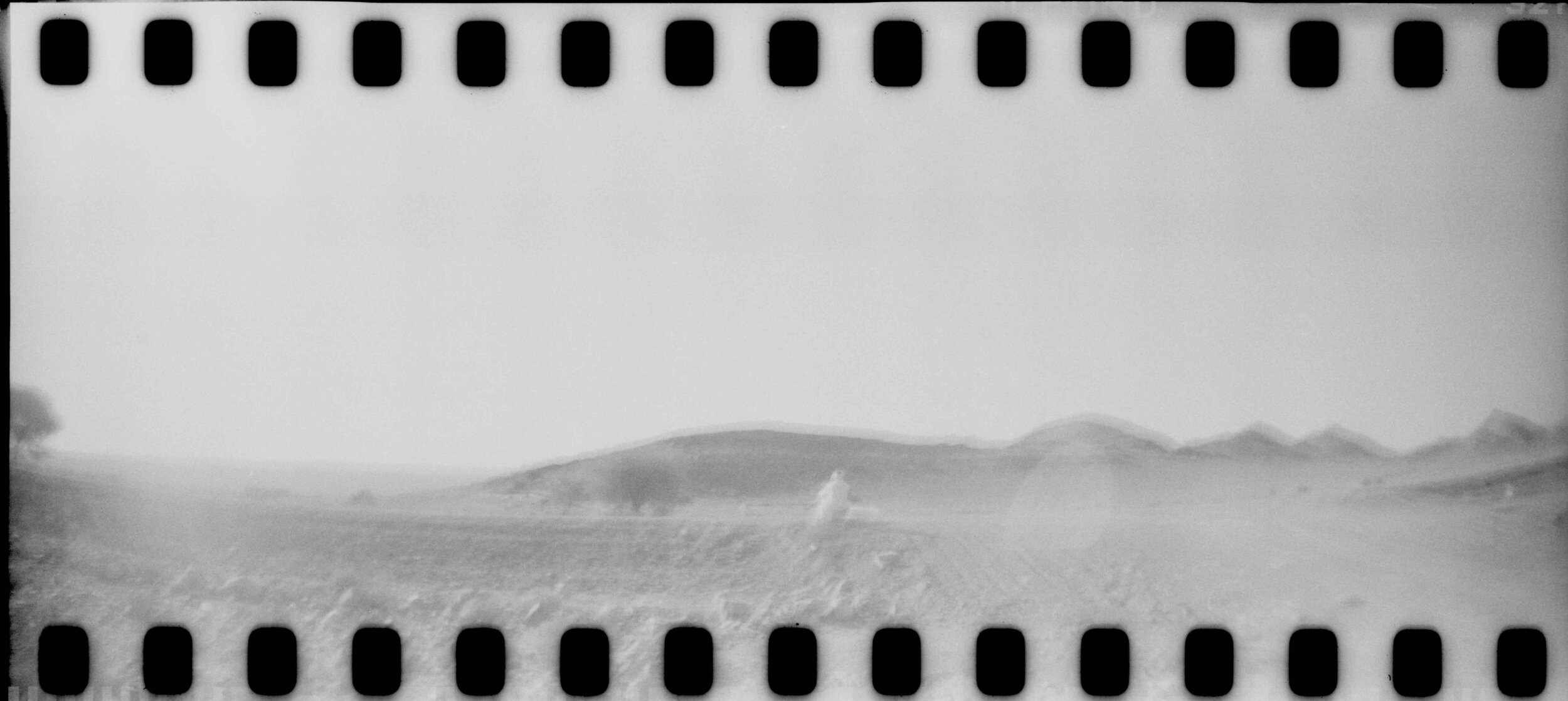
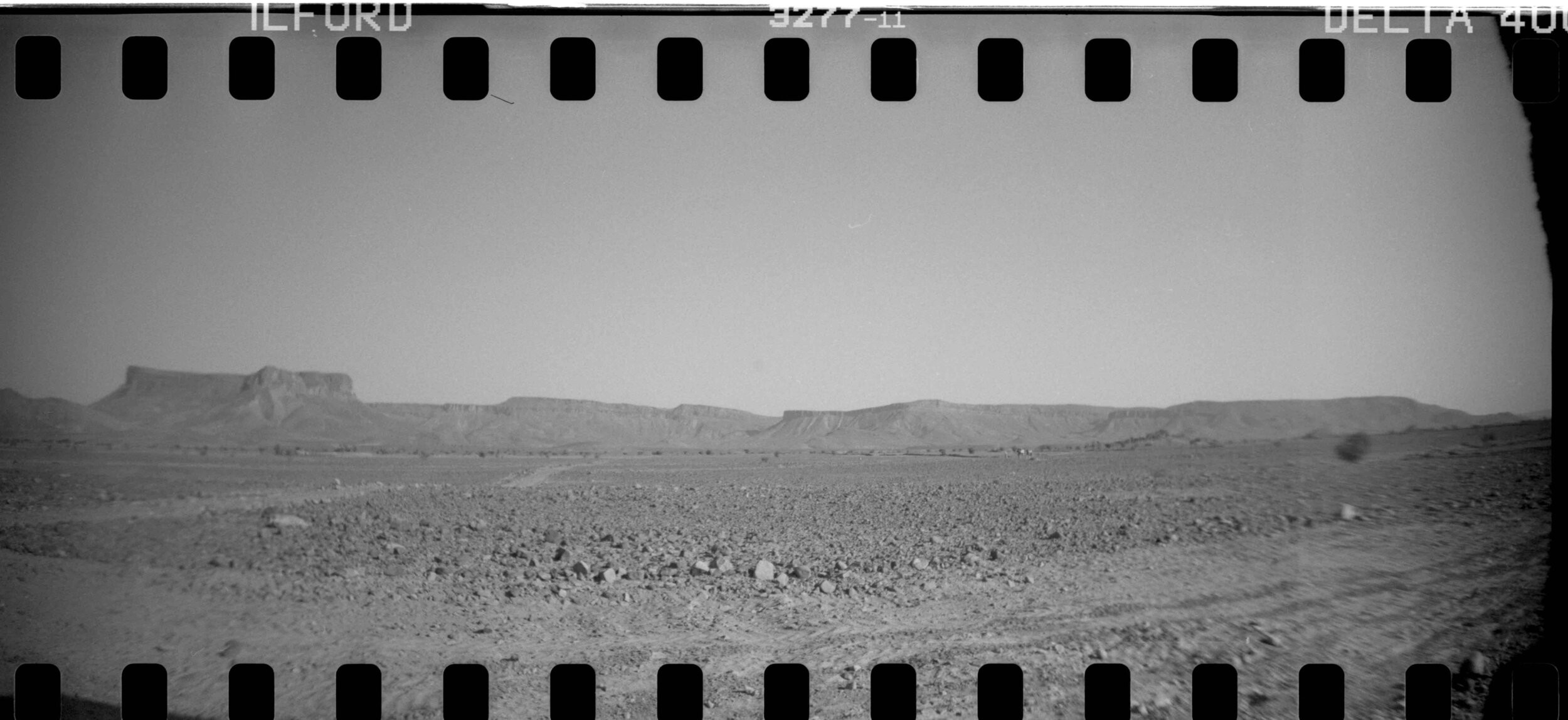

DAY 12
22.10.2016
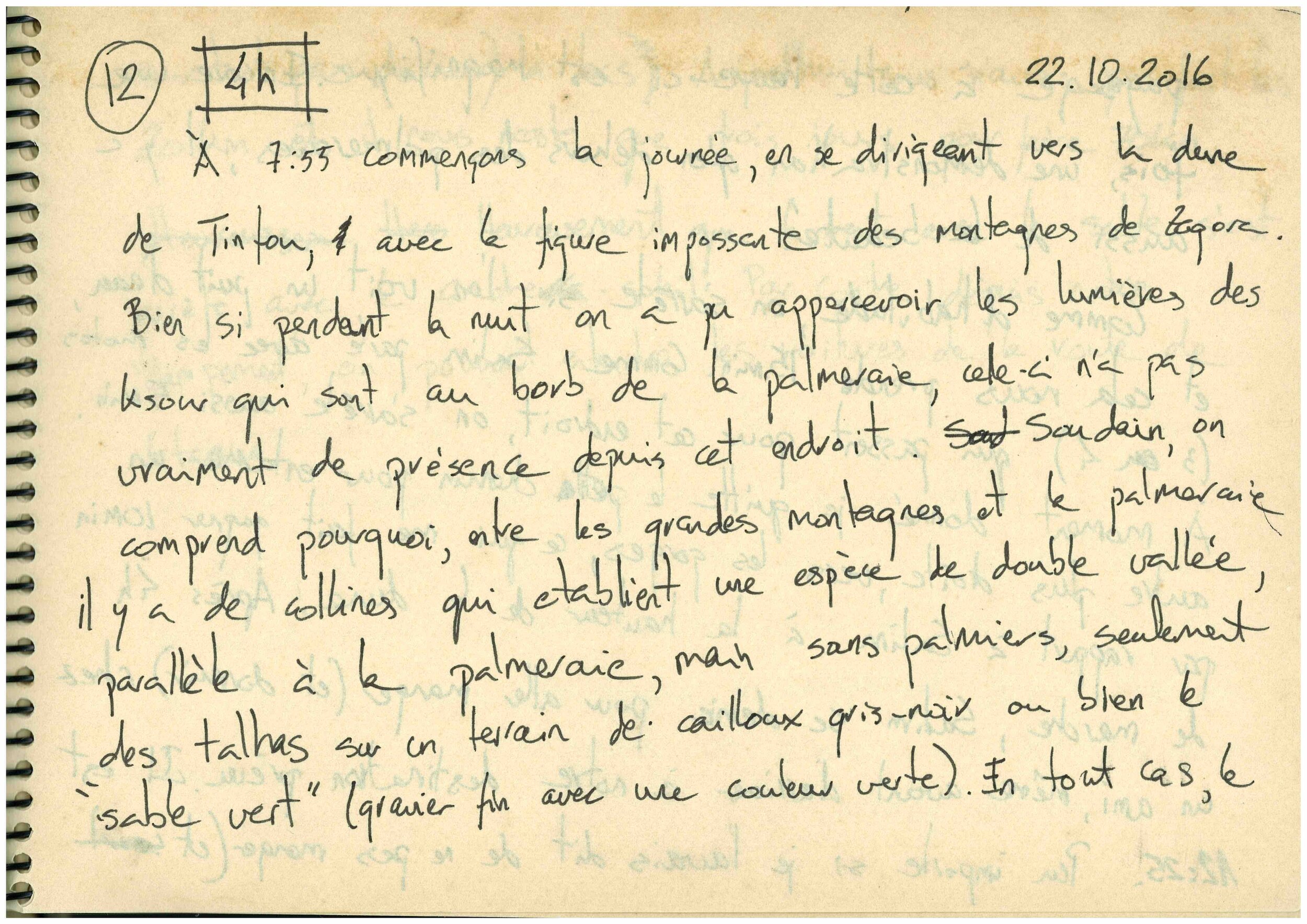
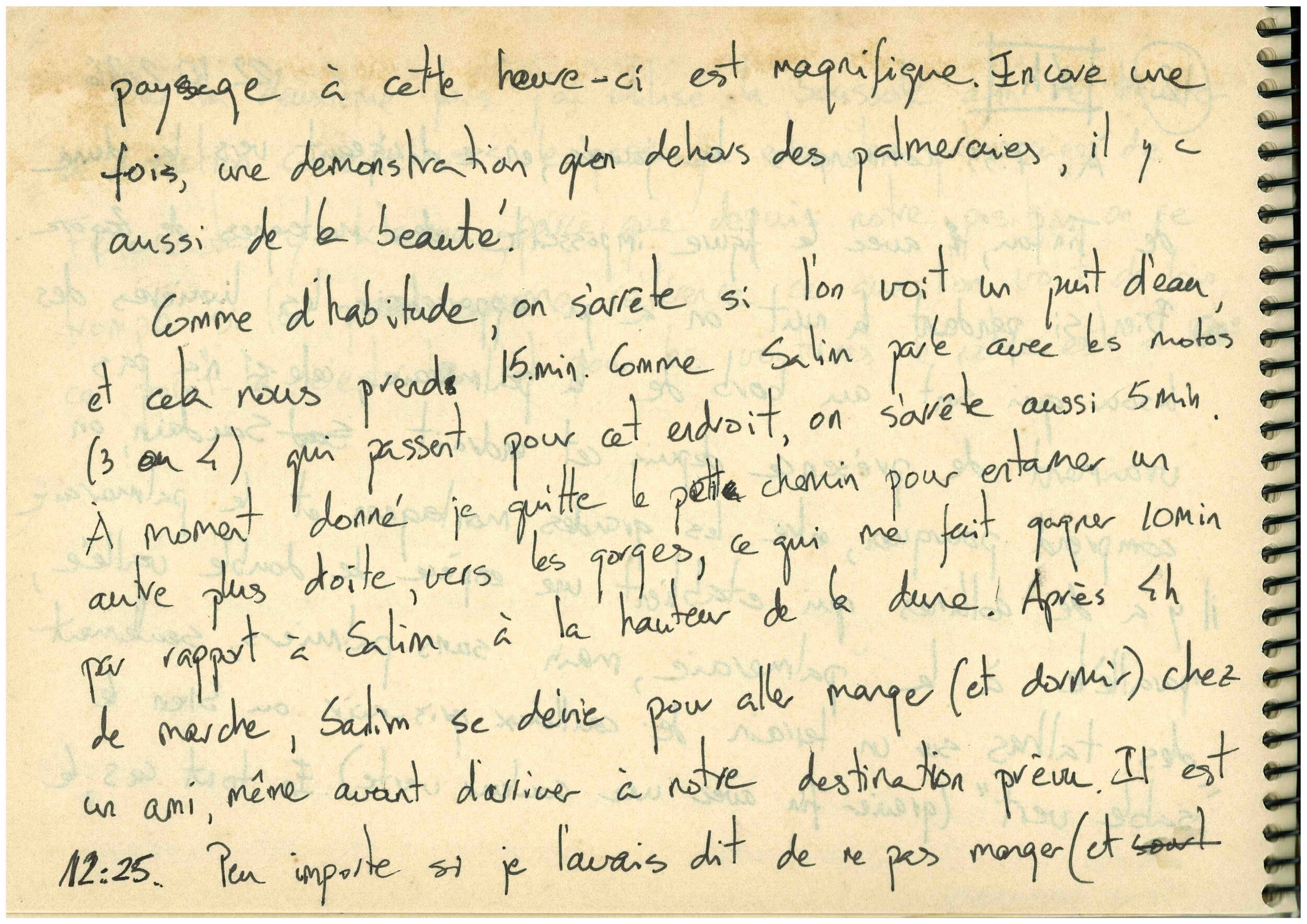
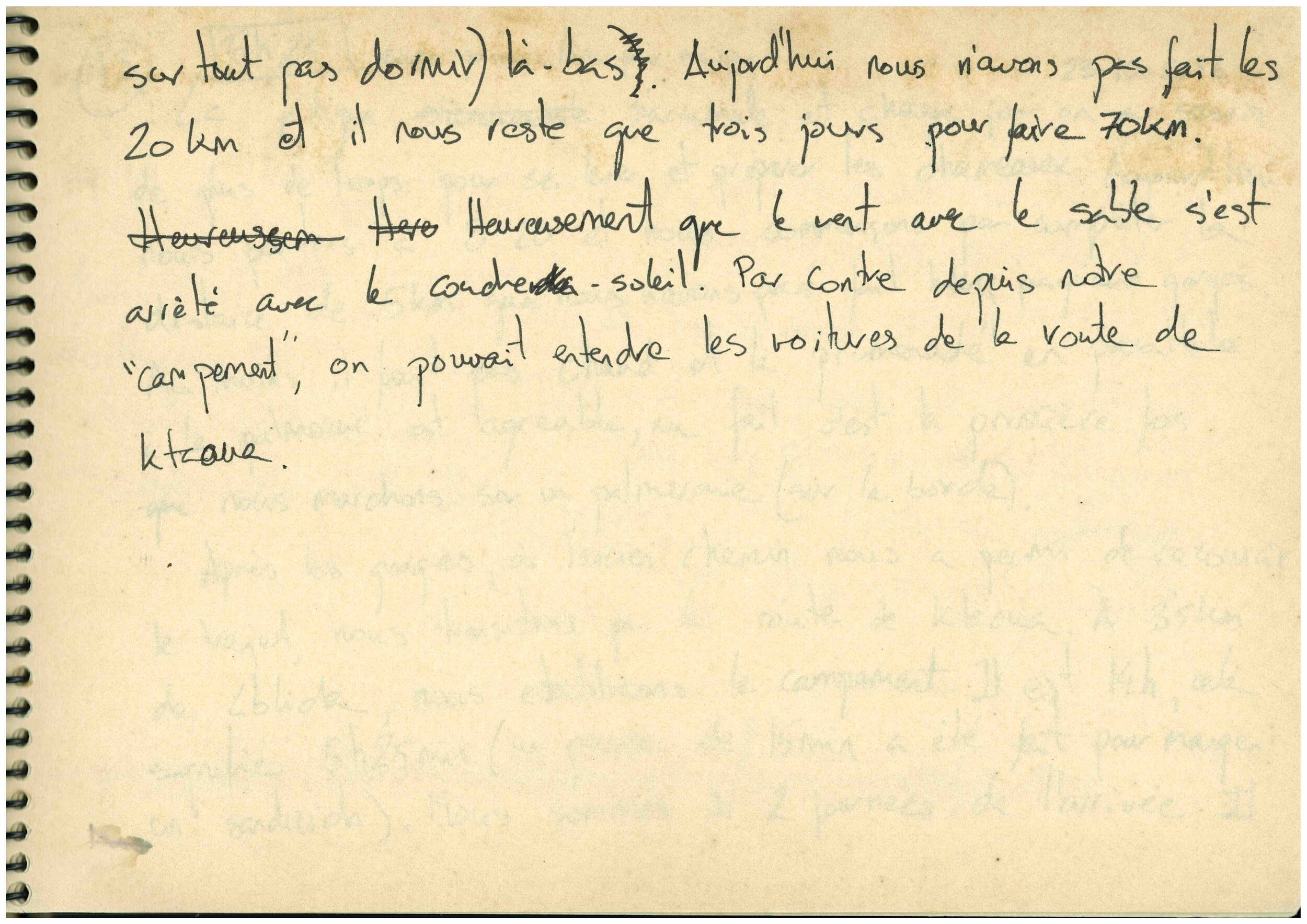
At 7:55 we start the day heading the dune of Tinfou, with the imposing figure of the Zagora mountains behind us. Although at night we could see the lights of some ksour that are on the edge of the palm grove, it does not really have presence from our position. Suddenly I understand why, between the mountains and the palm grove there are a series of hills that establish a kind of double valley, parallel to the oasis, but without palm trees, only with talha trees on a gray-black or sand-stony ground " green "(fine gravel with a greenish hue). In any case, the
----------
landscape at this time is spectacular. Once again, a demonstration that outside the palm grove there is also beauty.
As usual, we stop if we see a water well and it takes us 15 minutes, in addition, as Salim stops to talk with people on motorcycles (3 or 4) that pass through this place, we have to add another 5 minutes.
At some point I leave the path to take another one that goes directly to the gorge, which saves me about 10 minutes compared to the route chosen by Salim. After 4h walking, Salim deviates to eat (and
----------
sleep) at a friend's house, before arriving at our intended destination. It's 12:25. Even though I told him that I did not want to eat or sleep there, he decides that this will be our resting place for today. We have not done the 20 km planned and we have three days to complete 70.
Fortunately, the wind with sand stopped with the sunset, on the contrary from our camp we can hear the cars of the Ktaoua road.
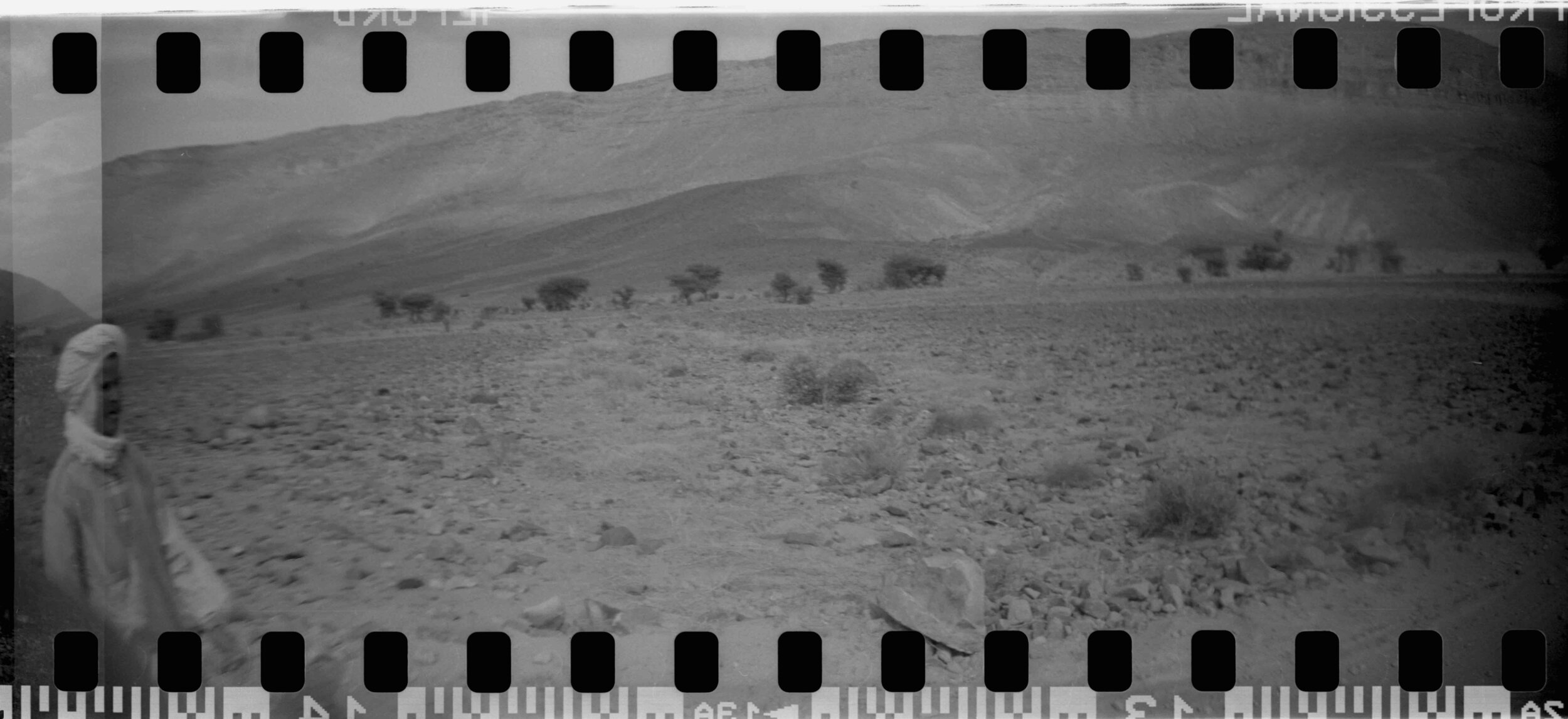
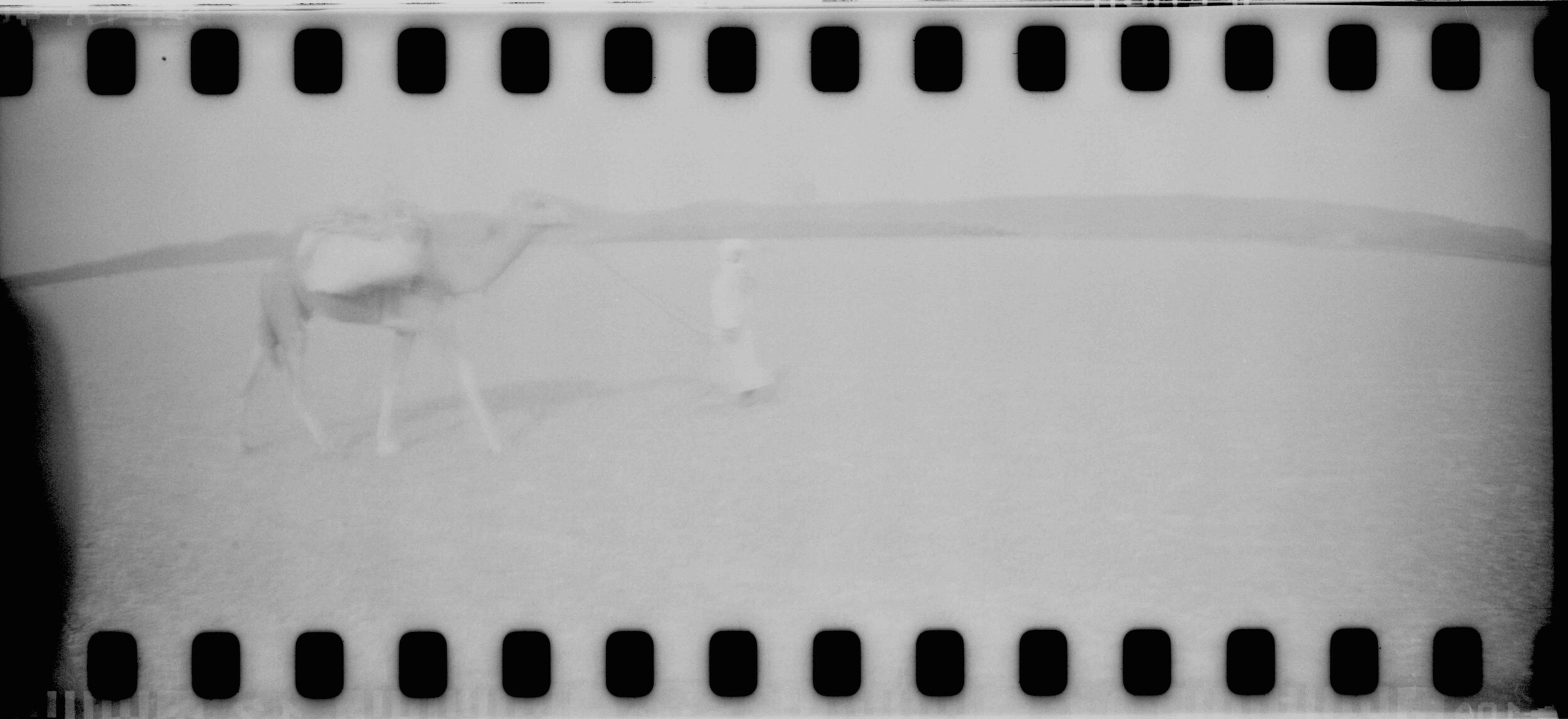
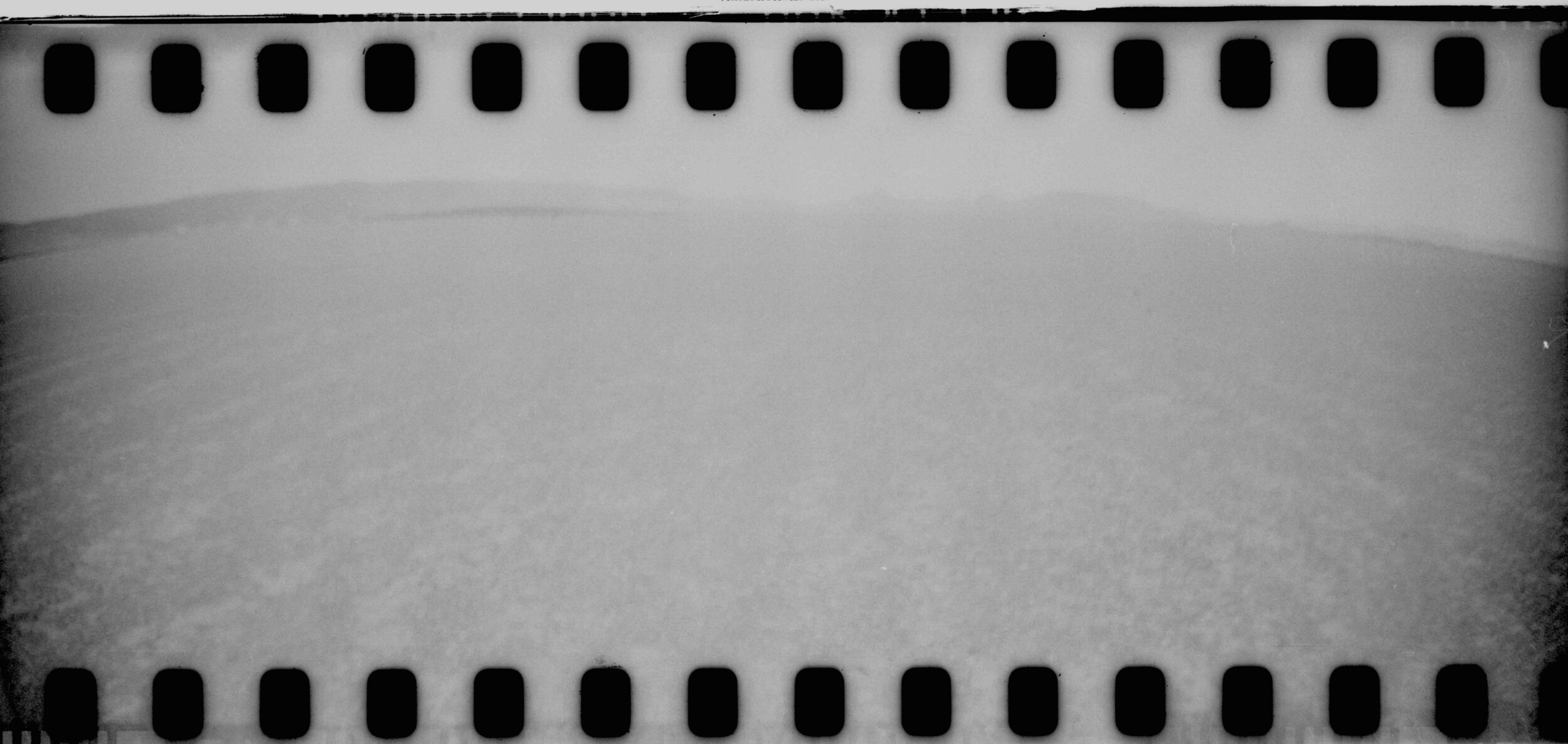
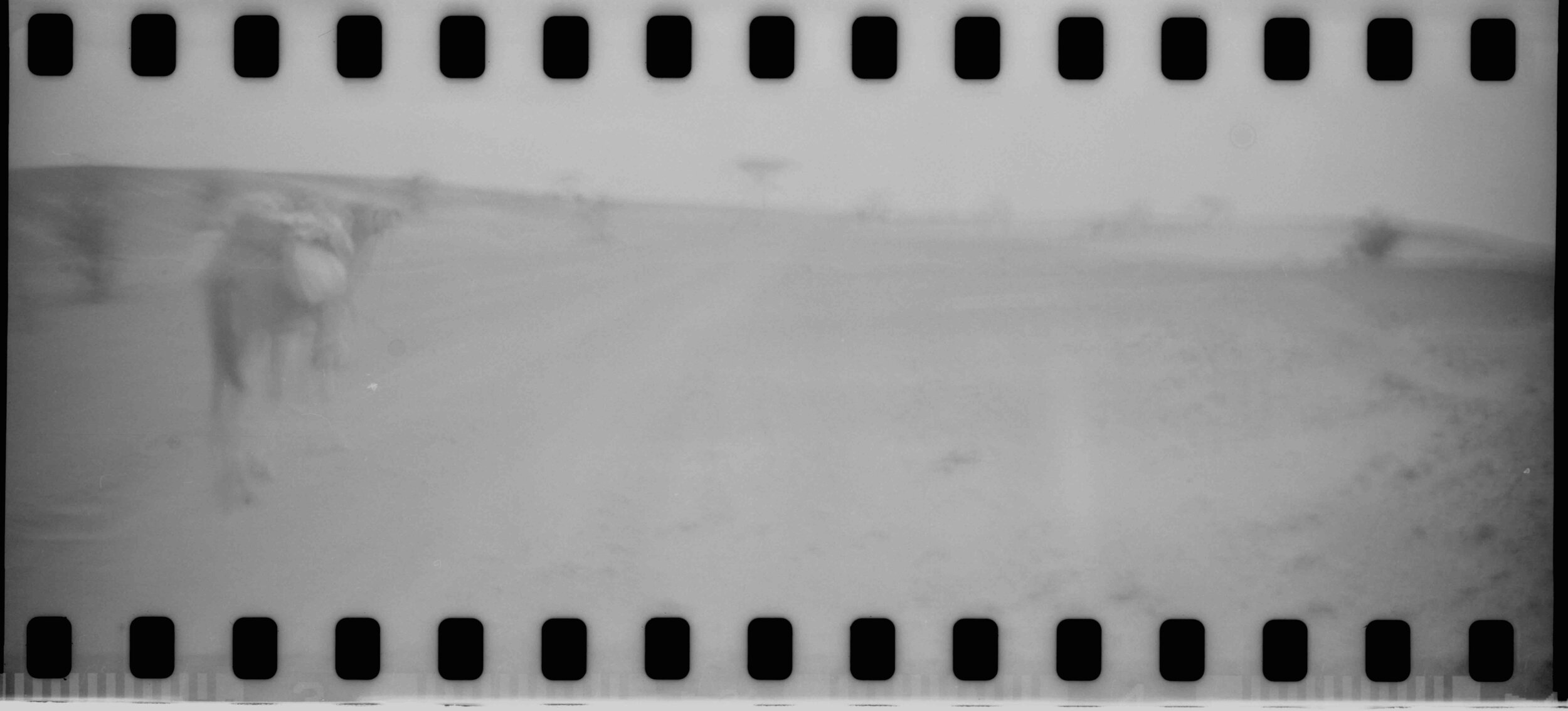
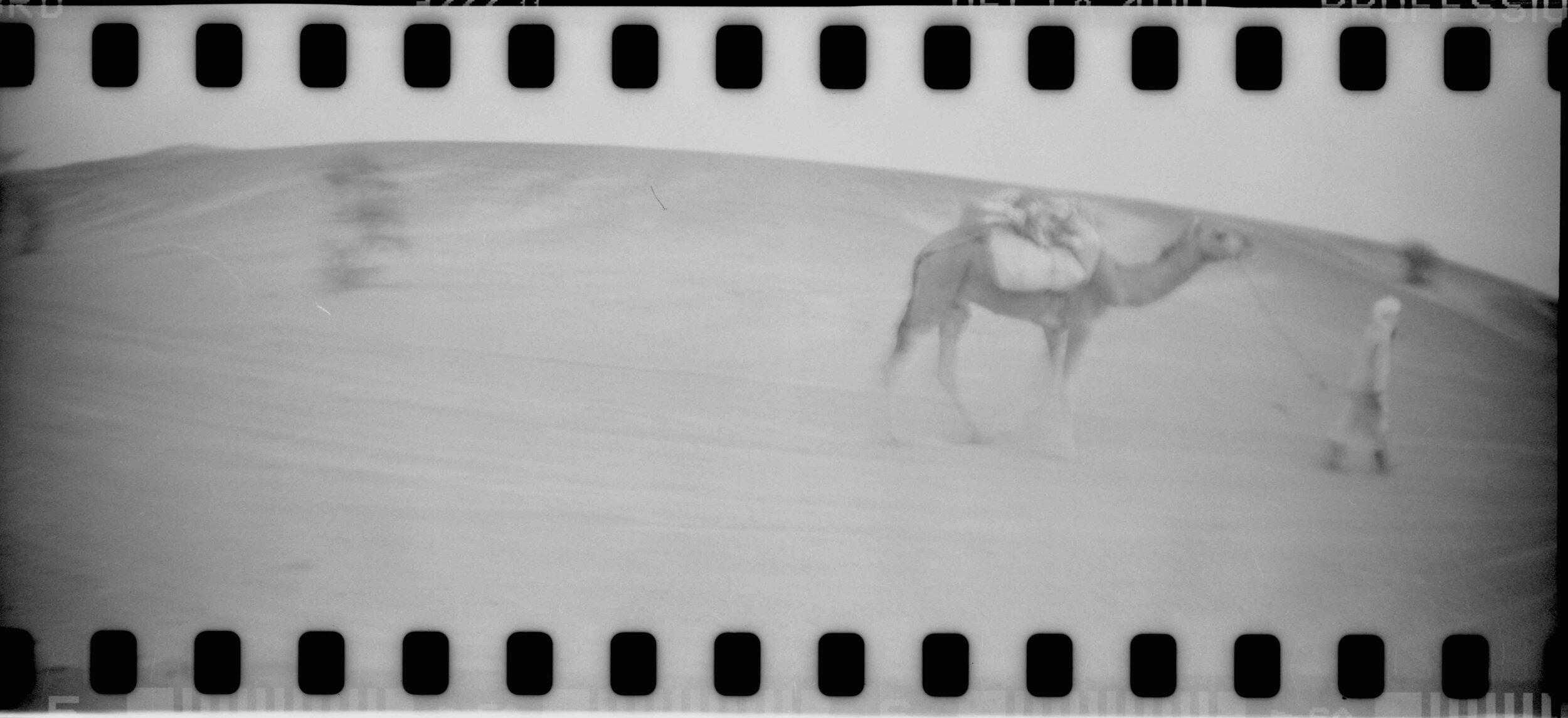
DAY 13
23.10.2016
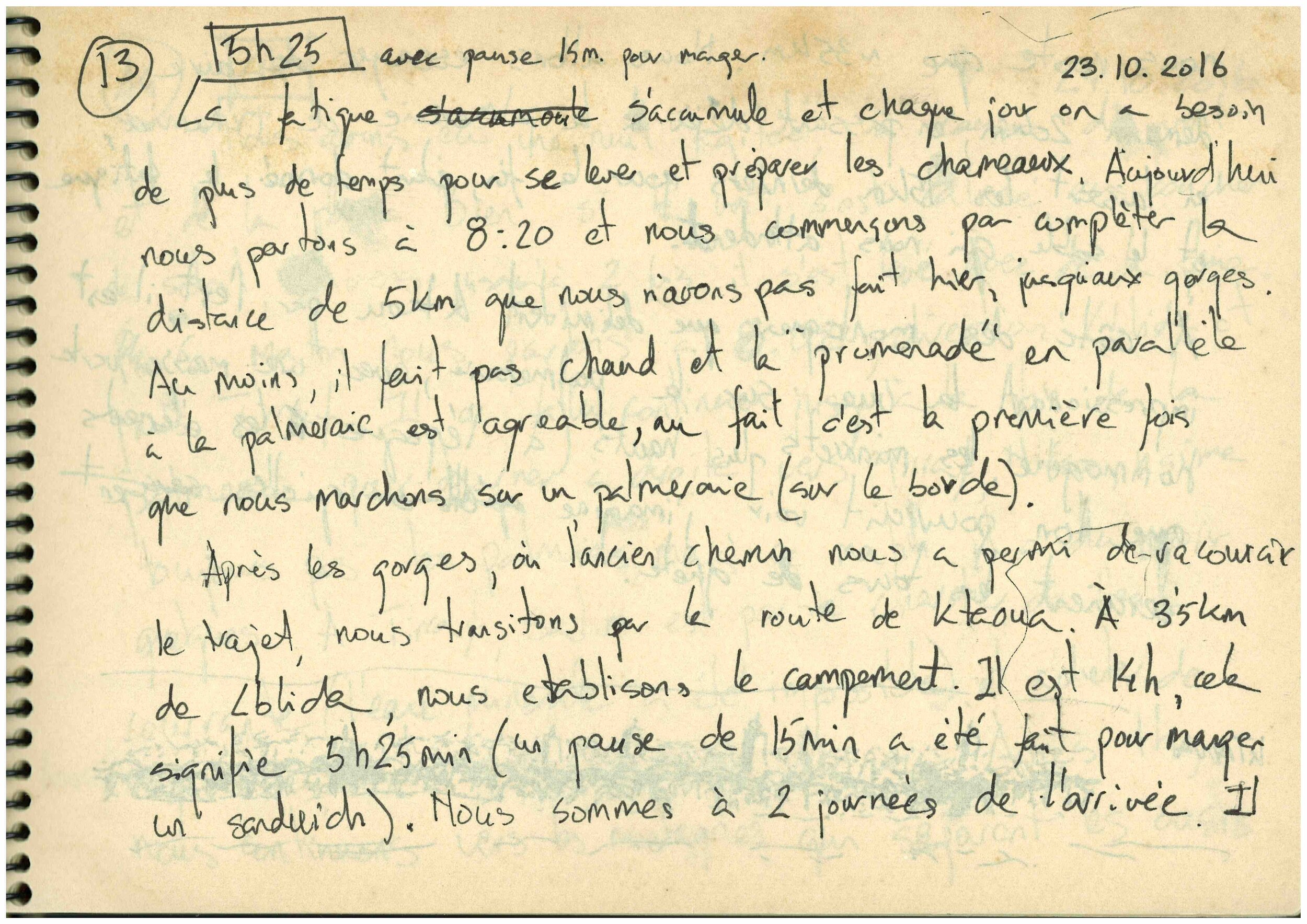
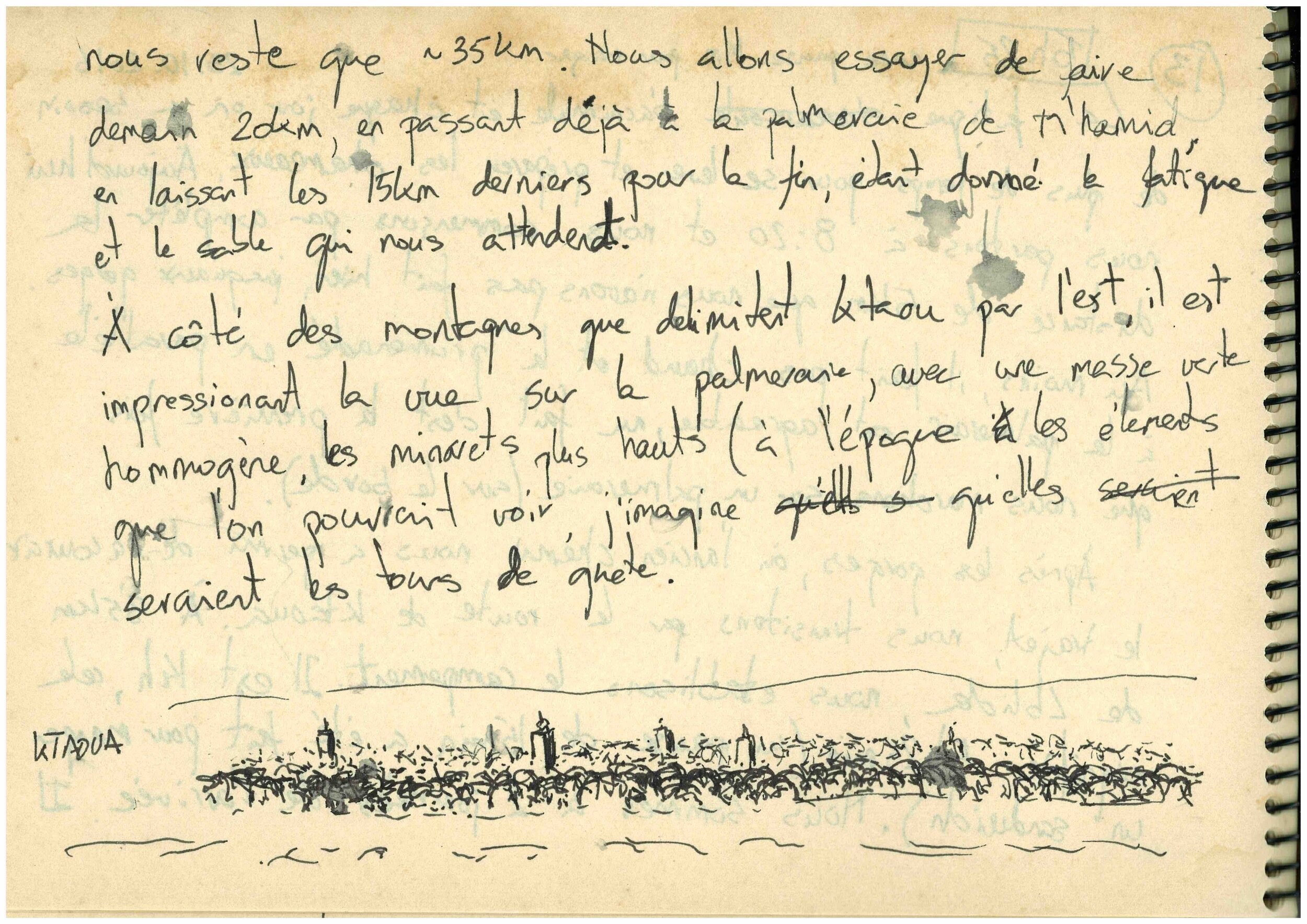
Fatigue accumulates and every day we need more time to get up and prepare the camels. Today we start the journey at 8:20 and start by completing the 5 km distance that we did not do yesterday to the gorge. At least it's not hot and we walk parallel to the palm grove, it's nice, in fact, this is the first time we go through a palm grove (even if it's on one side).
After the gorge, where the old route has allowed us to shorten distances, we walk along the Ktaoua road. 3.5 km from Lblida we set up camp. It is 14:00, after walking 05h25 (we stopped for 15 minutes to eat a sandwich). We are two days away from our goal.
----------
We still have 35 km to do. Tomorrow we will try to do 20 km, already through the palm grove of M'hamid and leaving 15 km for the last day, given the fatigue and the sand we will find.
Besides the mountains that delimit the Ktaoua palm grove to the east, the view of a homogeneous green mass is impressive, from which the minarets of the mosques stand out (formerly what we could seen it was the watch towers of the ksour).
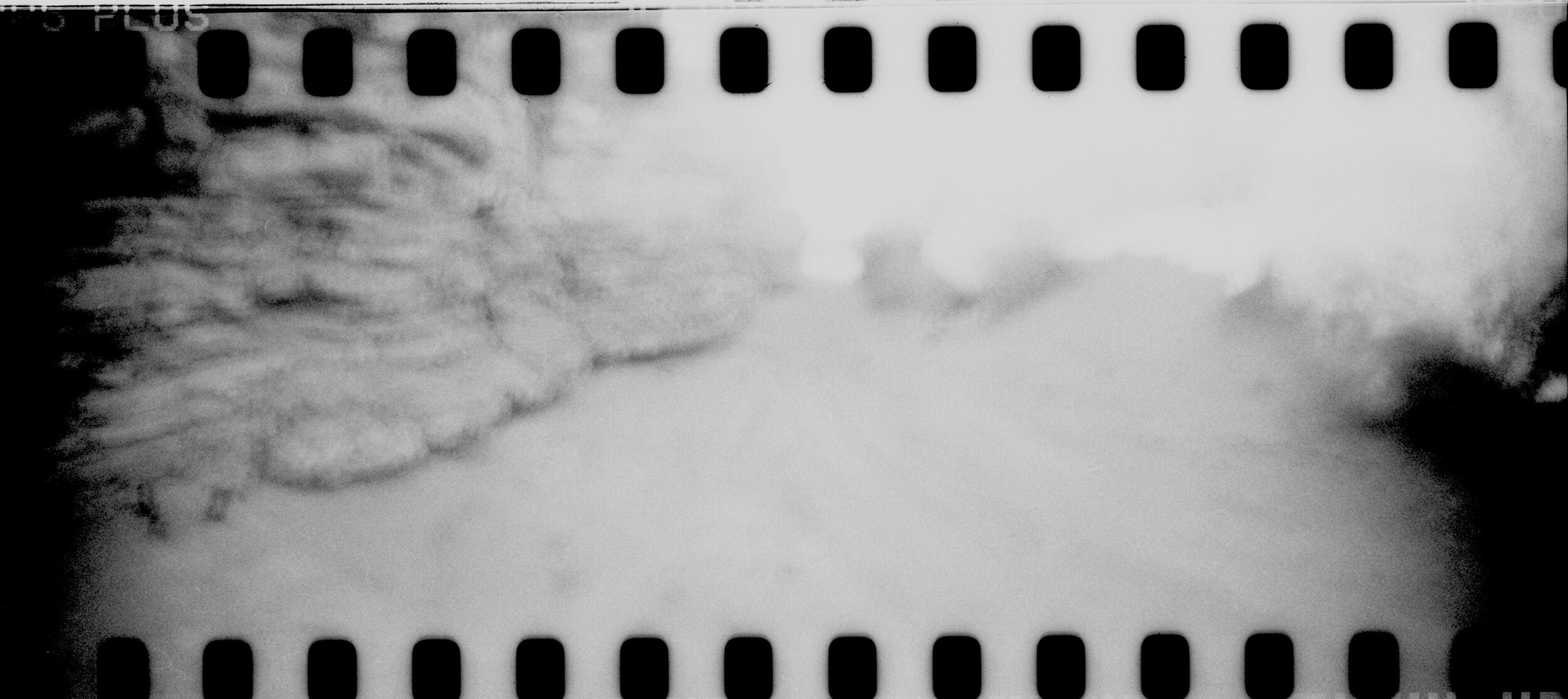
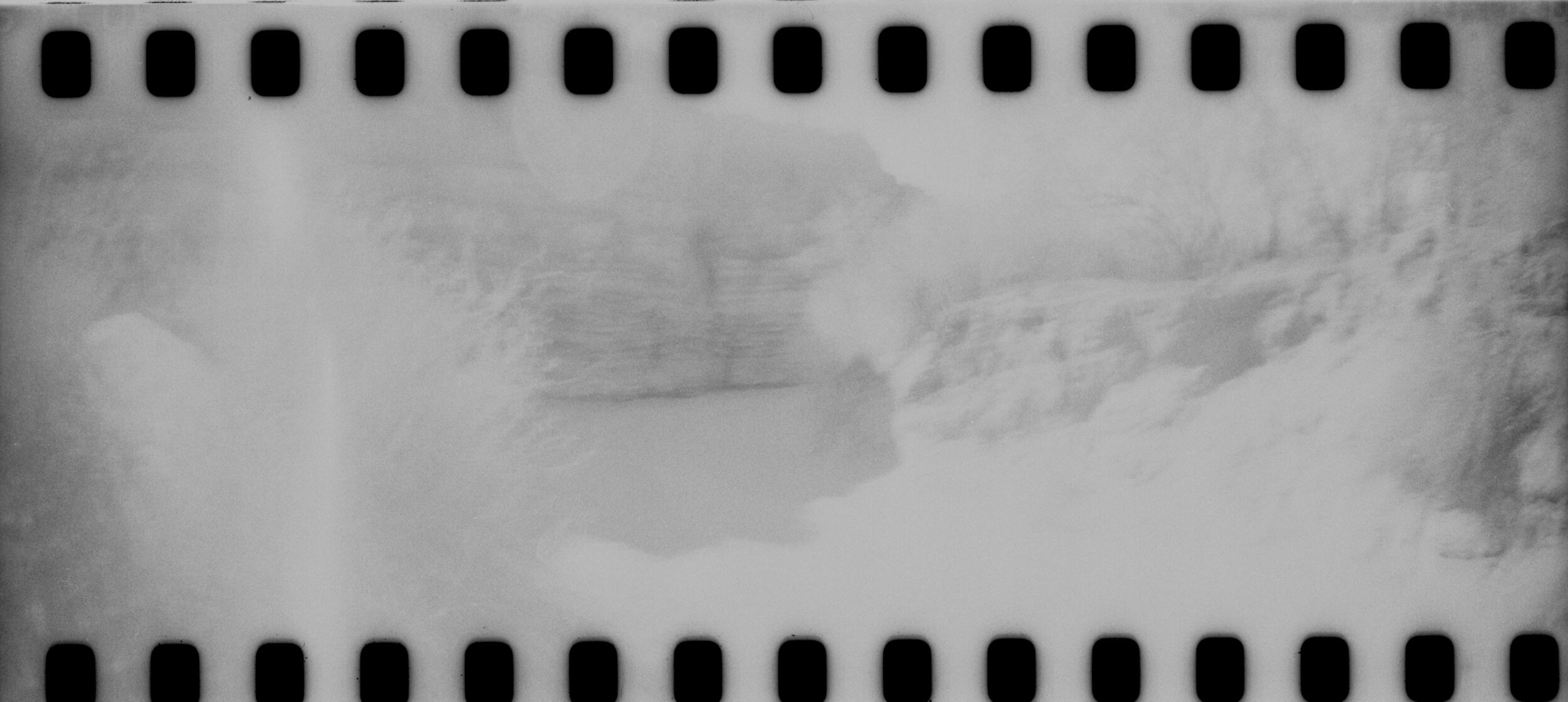

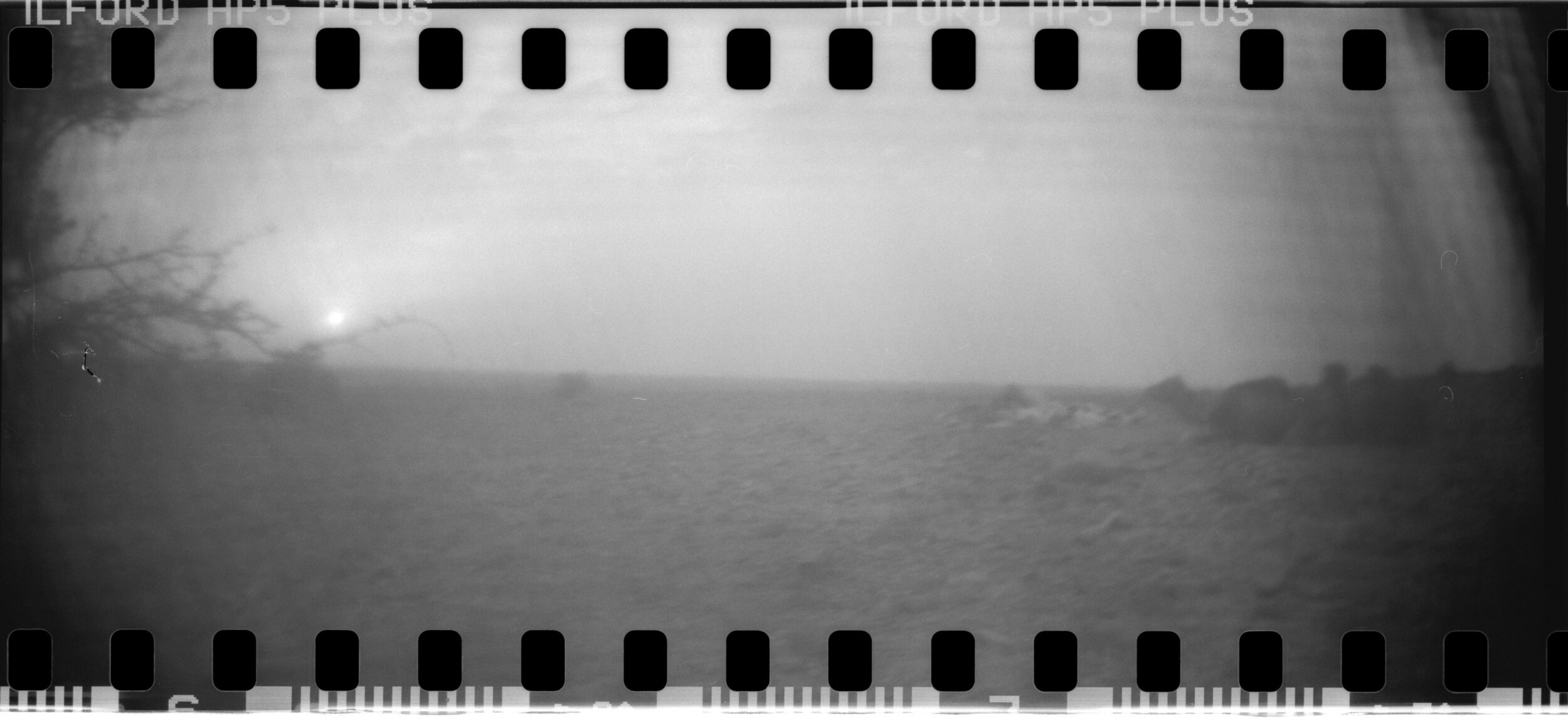
DAY 14
24.10.2016
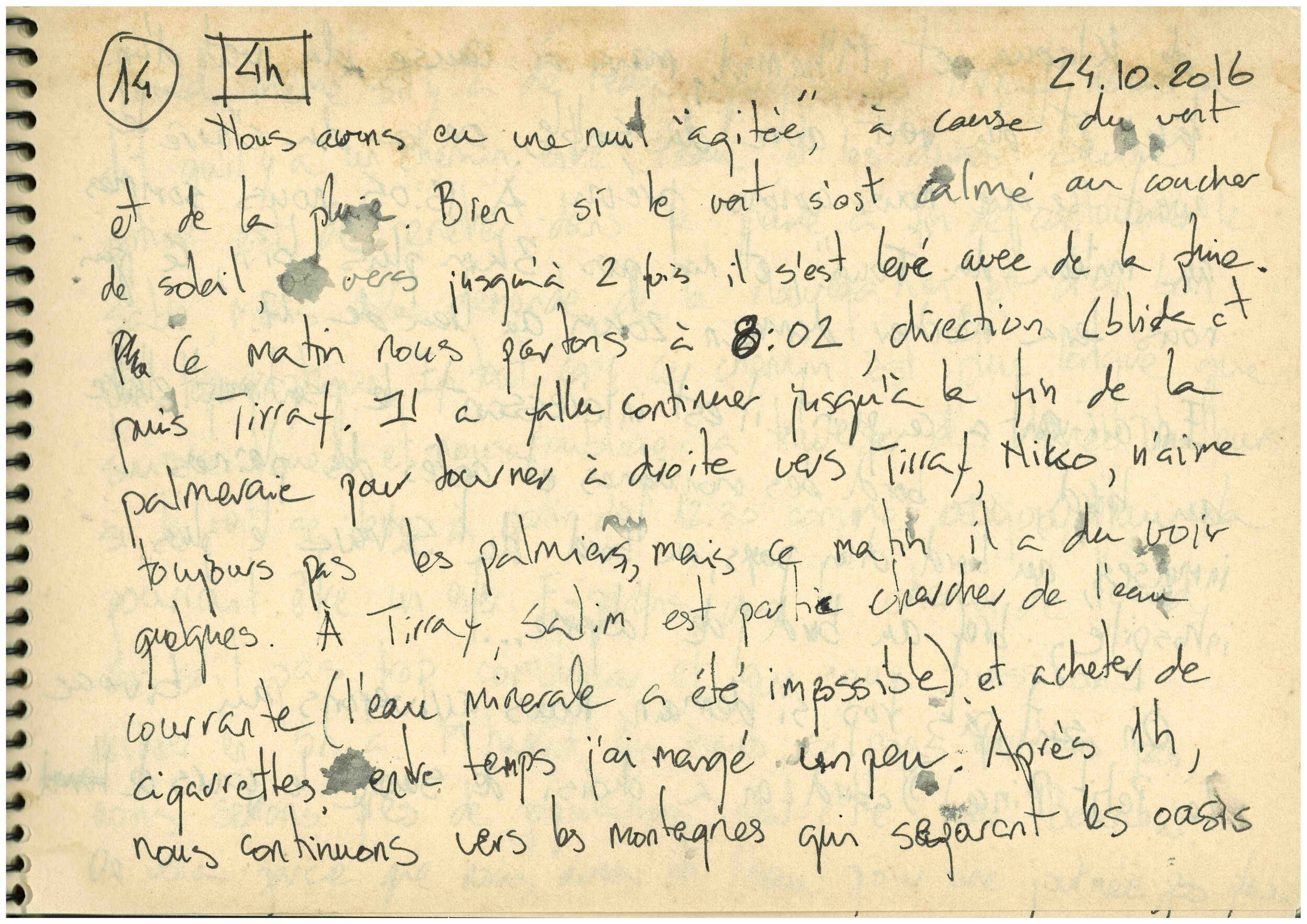
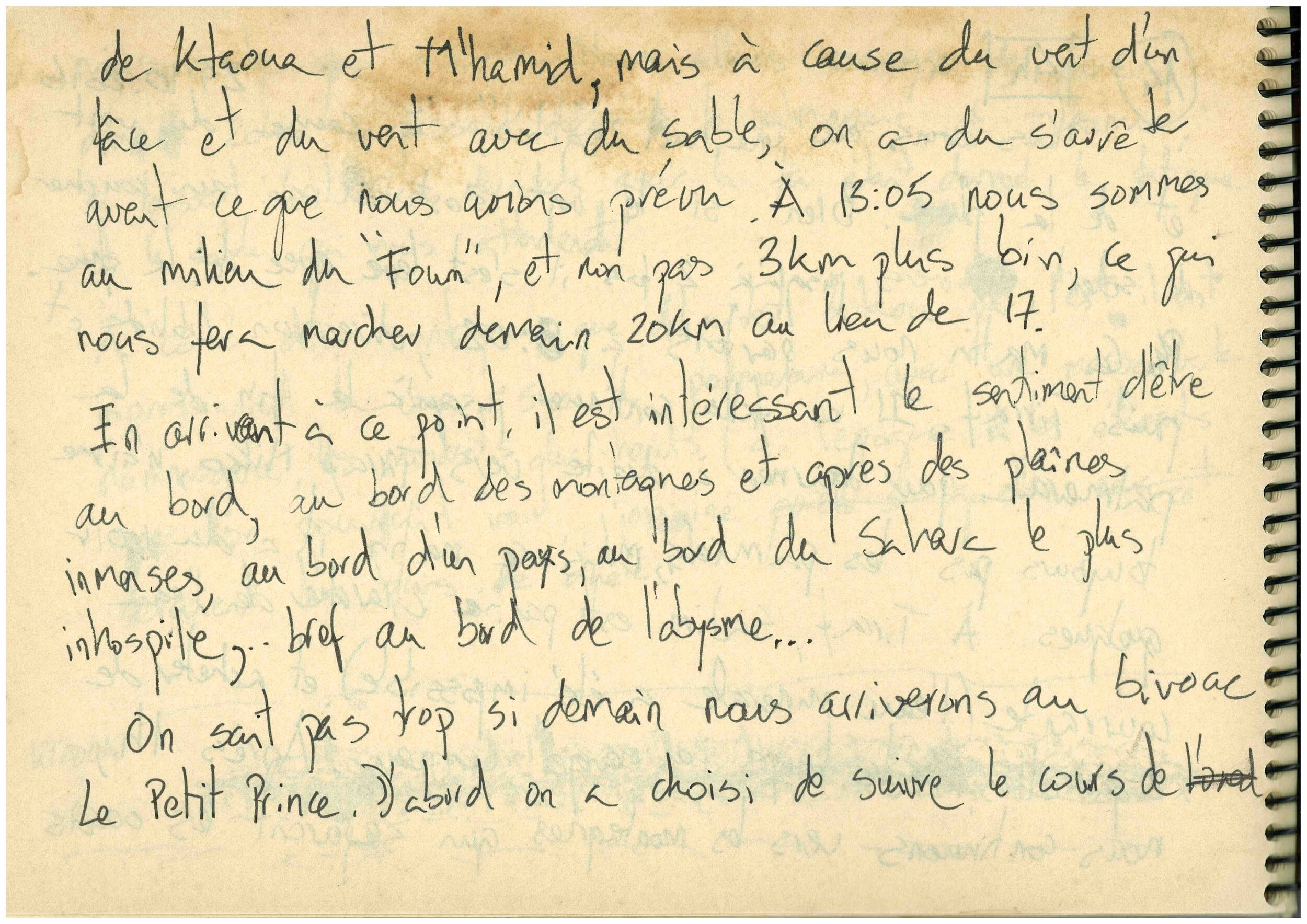
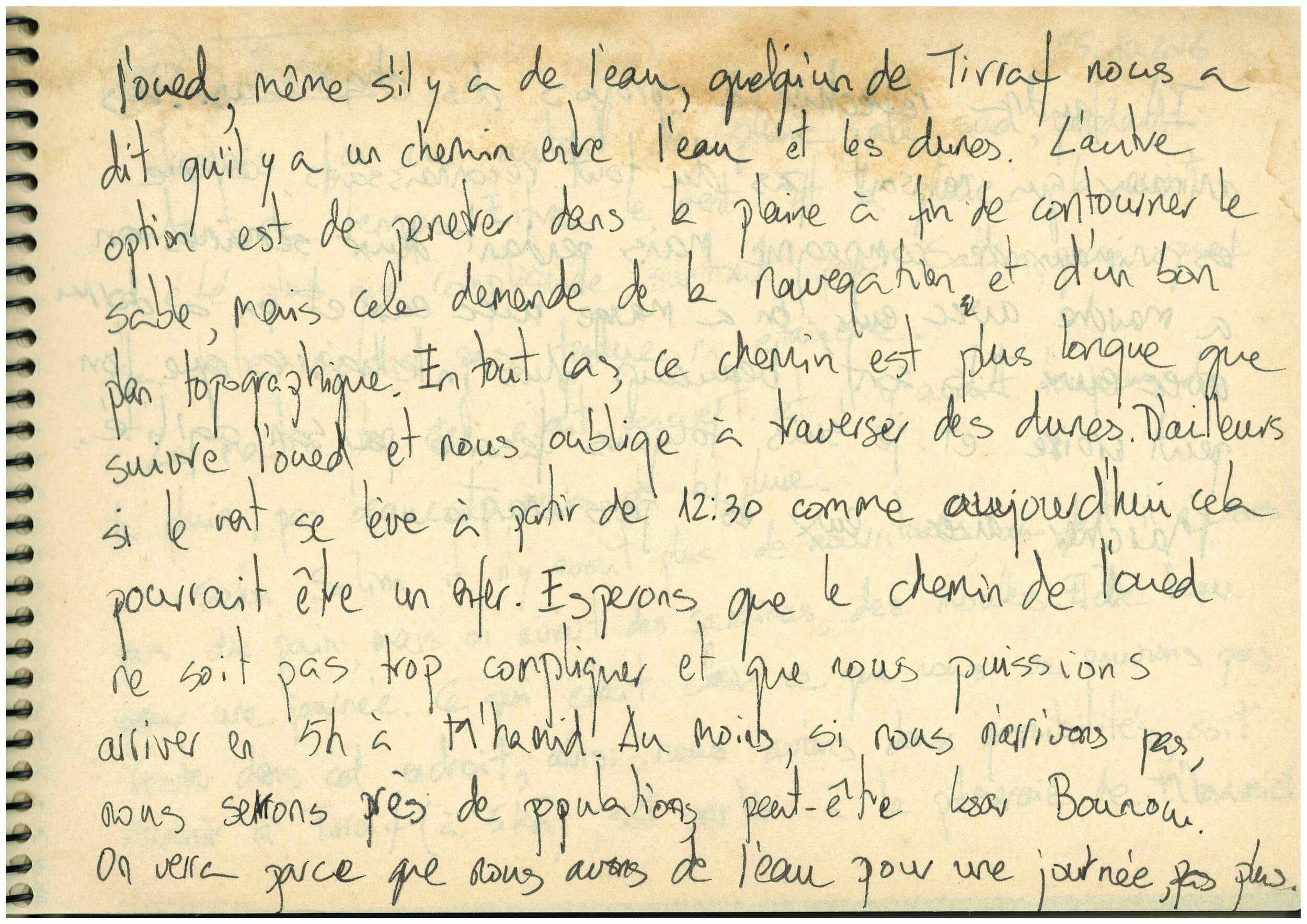
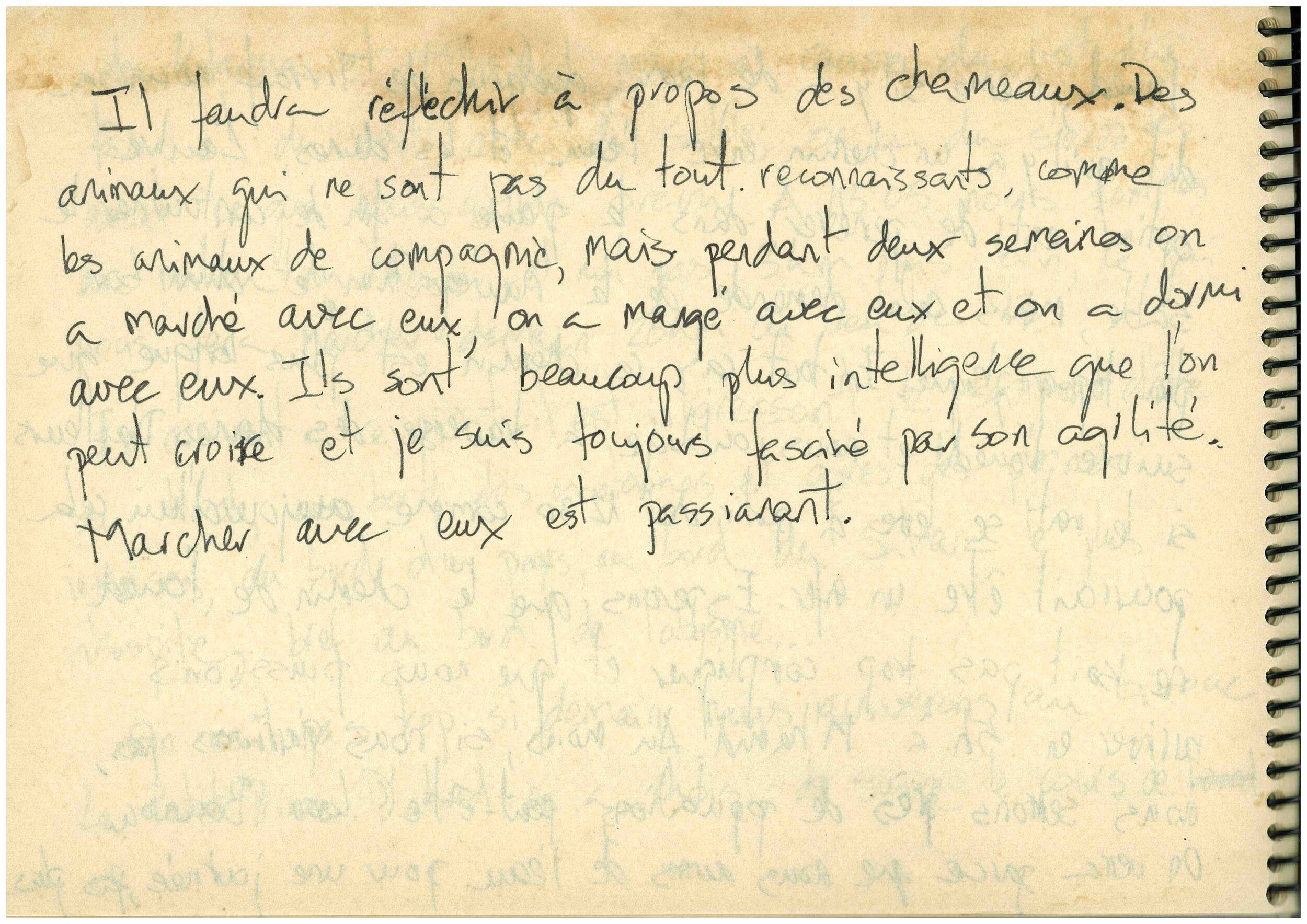
We had a restless night due to the wind and the rain. Even if the wind has calmed down at sunset, it increased twice during the night with rain.
This morning we leave at 8:02 in the direction of Lblida and then Tirraf. We had to continue to the end of the palm grove to turn right, towards Tirraf, because Nico still scares the palms, although this morning he had to see some. À Tirraf, Salim went to look for running water (mineral water has been impossible to find) and buy cigarettes, meanwhile I was able to eat a little. After an hour, we continue towards the mountains that separate
----------
K'taoua from M'hamid, but due to the strong headwind and sand, we had to stop earlier than expected. At 13:05 we camped in the middle of the Tizi n'Timgharine pass, instead of continuing and completing 3 km, so tomorrow we will have to do 20 km instead of 17 km.
Arrived at this place, it is interesting the feeling that causes to be on the edge. The edge of the mountains that separate us from immense plains, the edge of a country, the edge of the most hostile Sahara desert, in short, to walk on the edge of the abyss.
We do not really know if tomorrow we will arrive at the bivouac Le Petit Prince. First of all we have chosen to follow the course
----------
of the river, although there is water, in Tirraf someone told us that there is a path between the riverbed and the dunes. The other option would be going into the plain and skirting the dunes, but this requires some navigation and without a good topographic map, it is complicated. In any case, this option is longer than following the river and also forces us to cross the dunes. Also, if the wind appears after 12:30, as it has done the last two days, the route can become a hell. Hopefully the river path is not too complicated and we can get to M'hamid in about 5h. Otherwise, at least we will be close to some population, perhaps to ksar Bounou. We will see because we only have water for one day, not more.
----------
It would be good to do some reflections on camels, animals that are not as grateful as some pets, but after two weeks walking, eating and sleeping with them, they have been quite docile and loyal, in fact, they are smarter than we can think. I'm still fascinated by his agility. The truth is that walking with them is exciting.

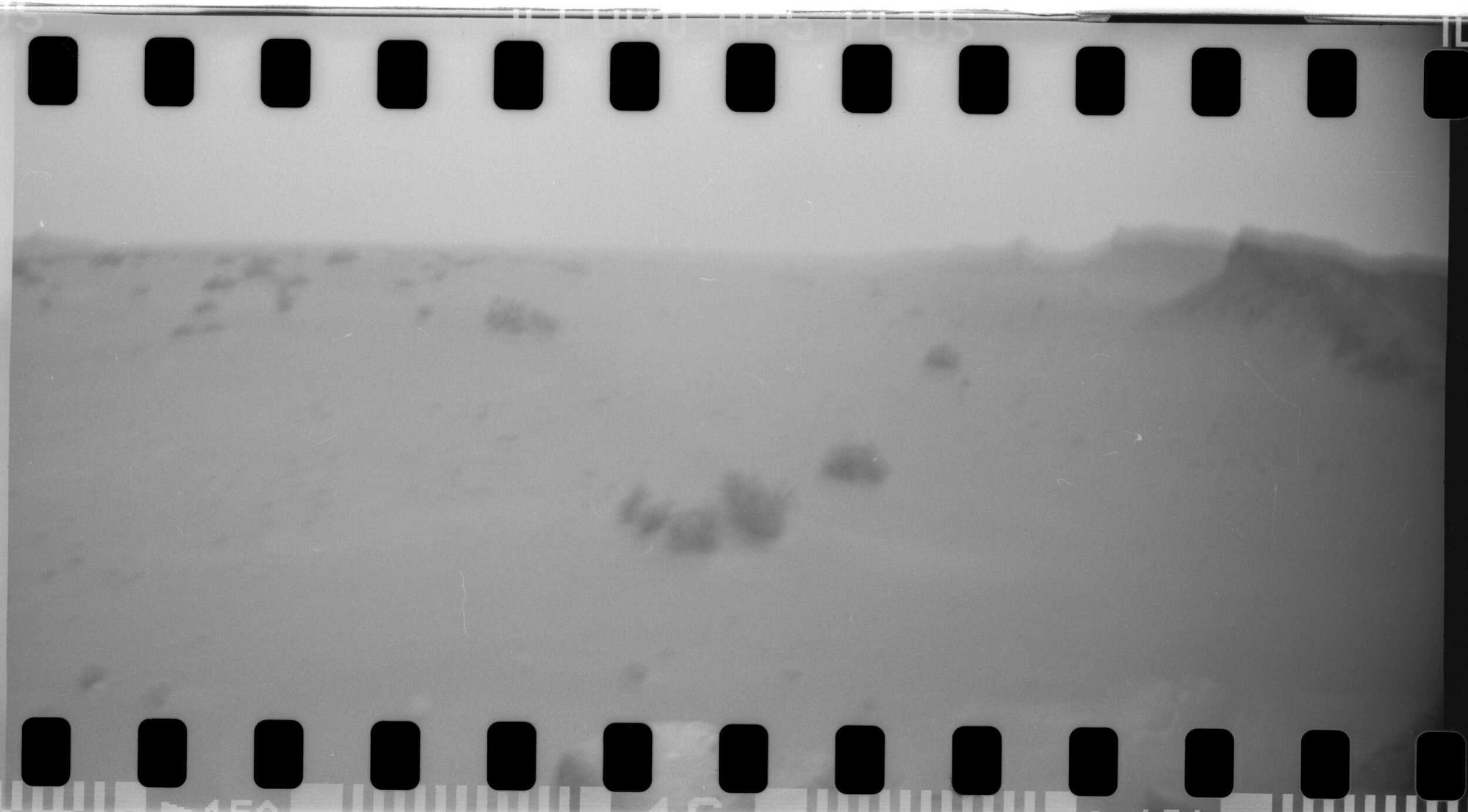
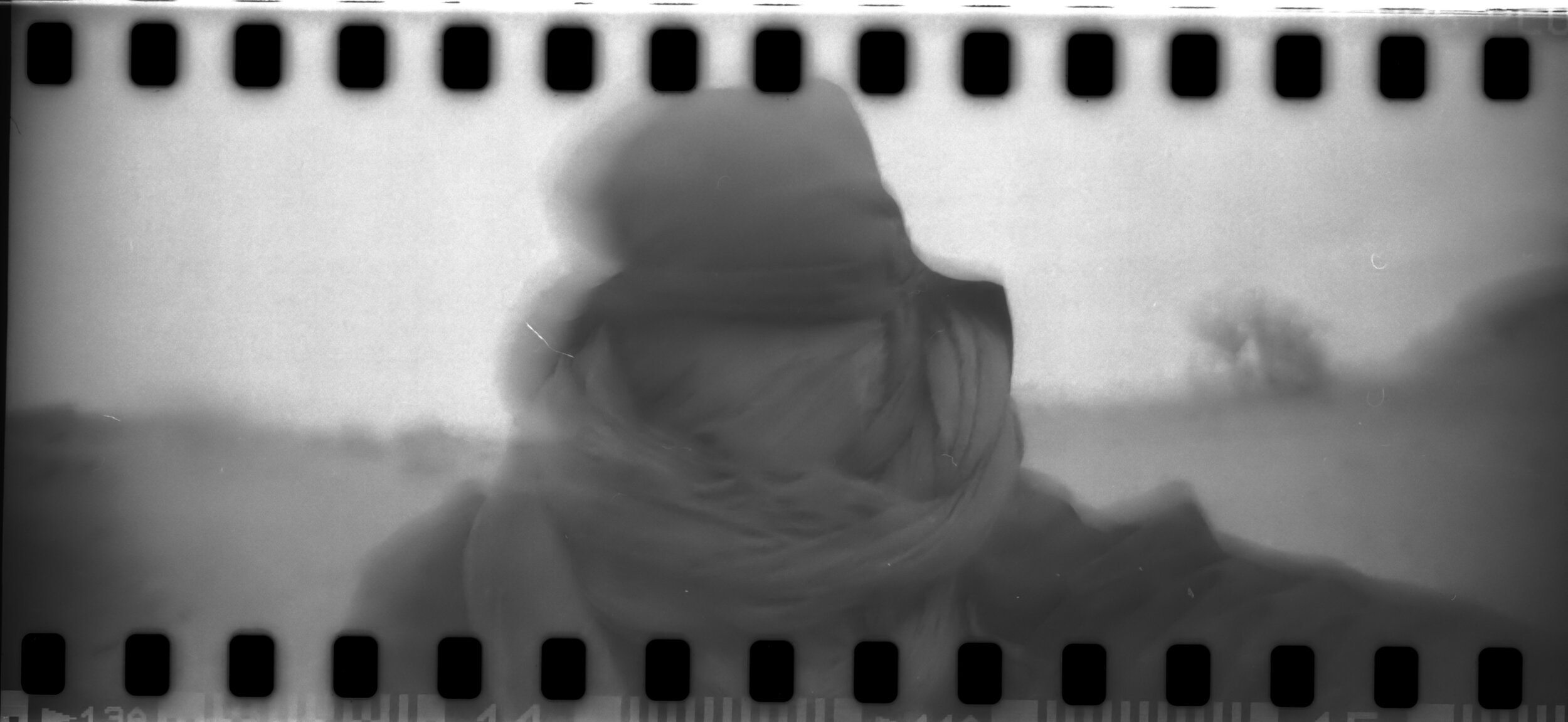
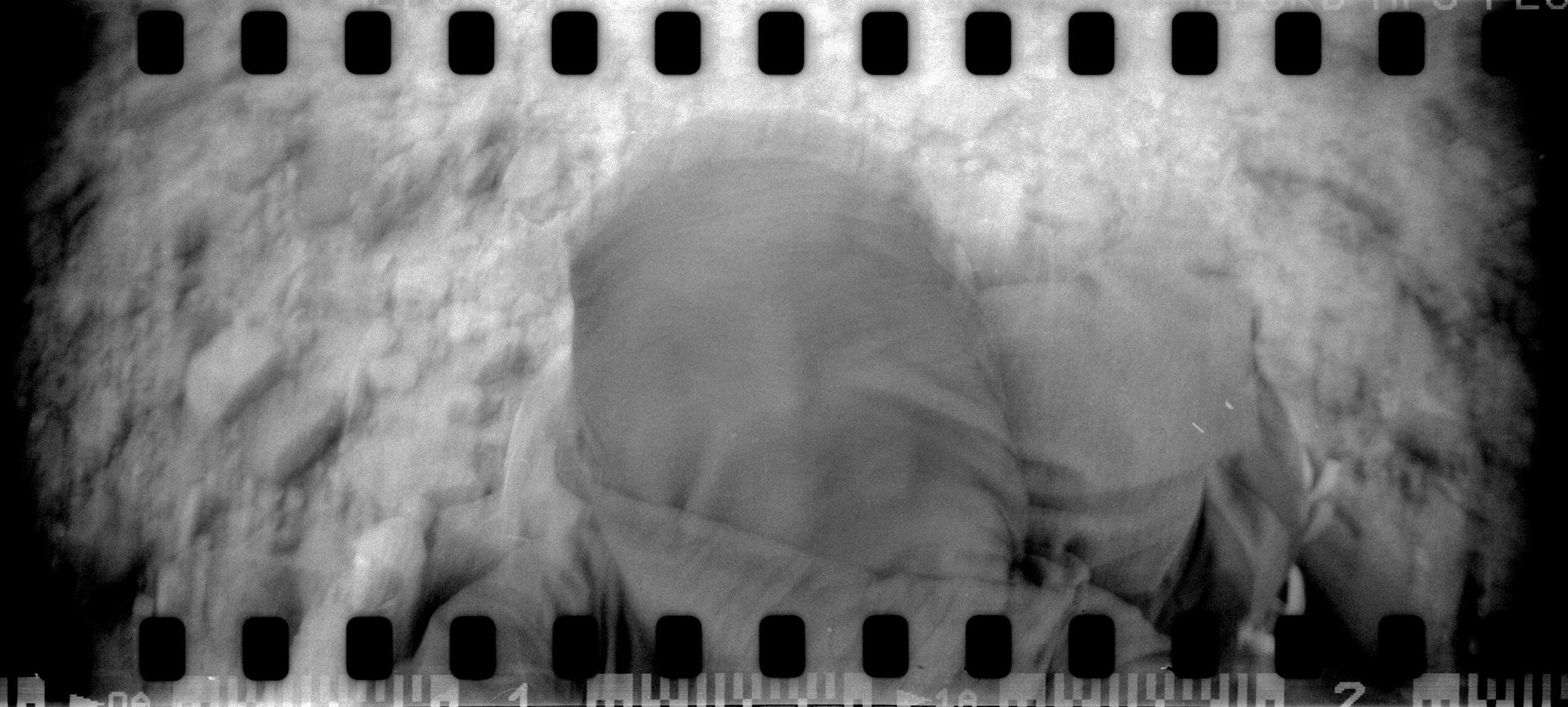
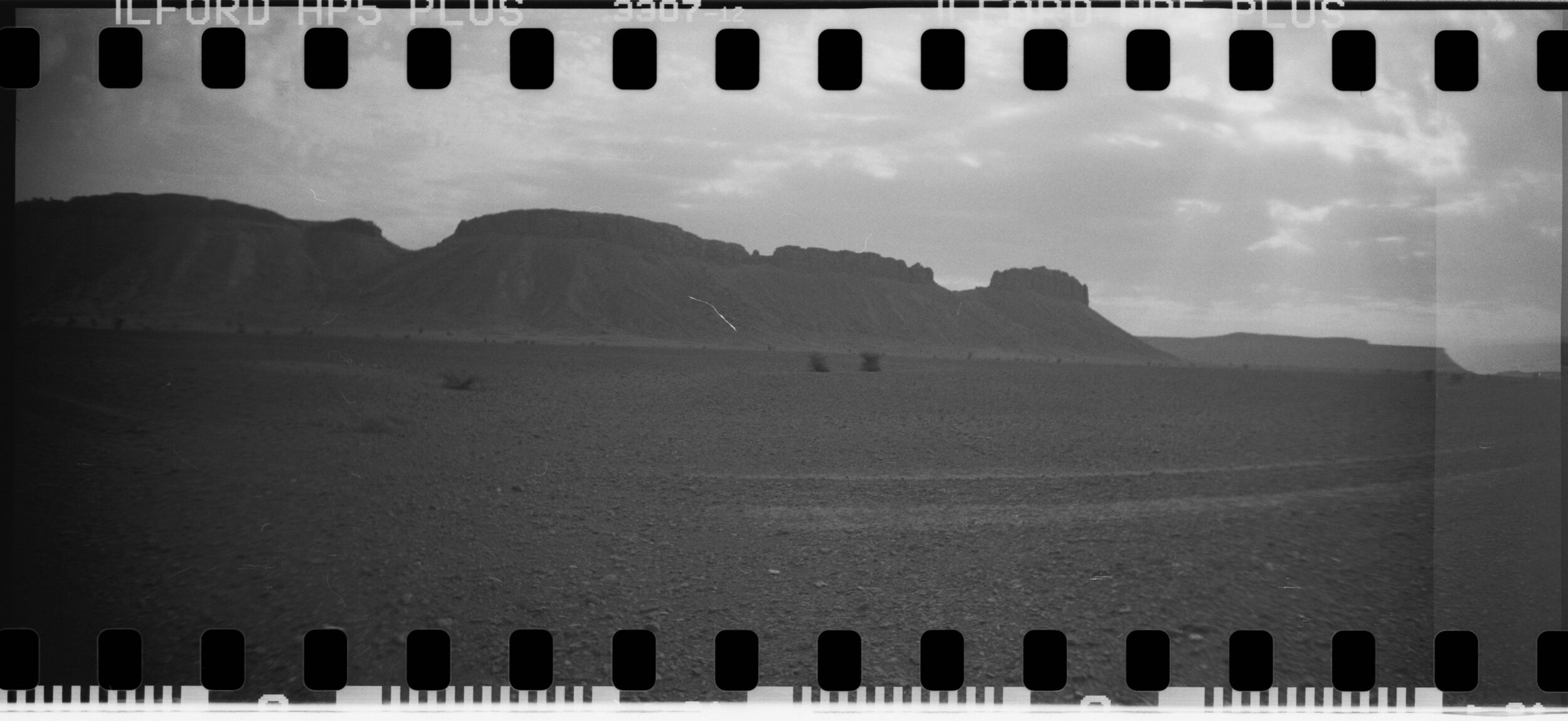
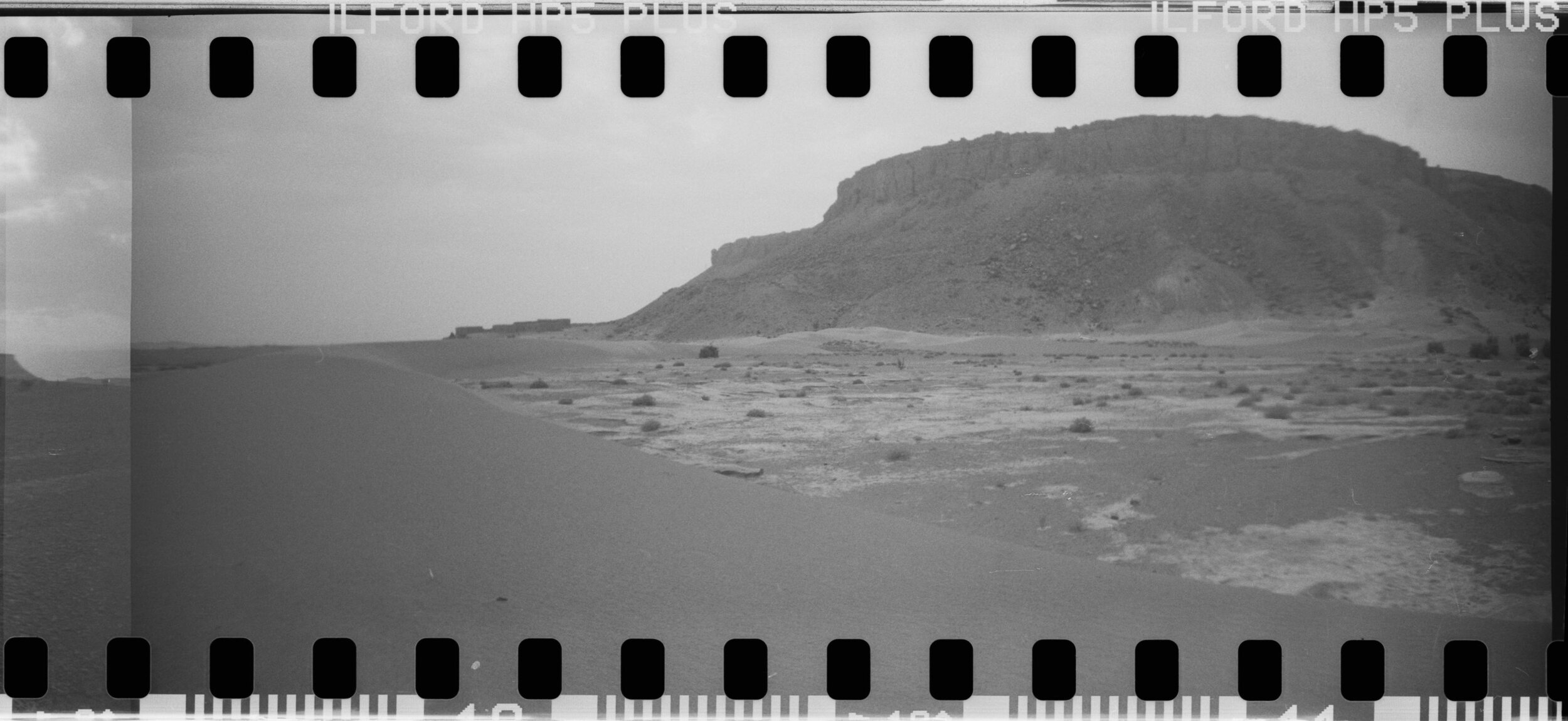
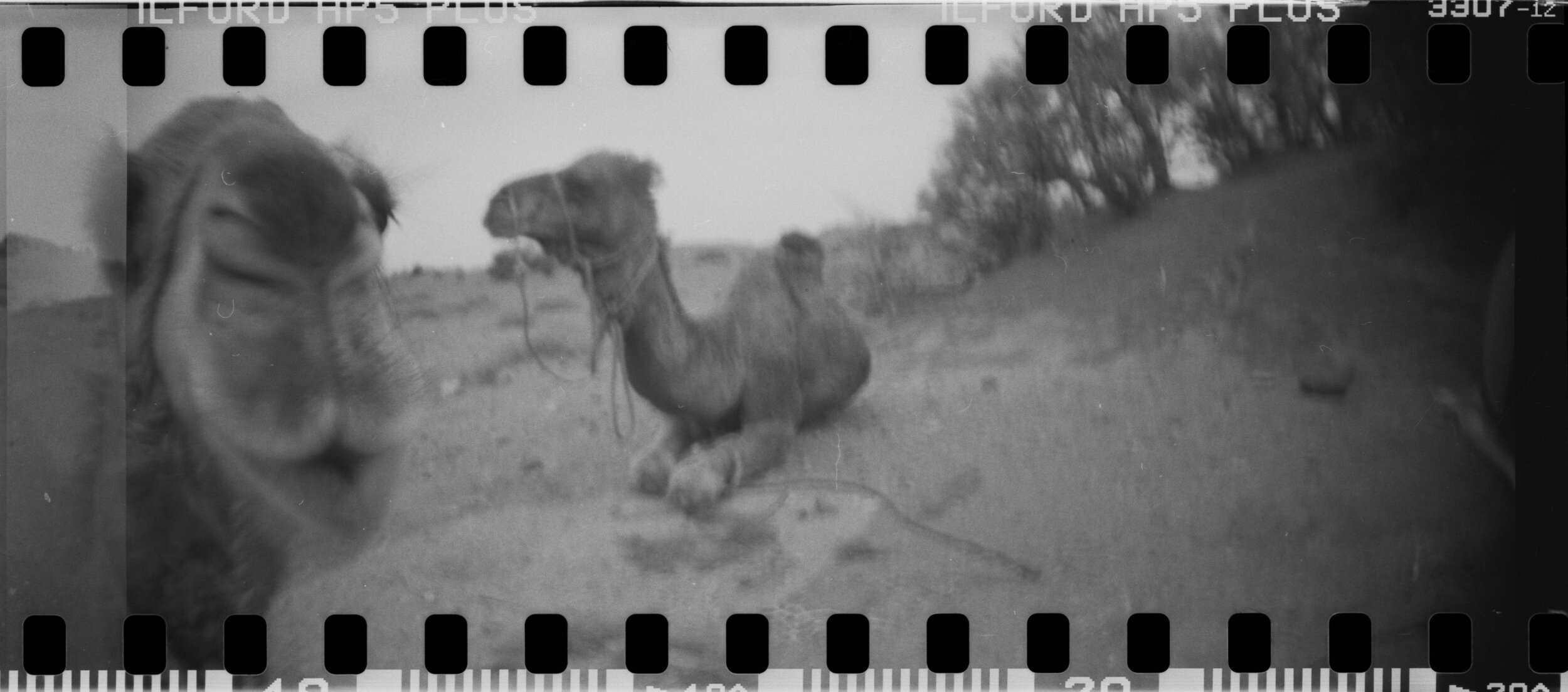
DAY 15
25.10.2016
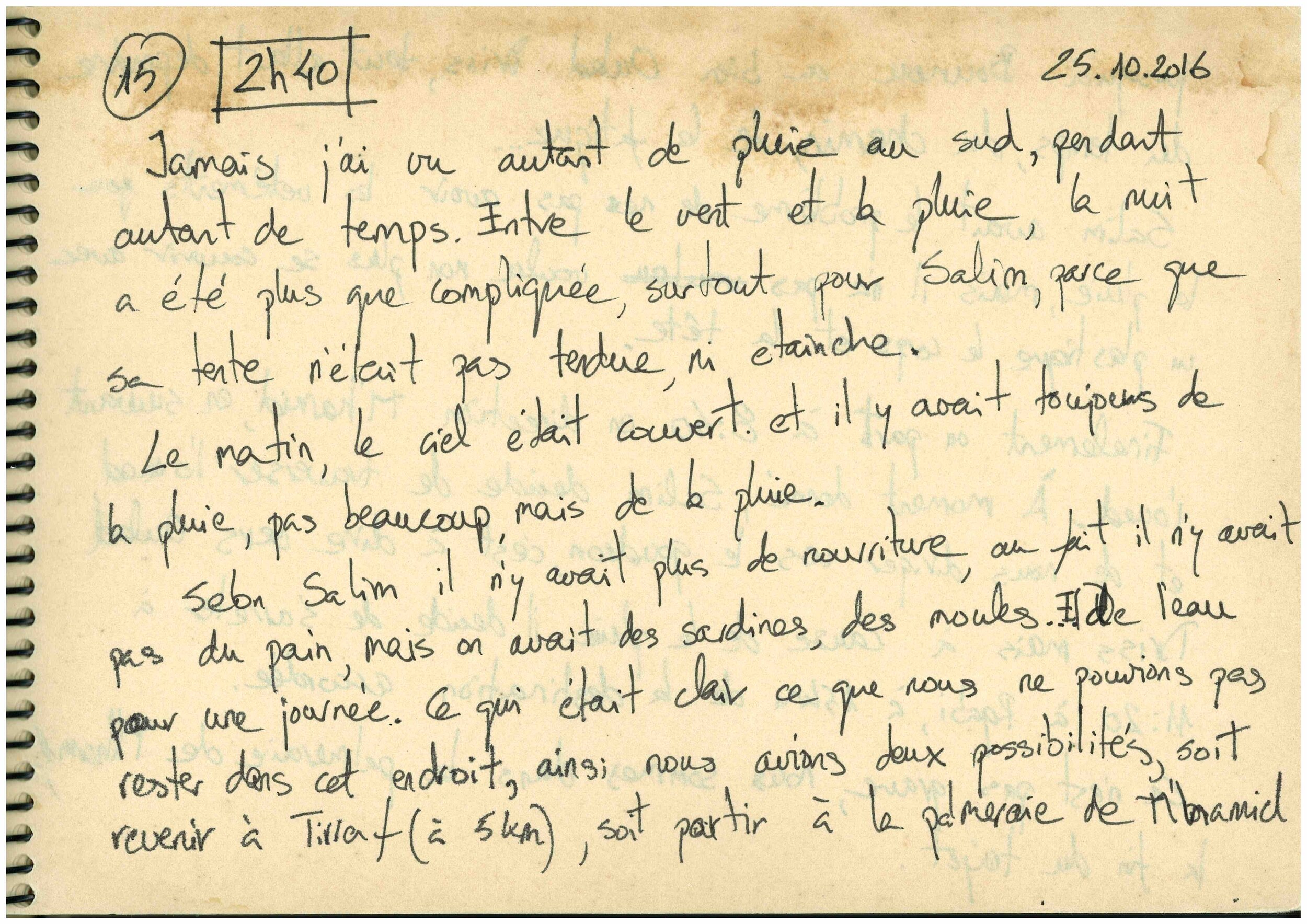
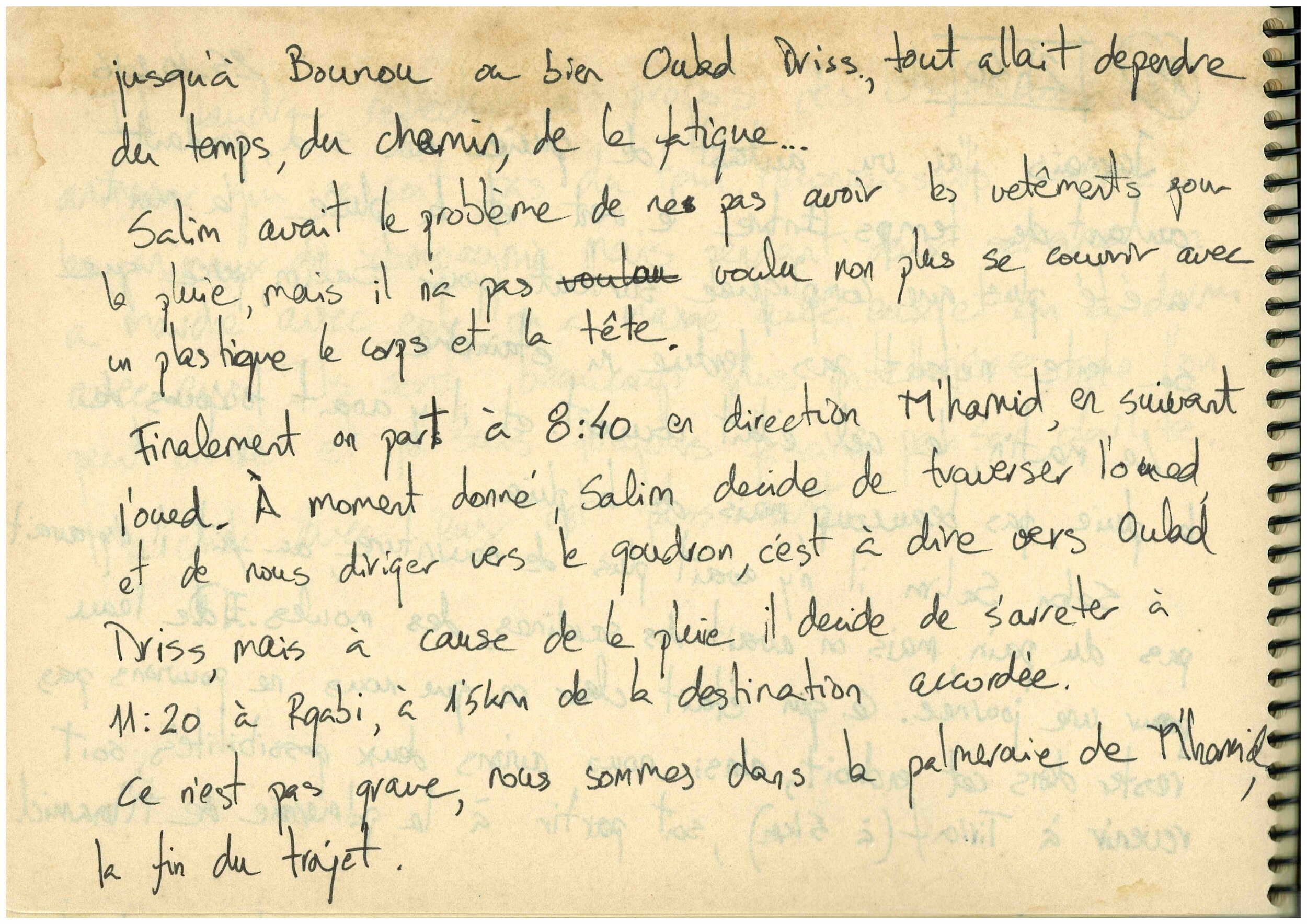
I had never seen so much rain and for so long in the south. Between the wind and the rain, the night has been more than complicated, especially for Salim, because his tent was neither stretched nor waterproof.
In the morning the sky was still cloudy and it was still raining, not much, but it was raining.
According to Salim we did not have any more food, in fact there was no bread, but we still had sardines, mussels ... and water for one day. What was clear was that we could not stay in this place, we had two options, either we went back to Tirraf (5 km) or we continued to M'hamid,
----------
till Bounou or to Oulad Driss, everything was going to depend on the weather, the route, the fatigue…
Salim had the inconvenience of not having water clothes, but he also did not want to cover his body and head with the plastics he had.
Finally we leave at 8:40 towards M'hamid, following the course of the river until Salim decided to cross it and head towards the road, that is, towards Oulad Driss, but due to the persistent rain, he decides to stop at 11:20 next to the Rgabi ksar, 1.5 km before the agreed destination. It does not matter, we are already in the palm grove of M'hamid, the end of our journey and our caravan.
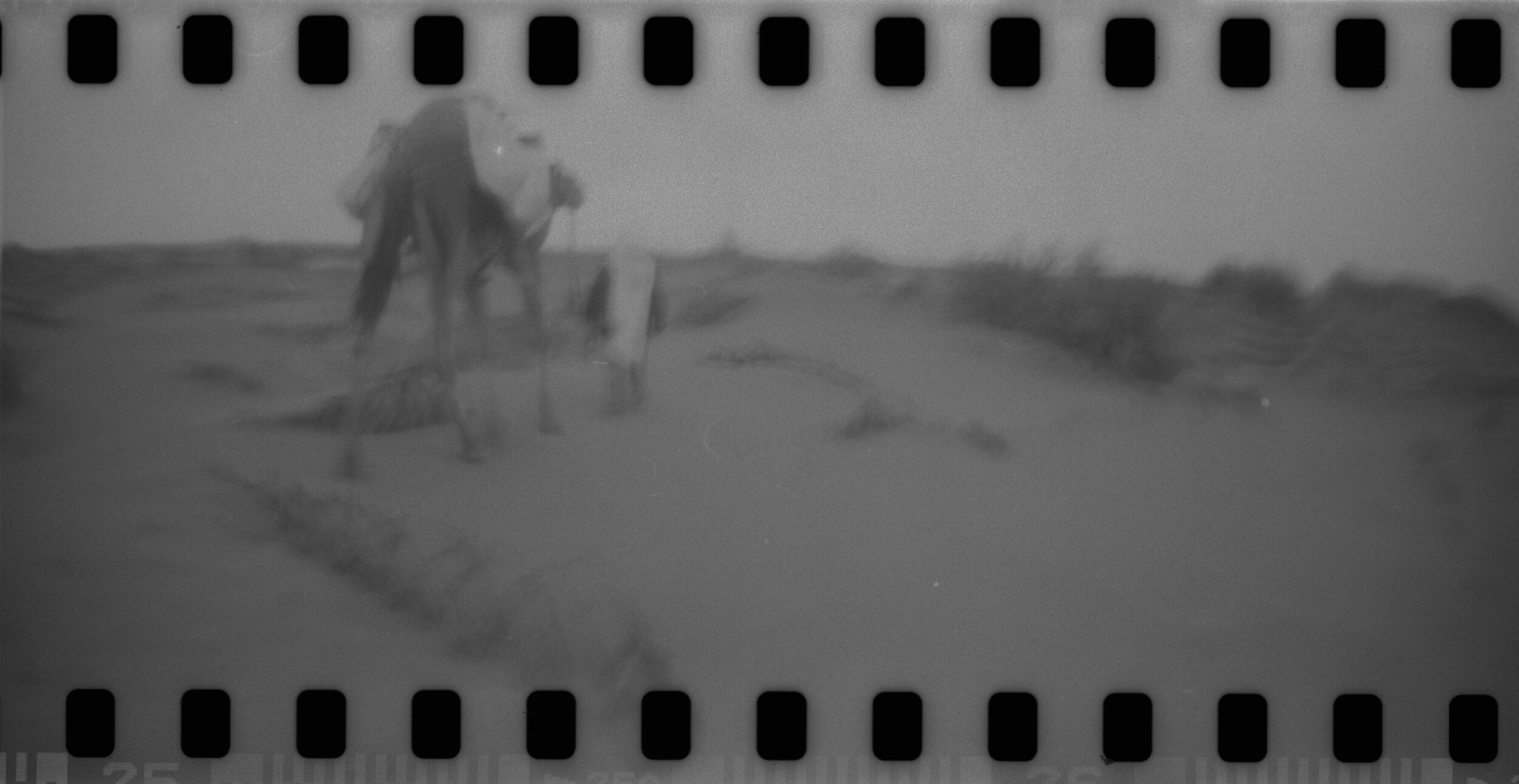
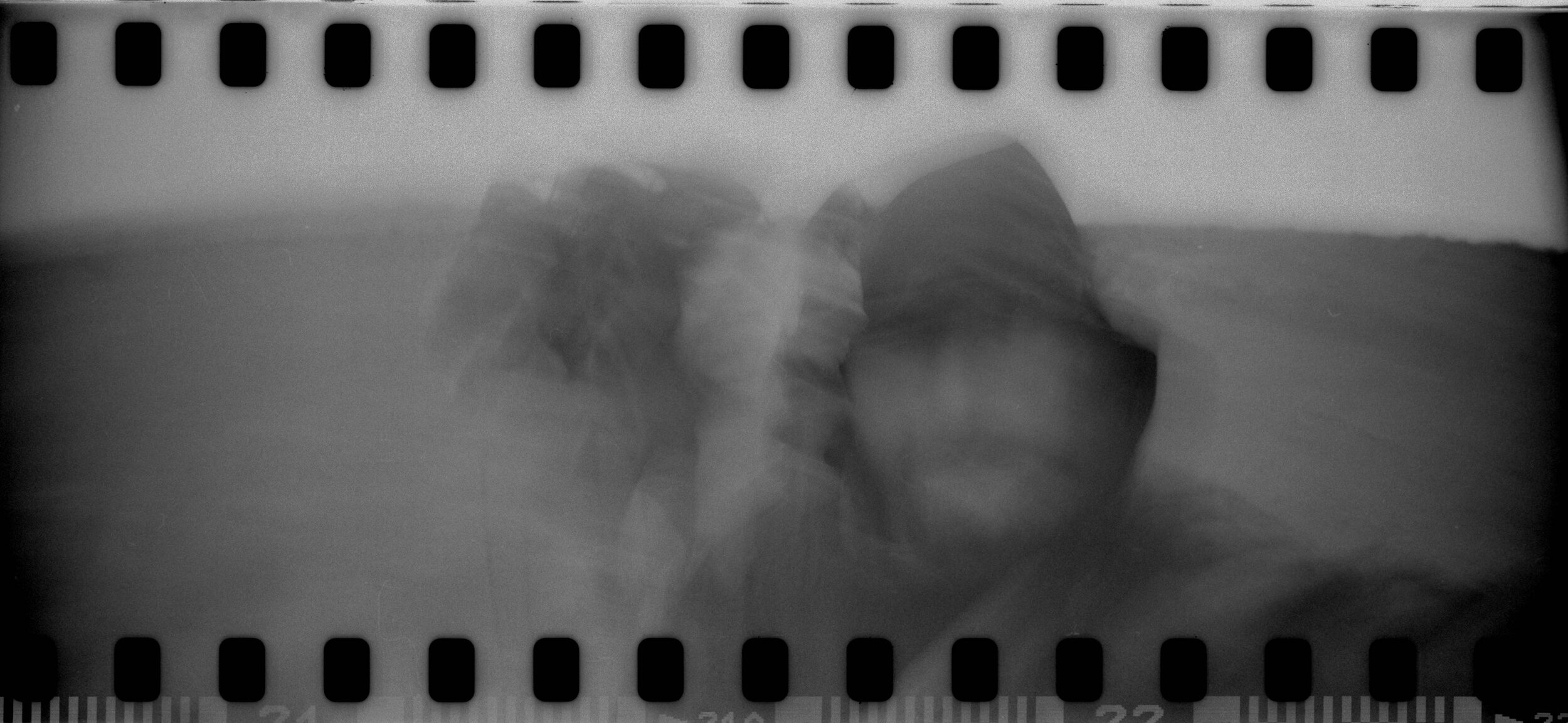
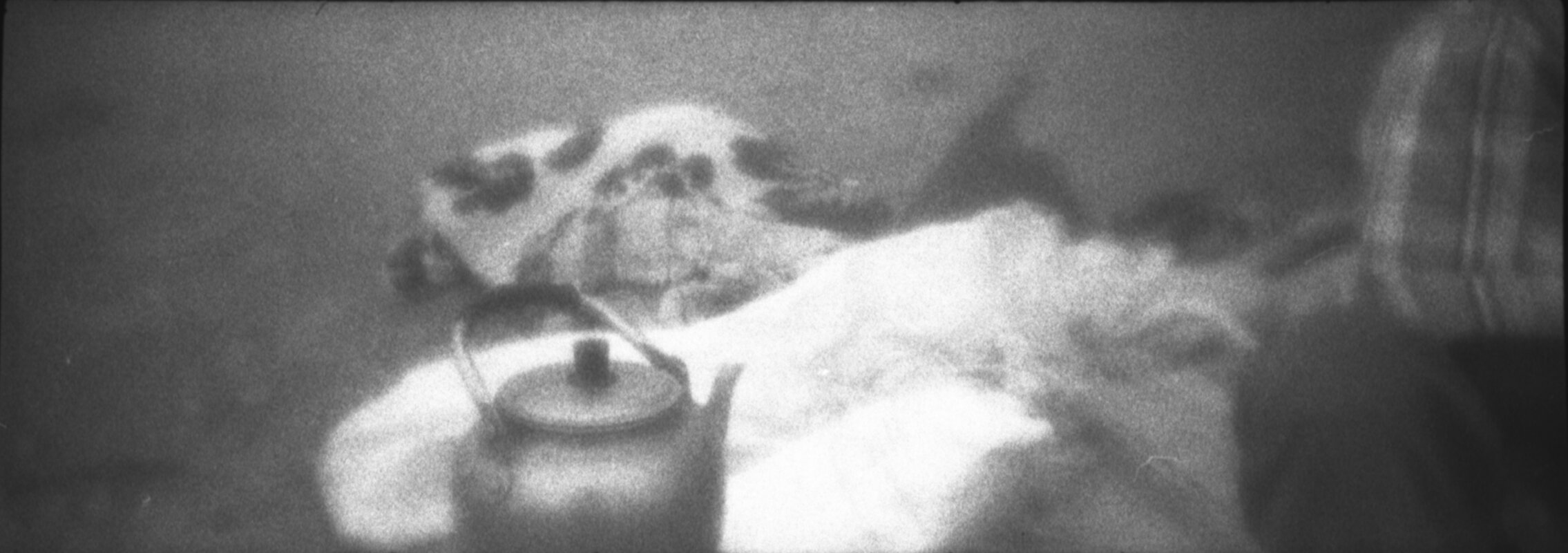
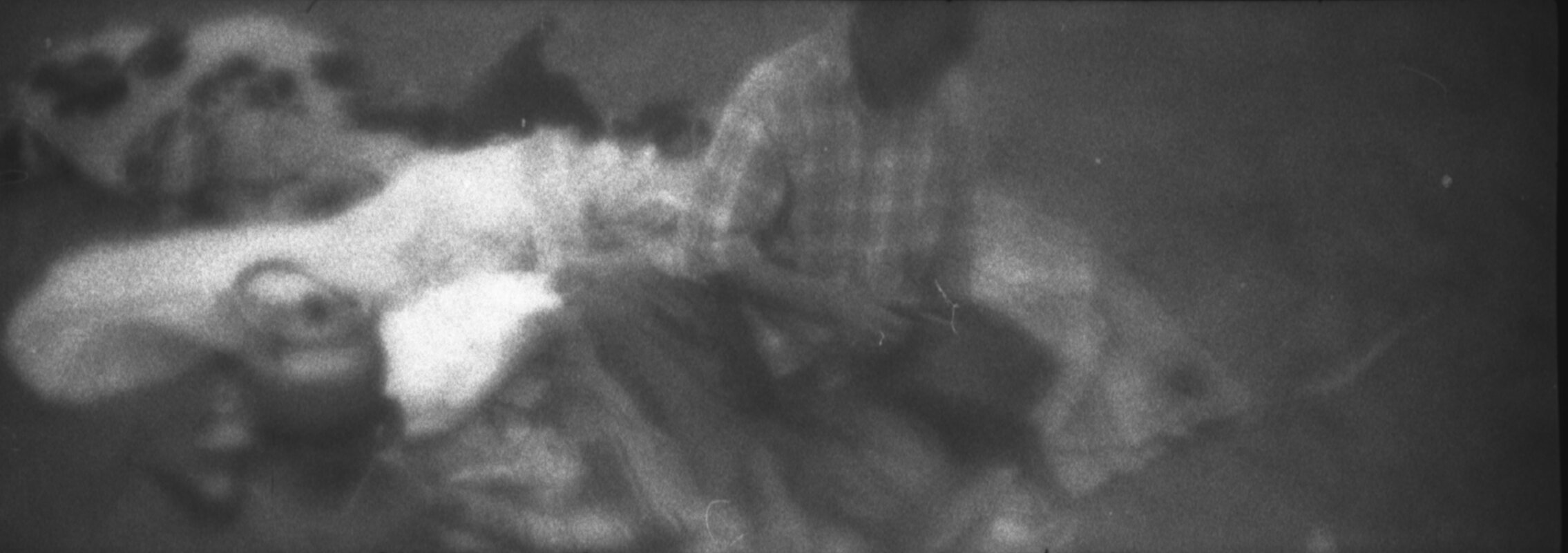
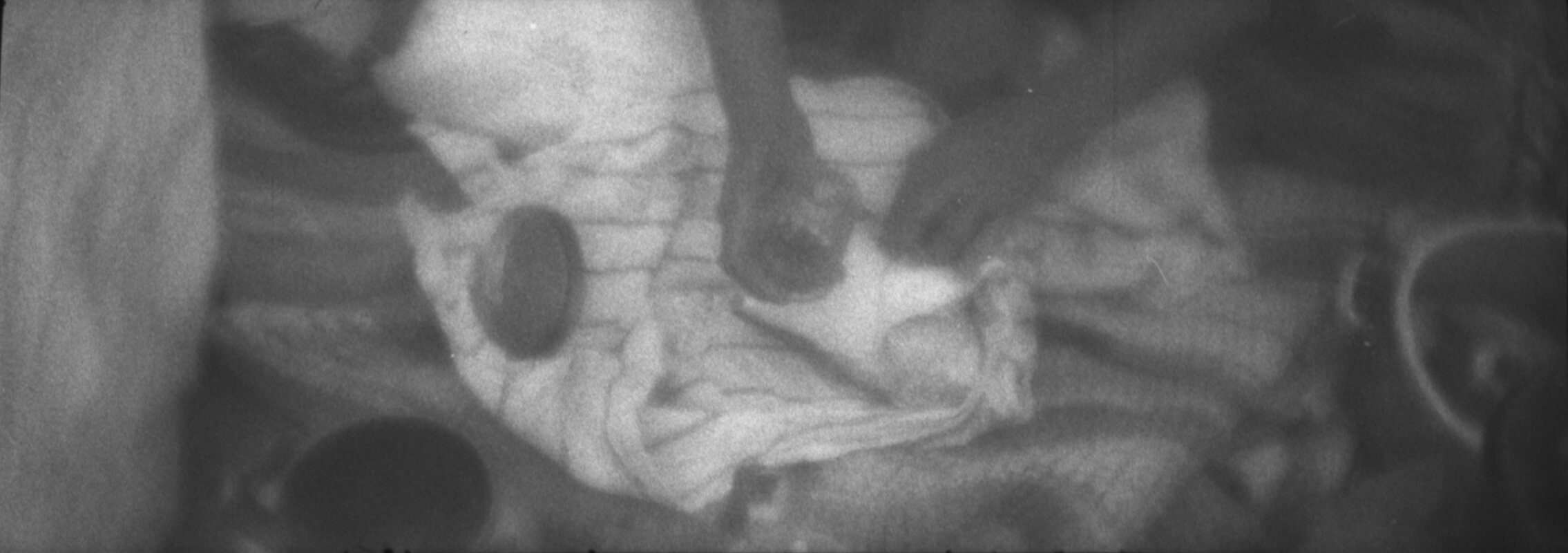
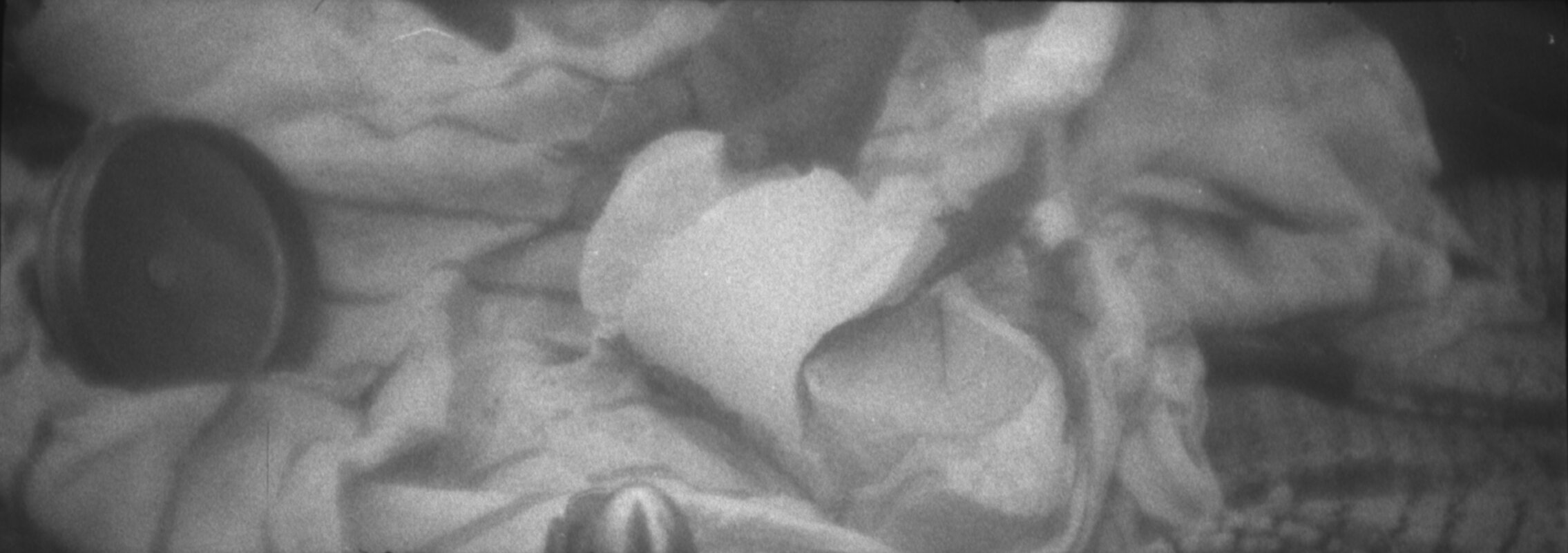
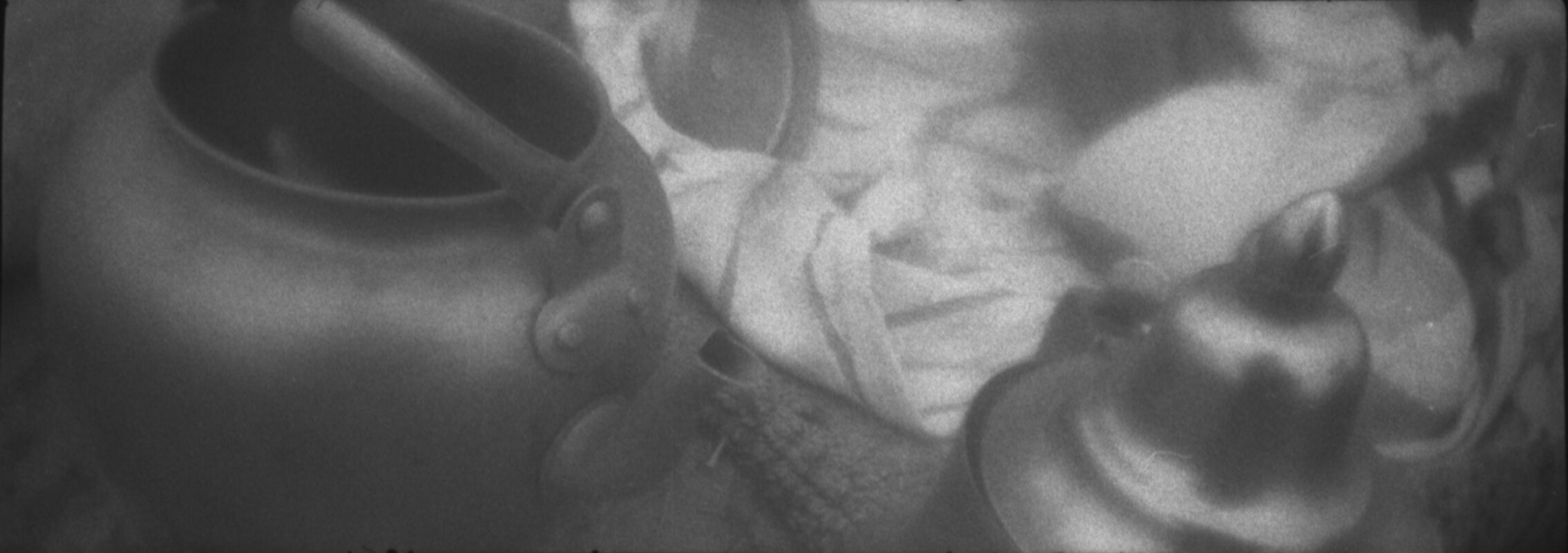
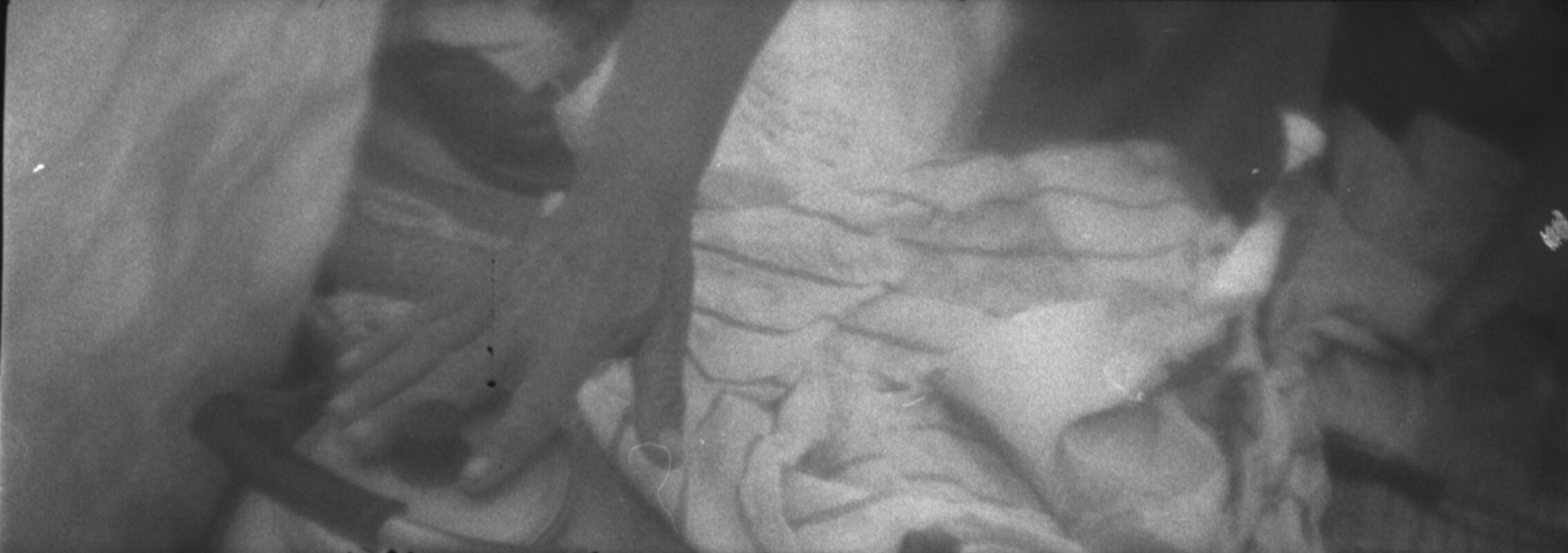
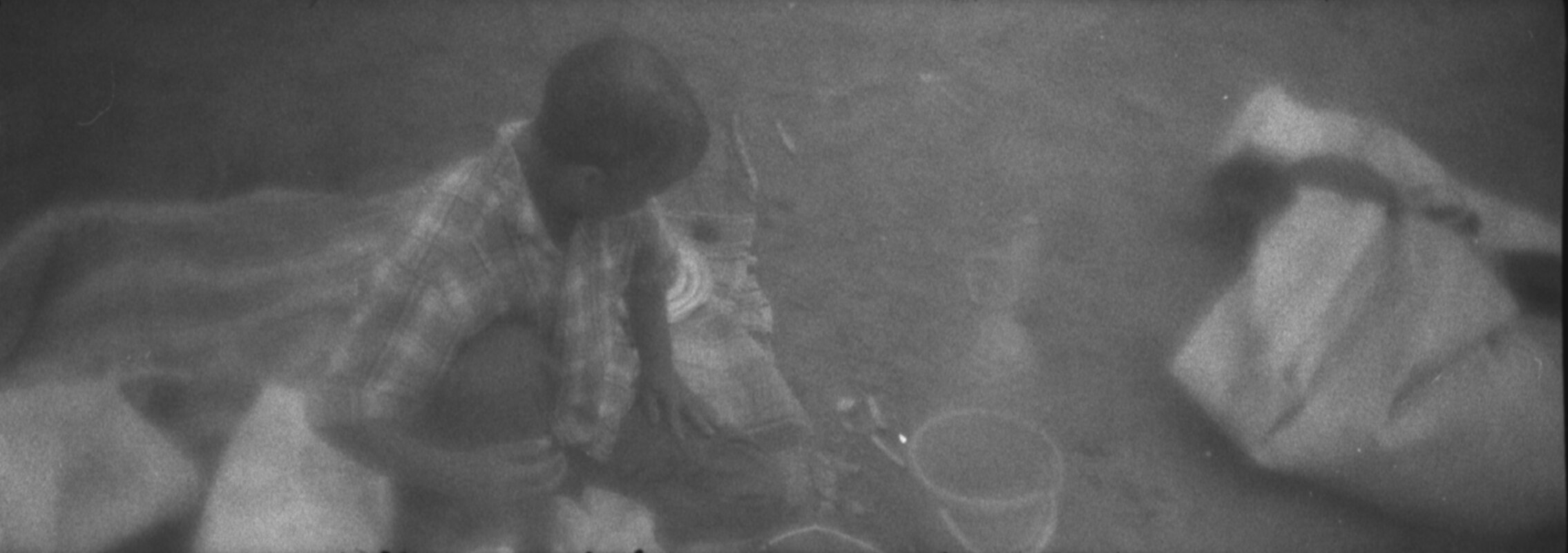
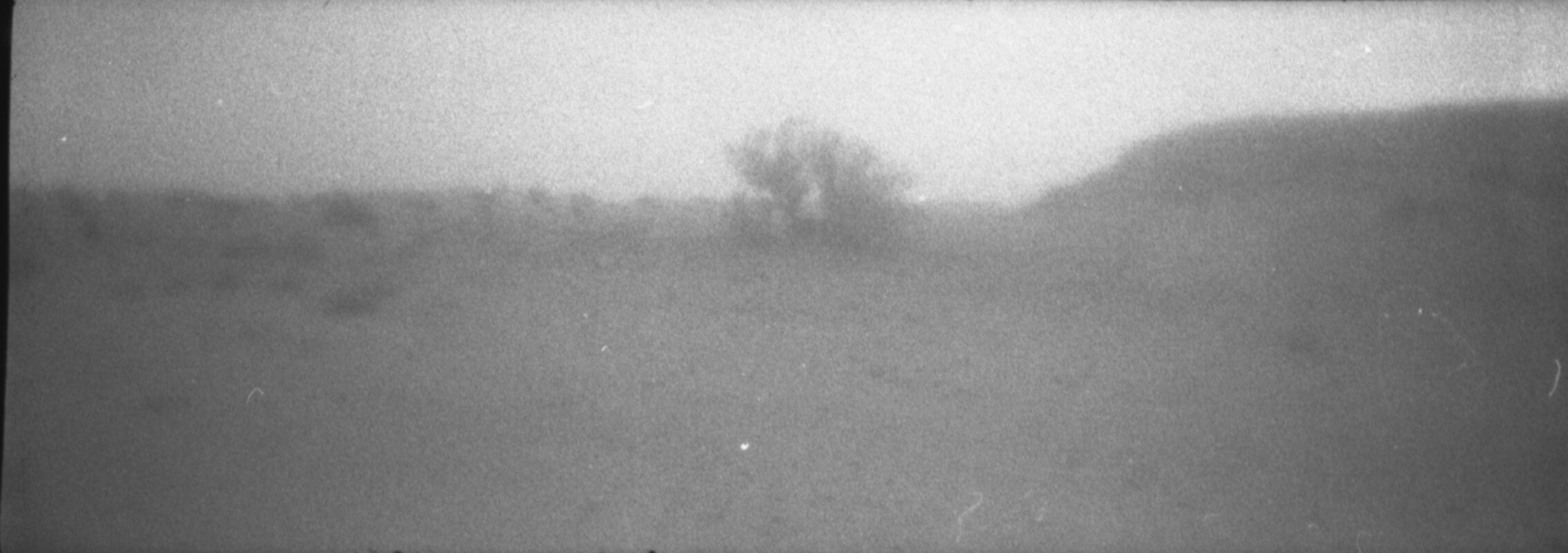
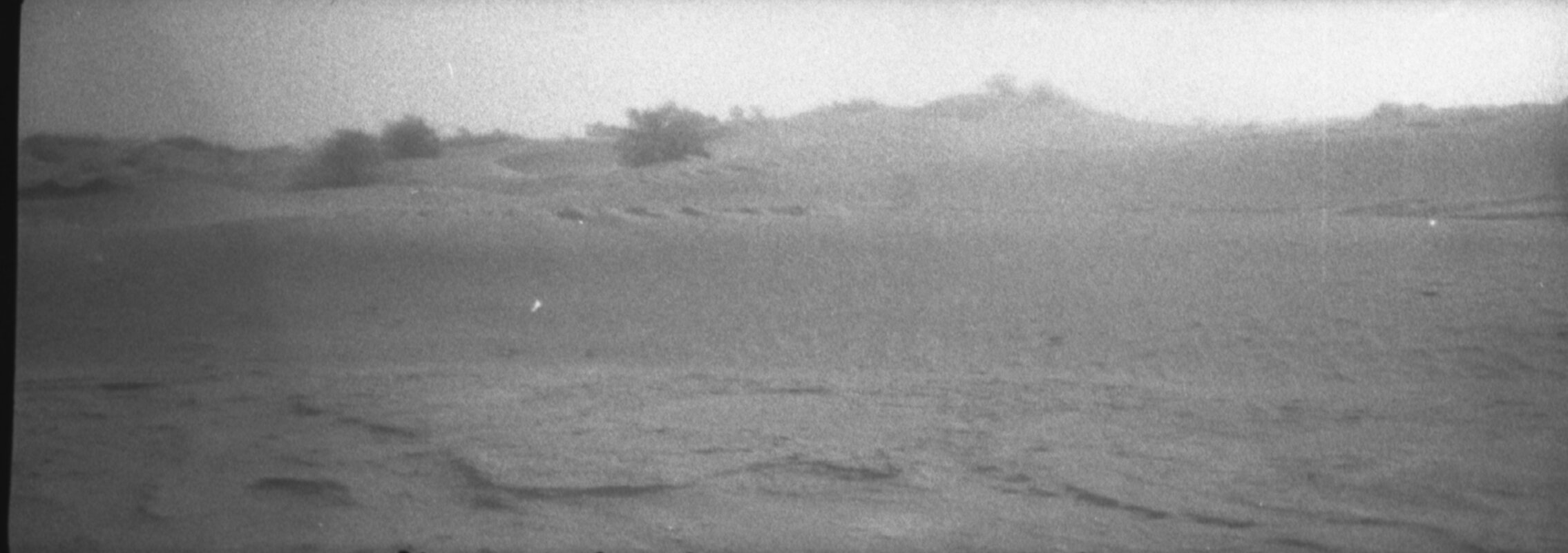
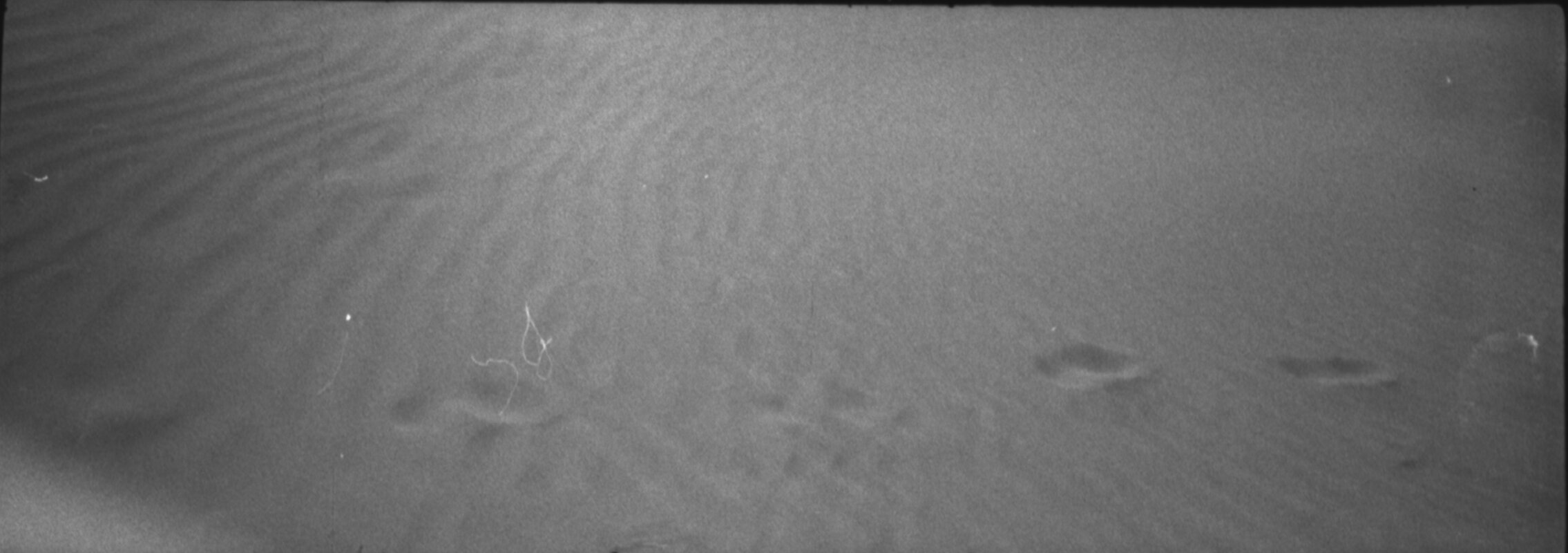
Credit videos, pictures, texts and drawings: Carlos Perez Marin



